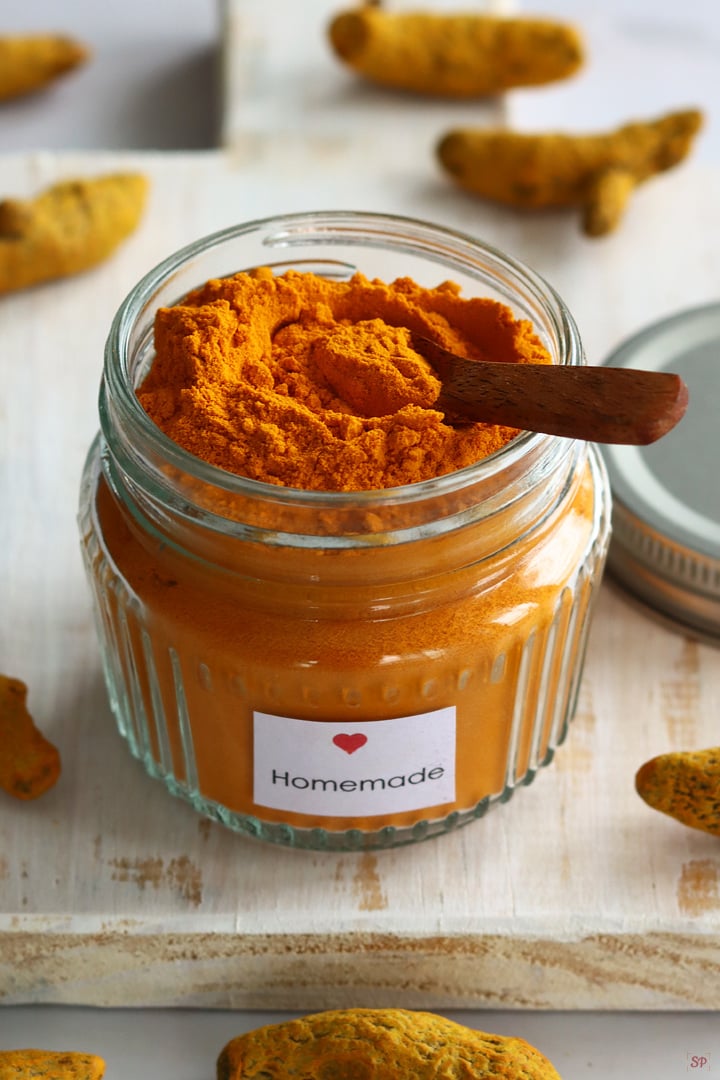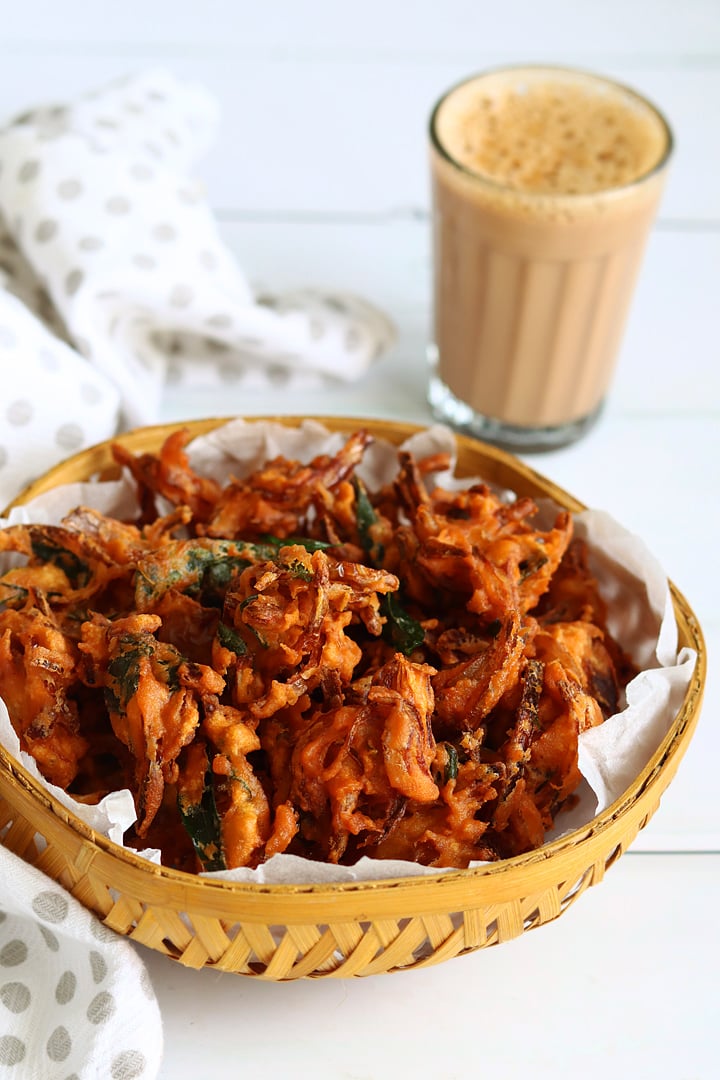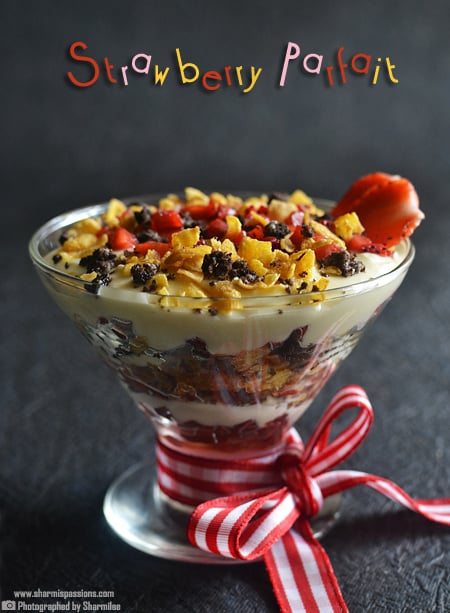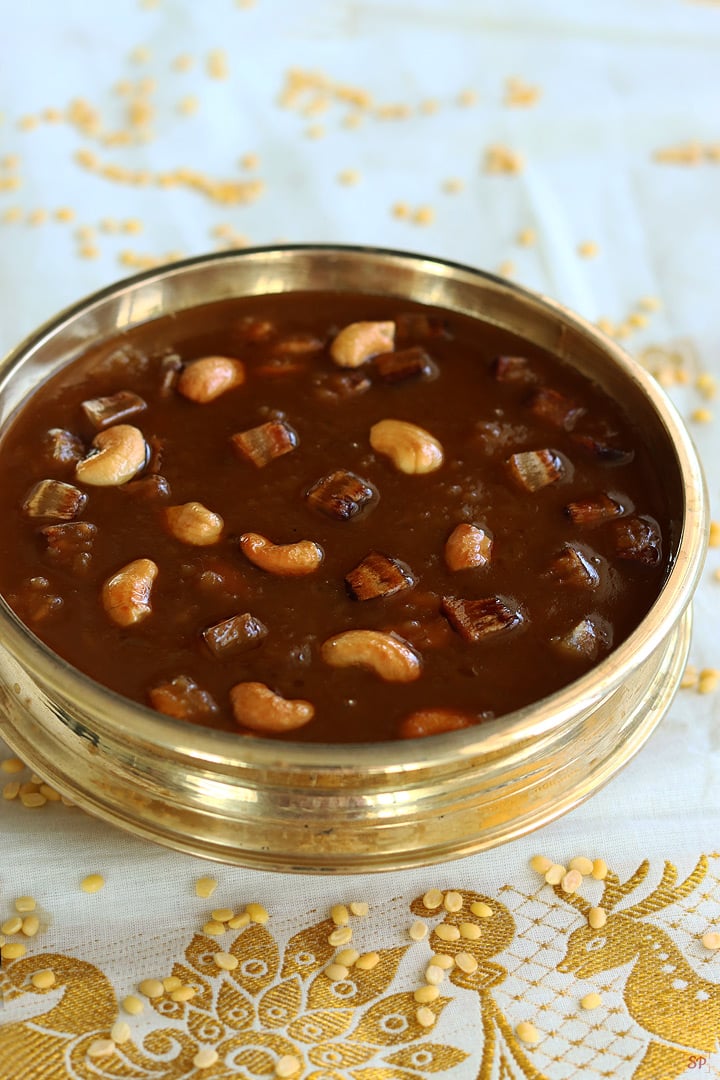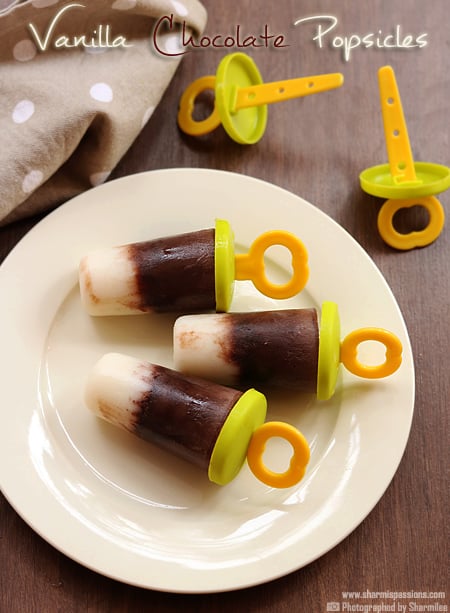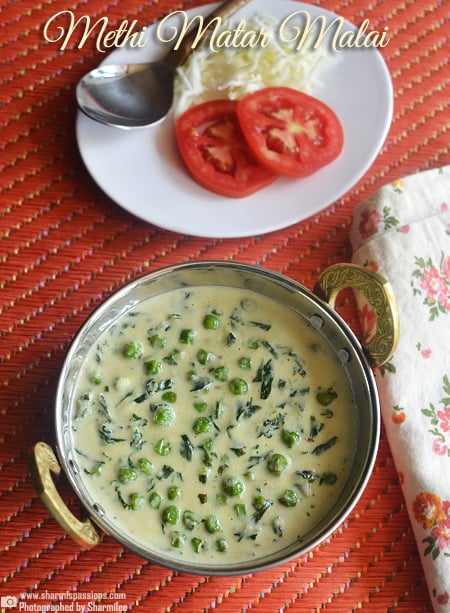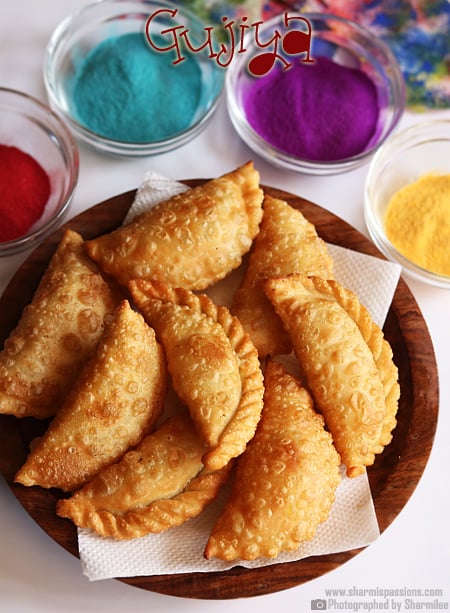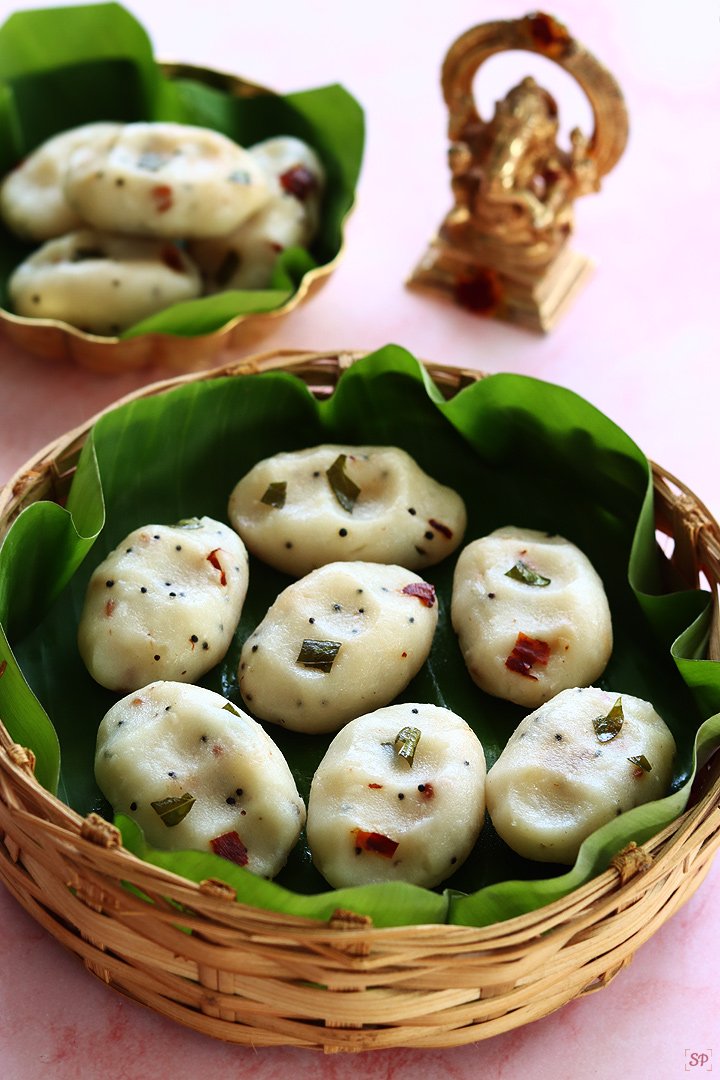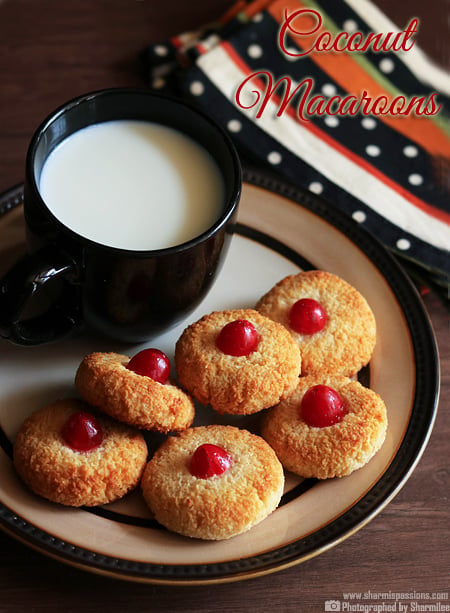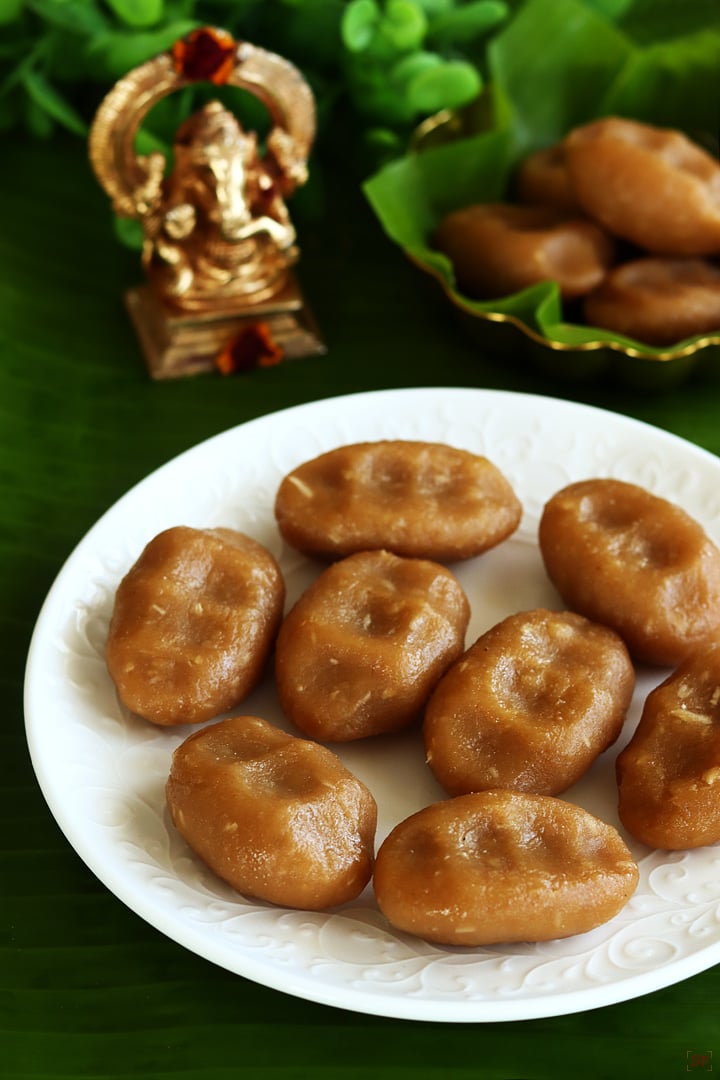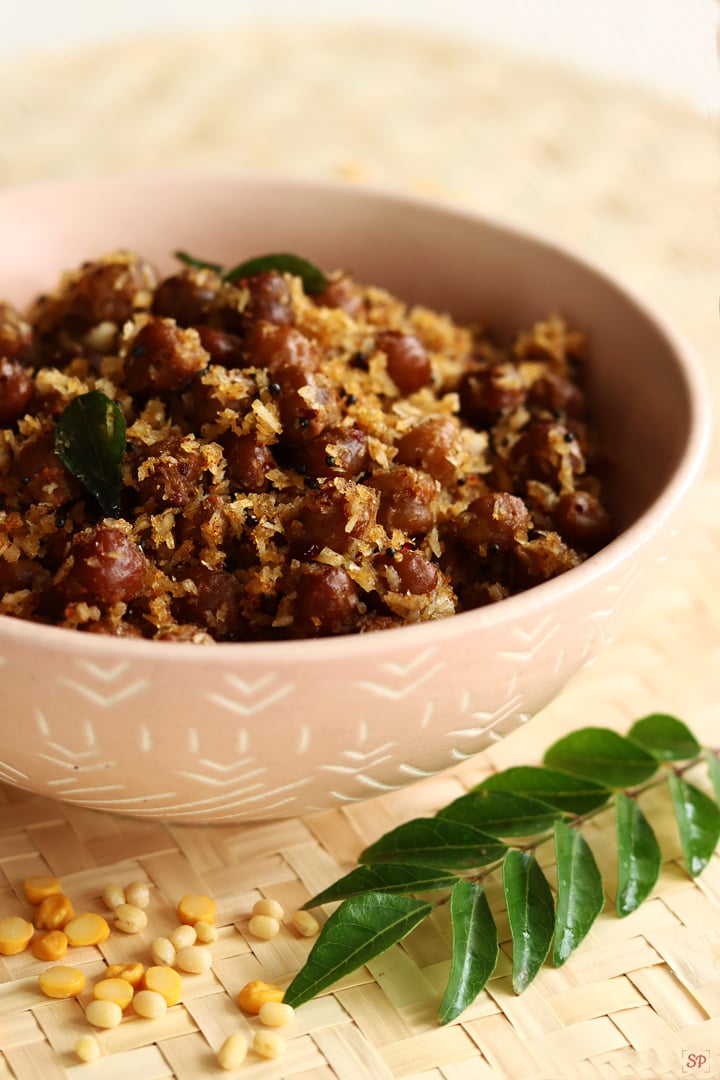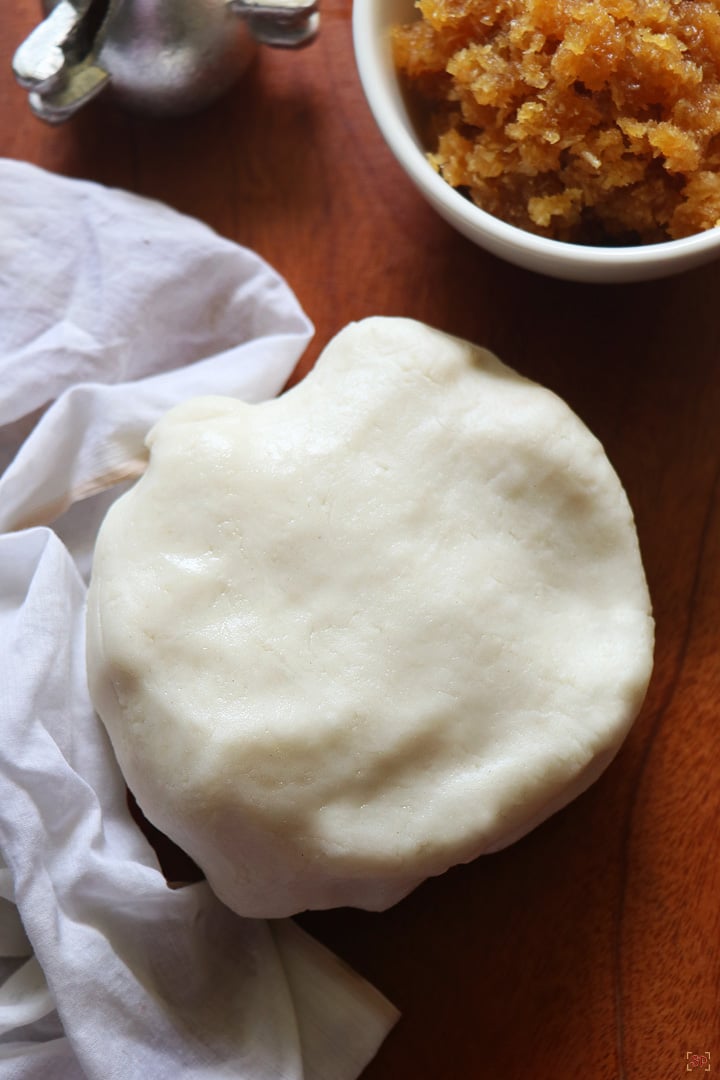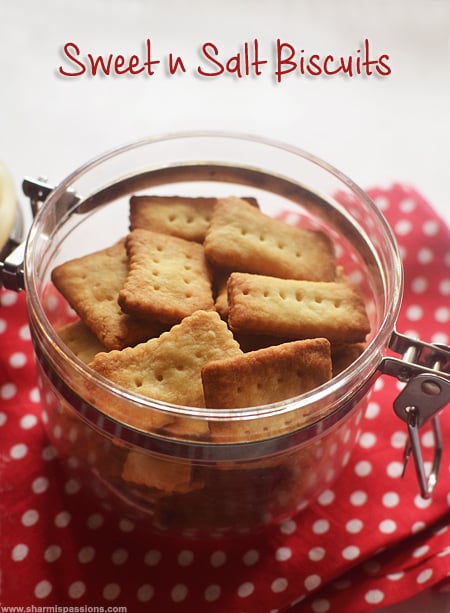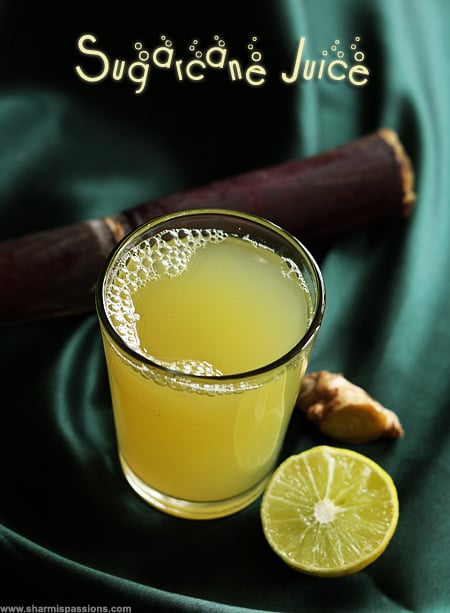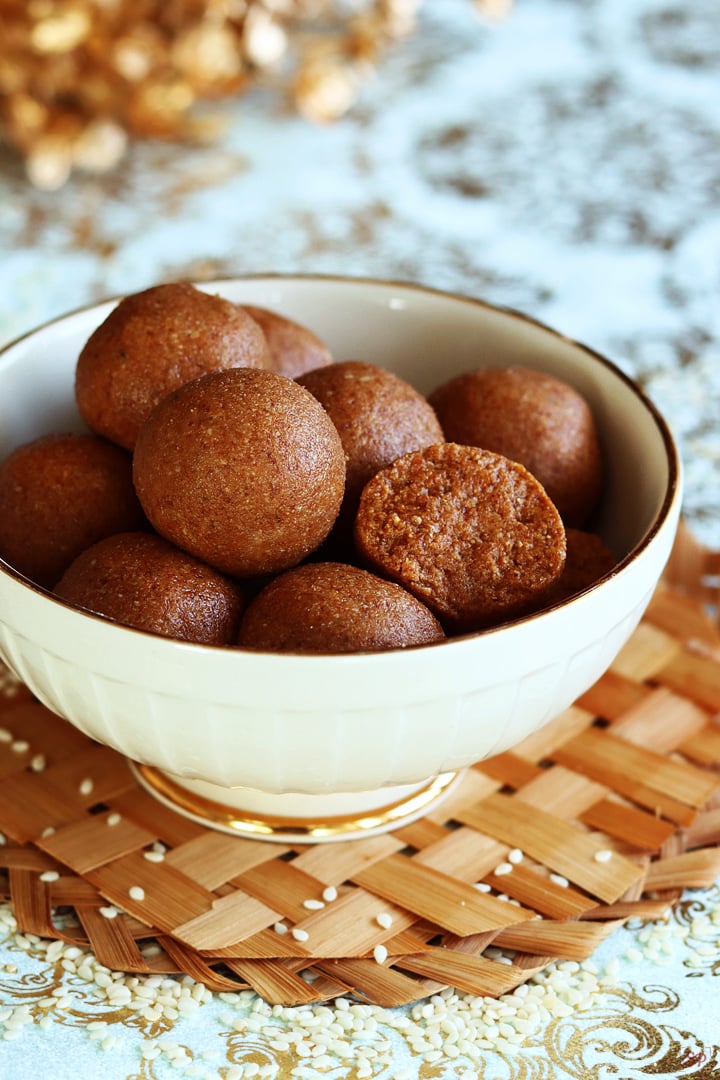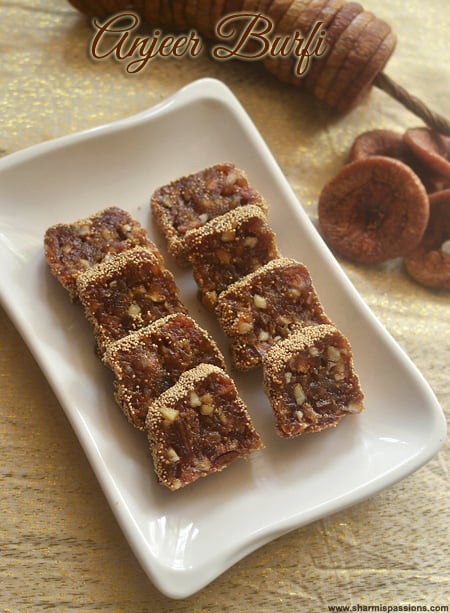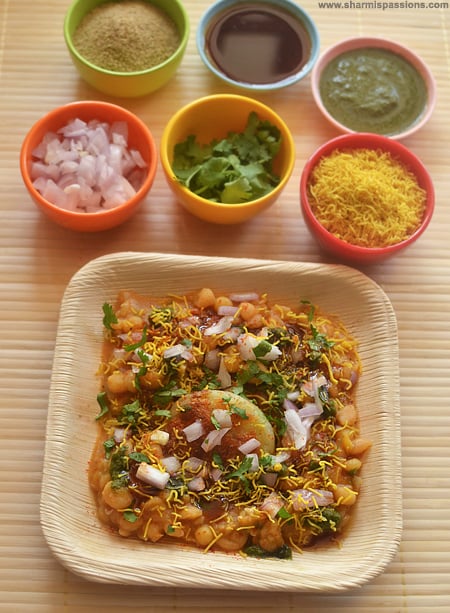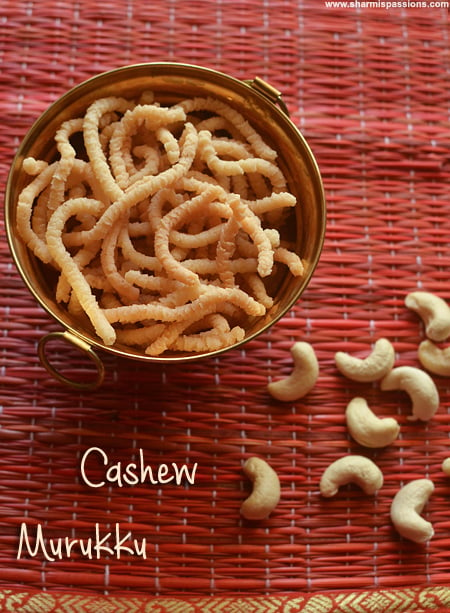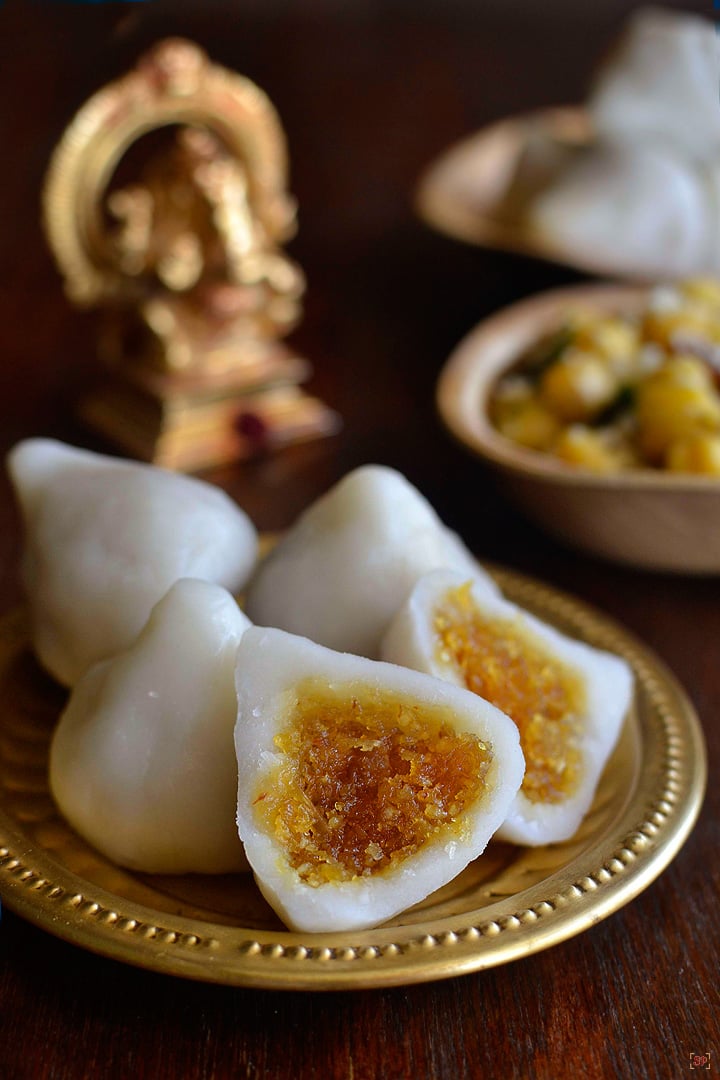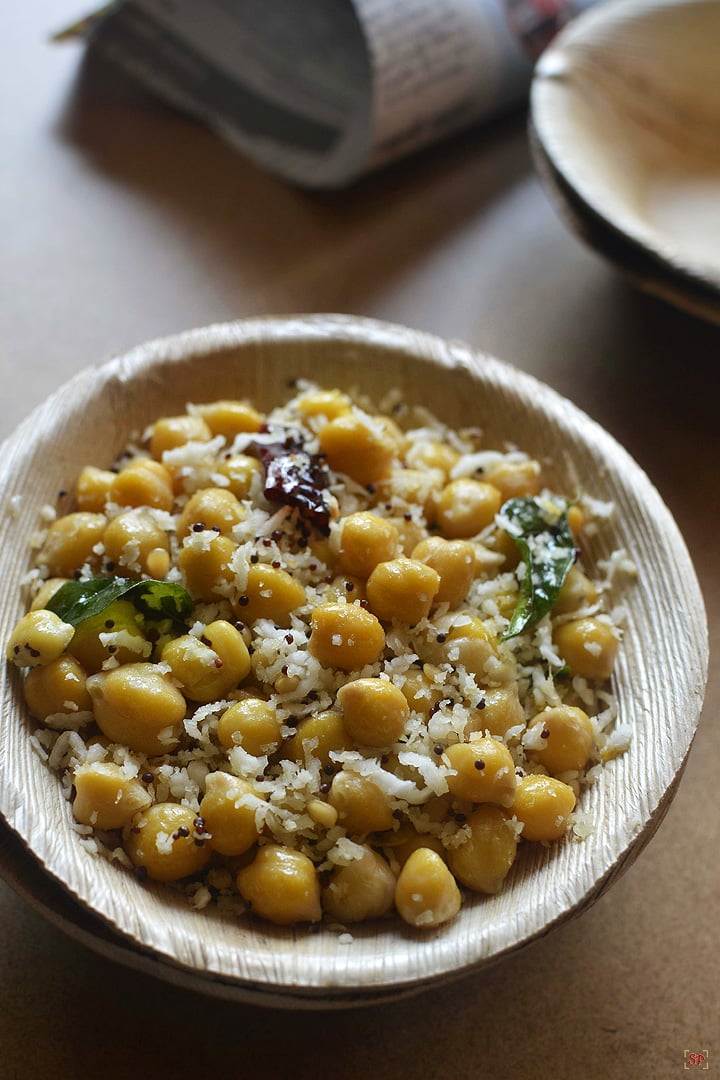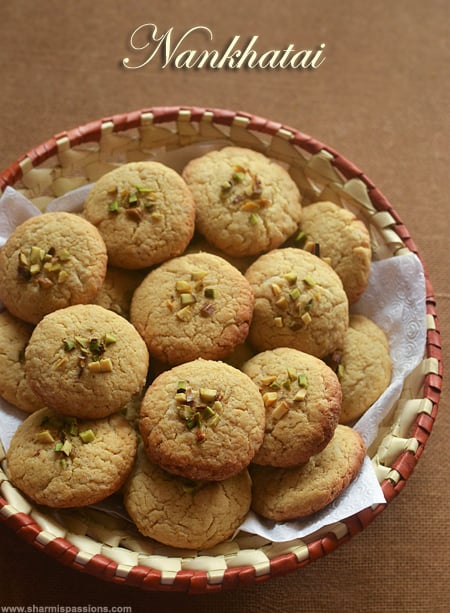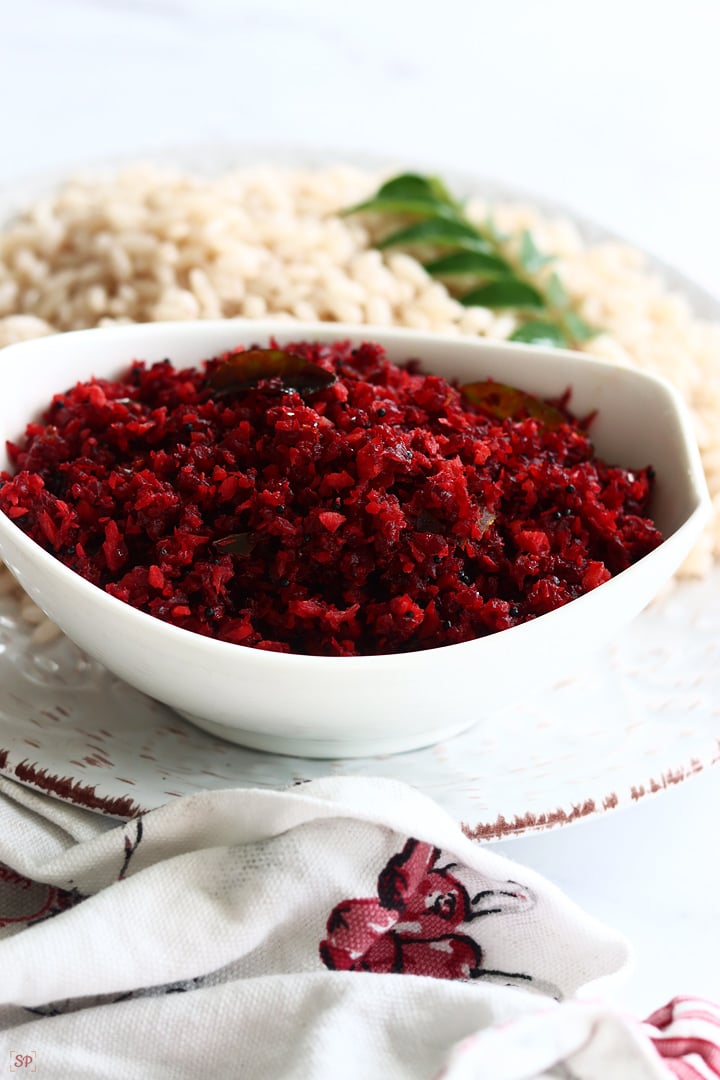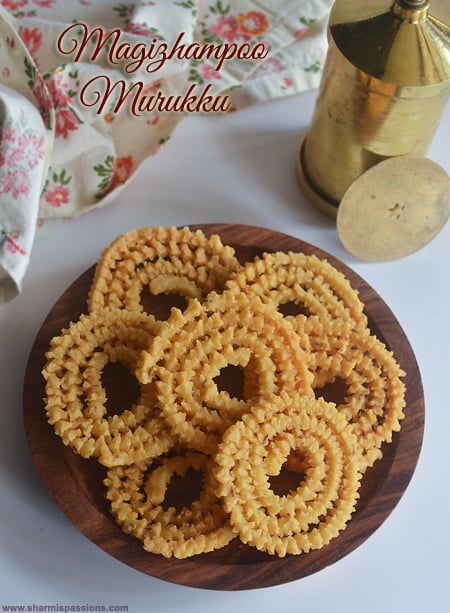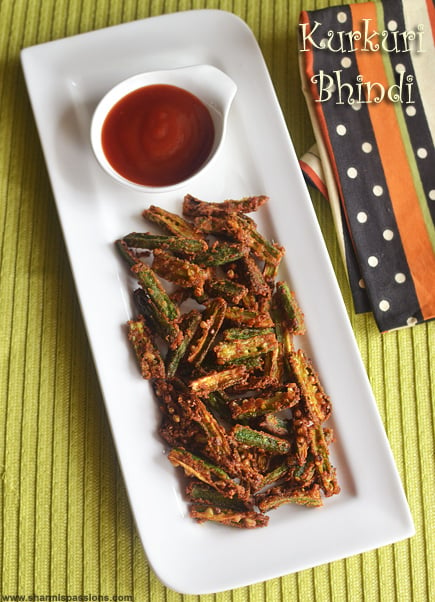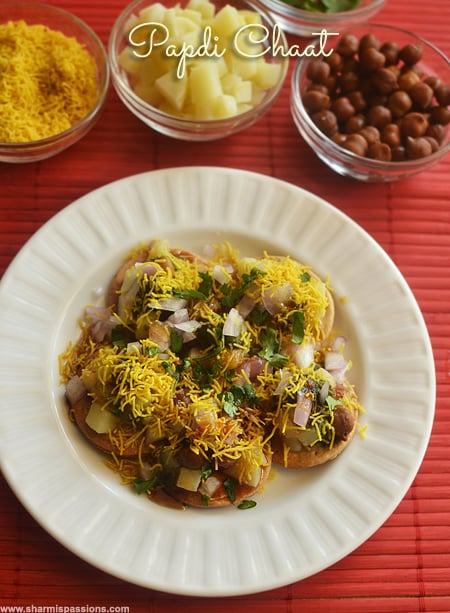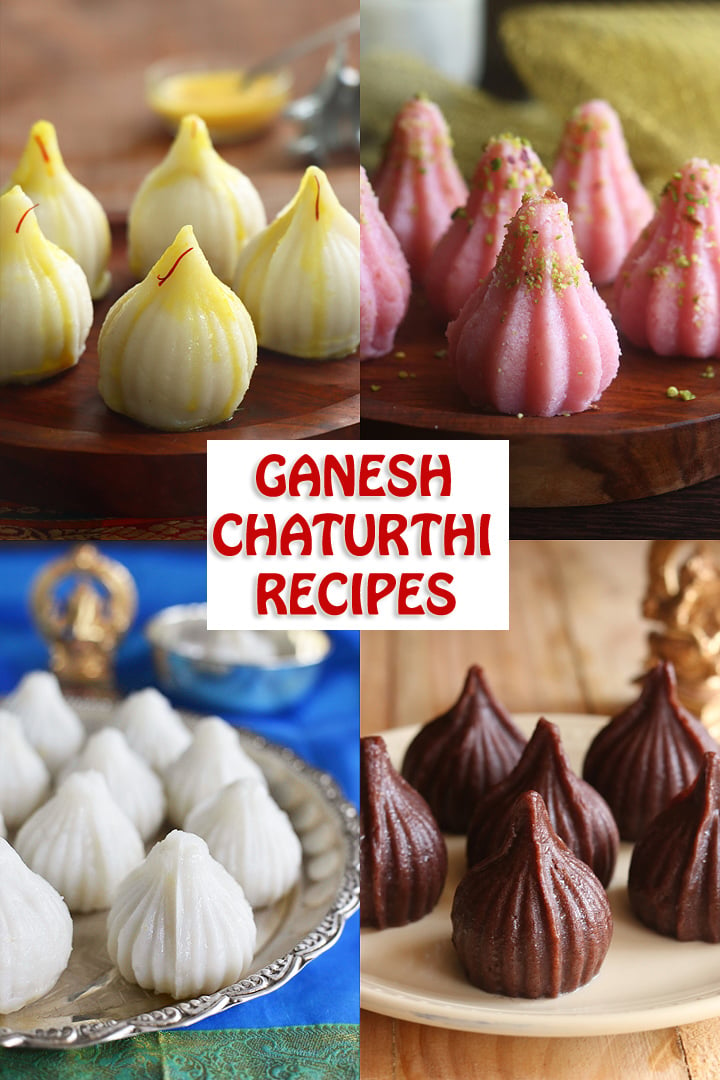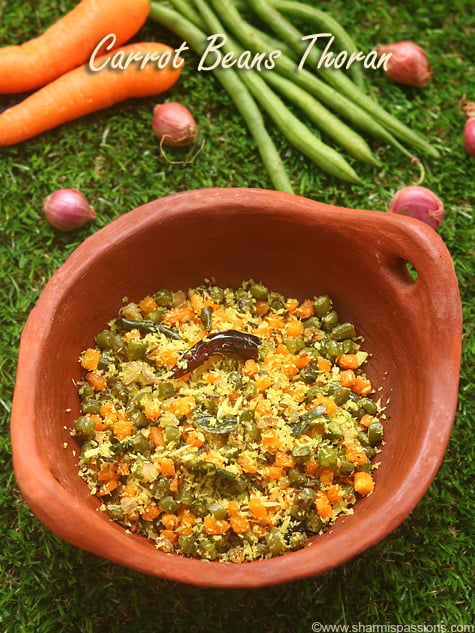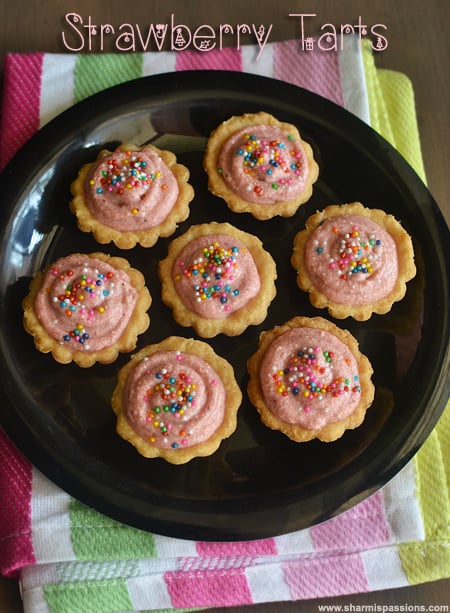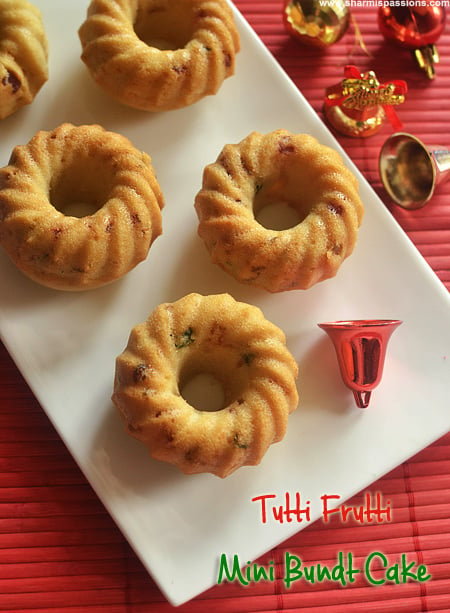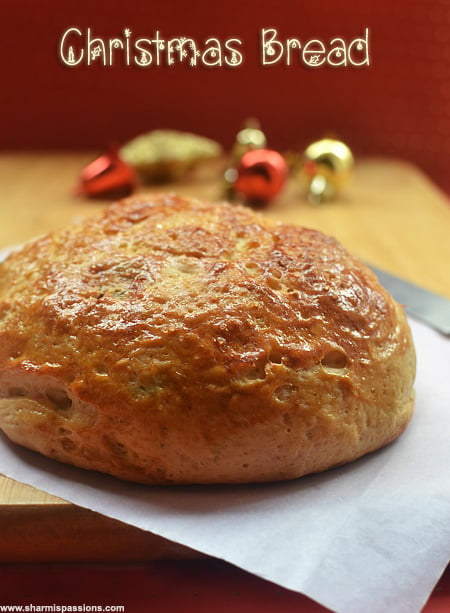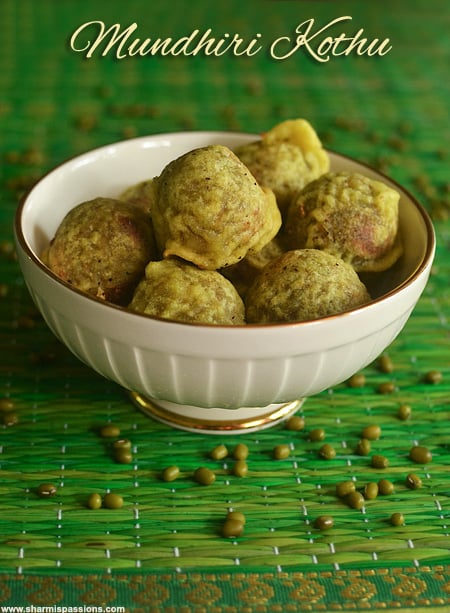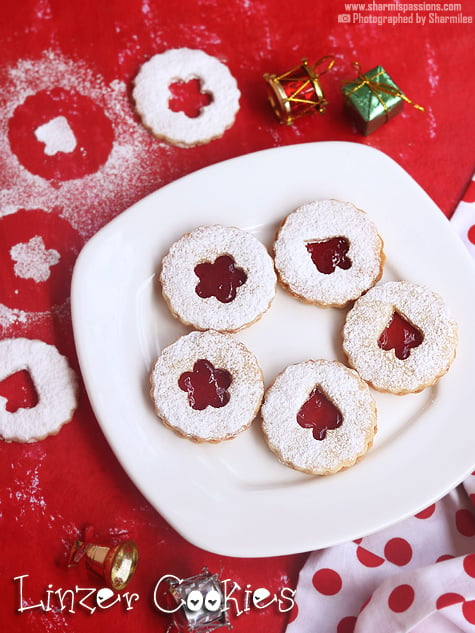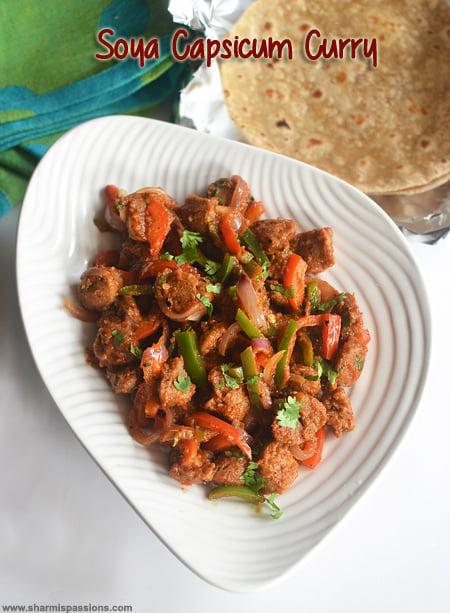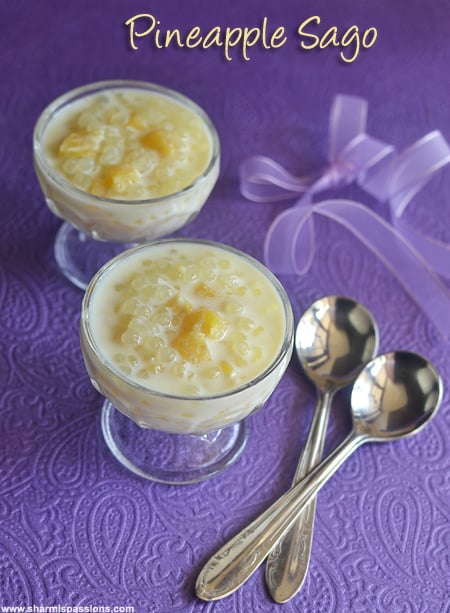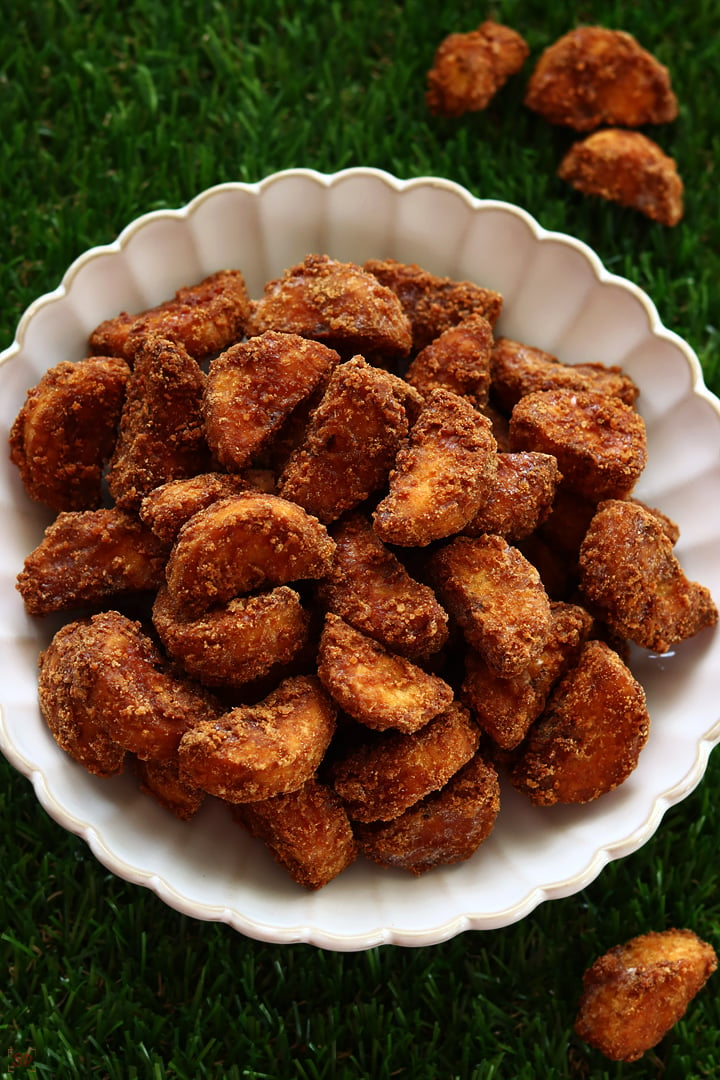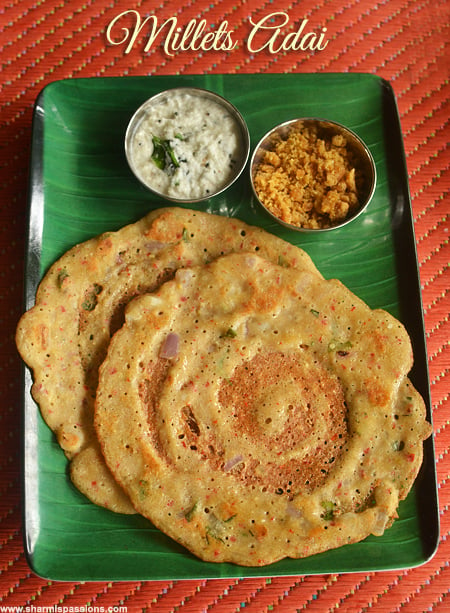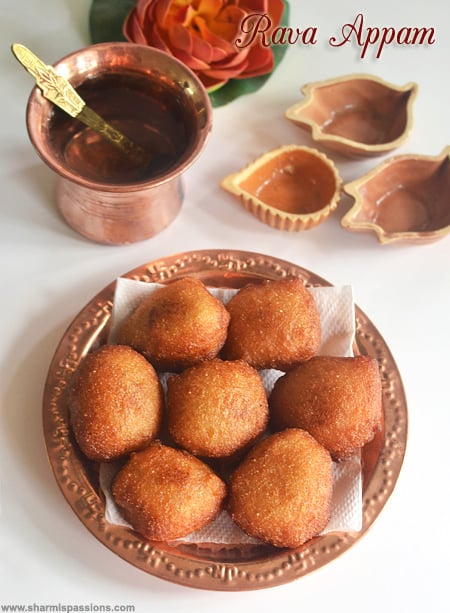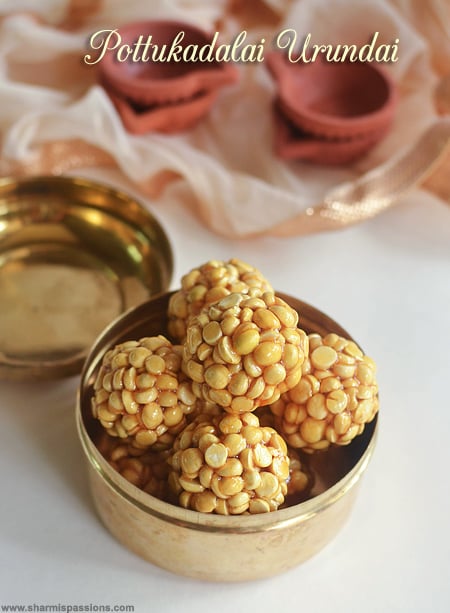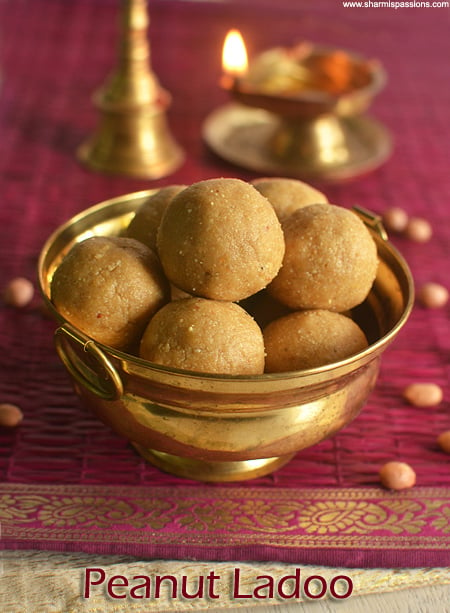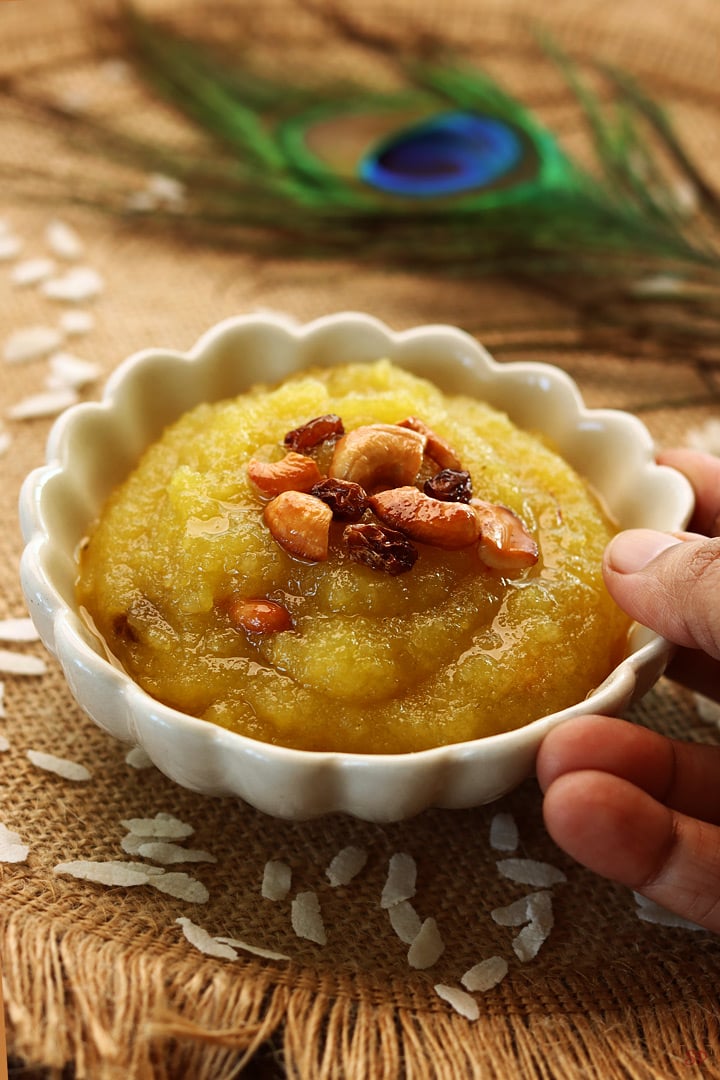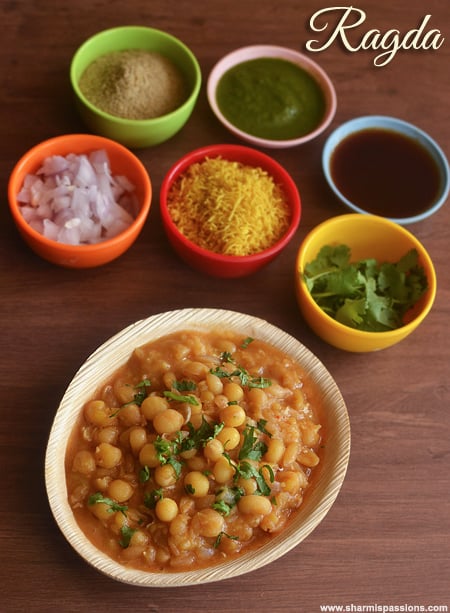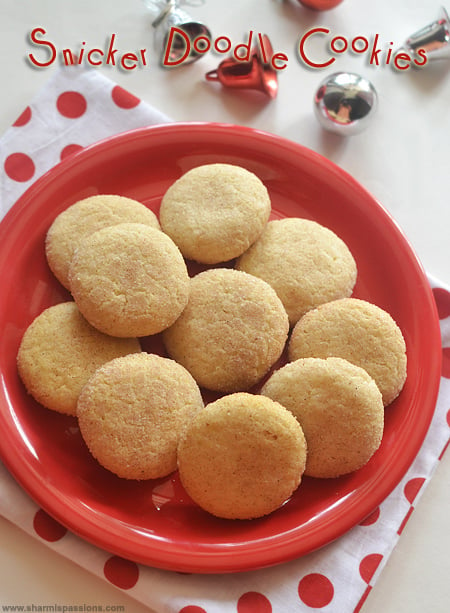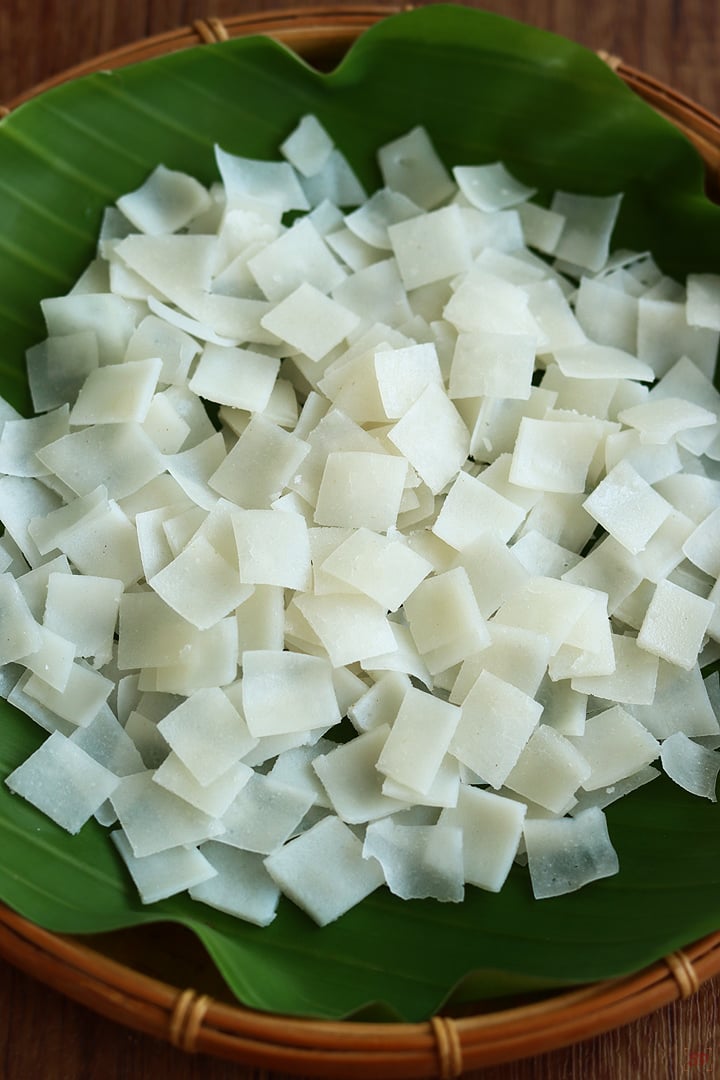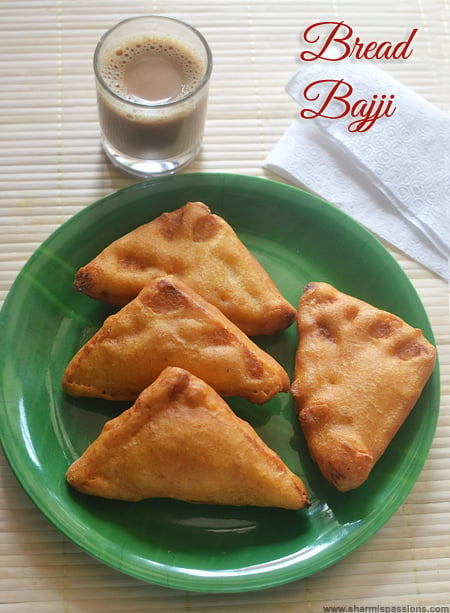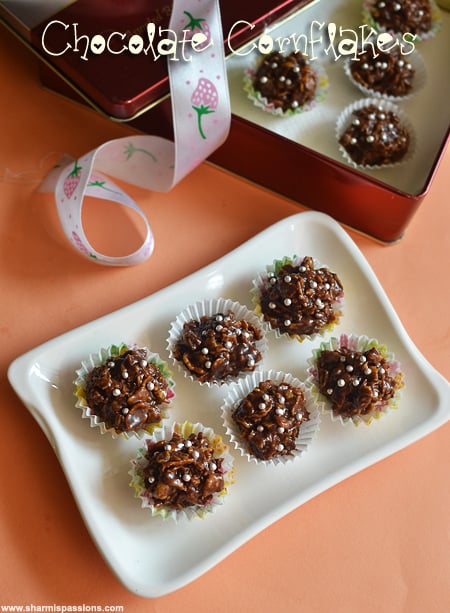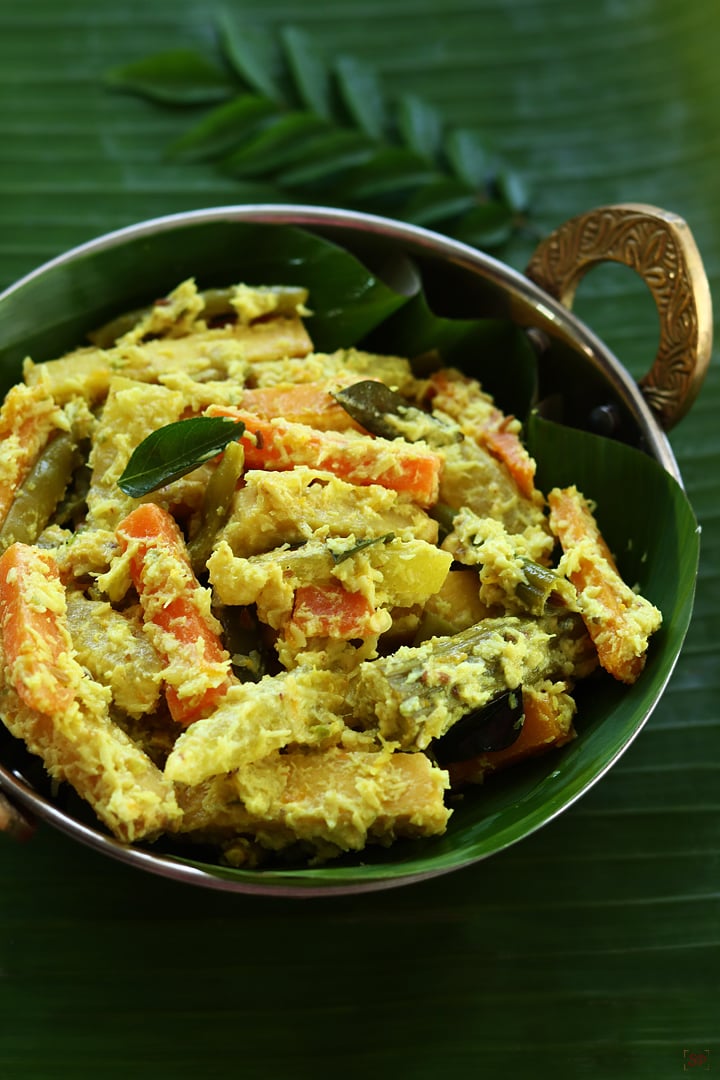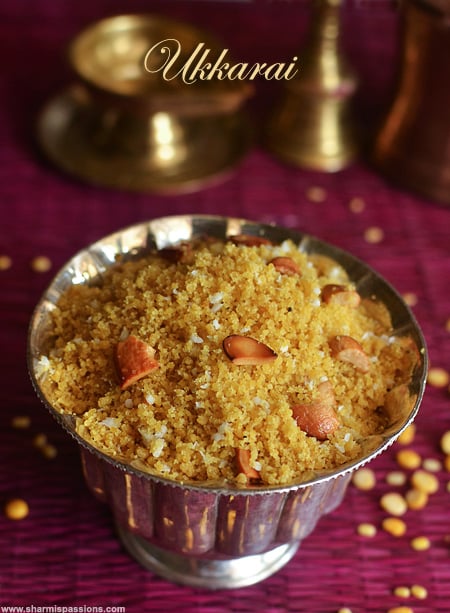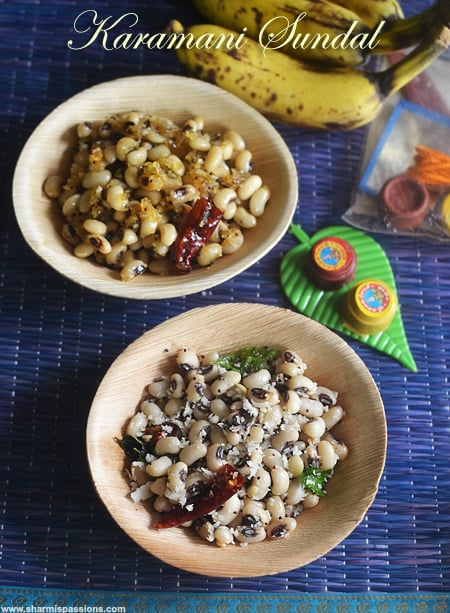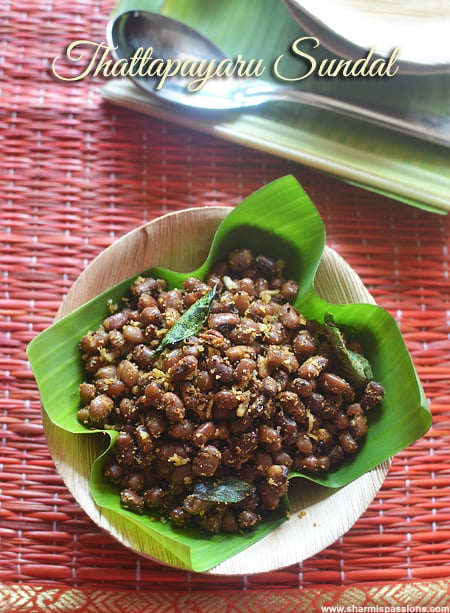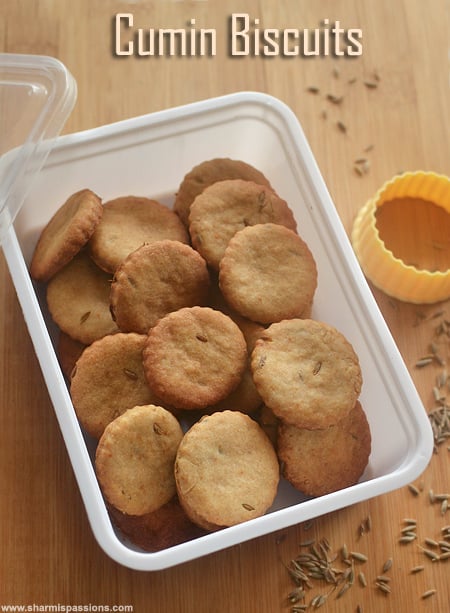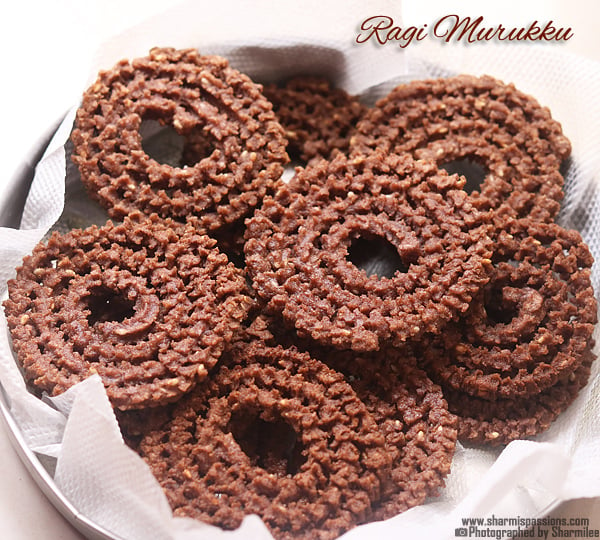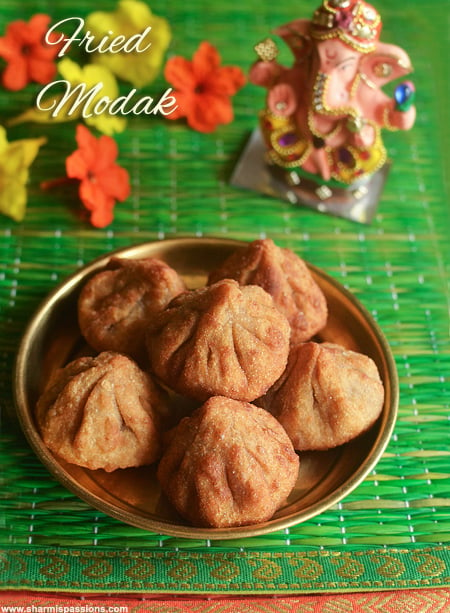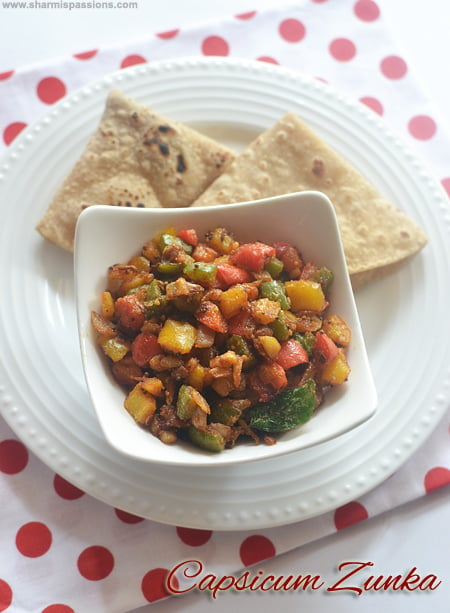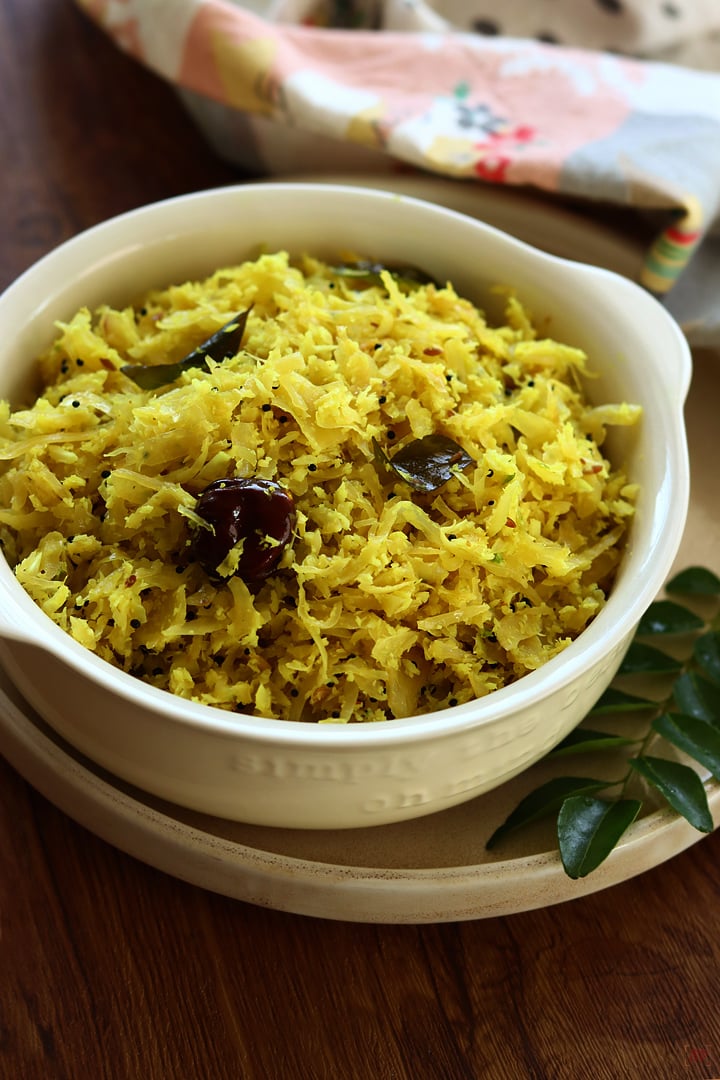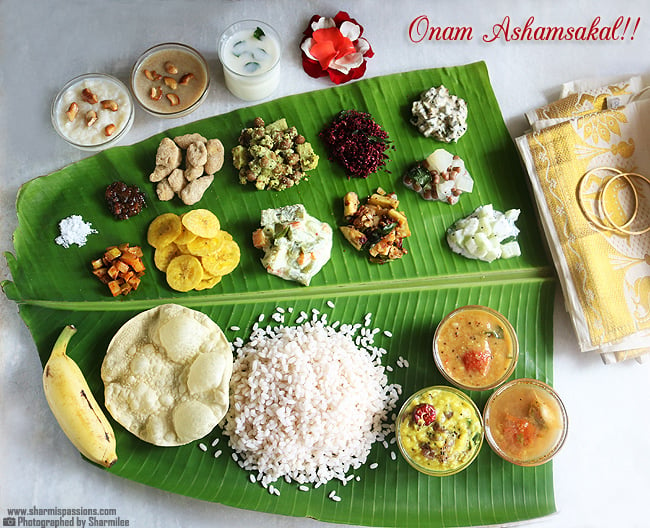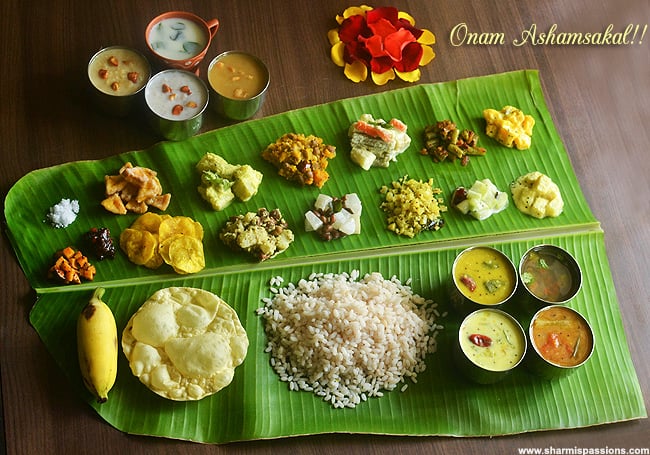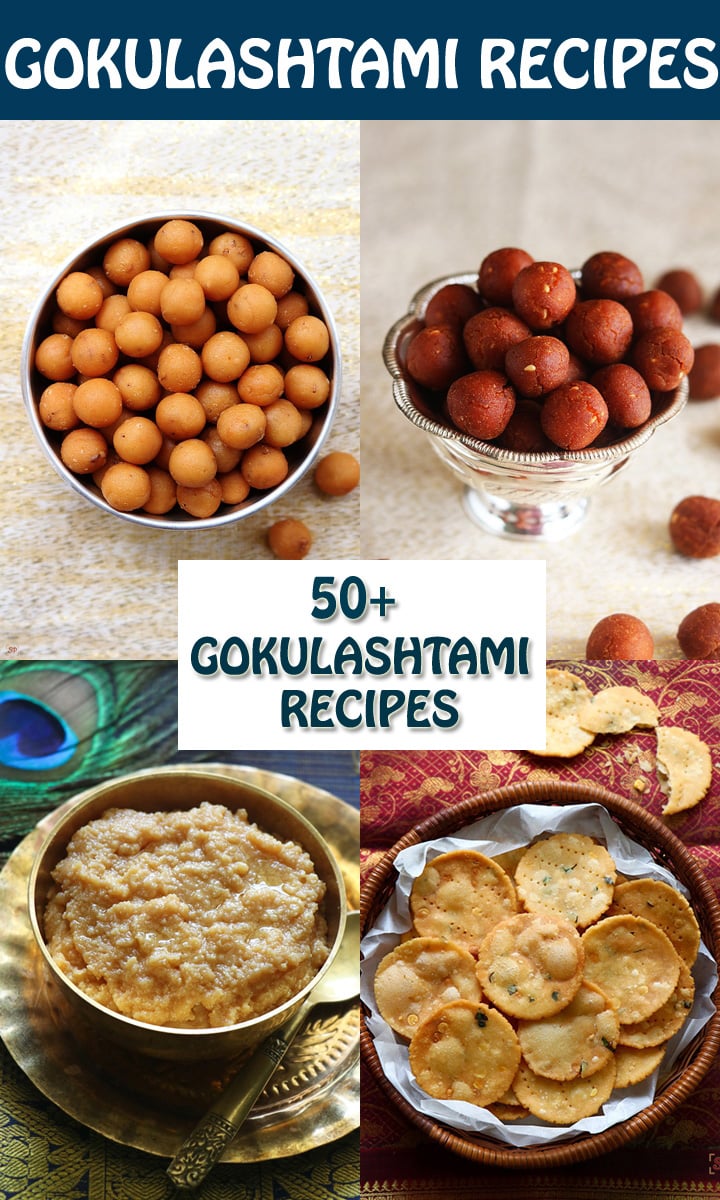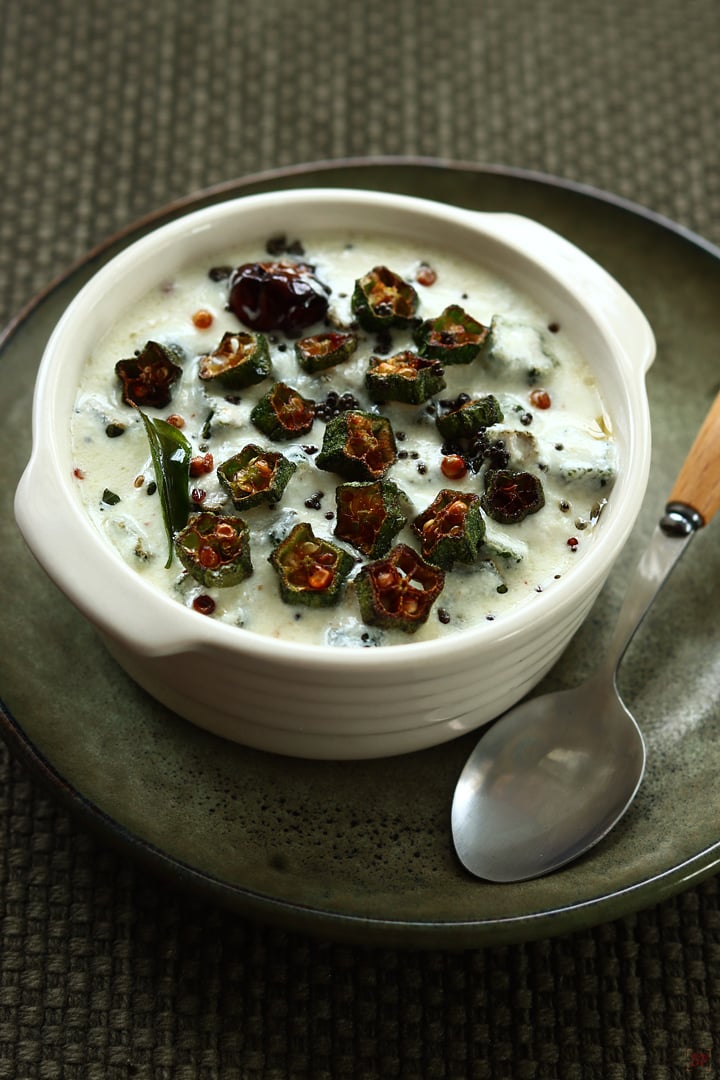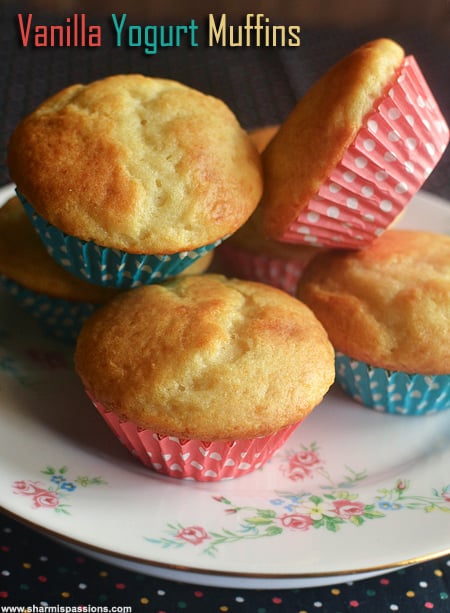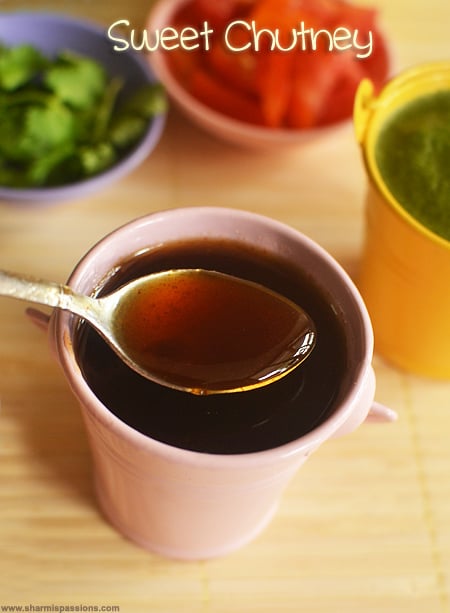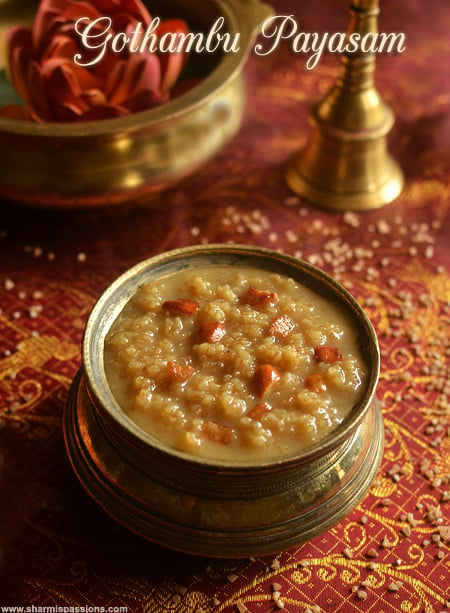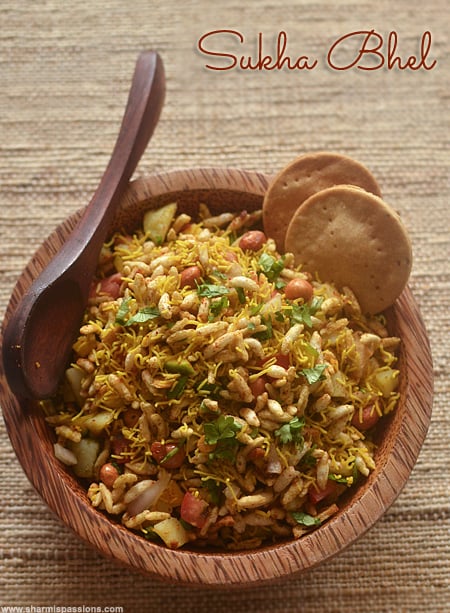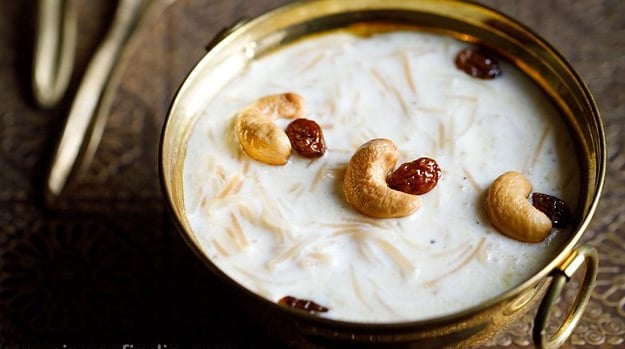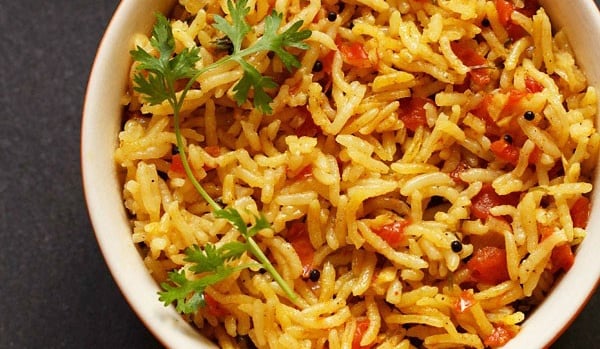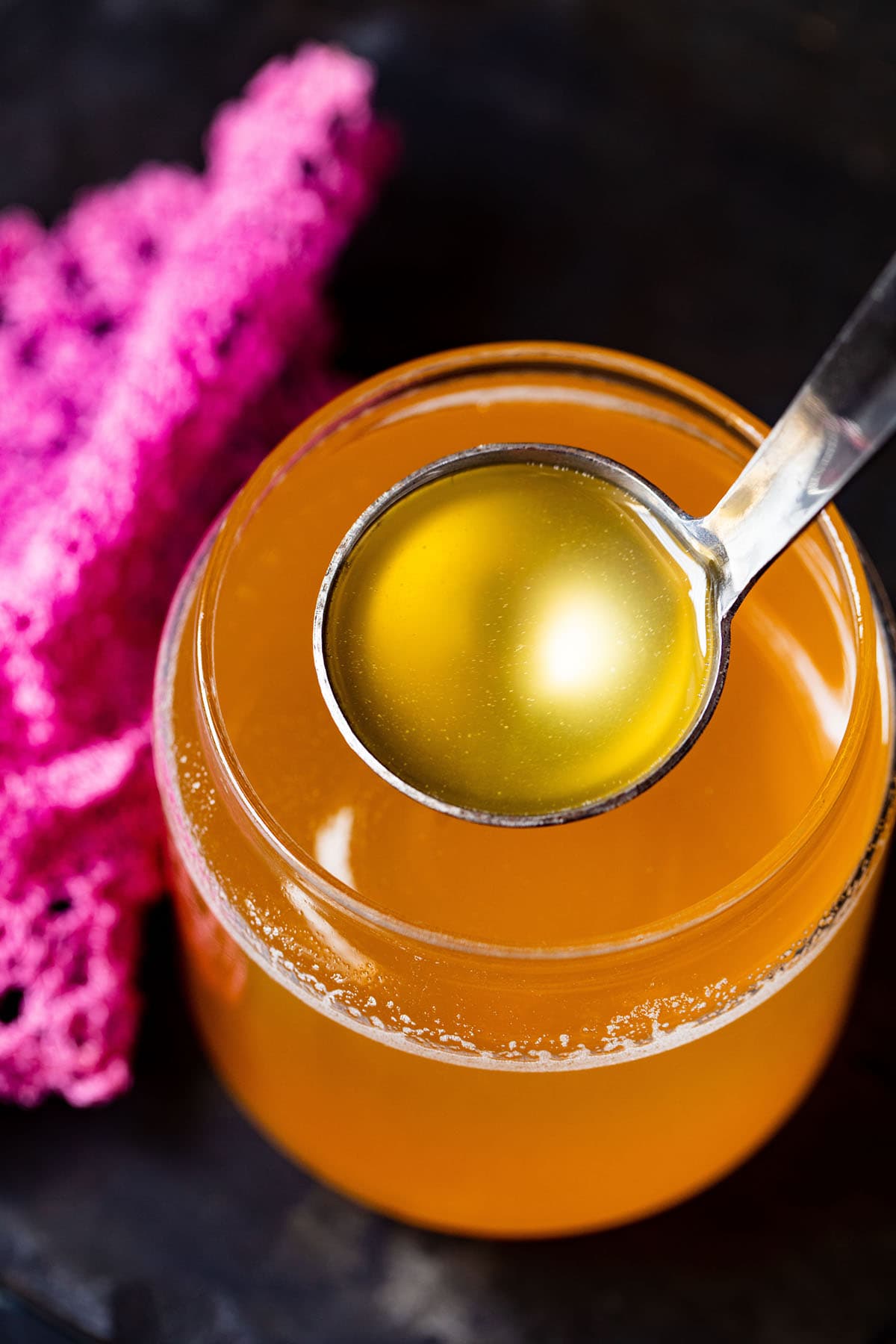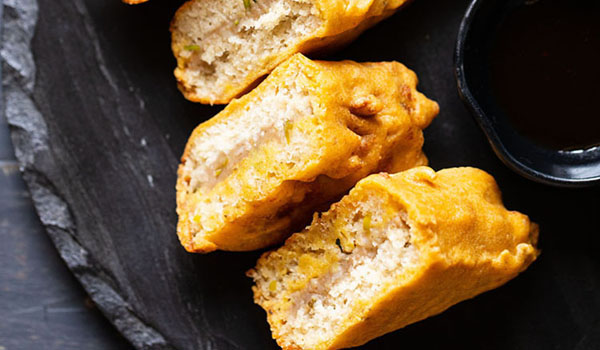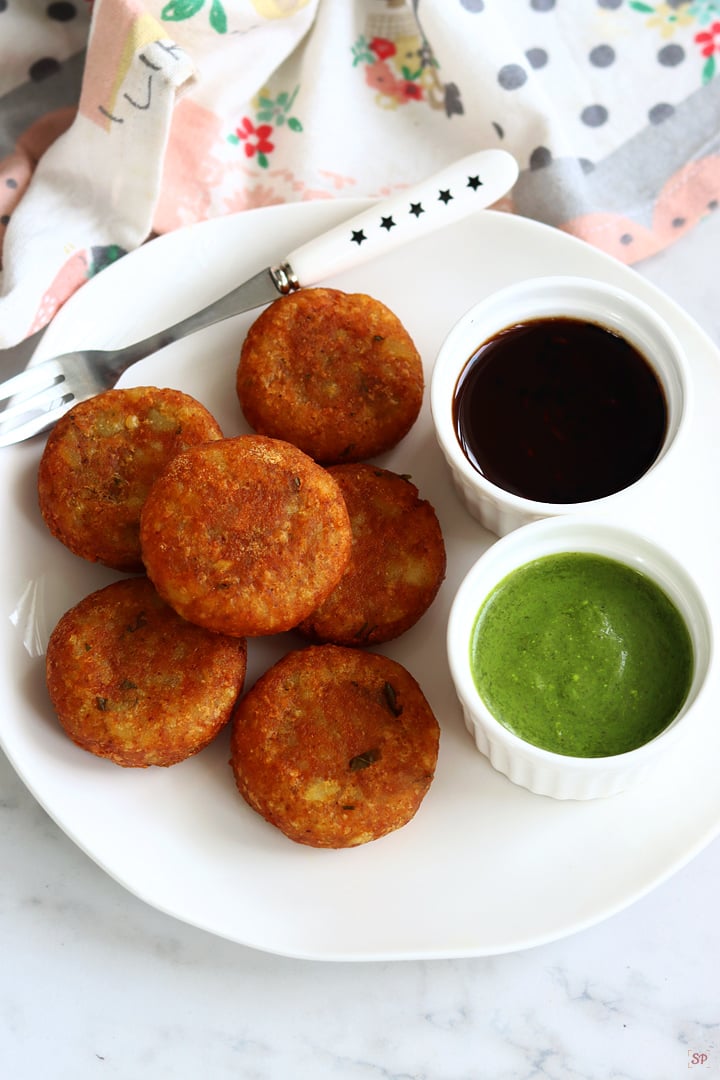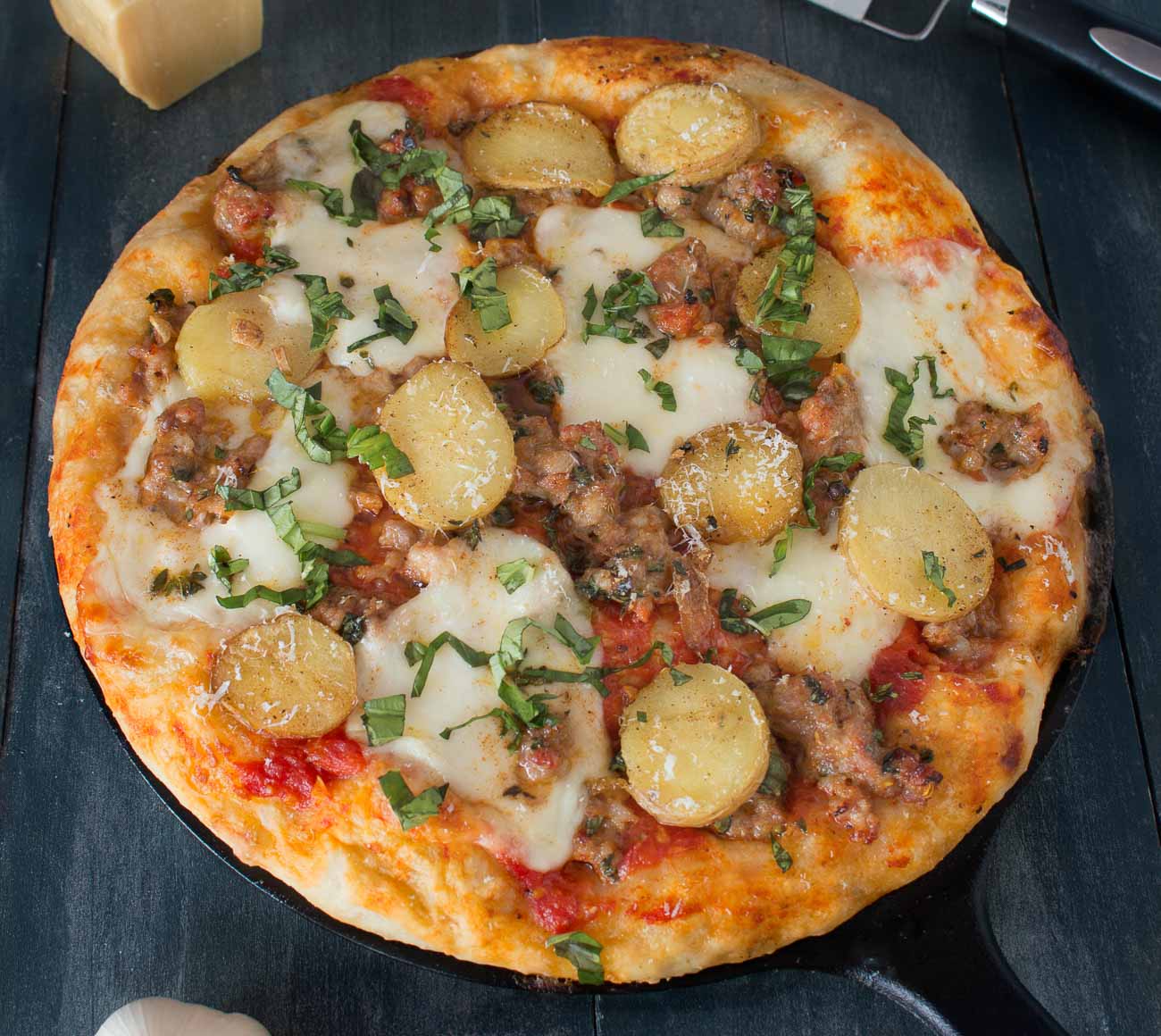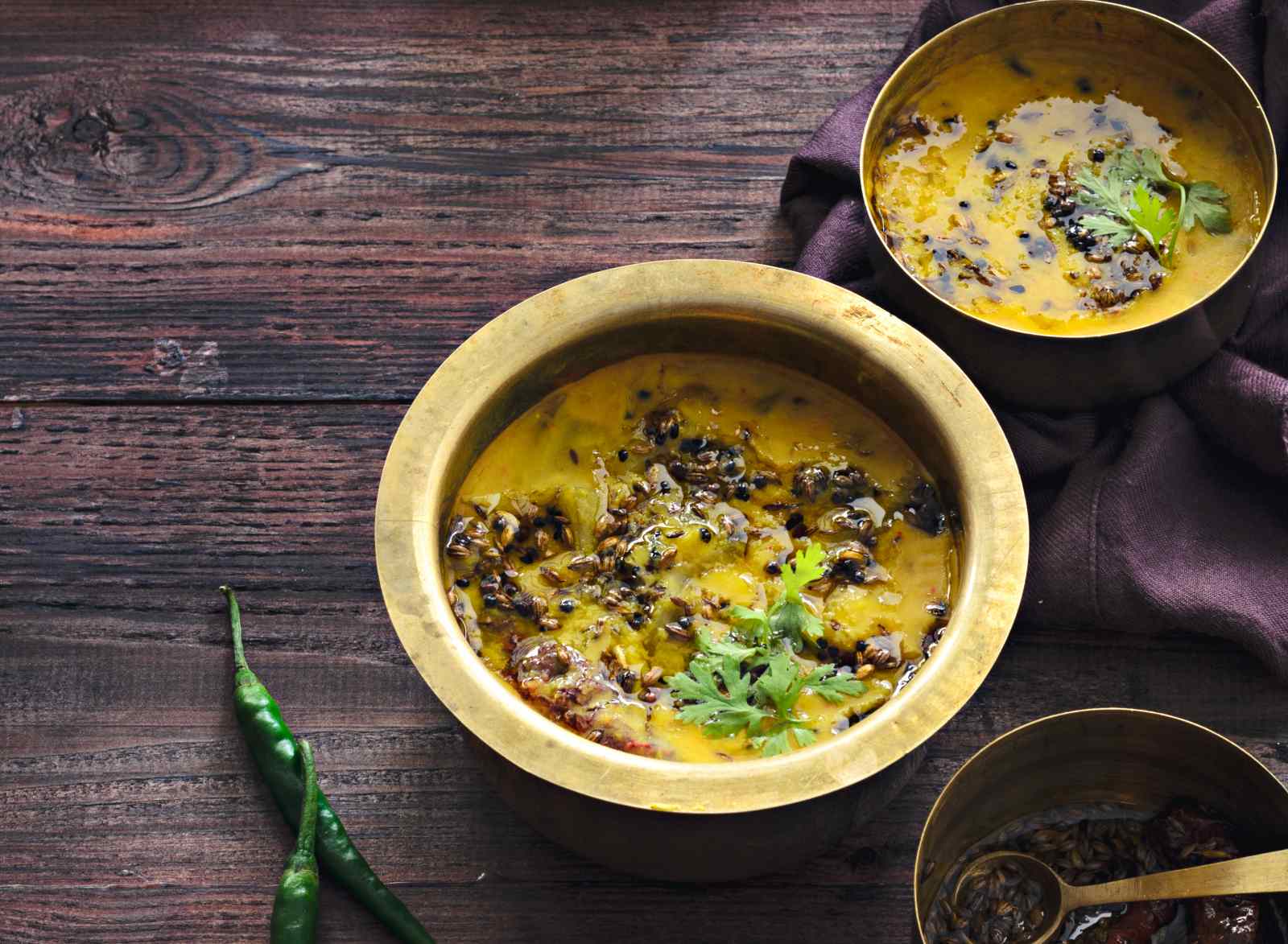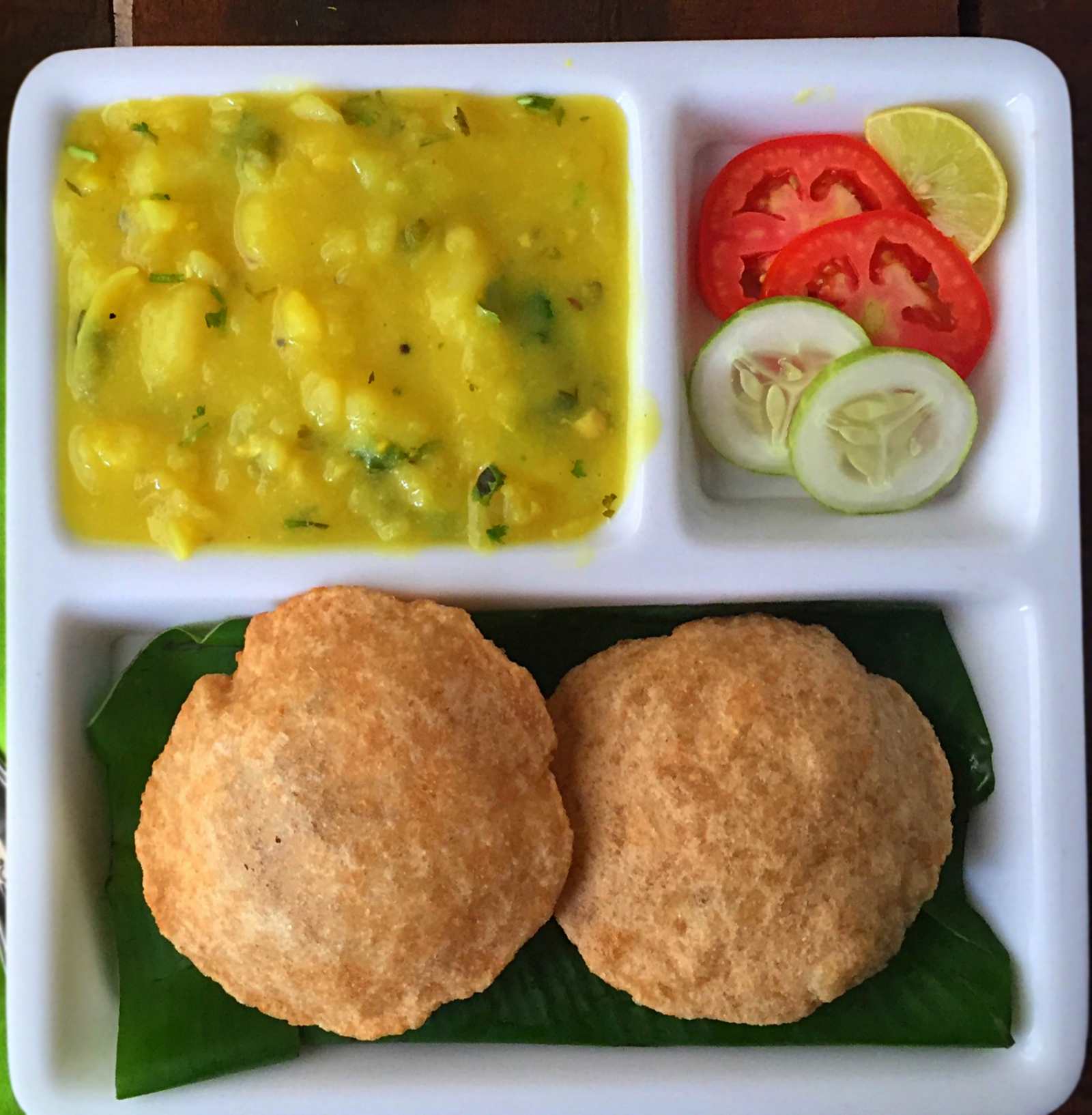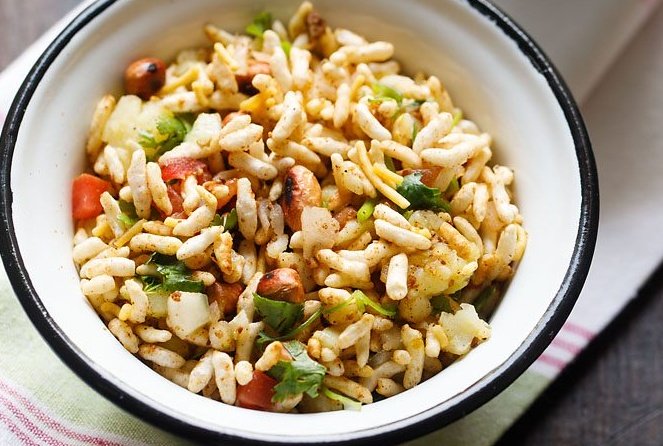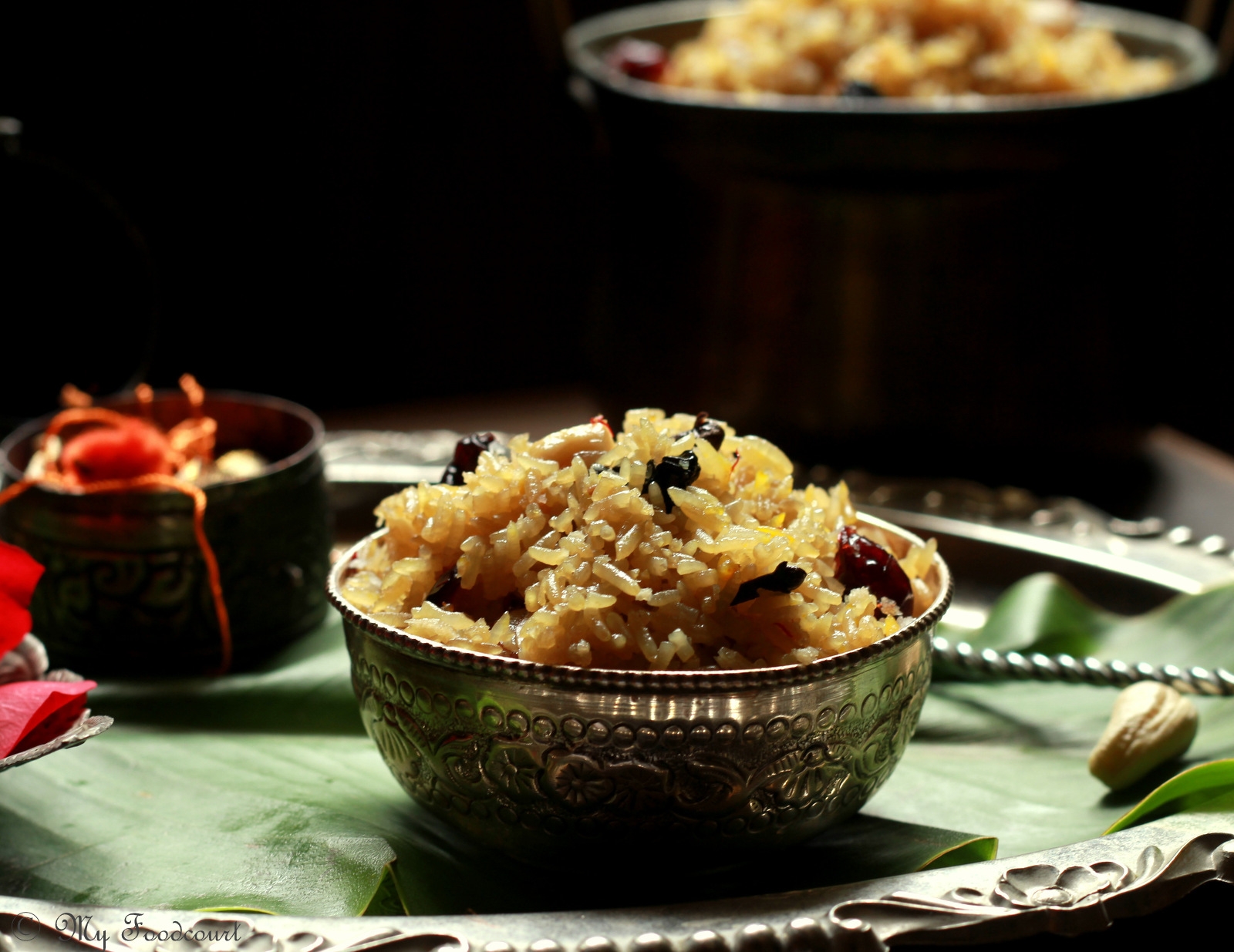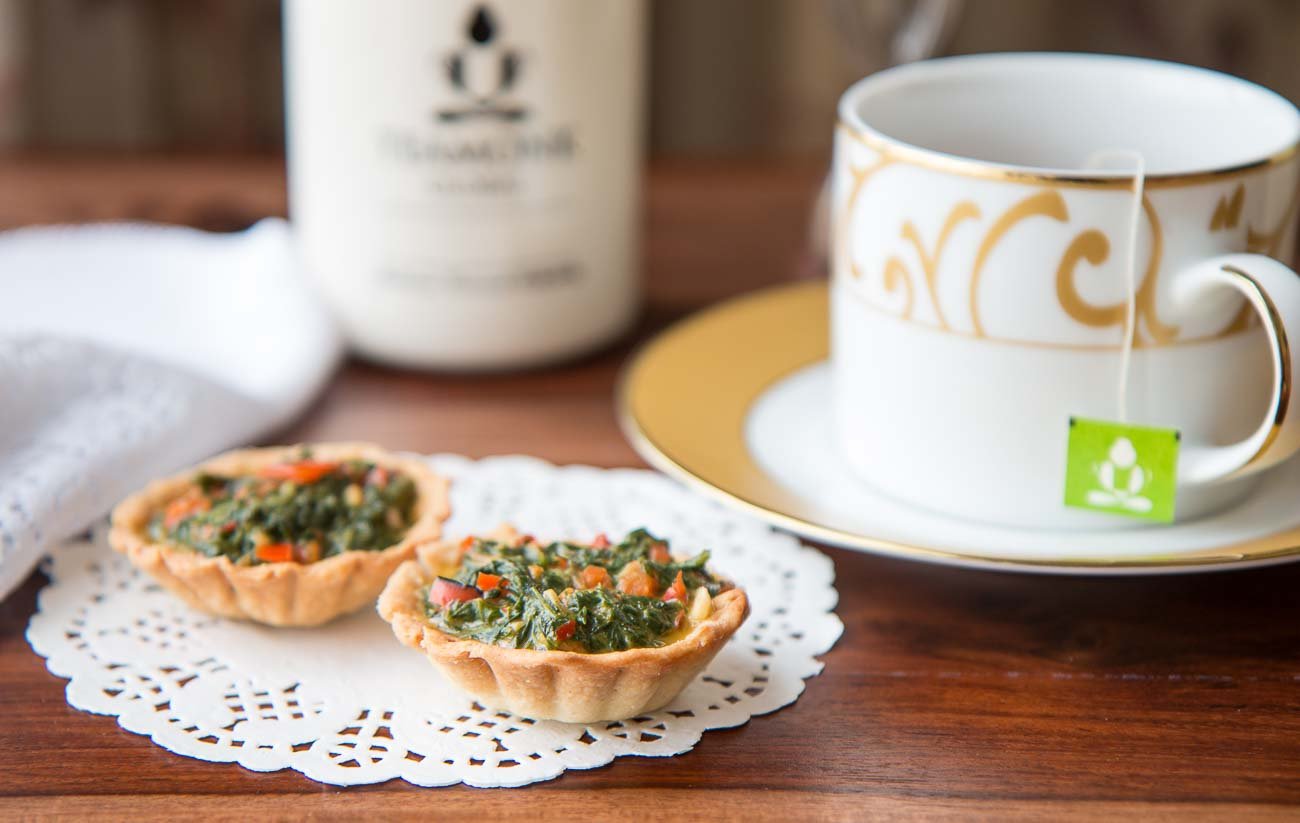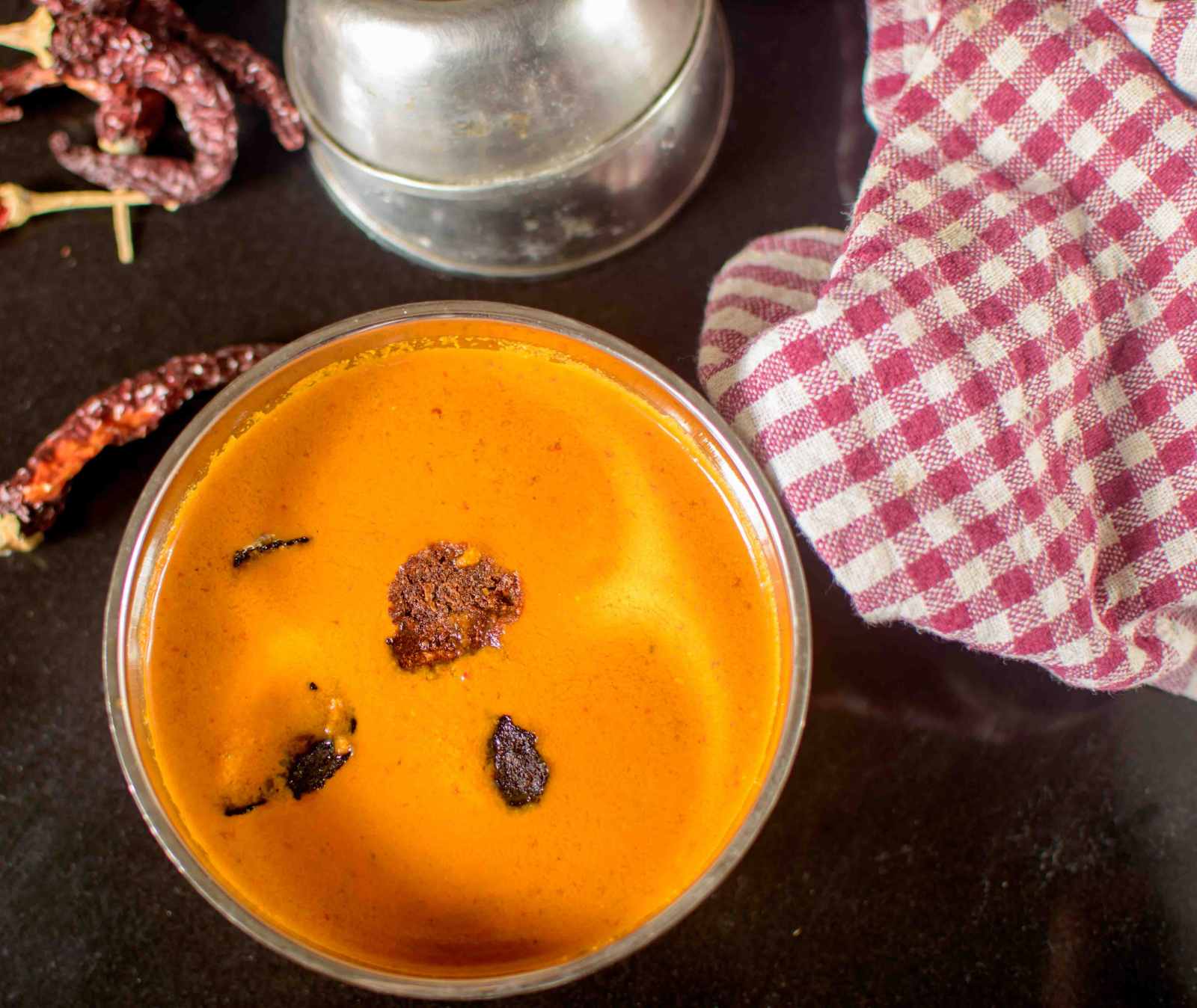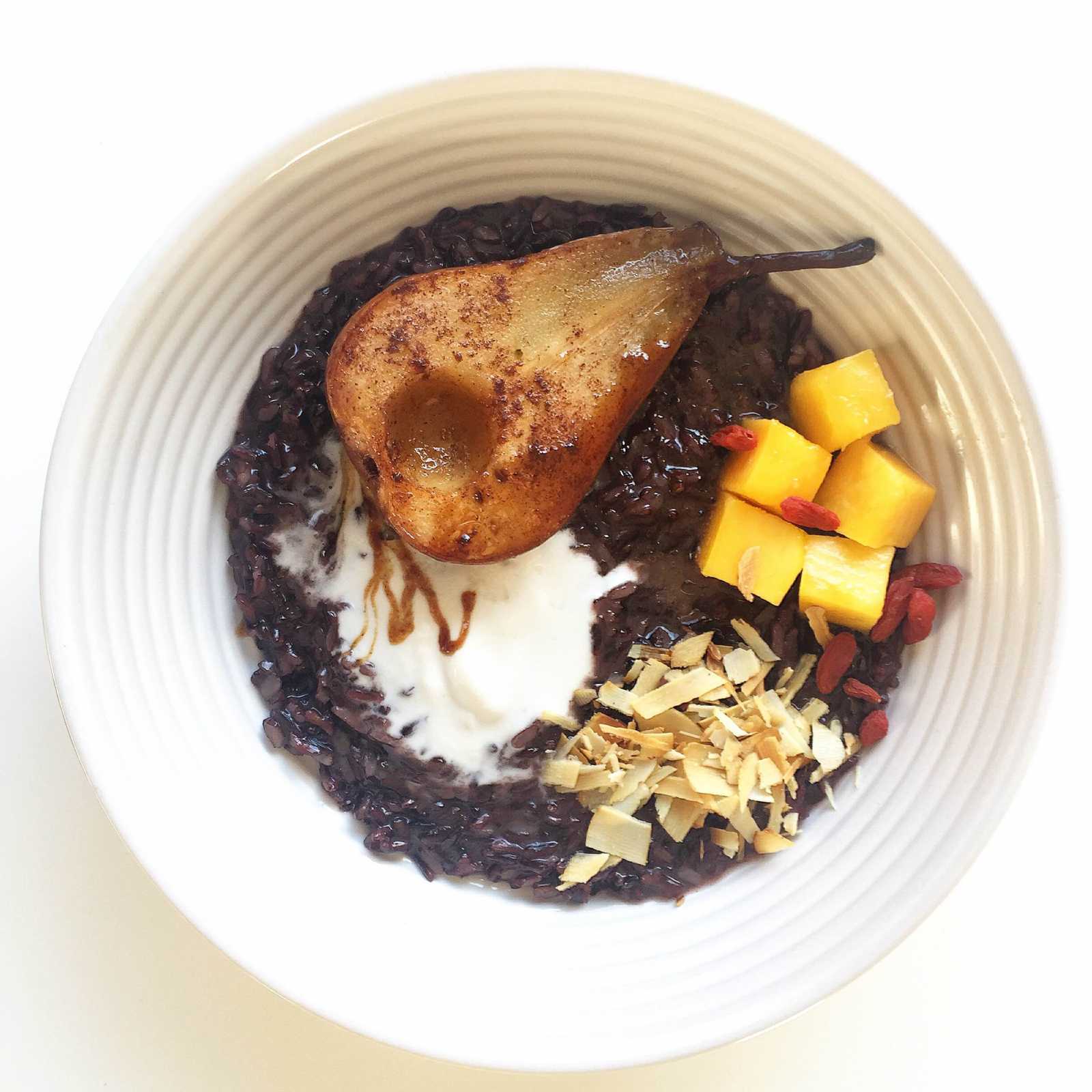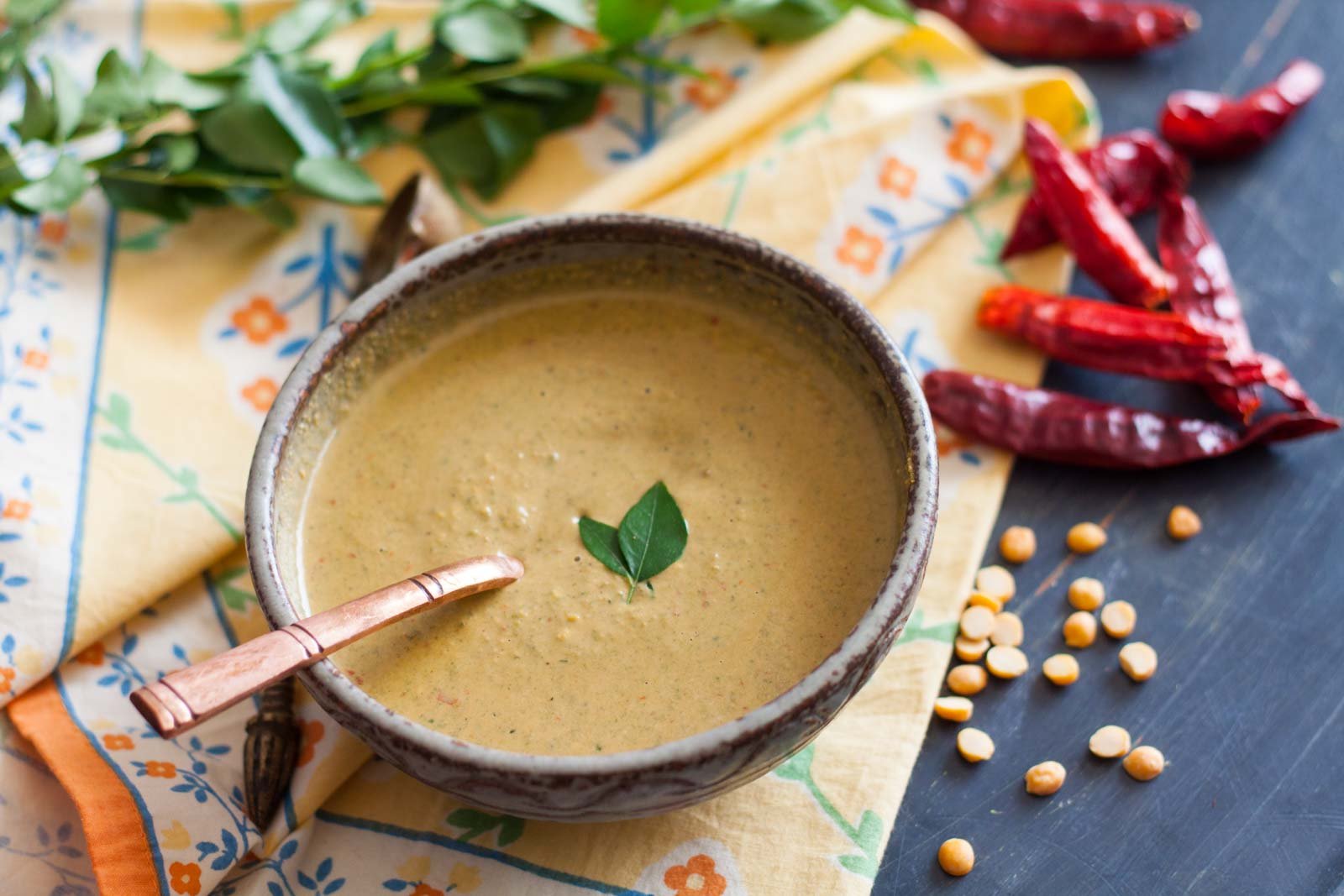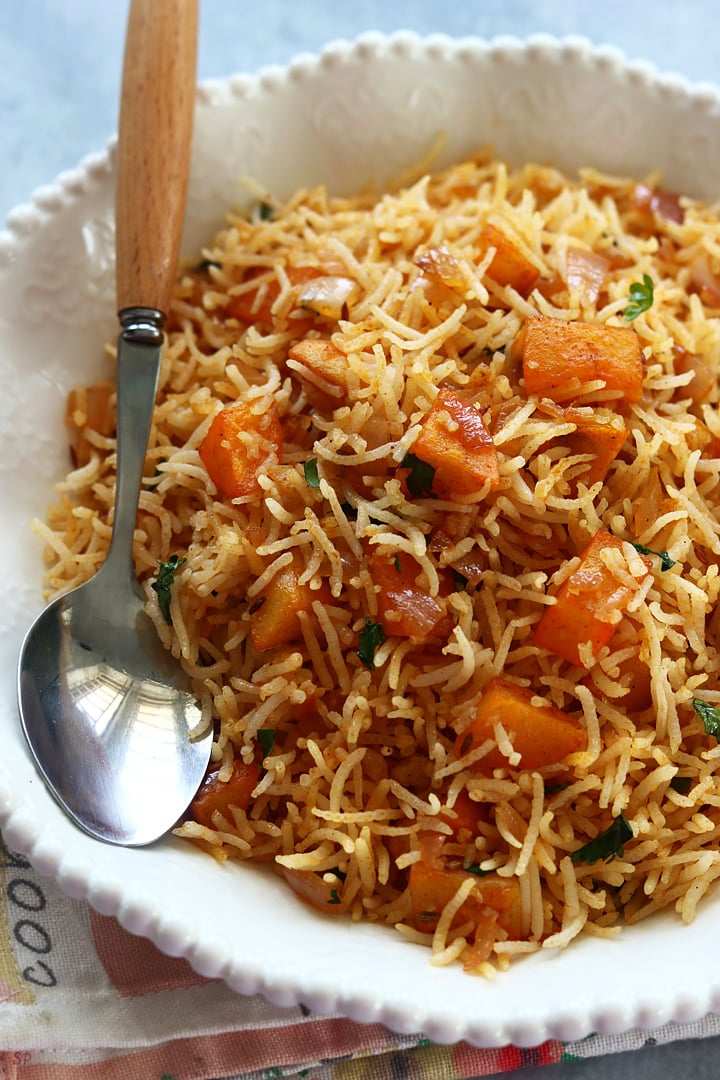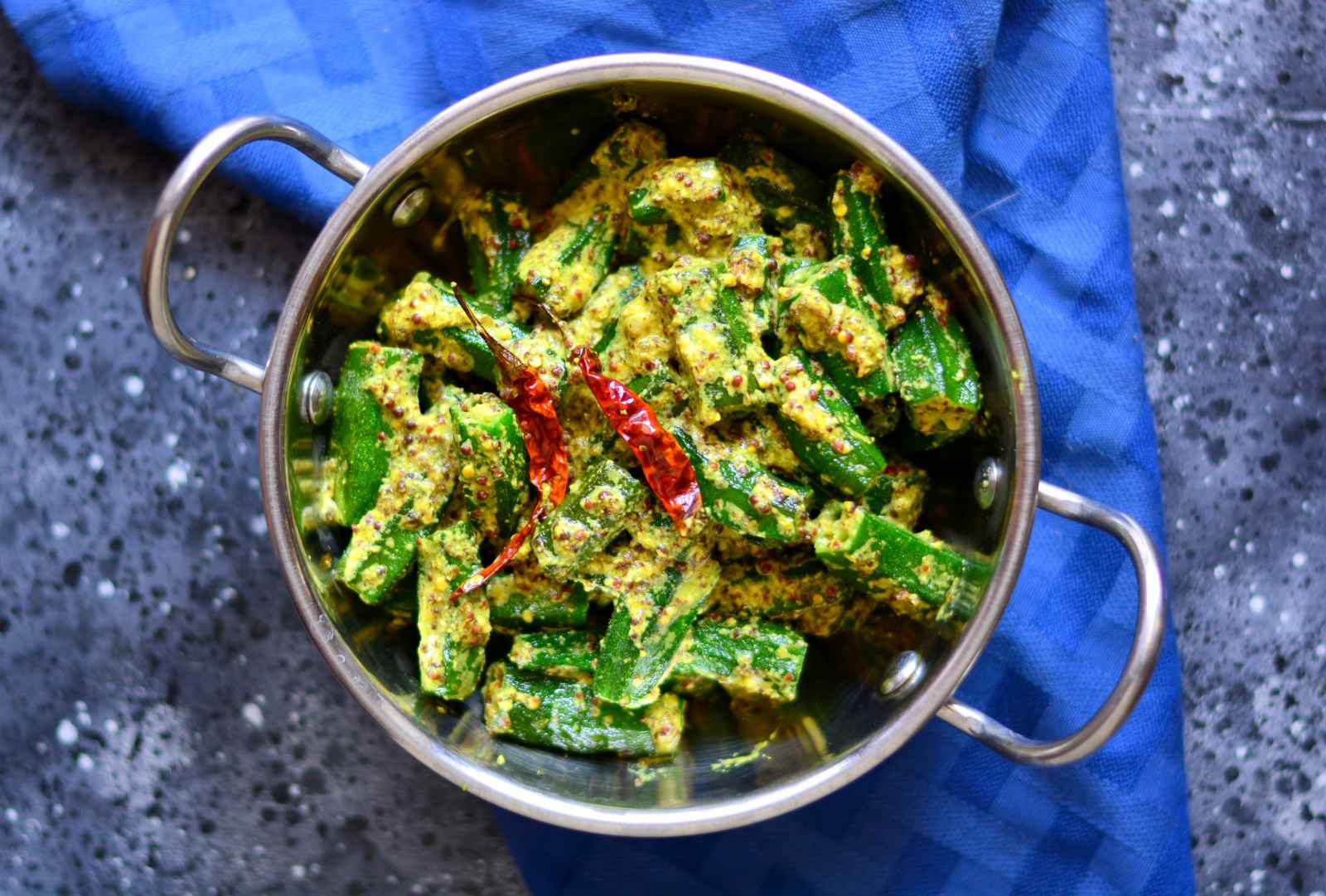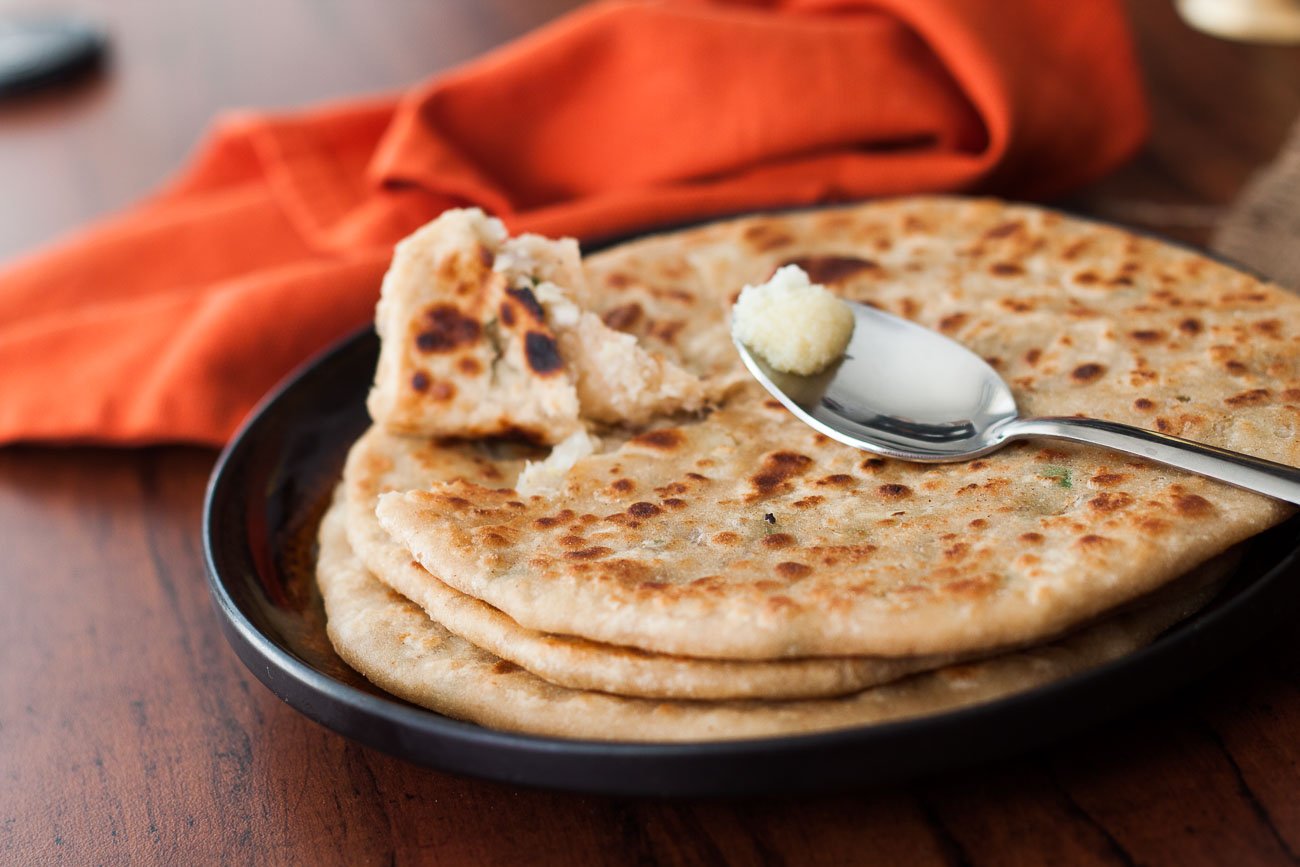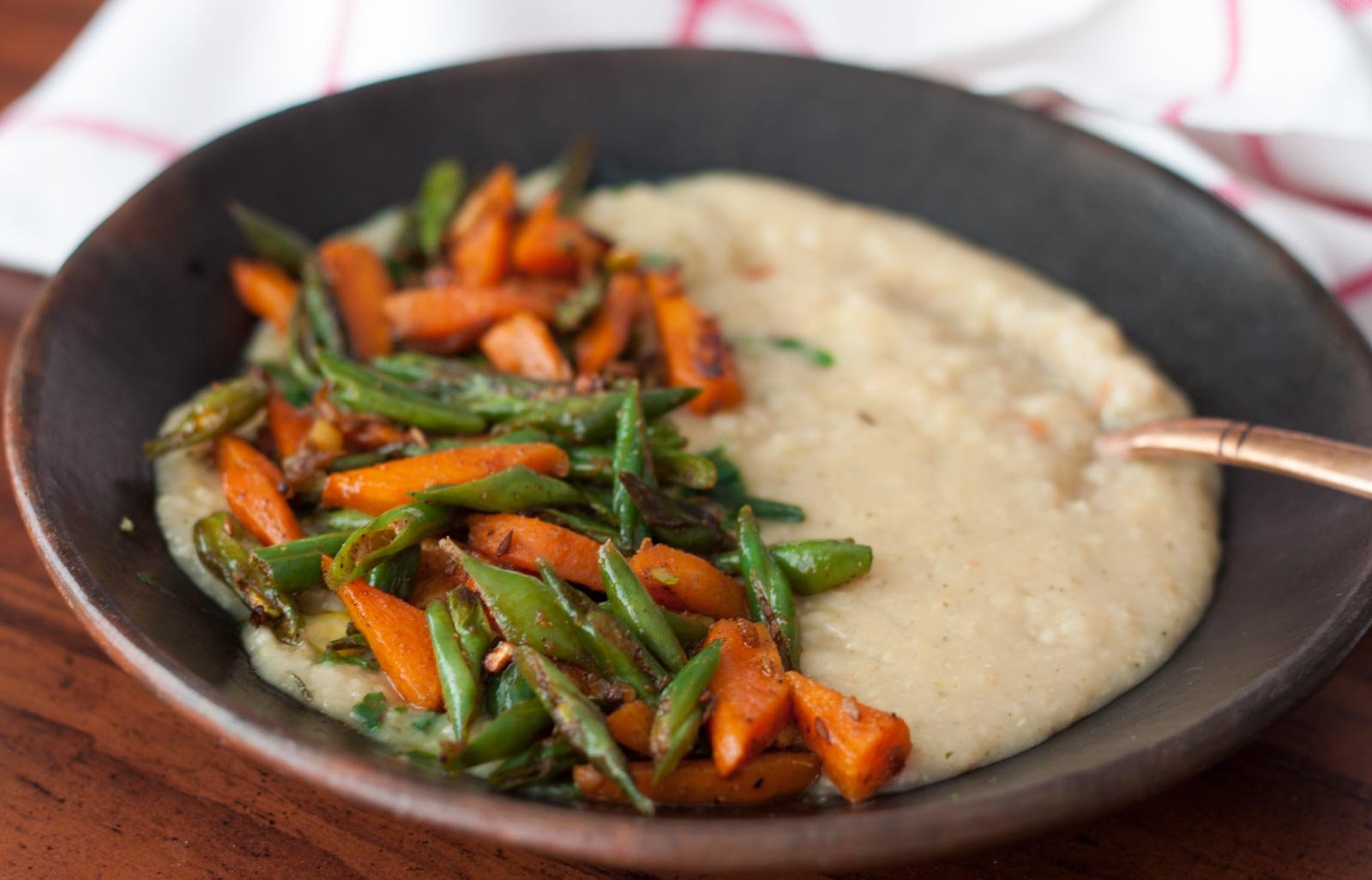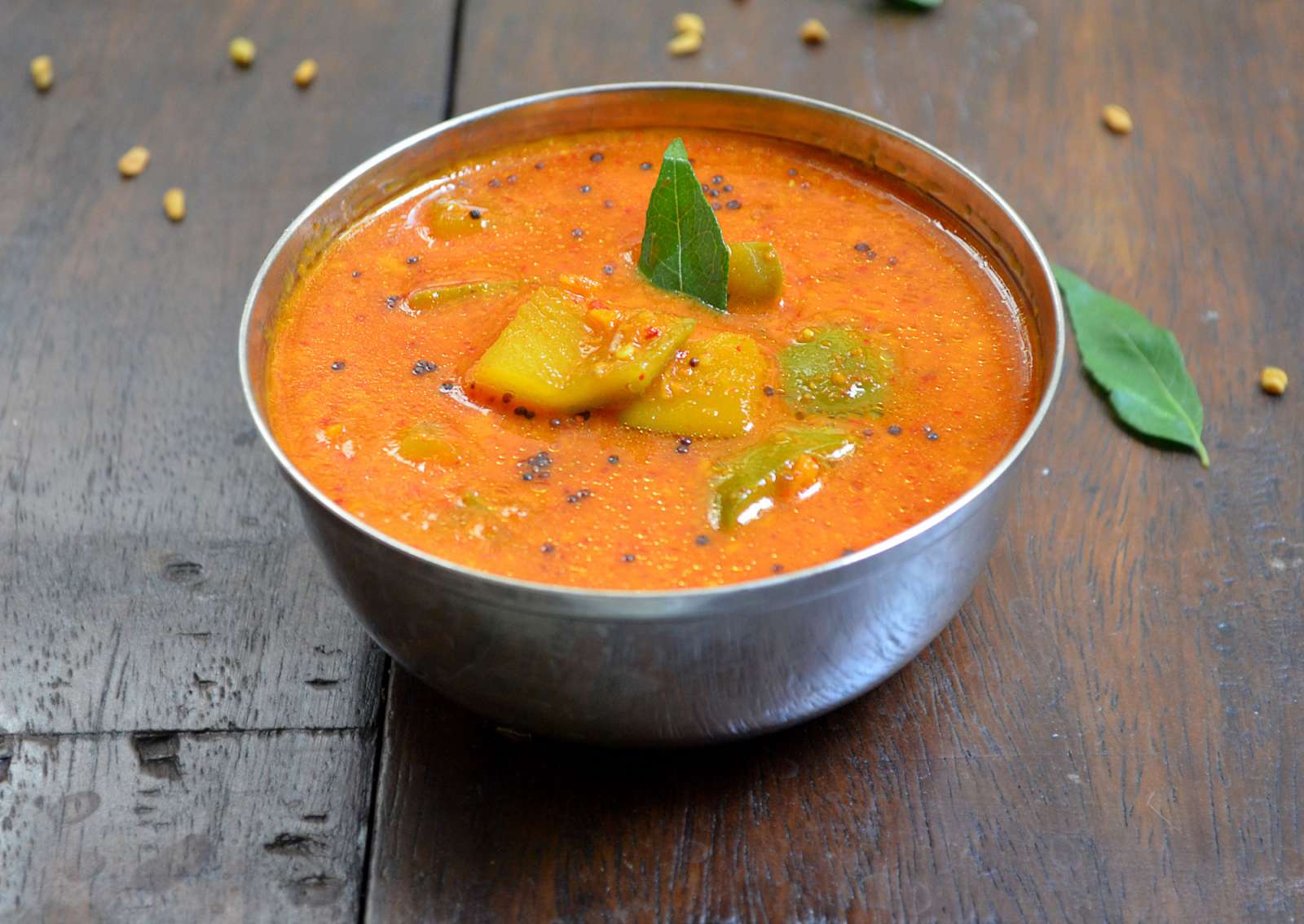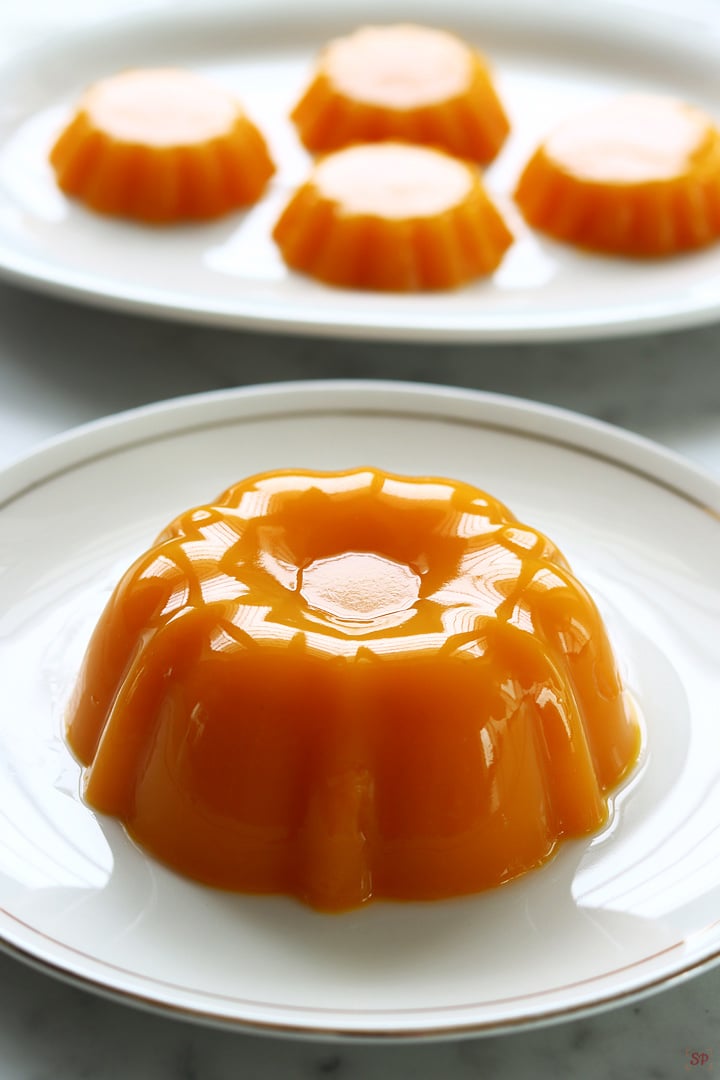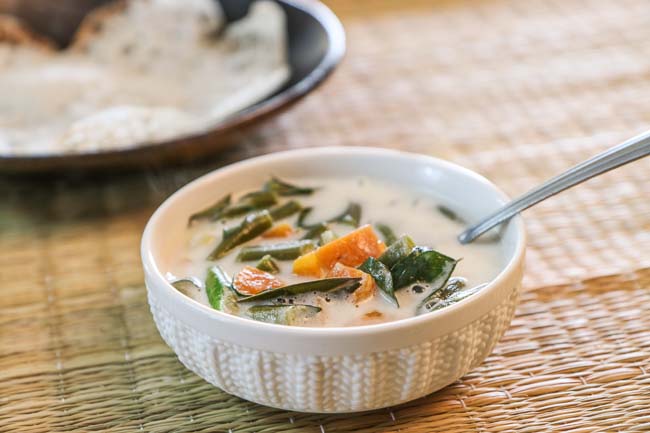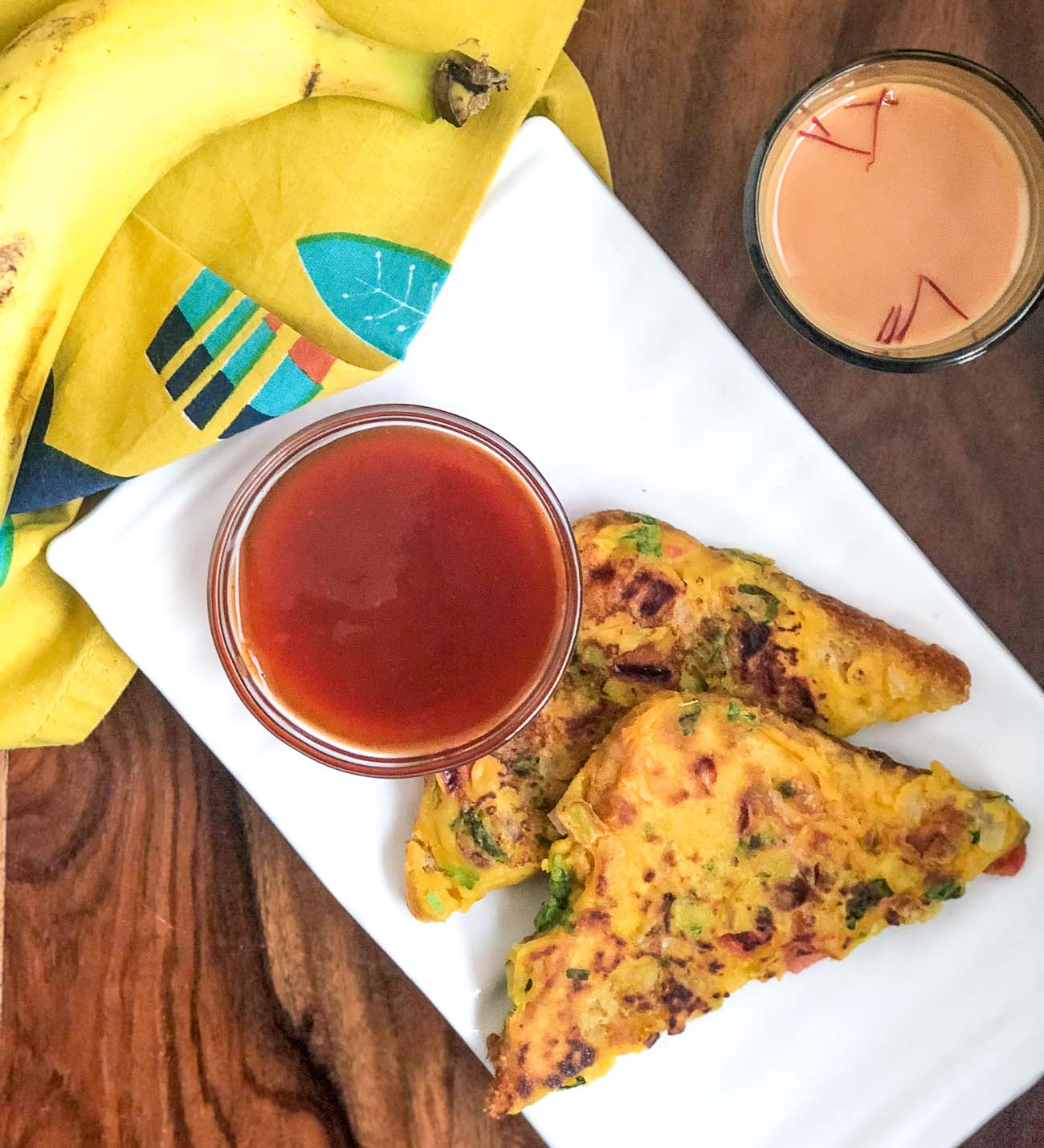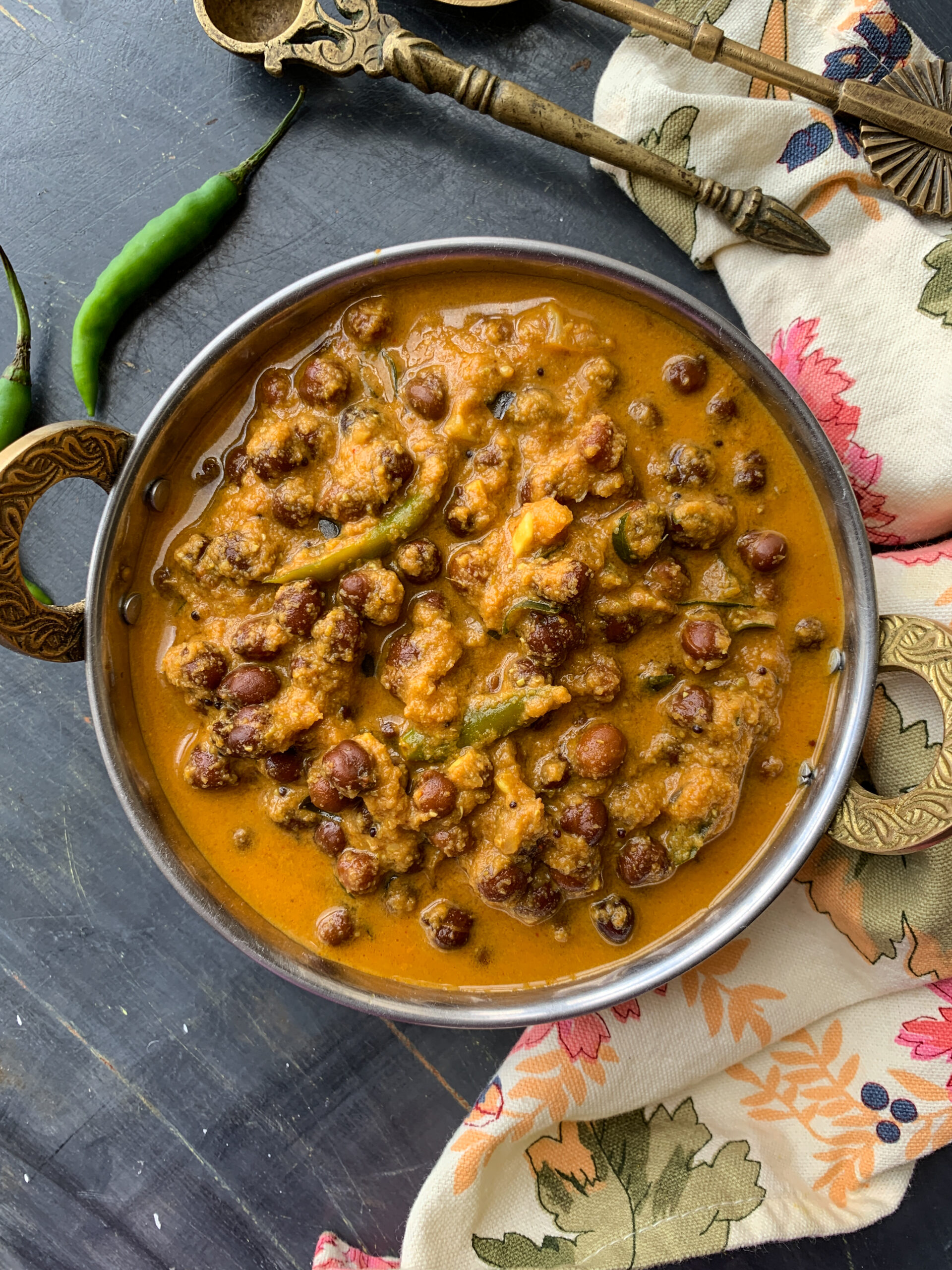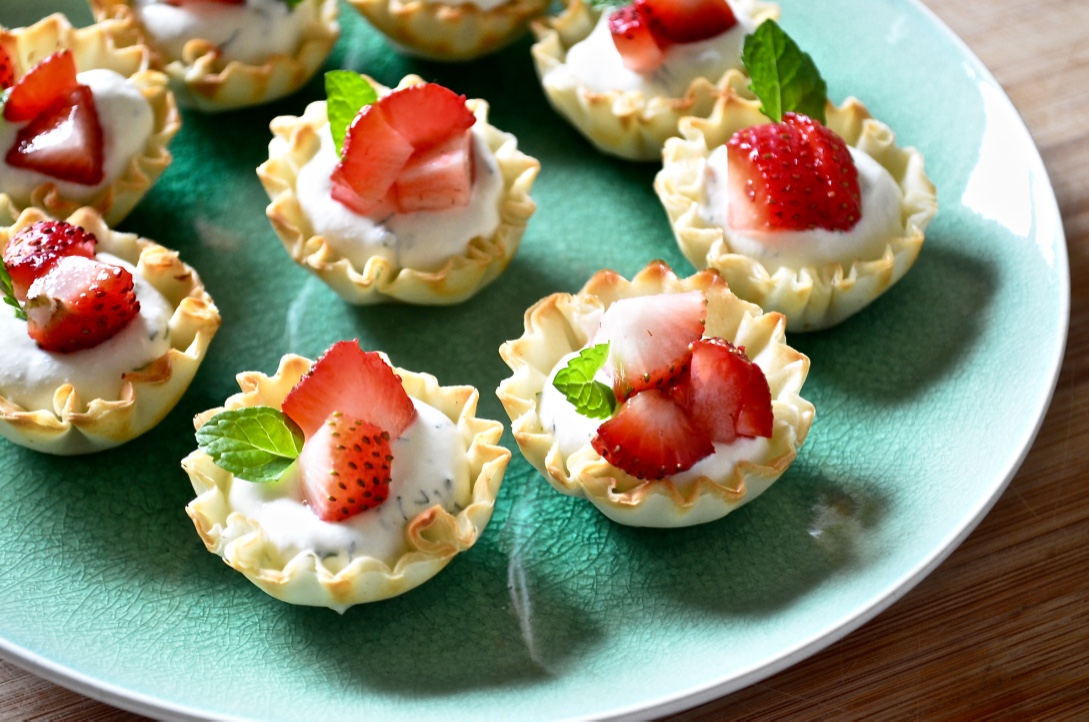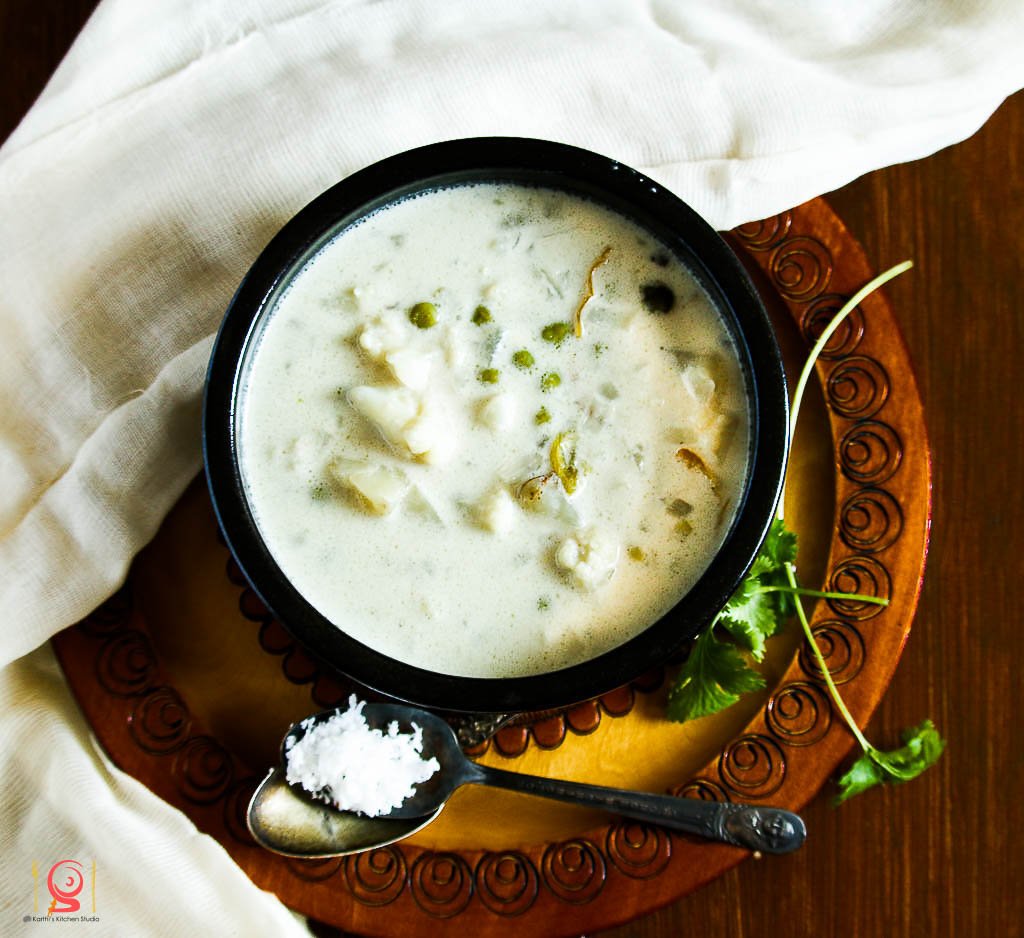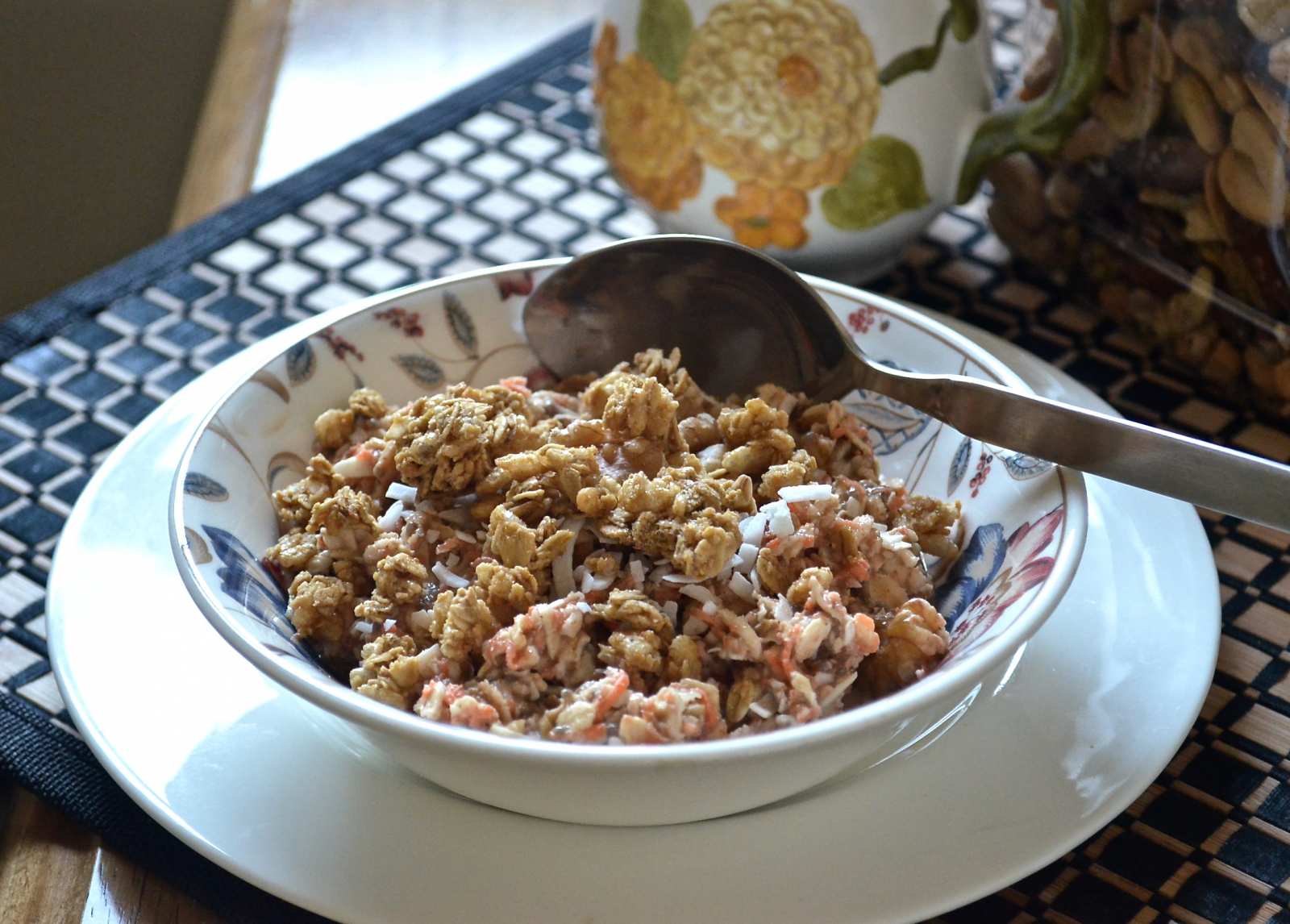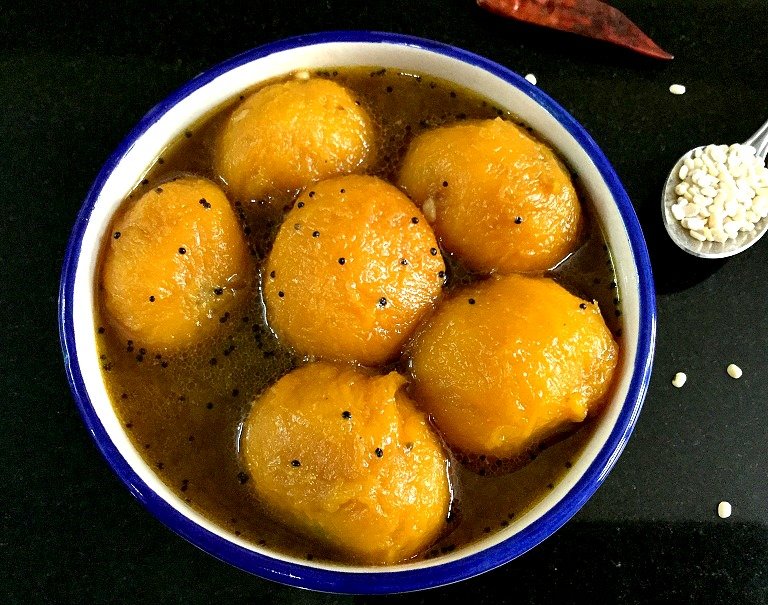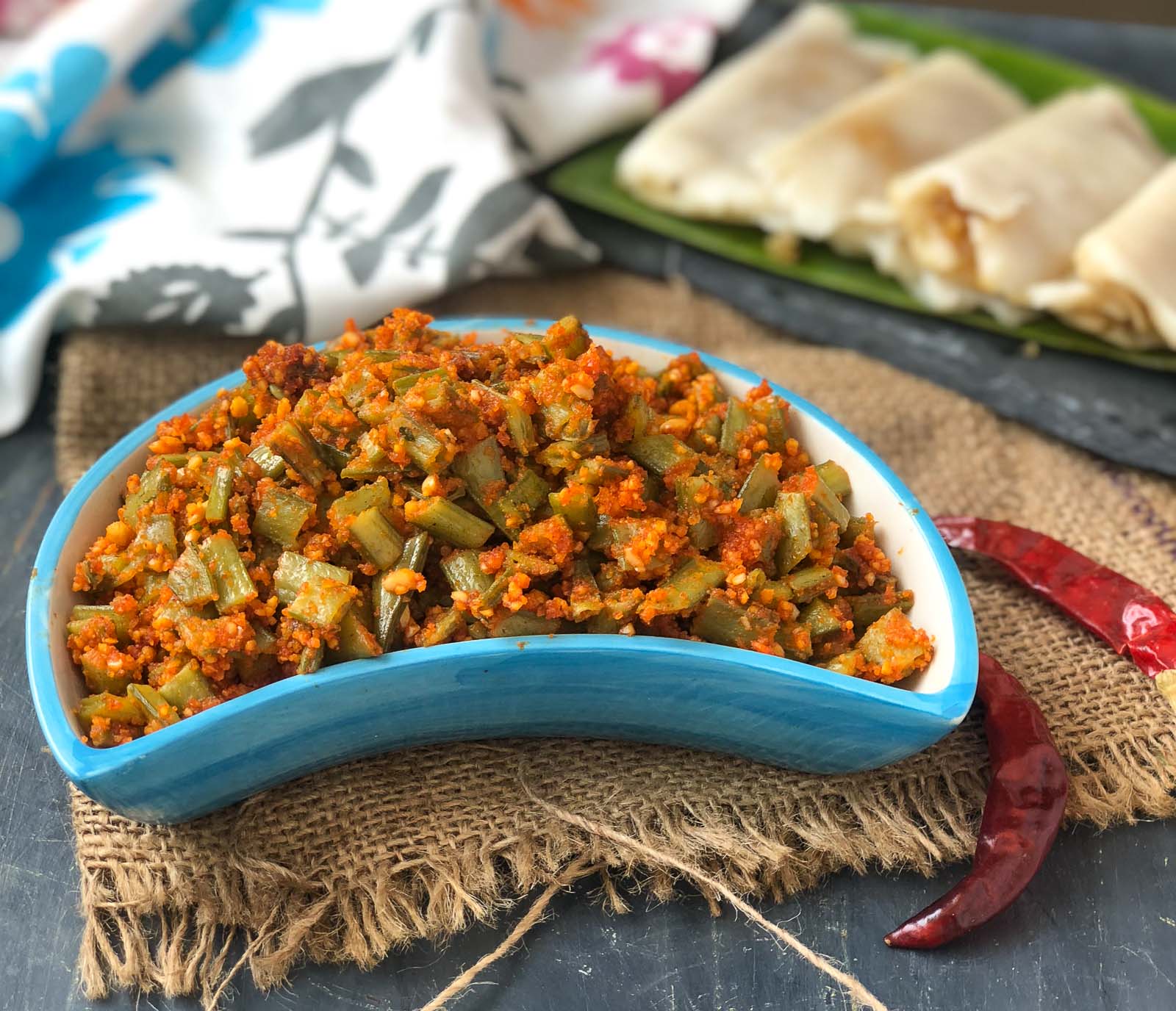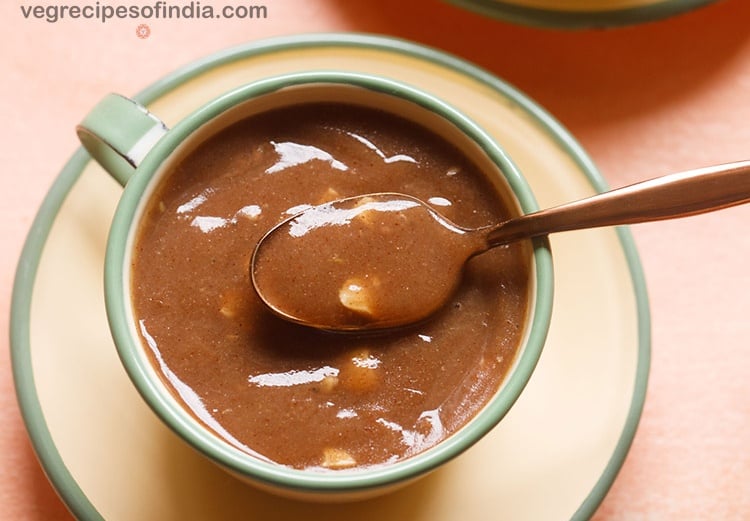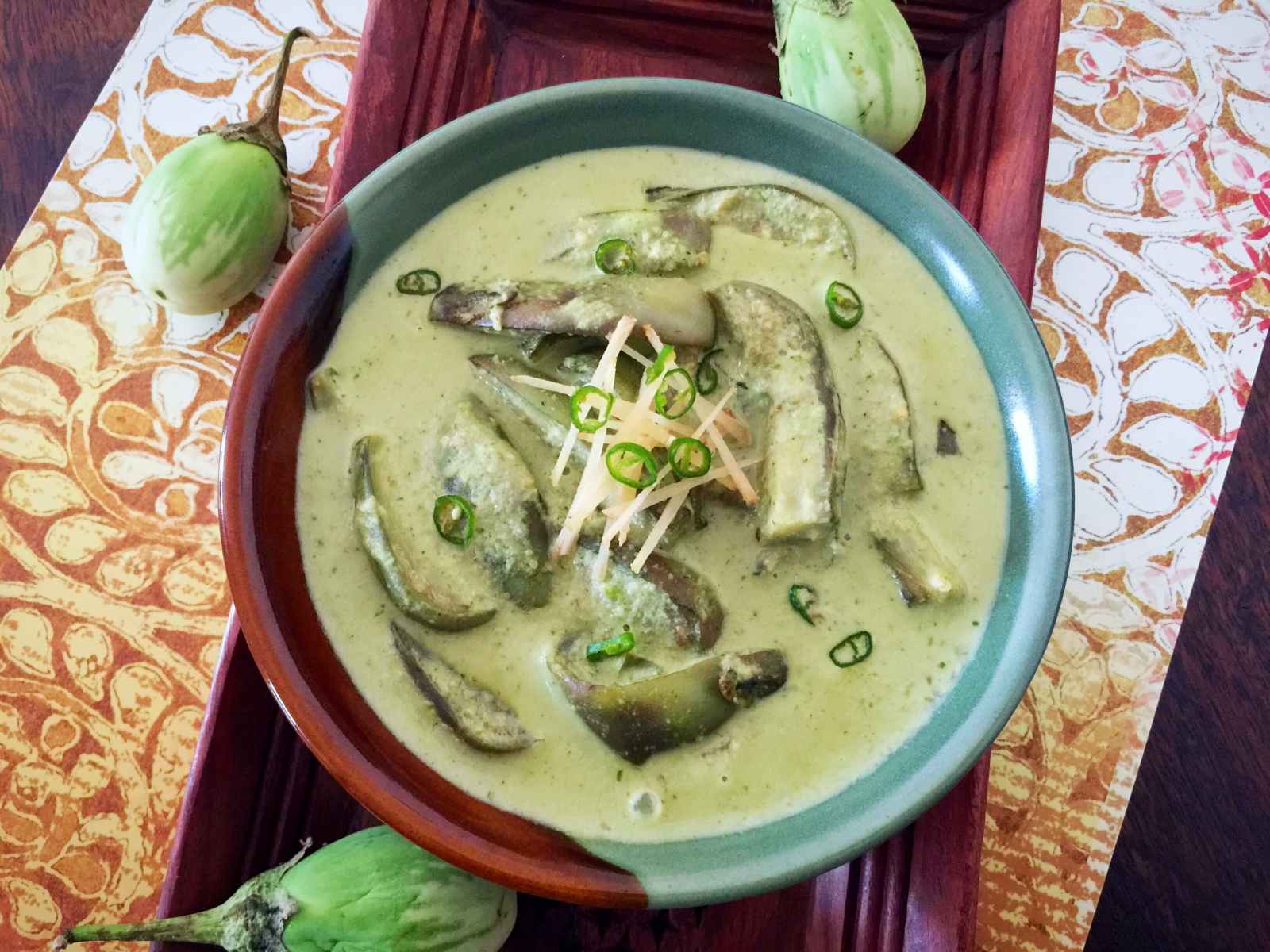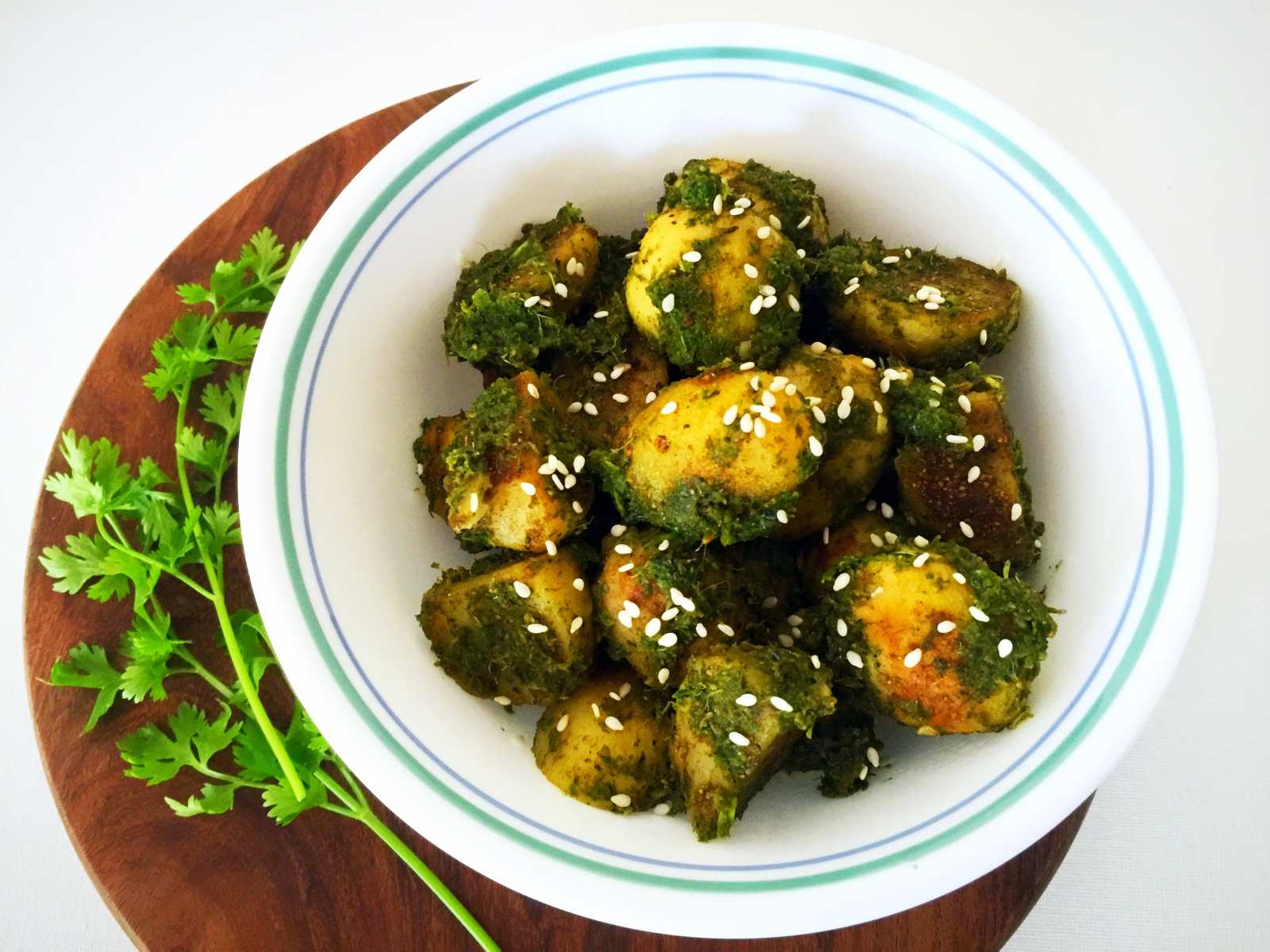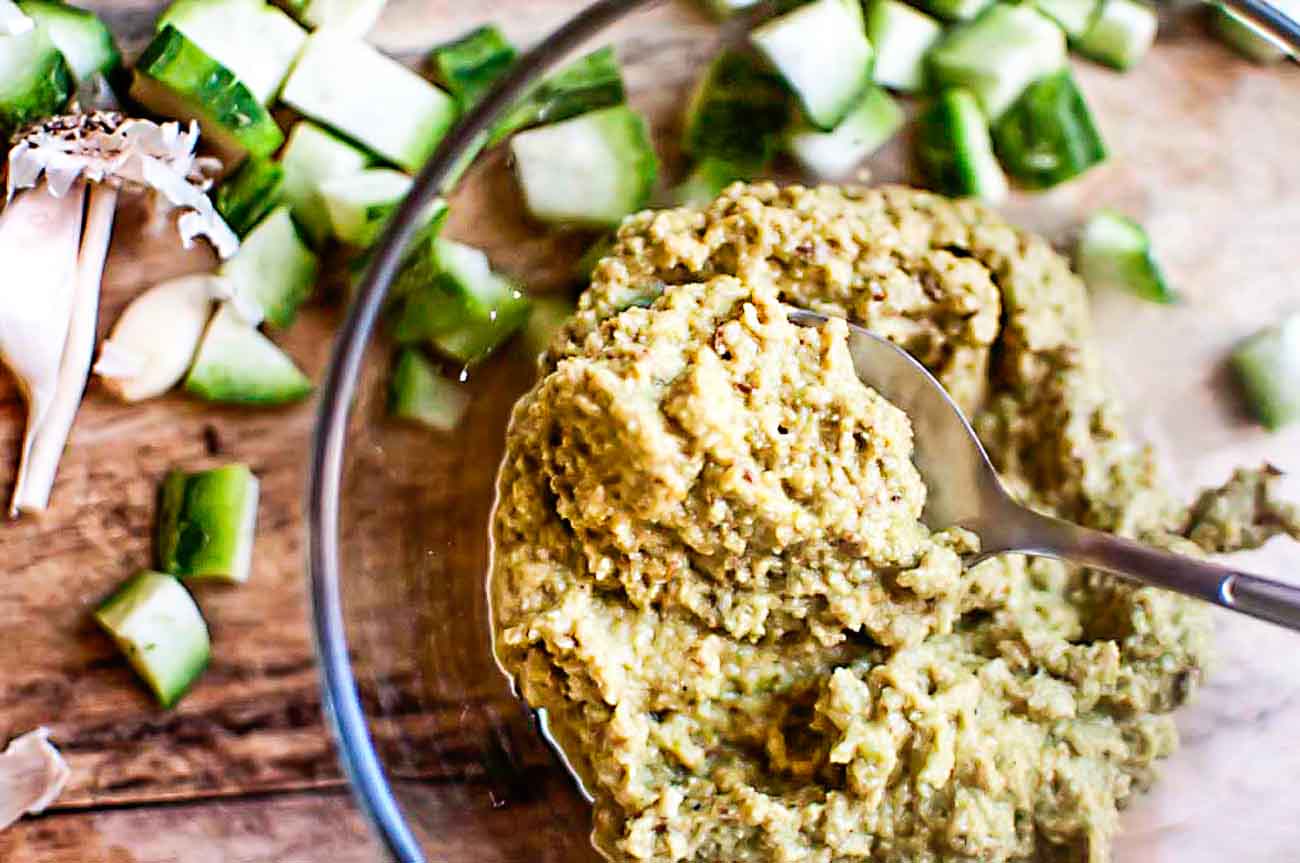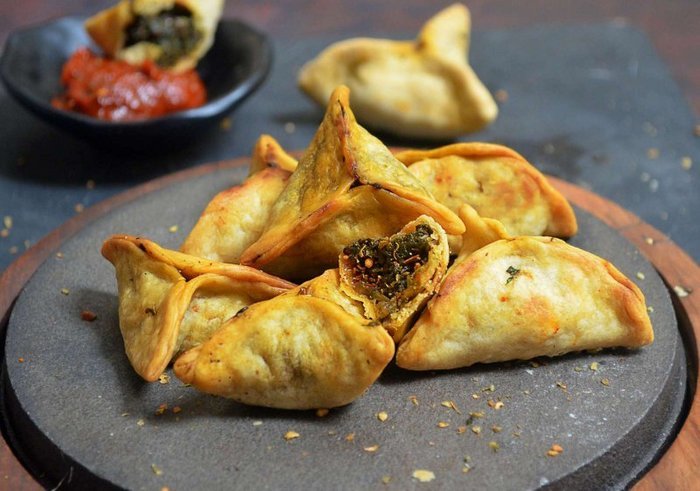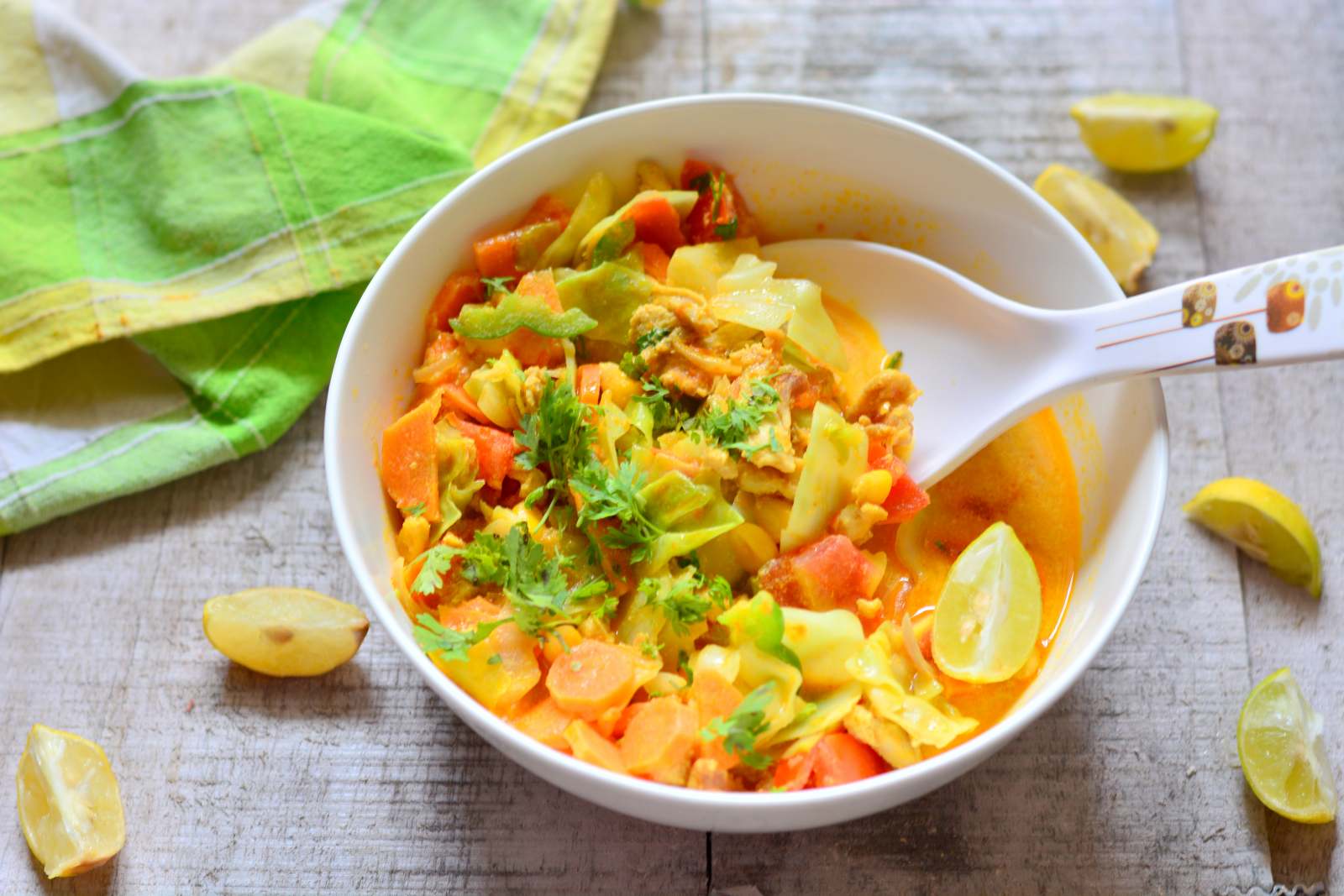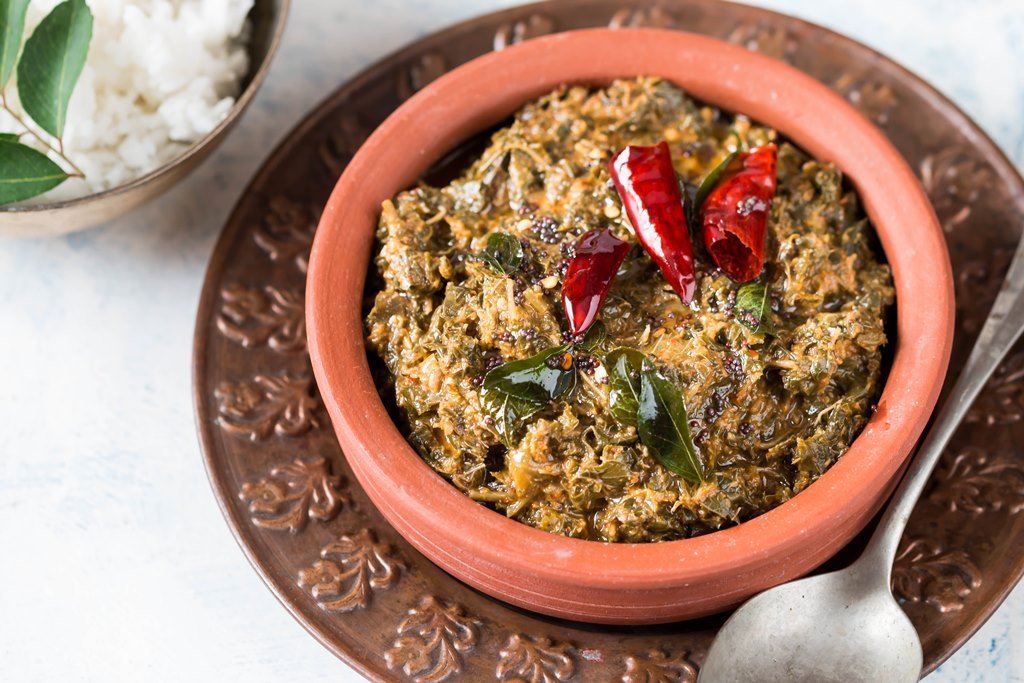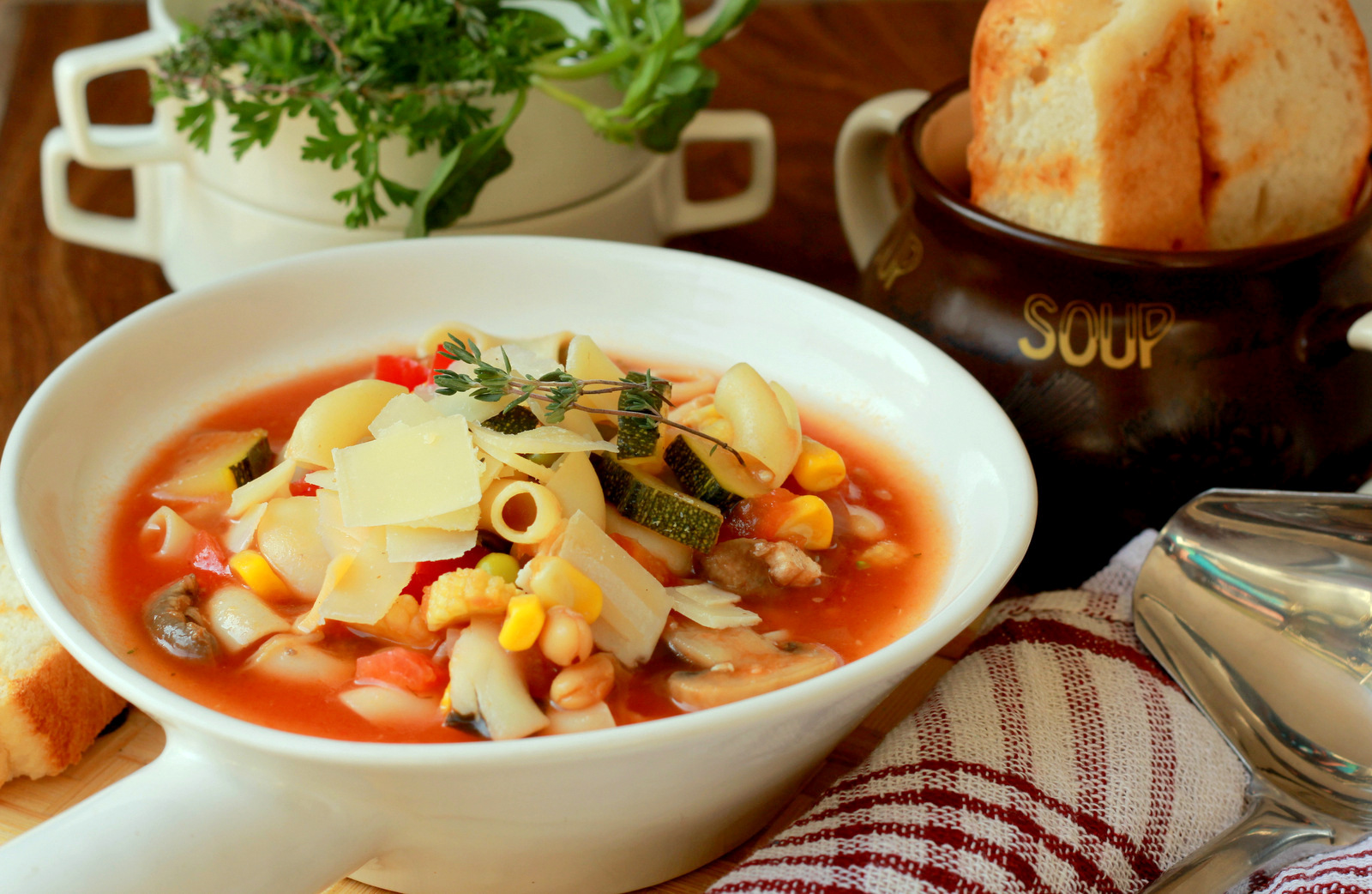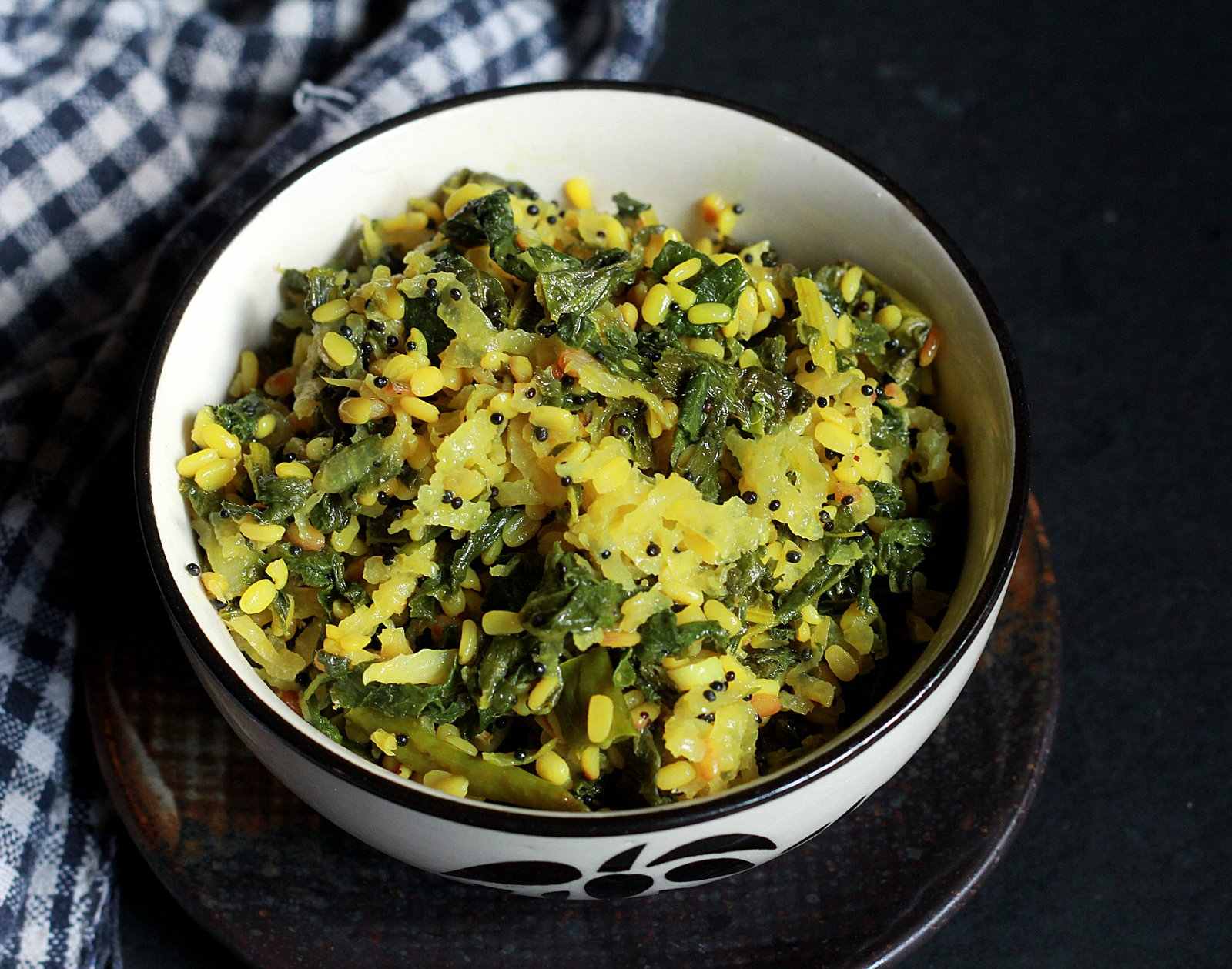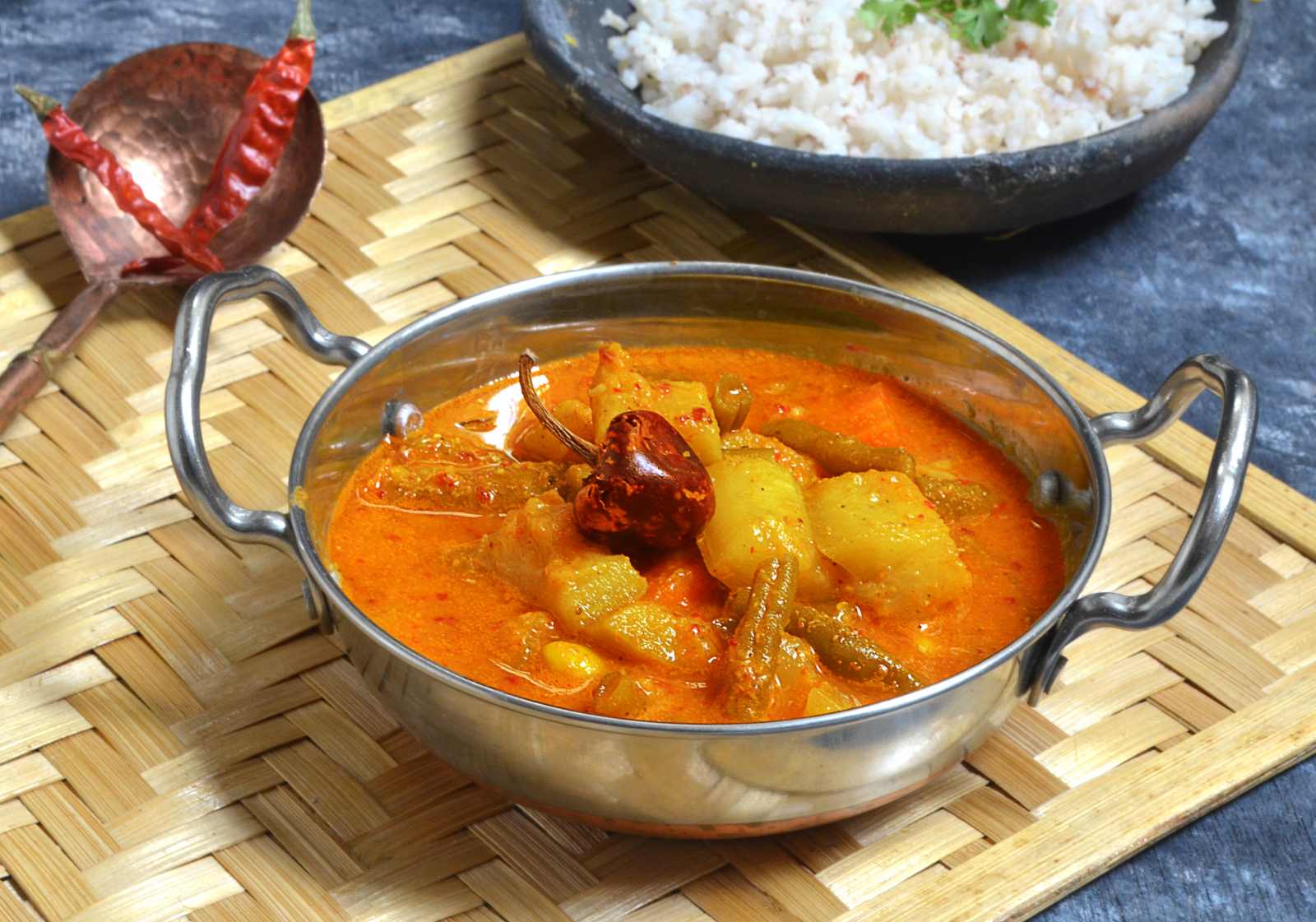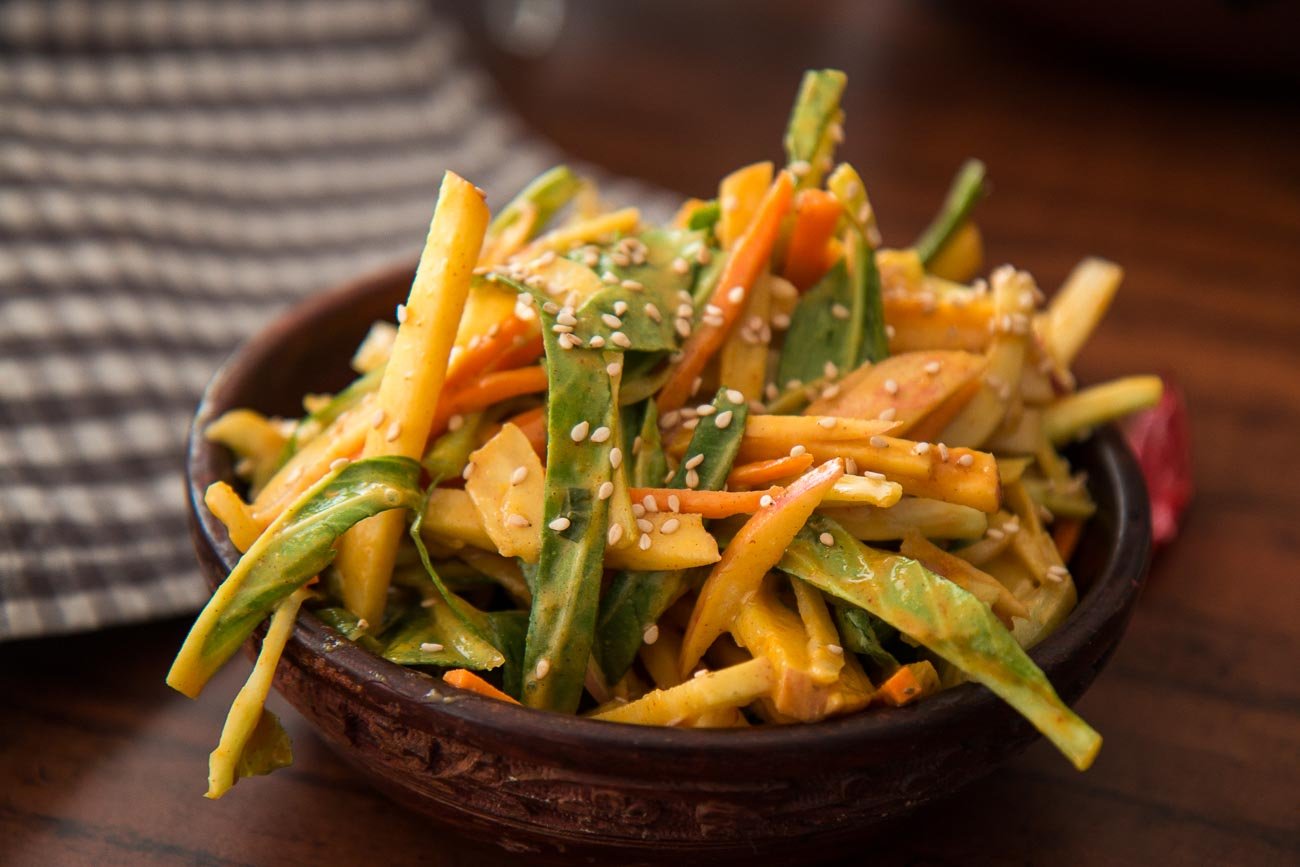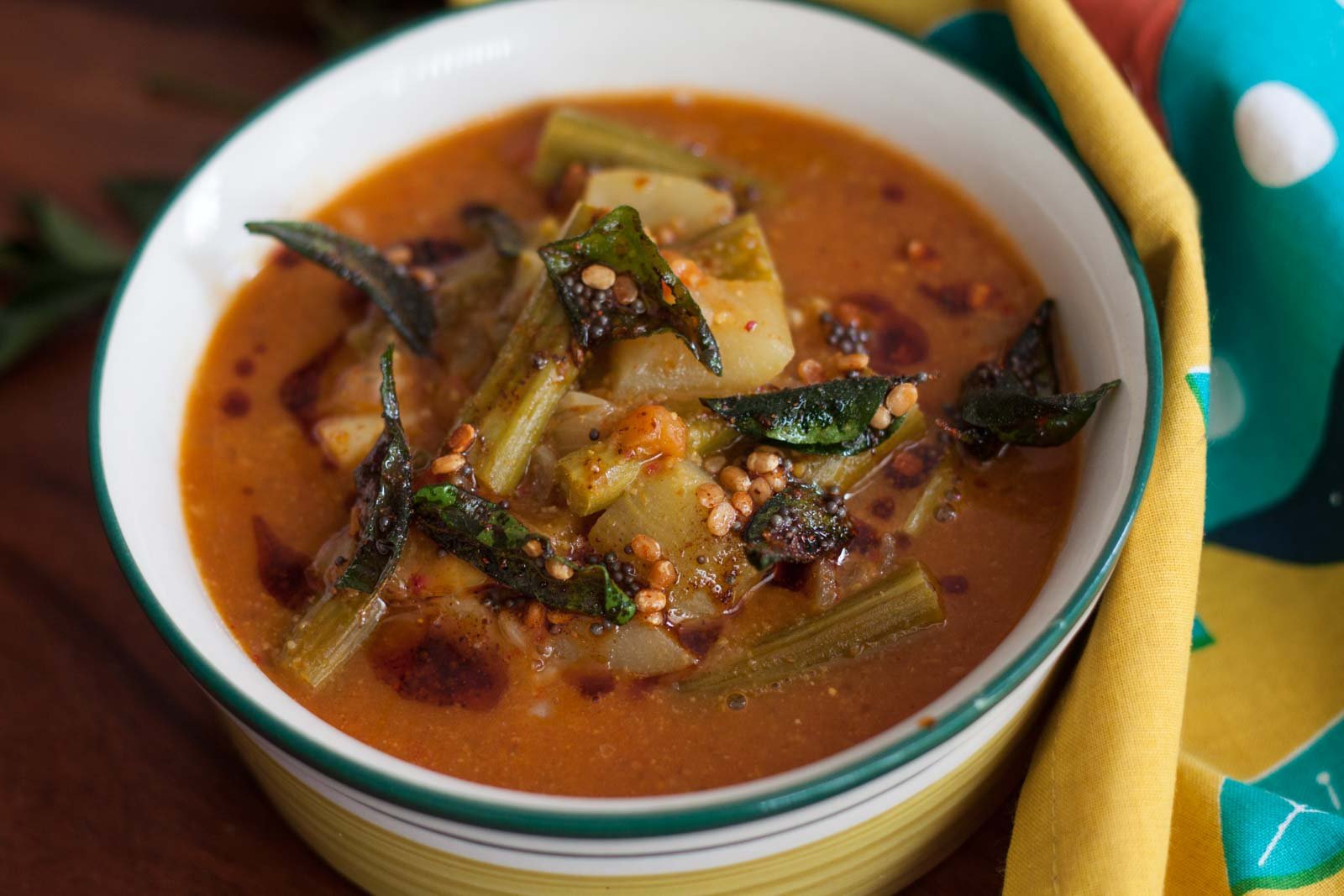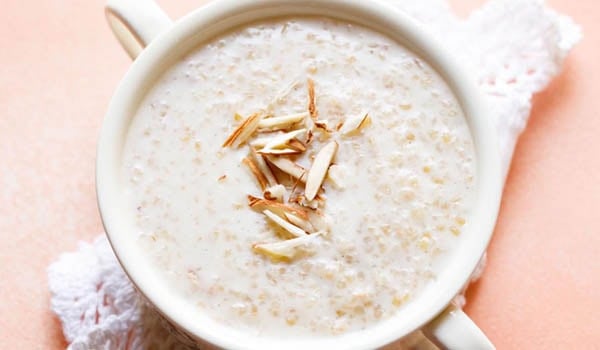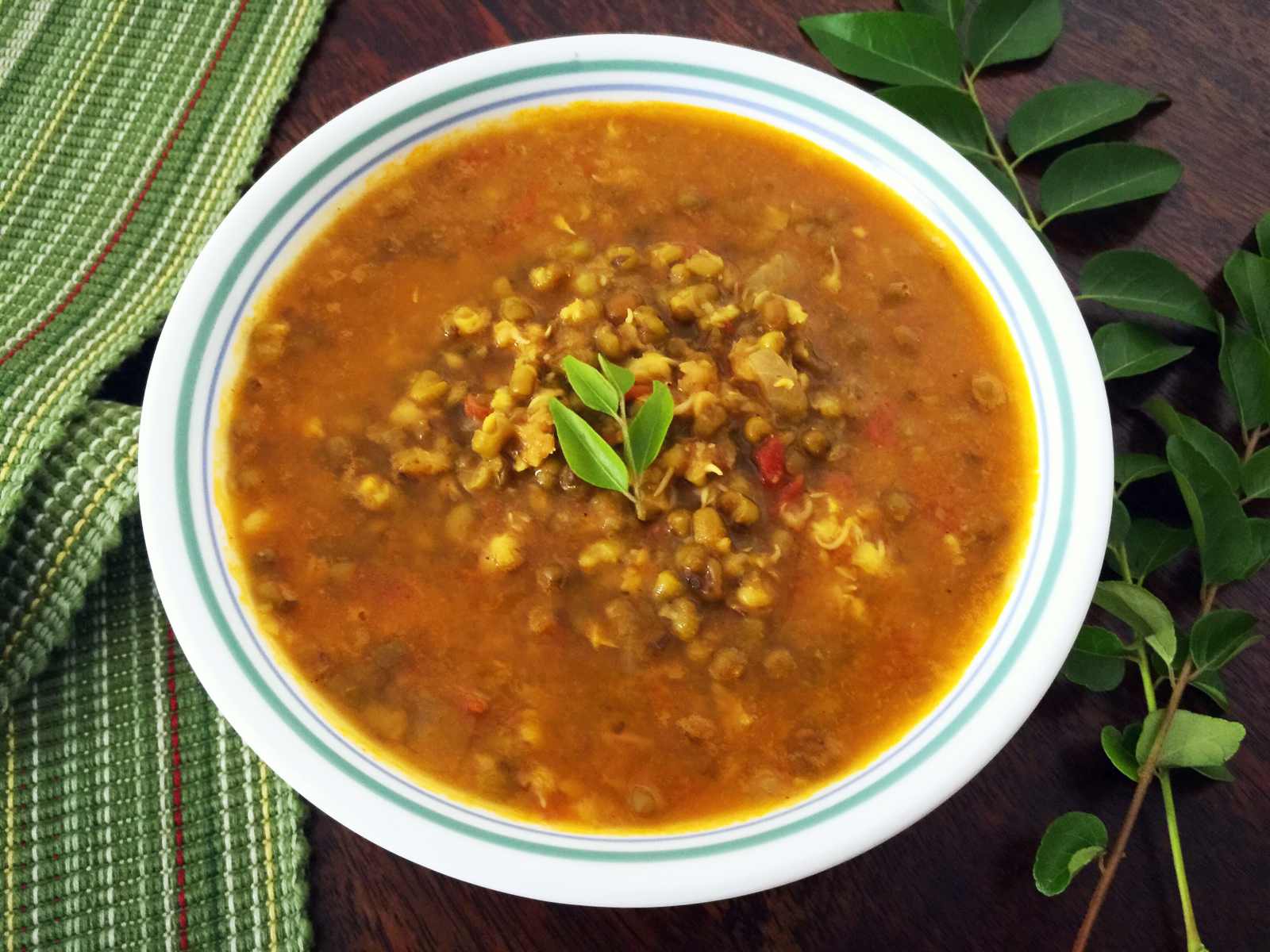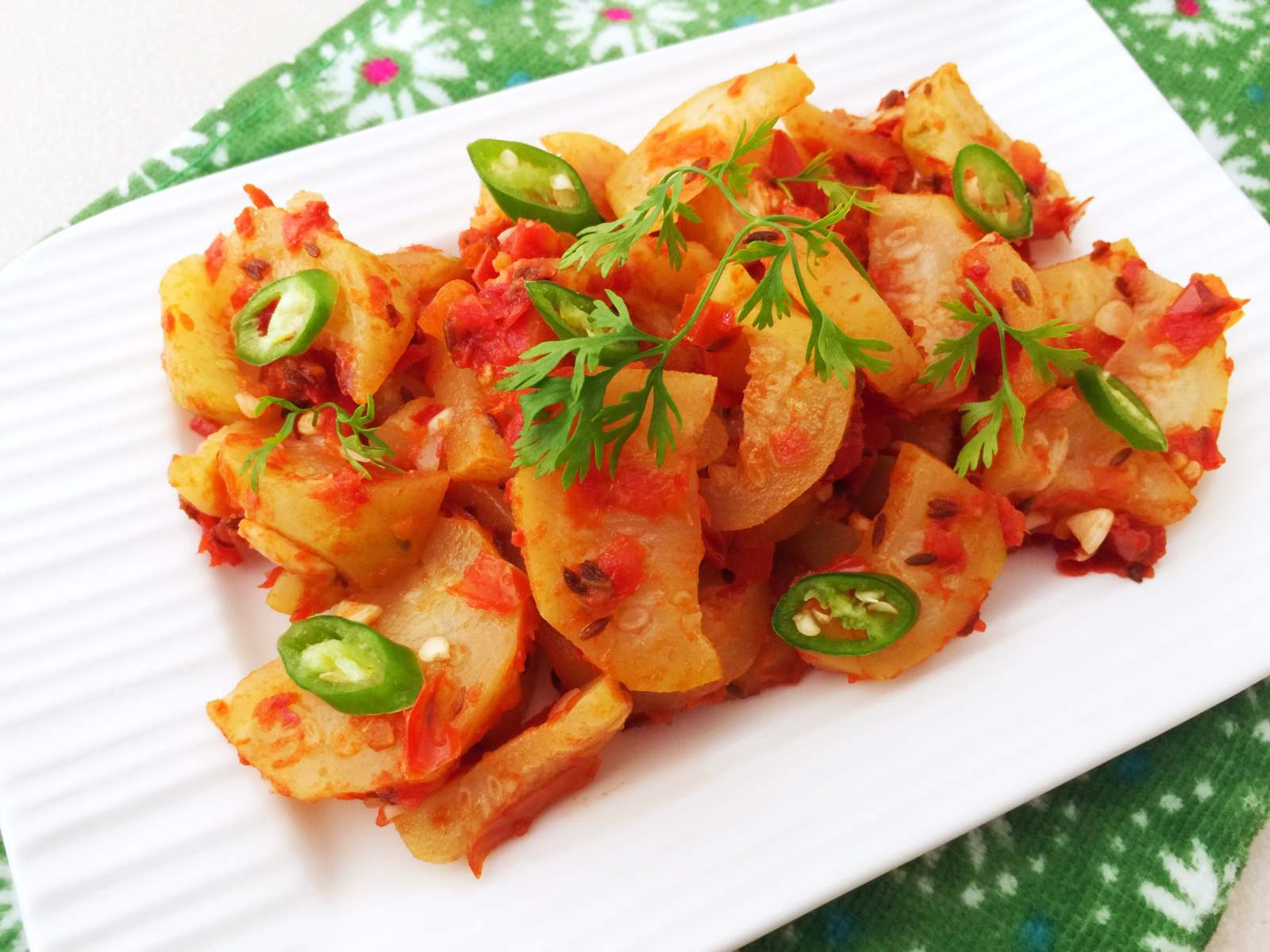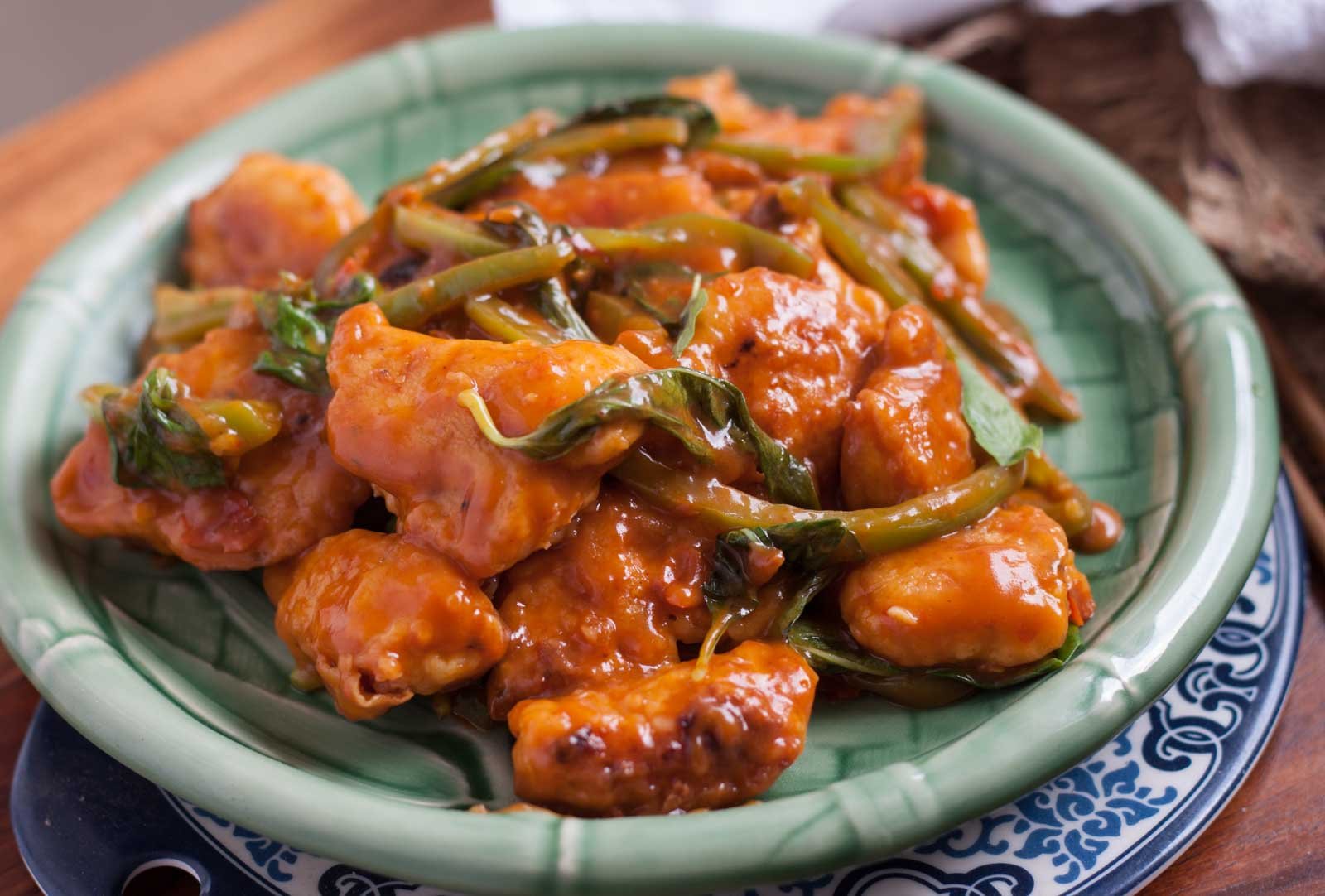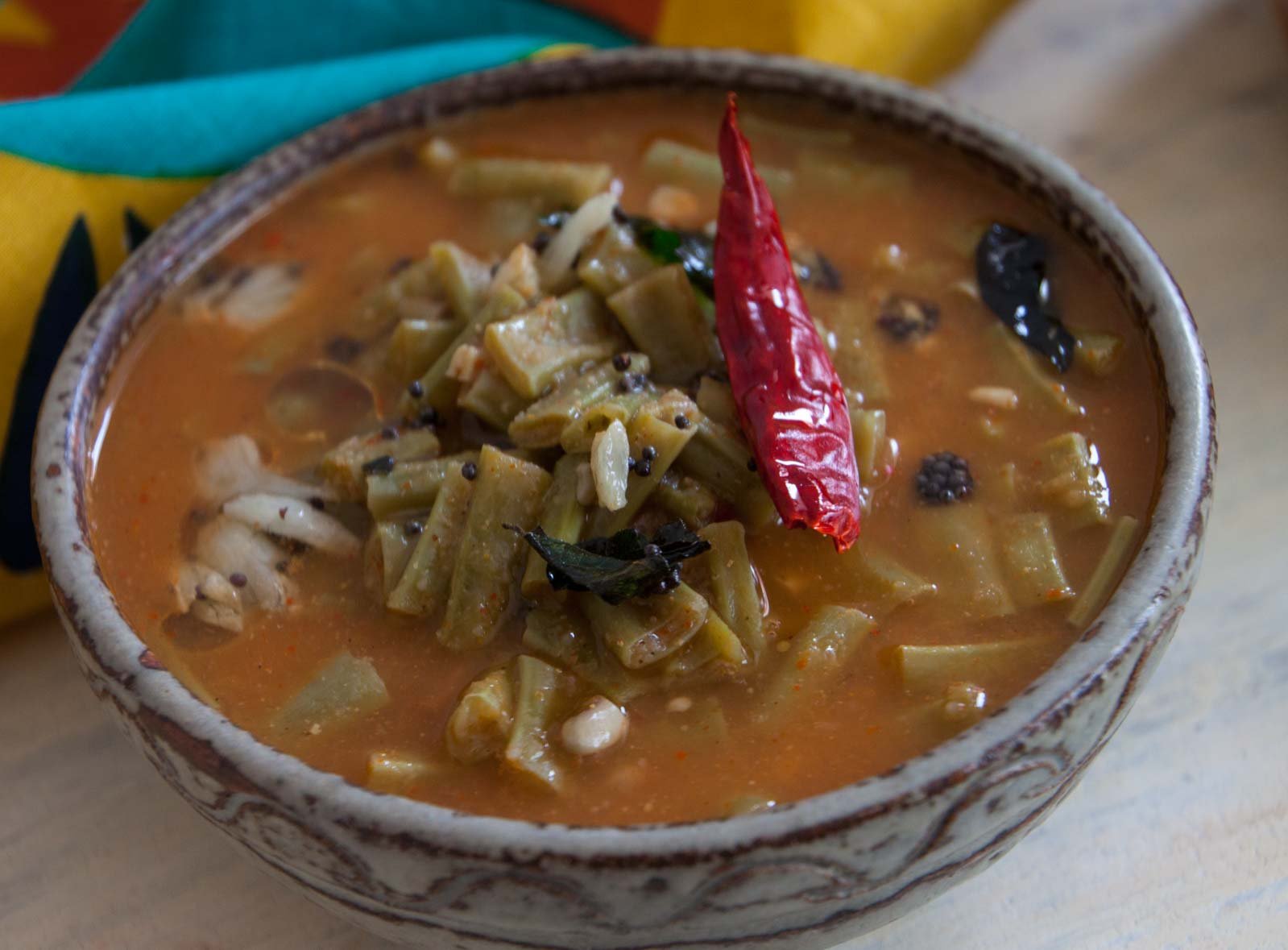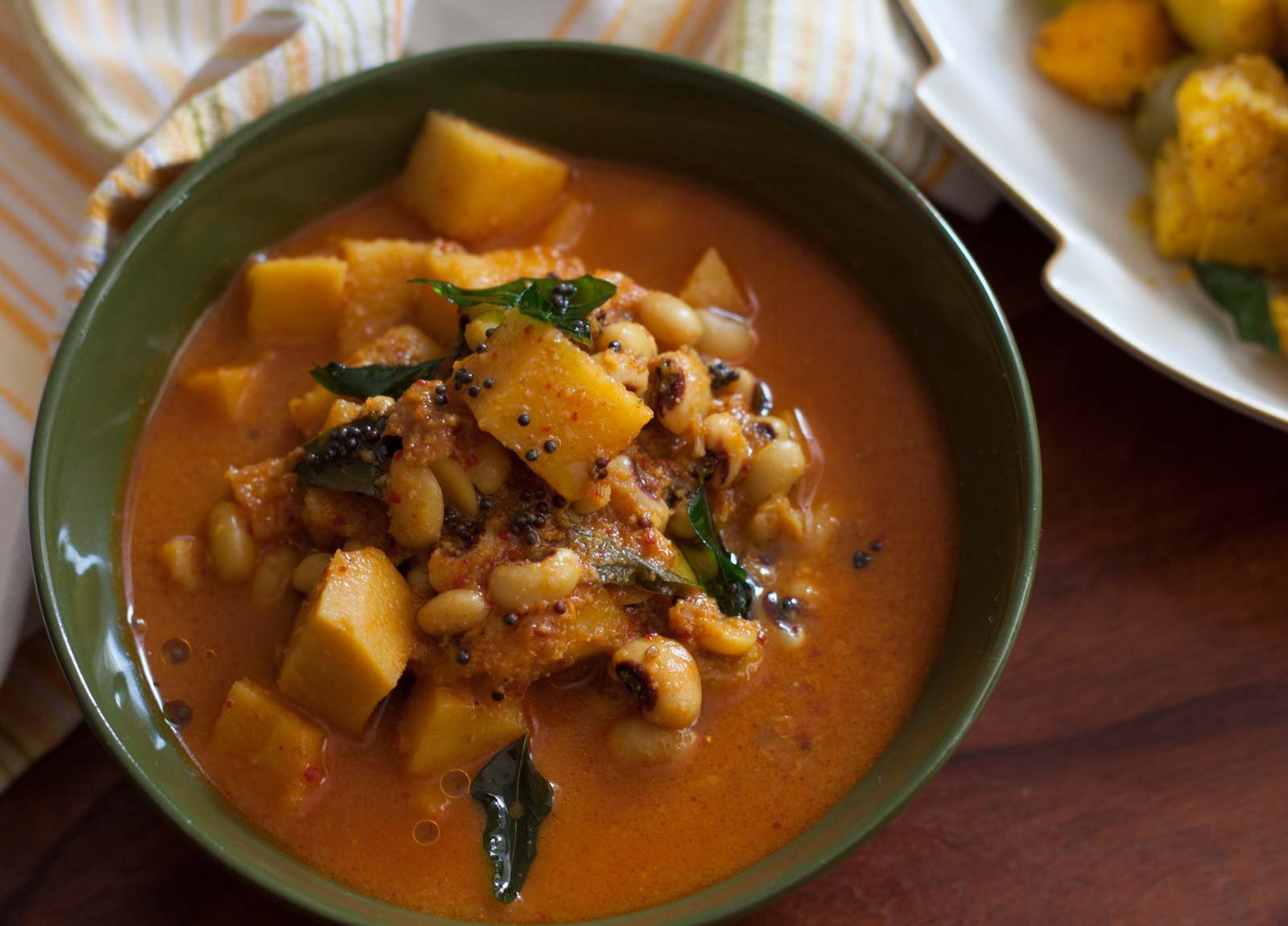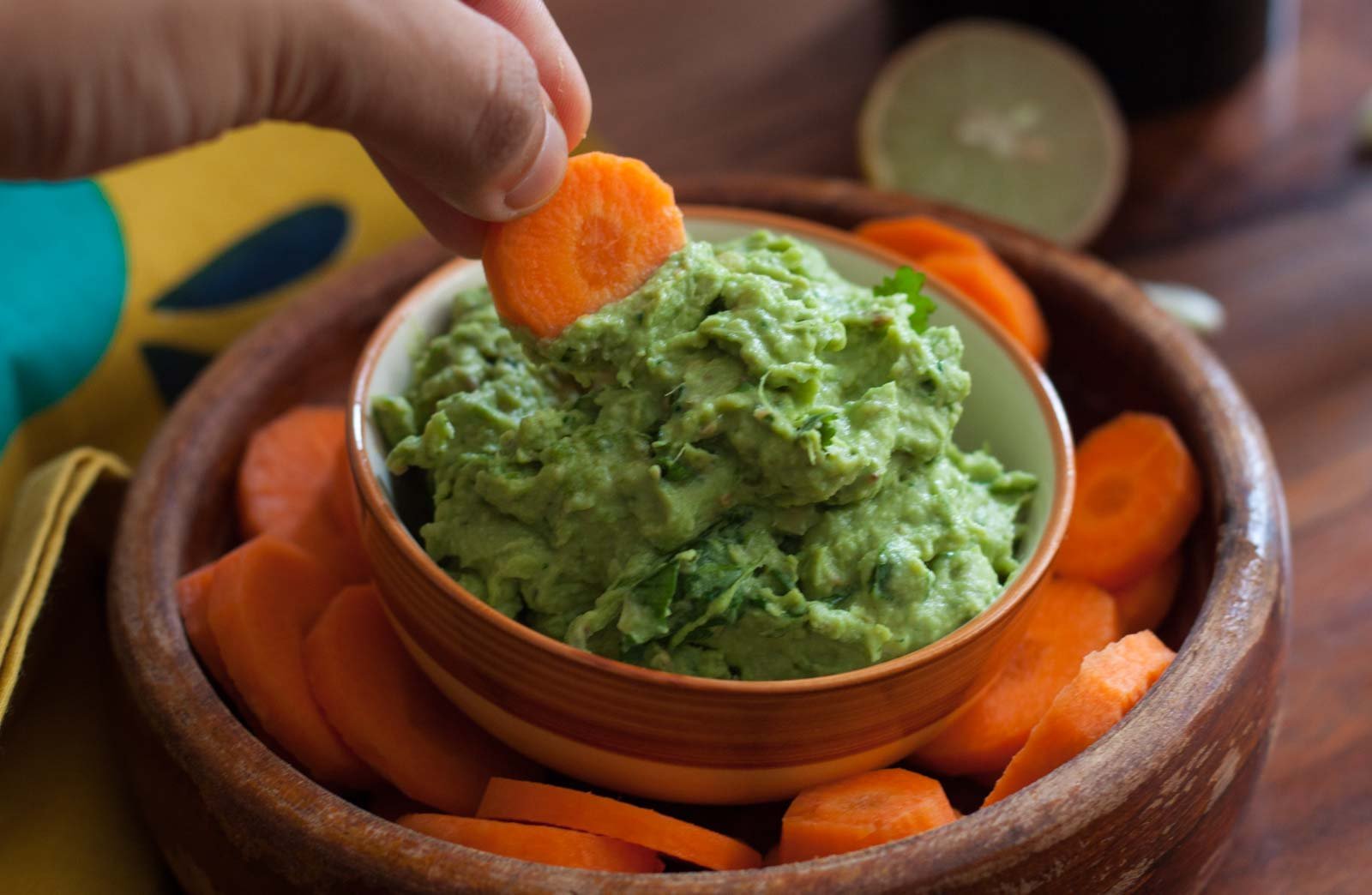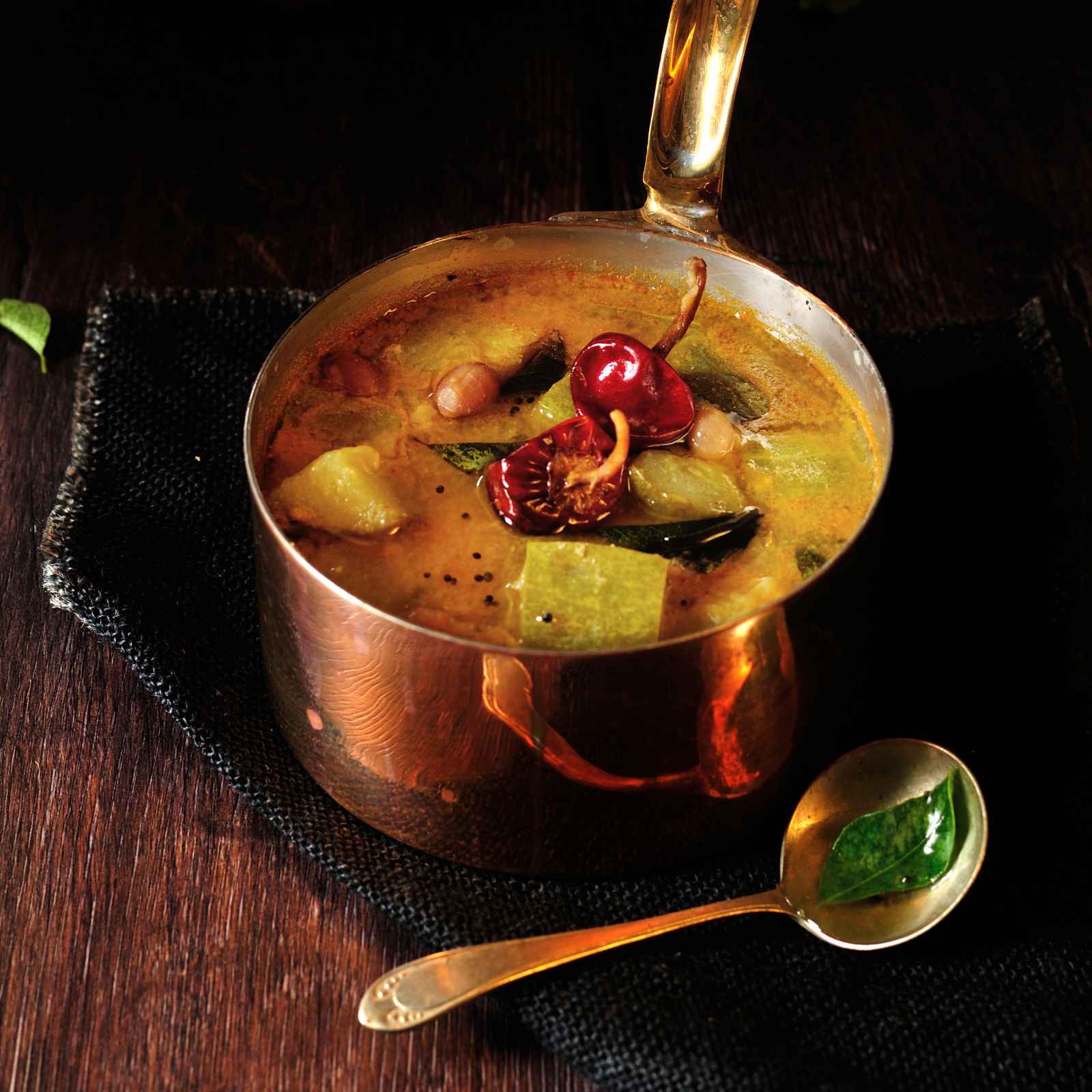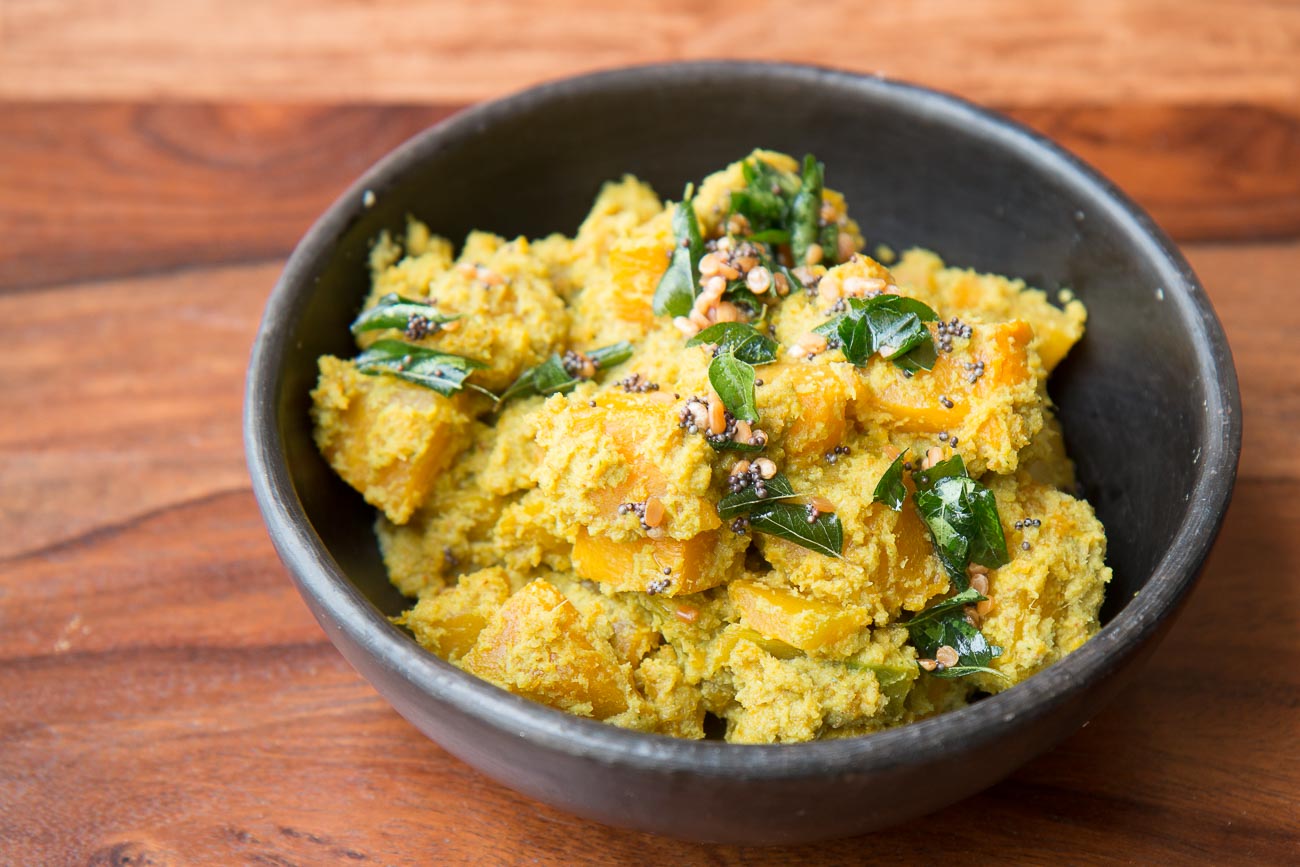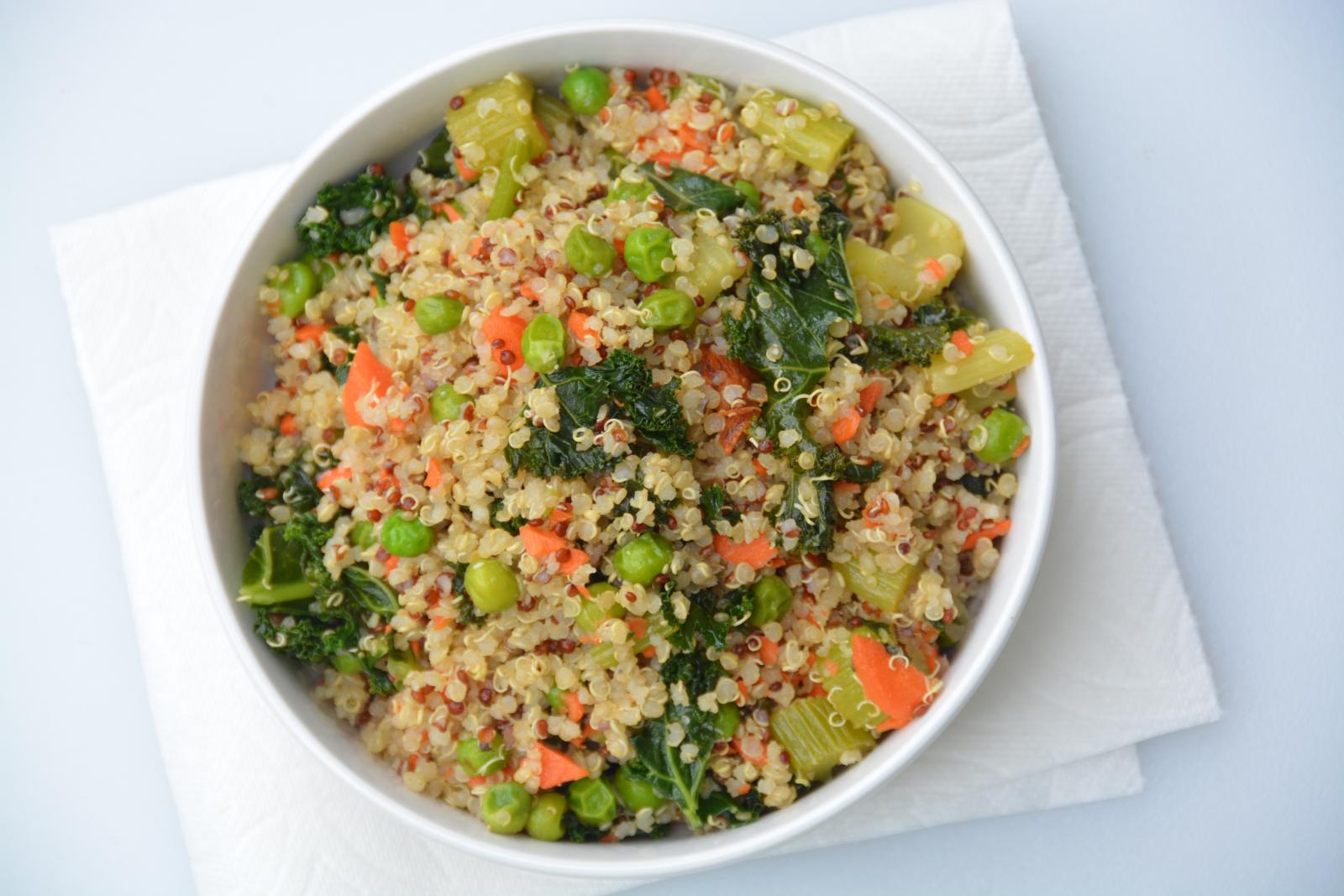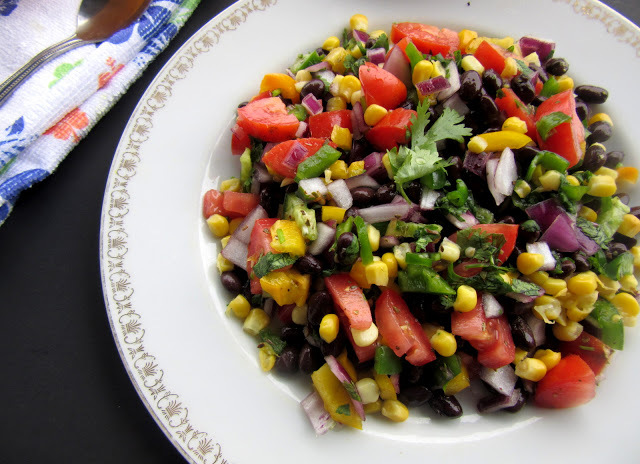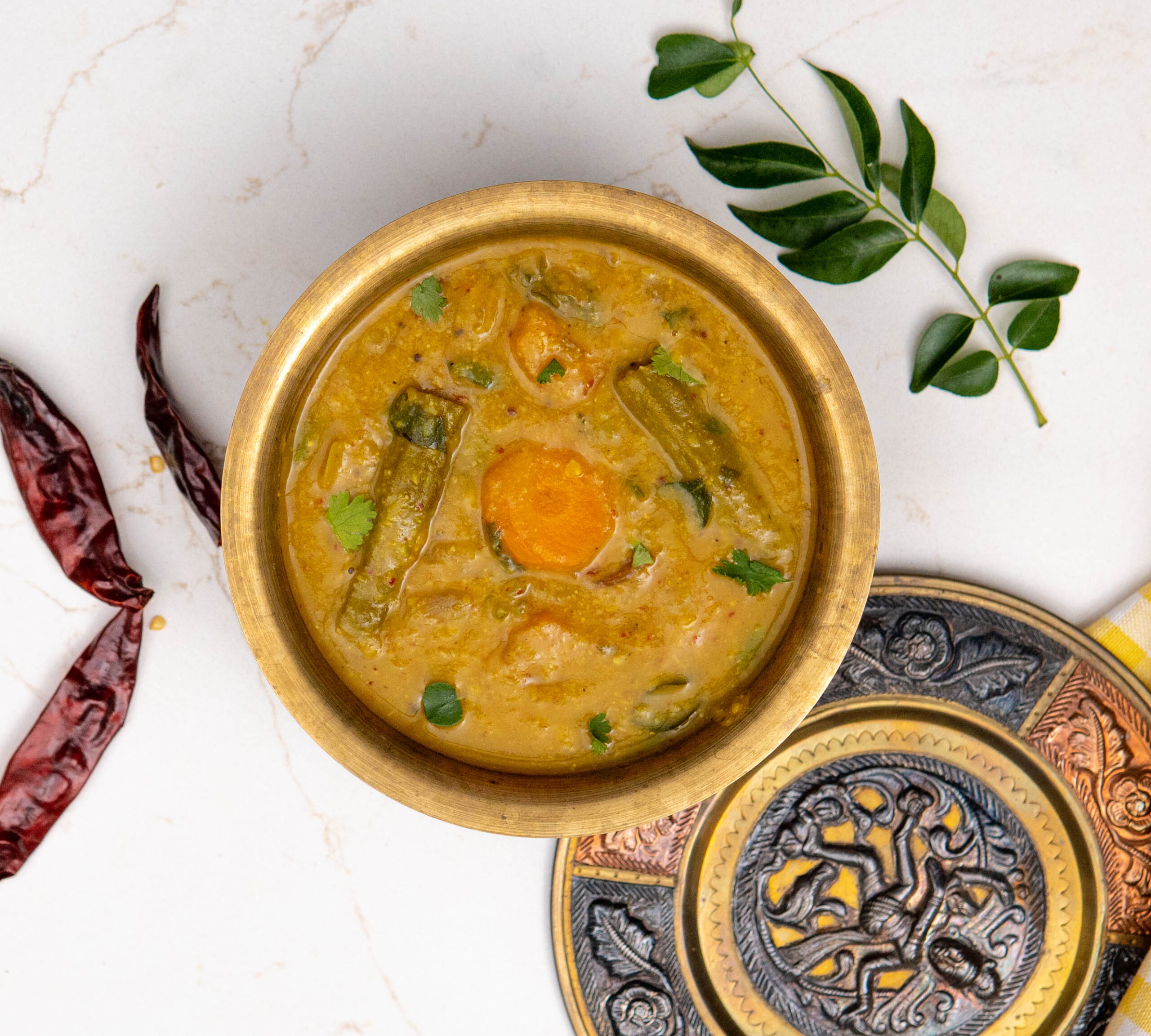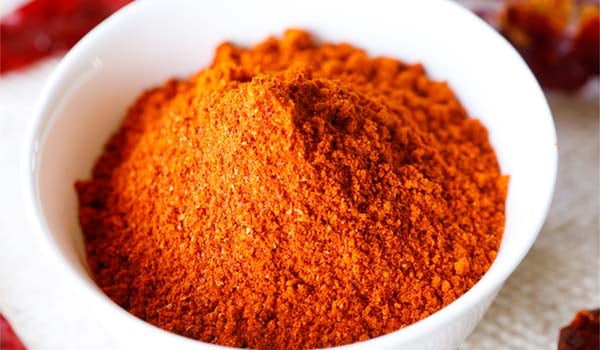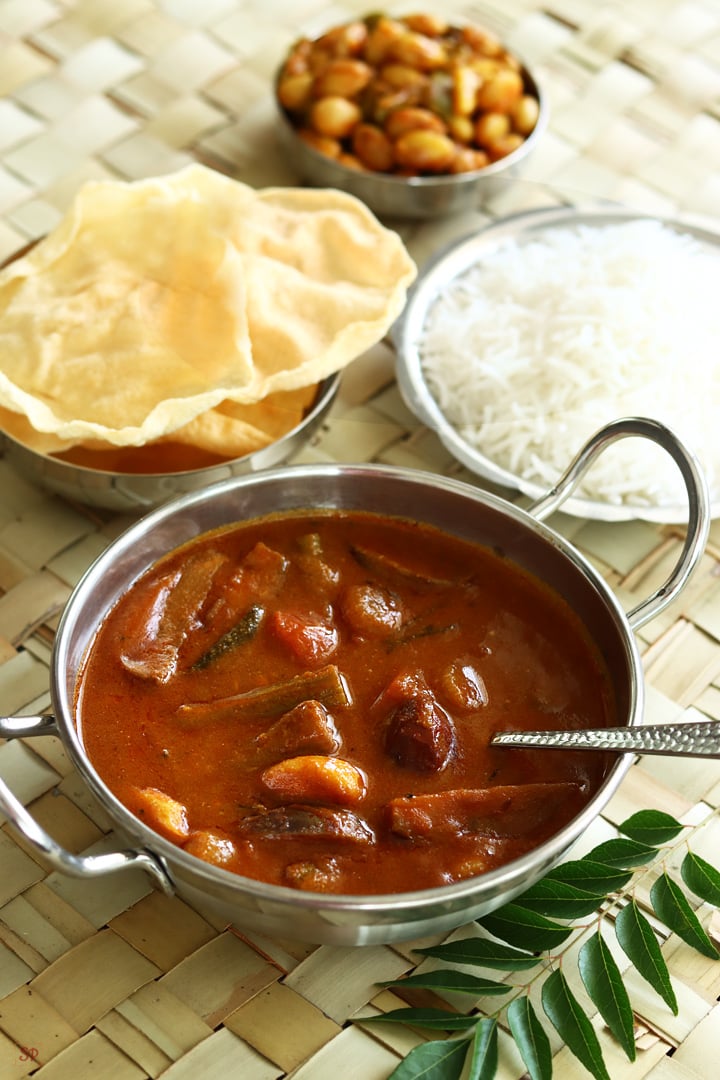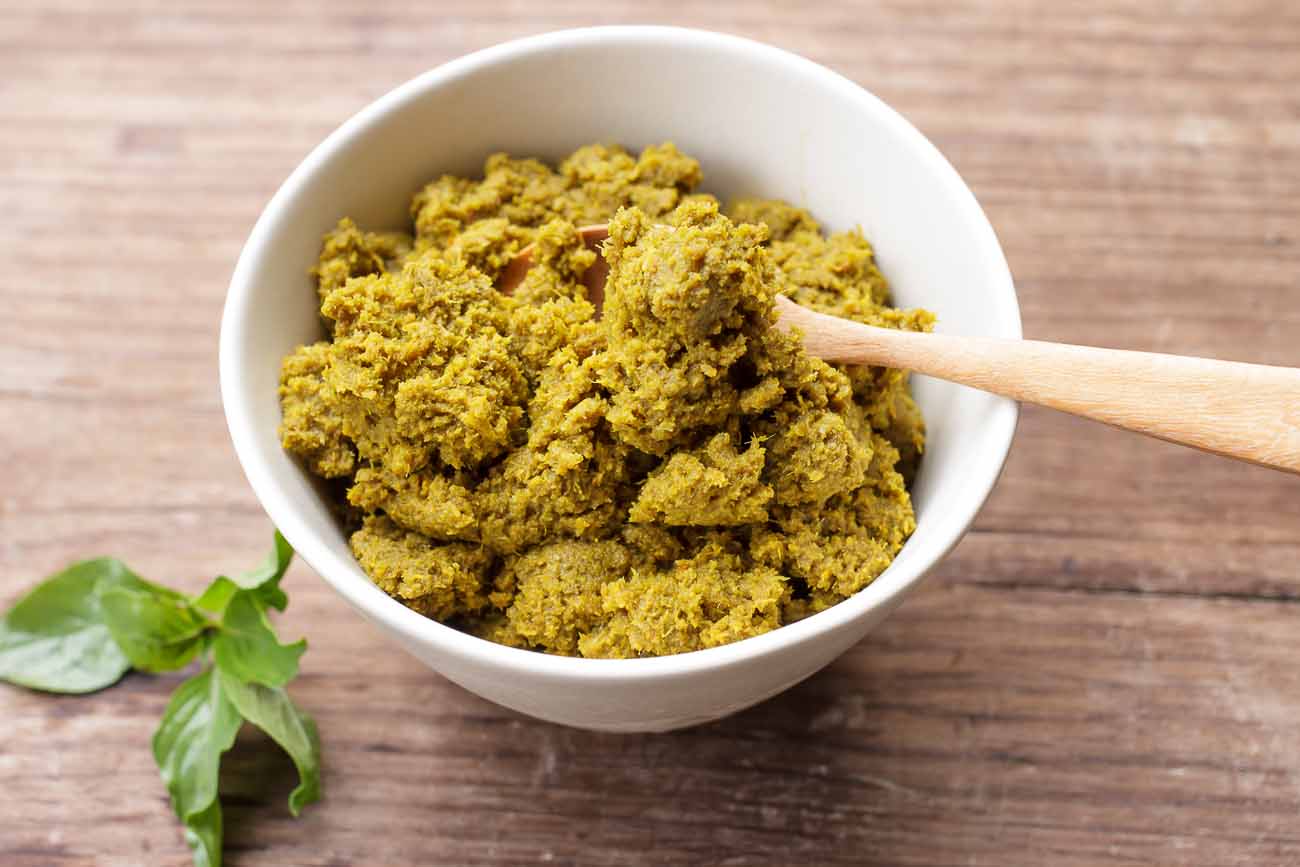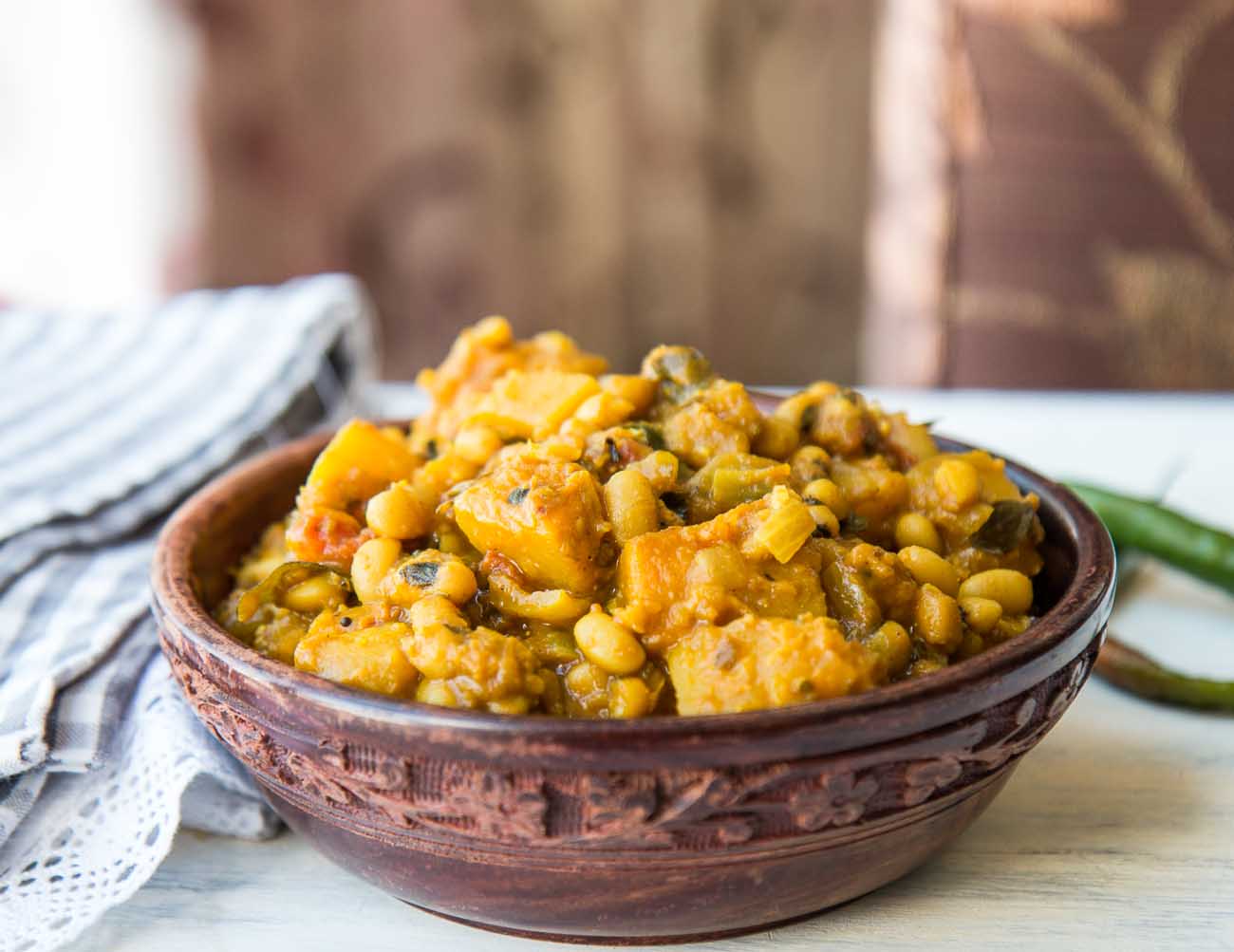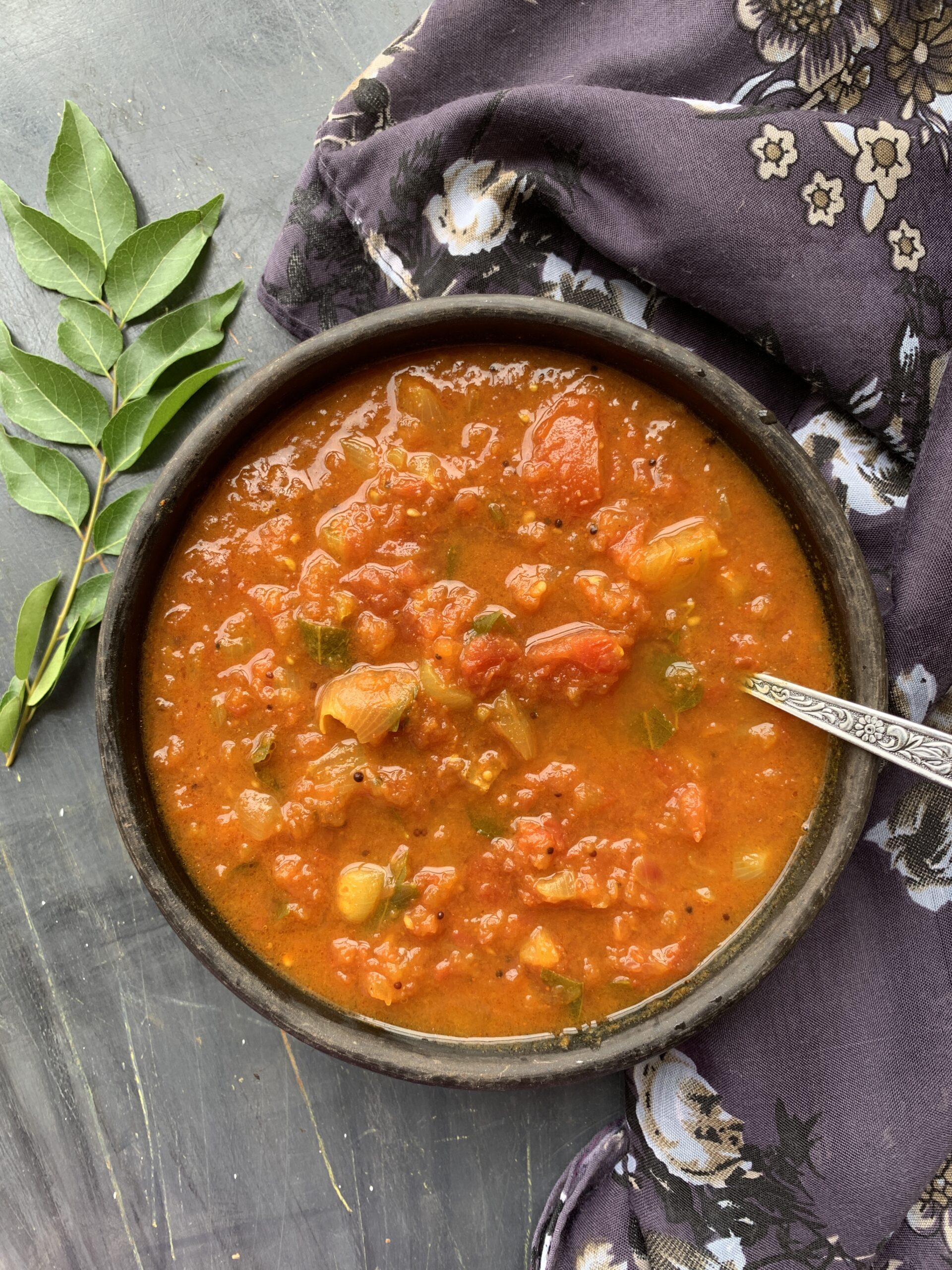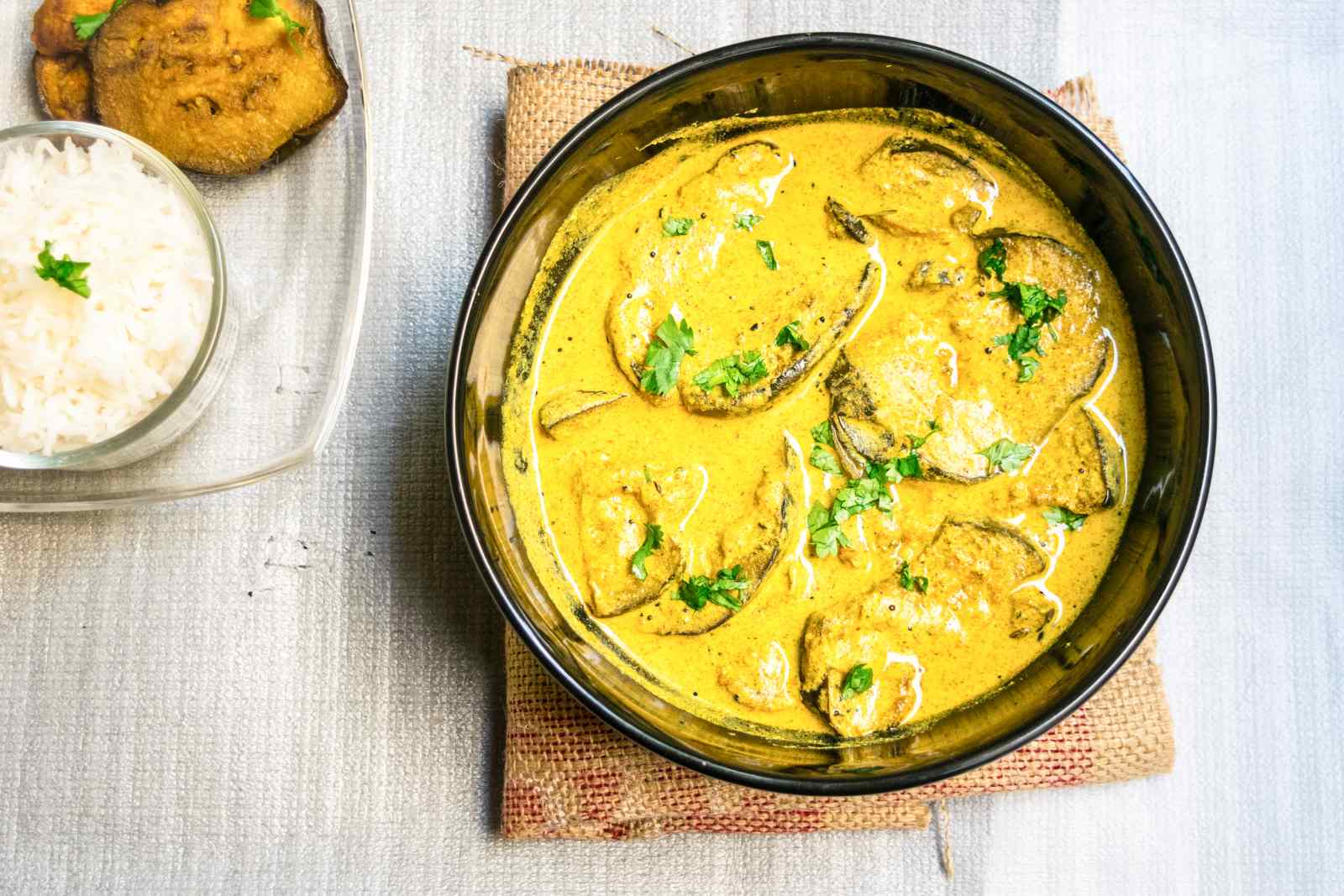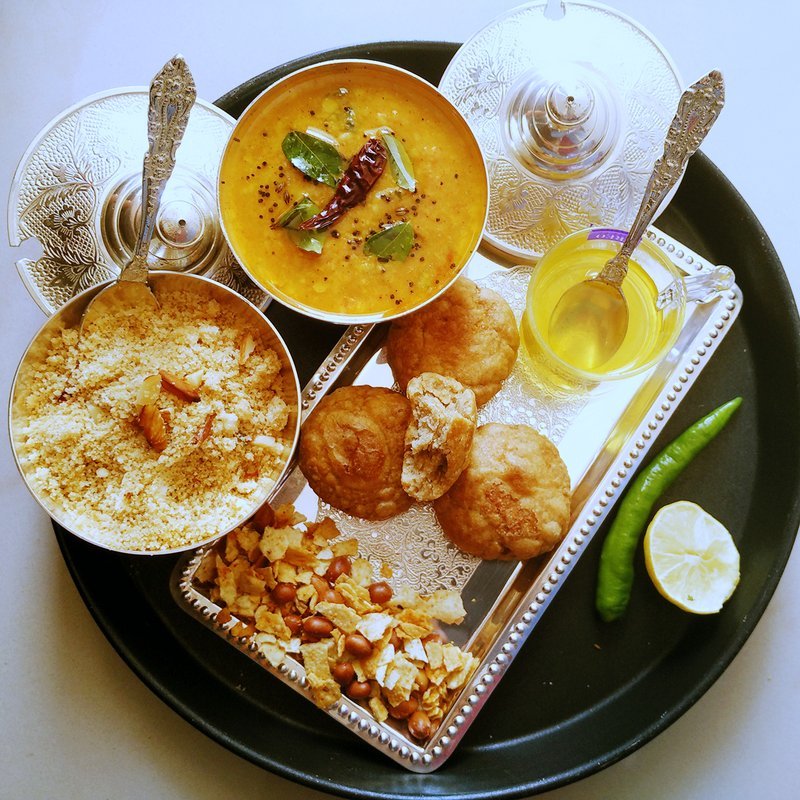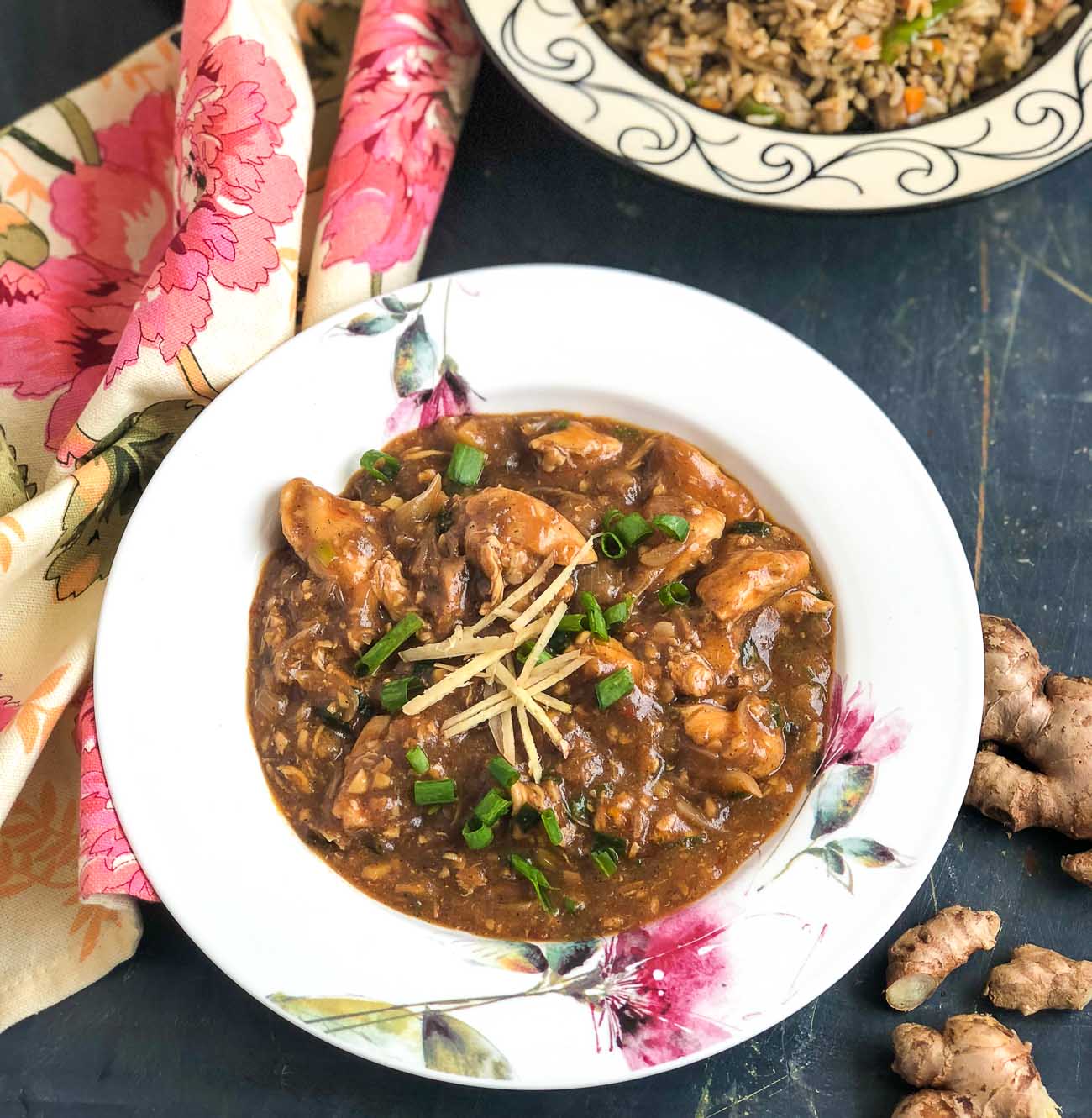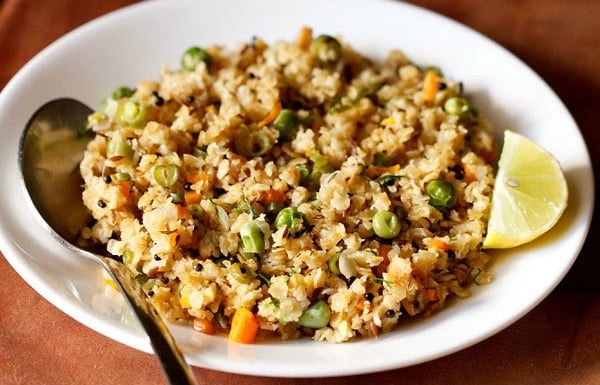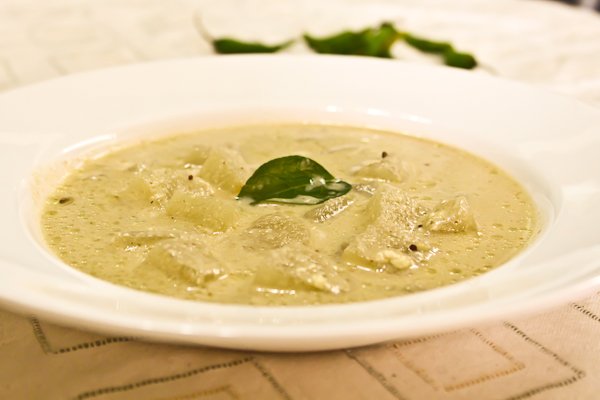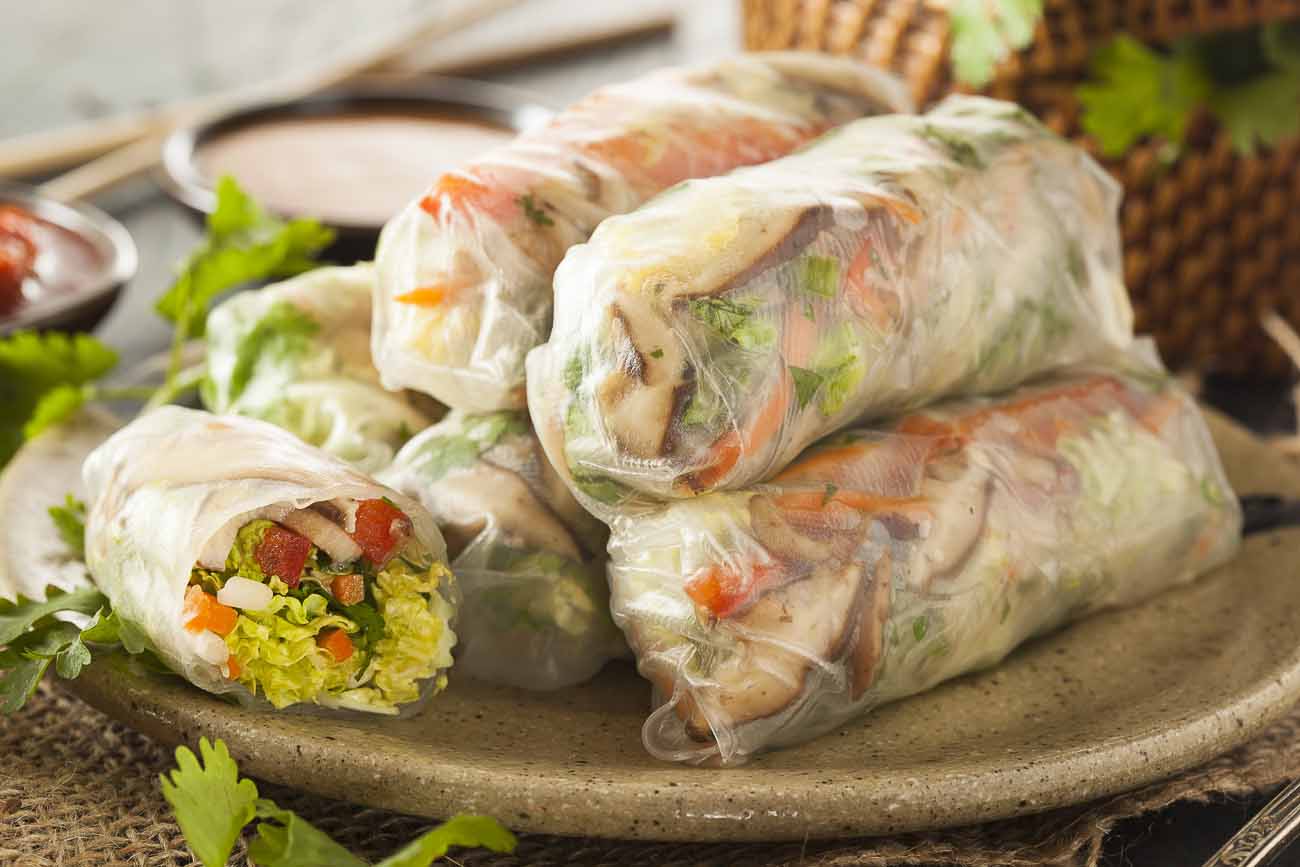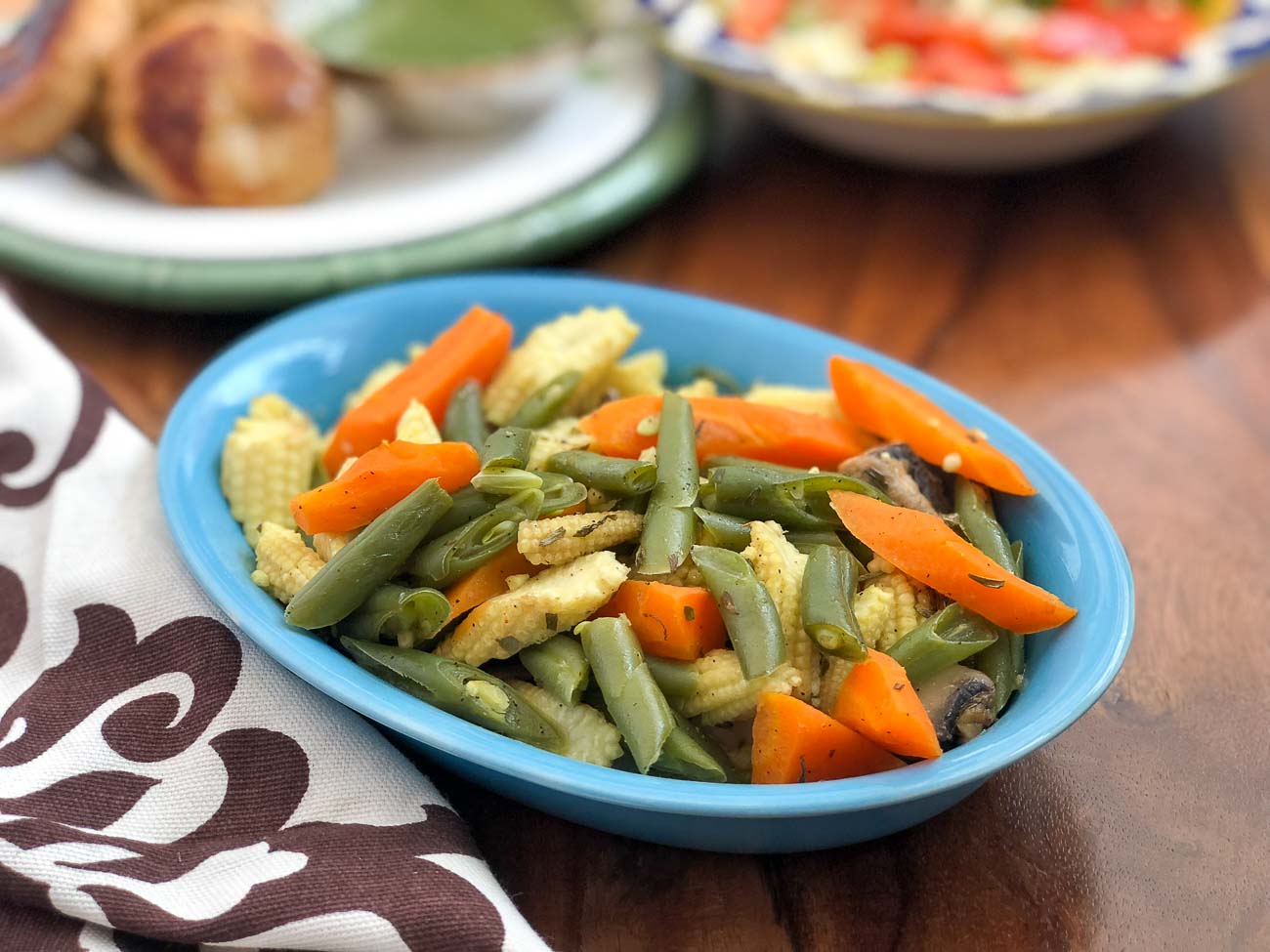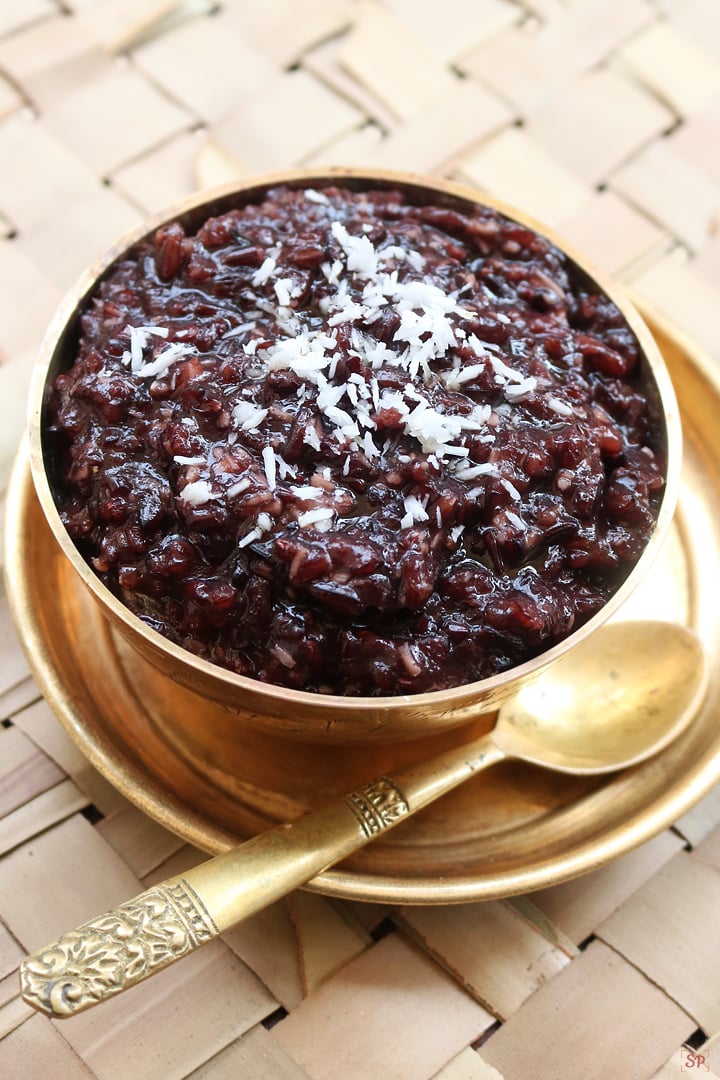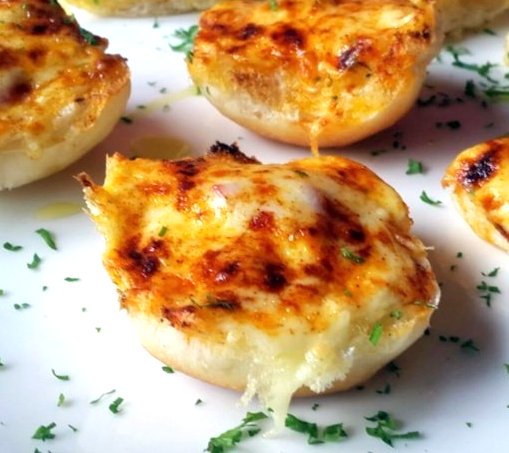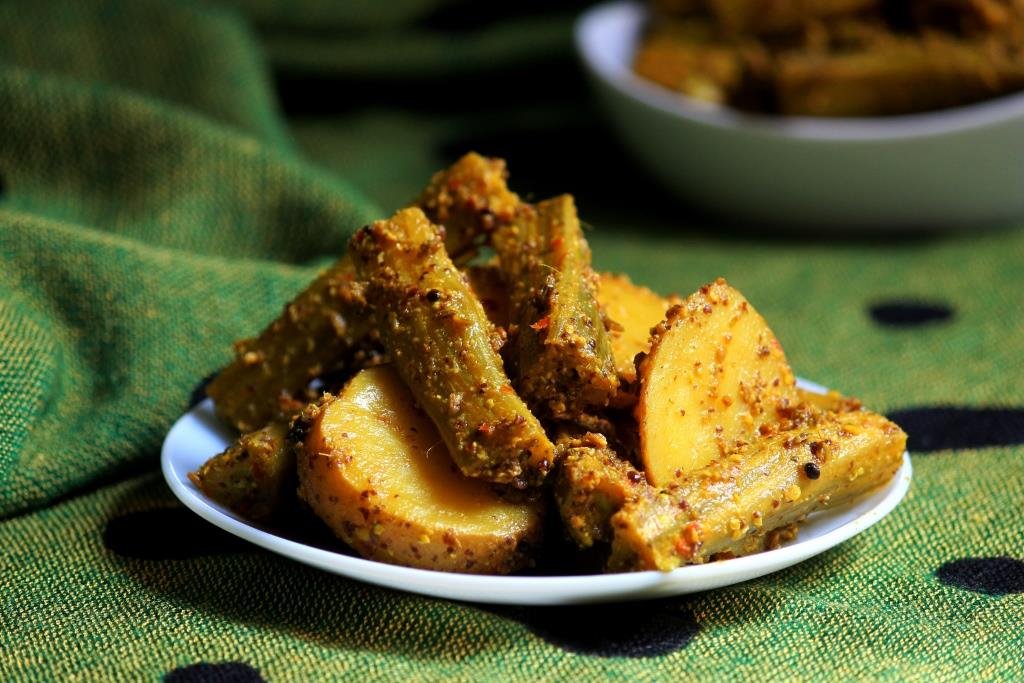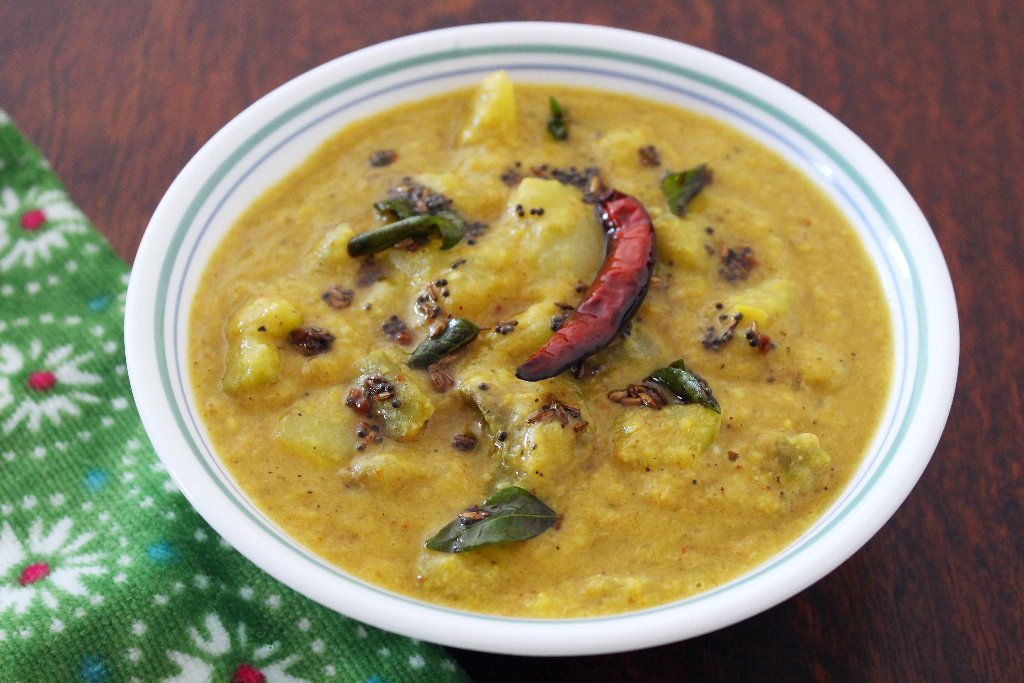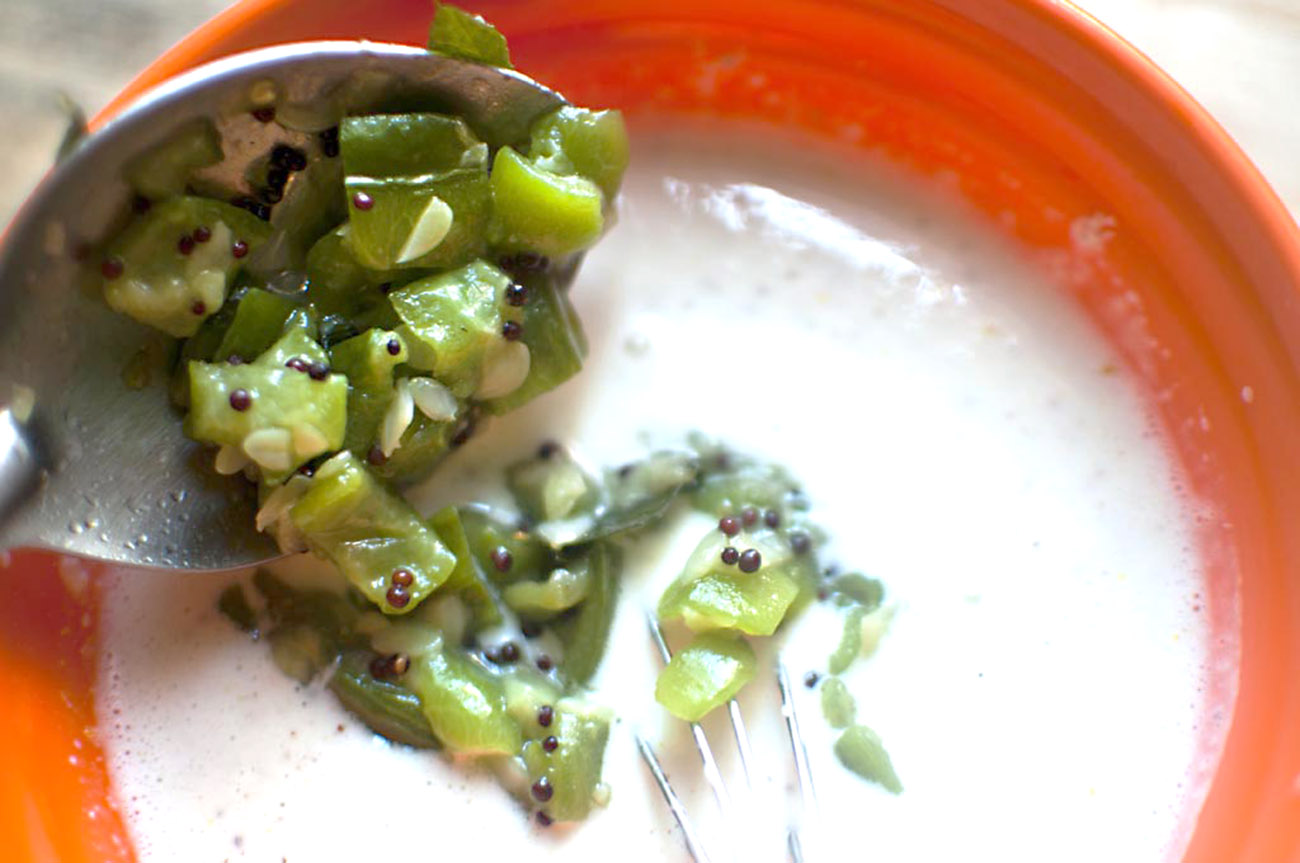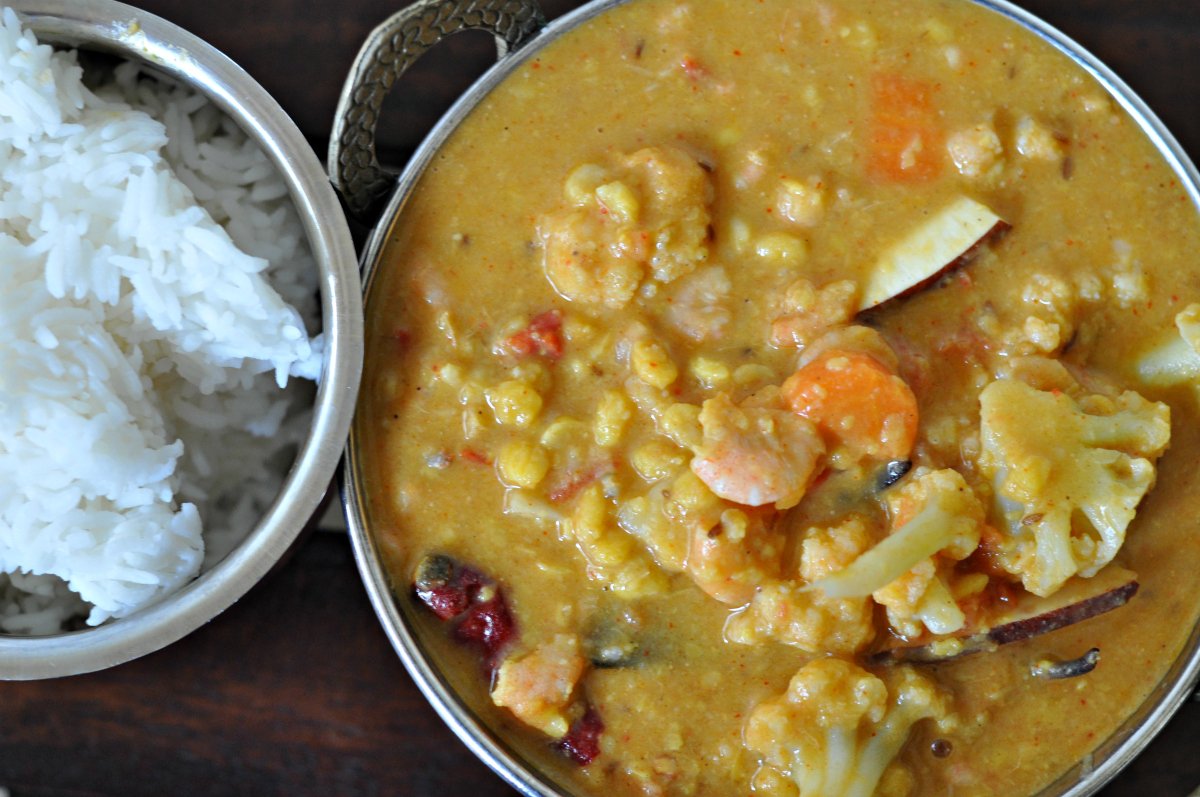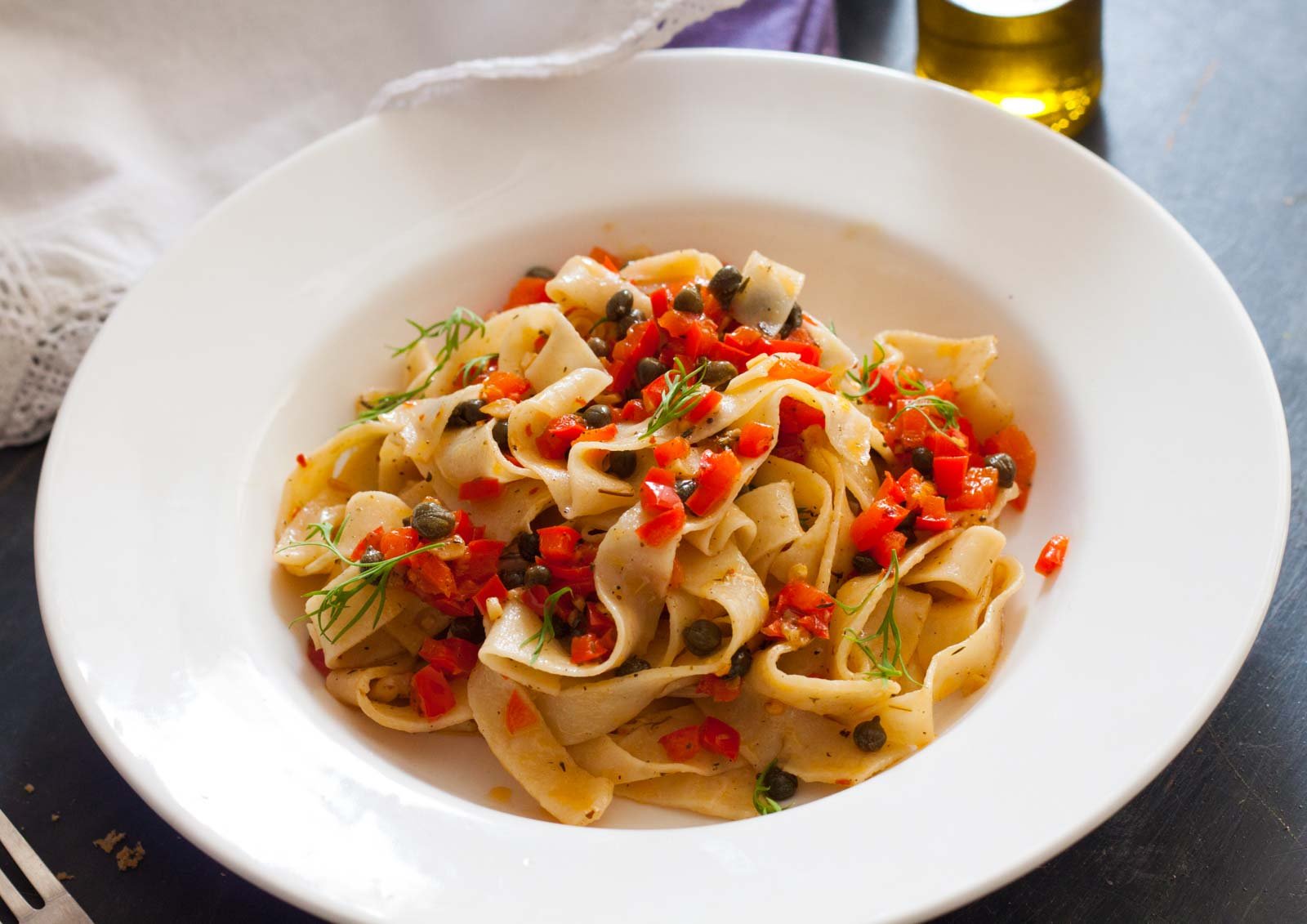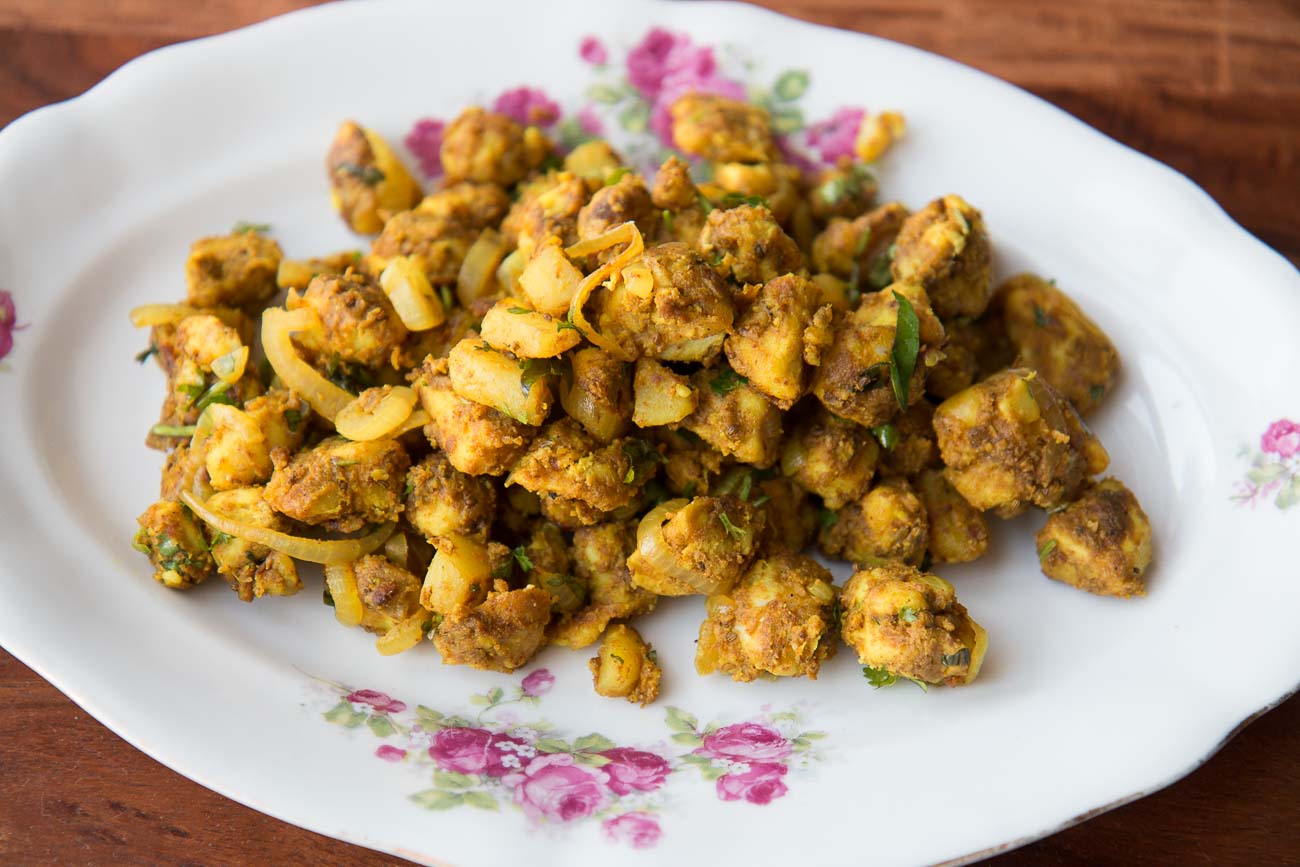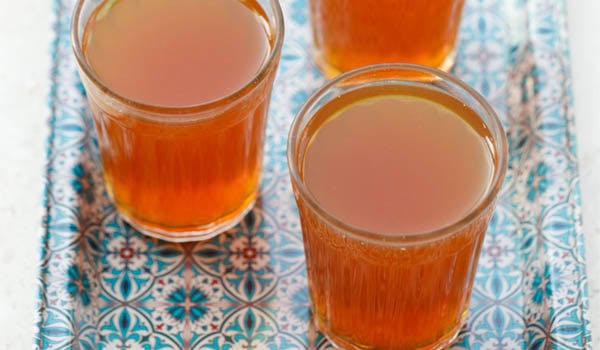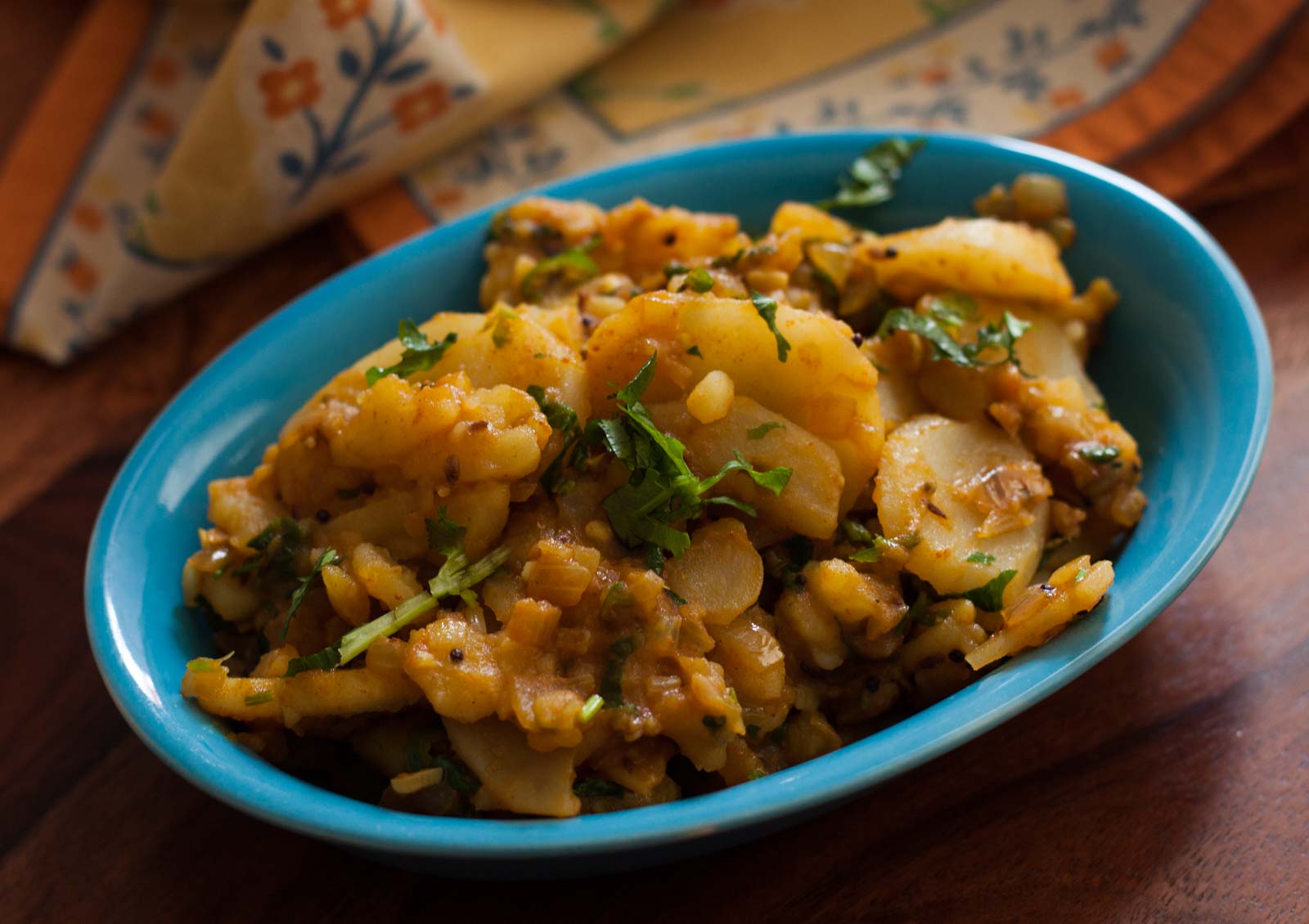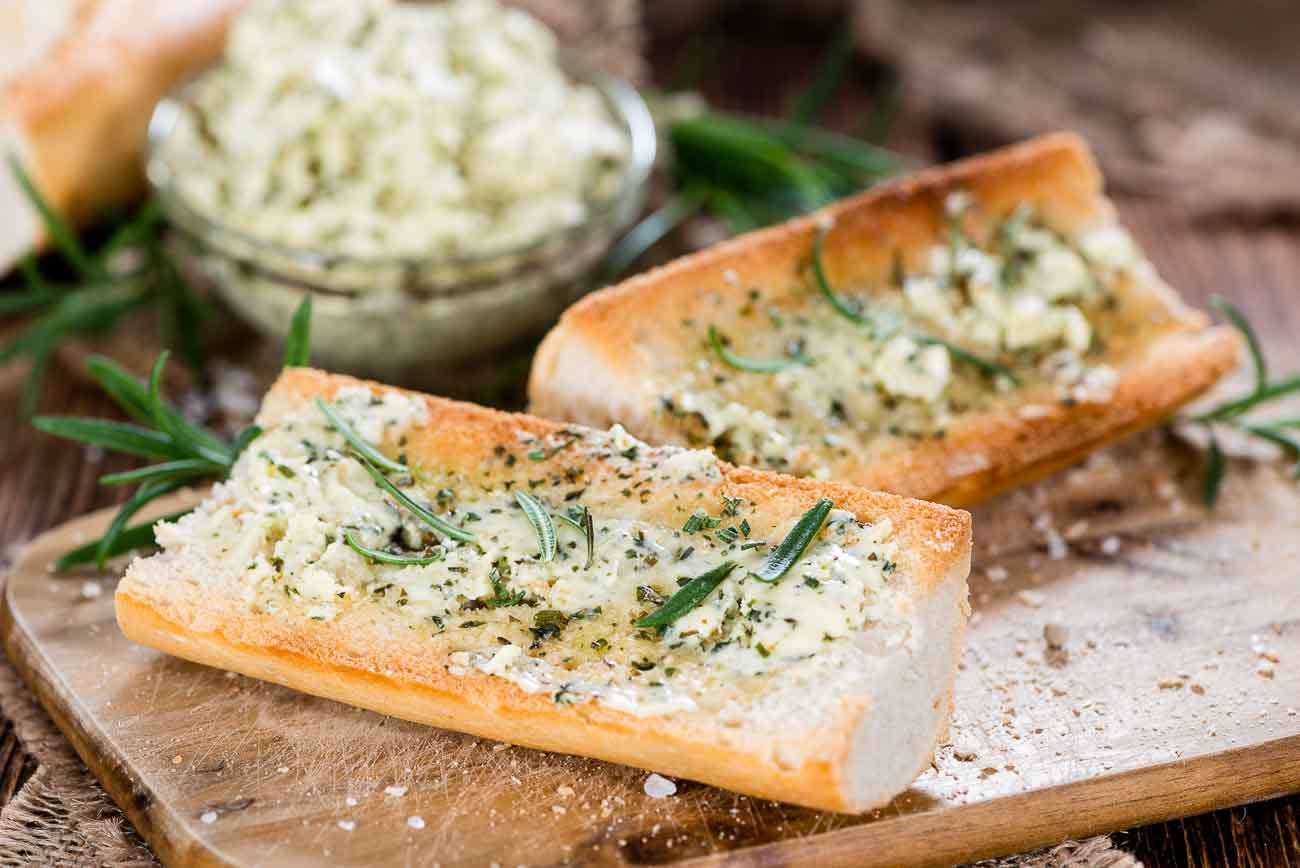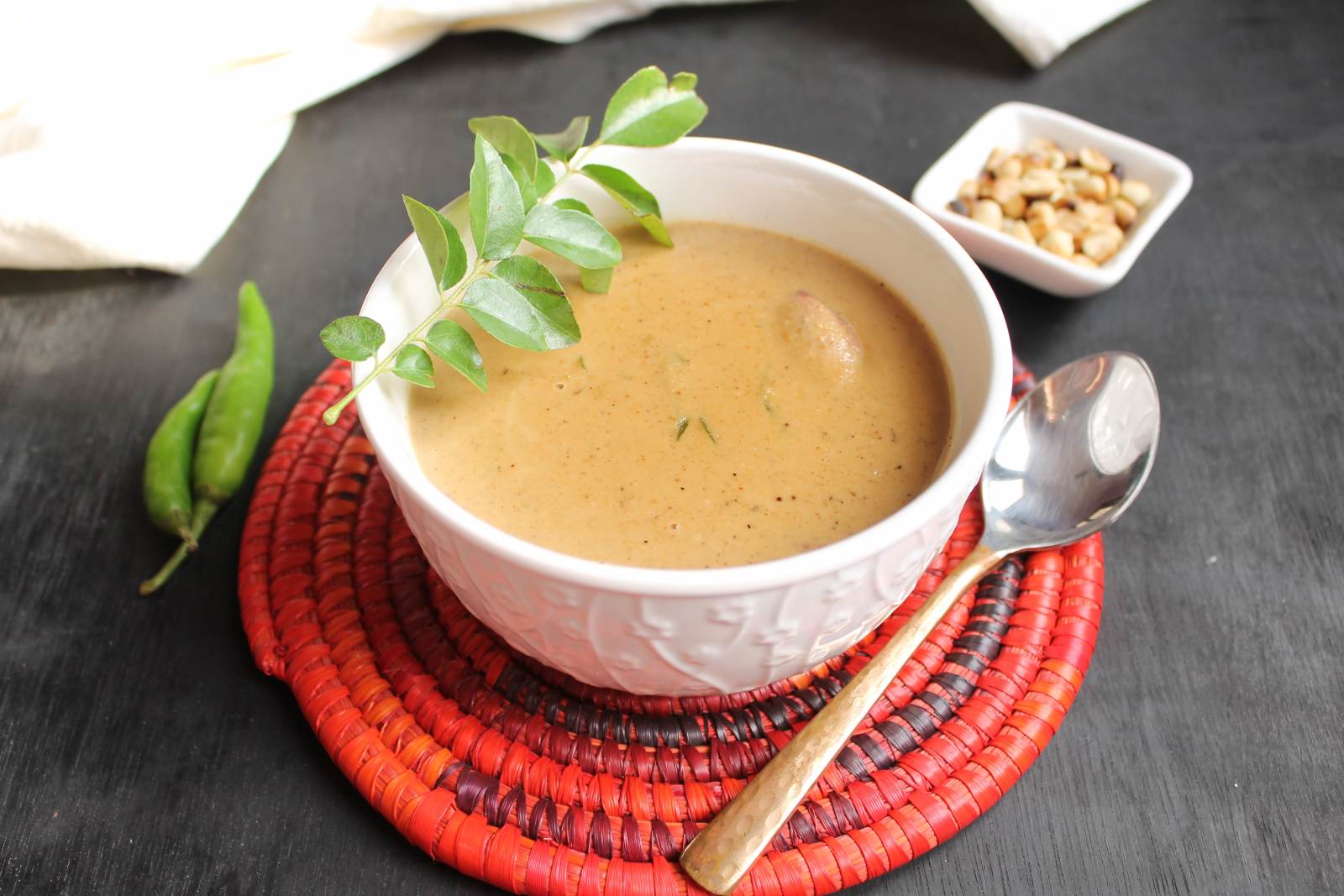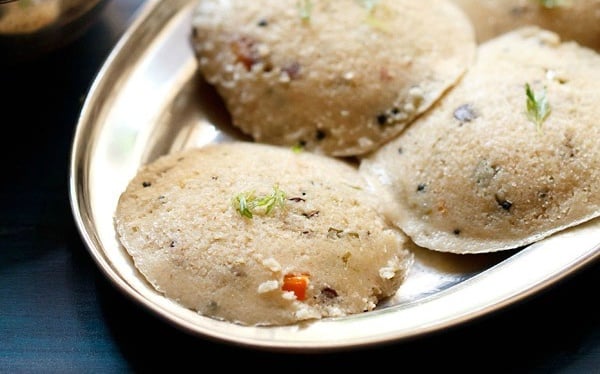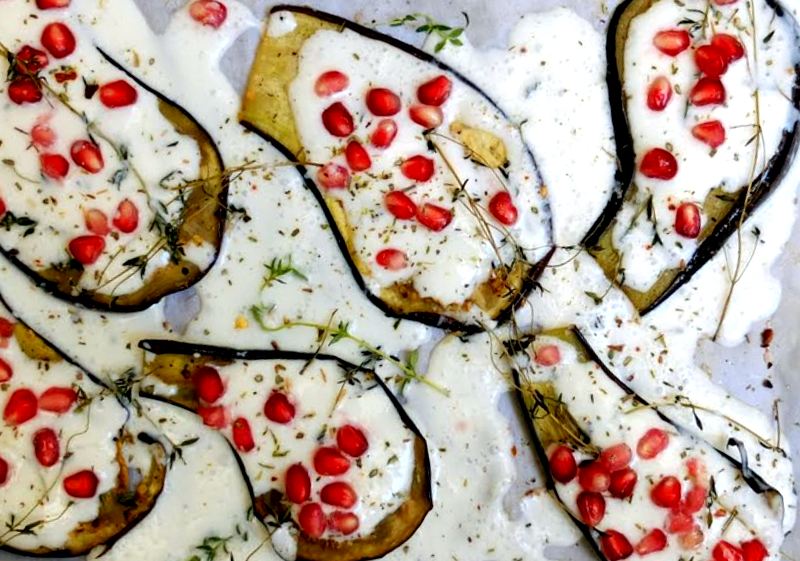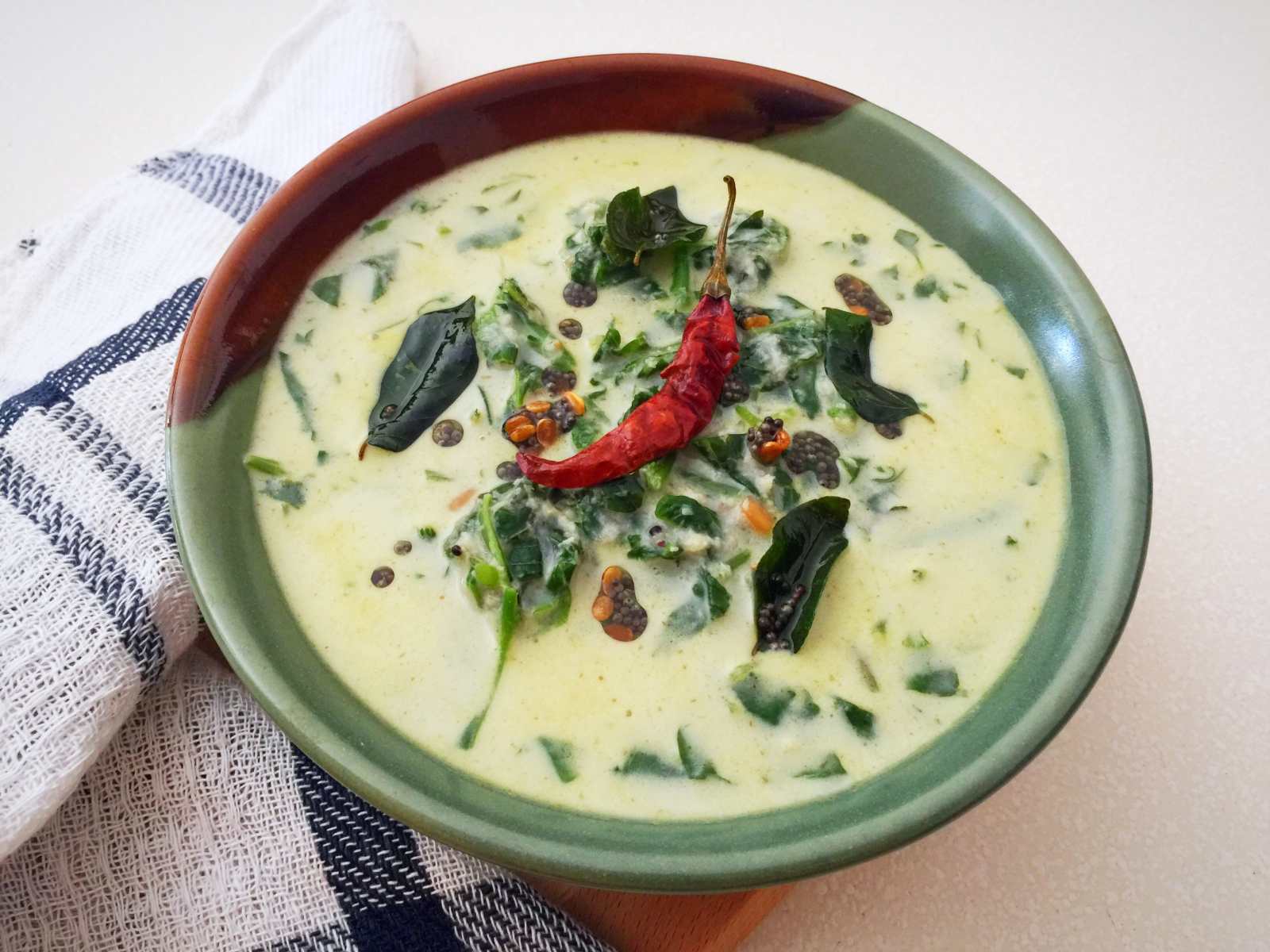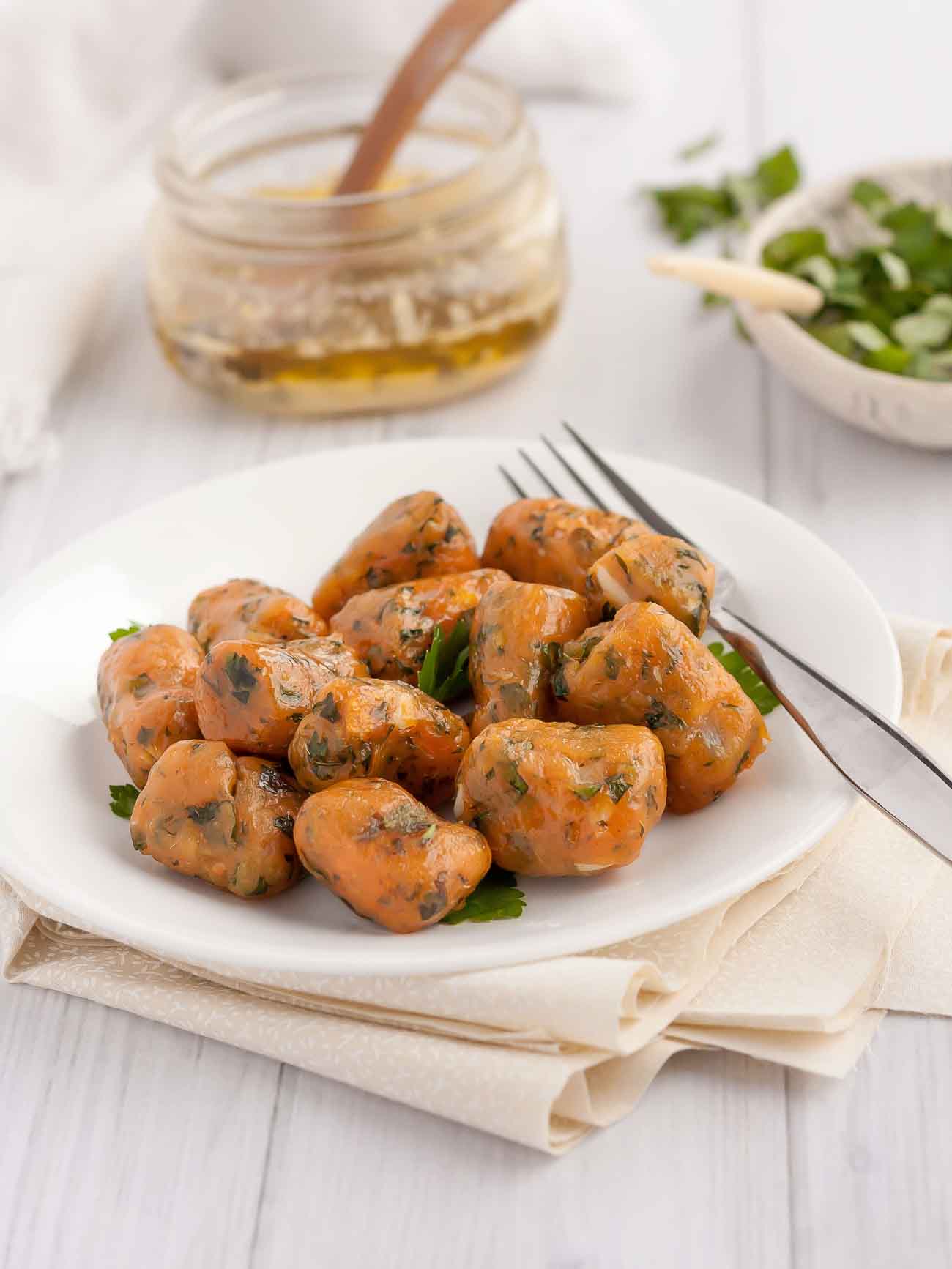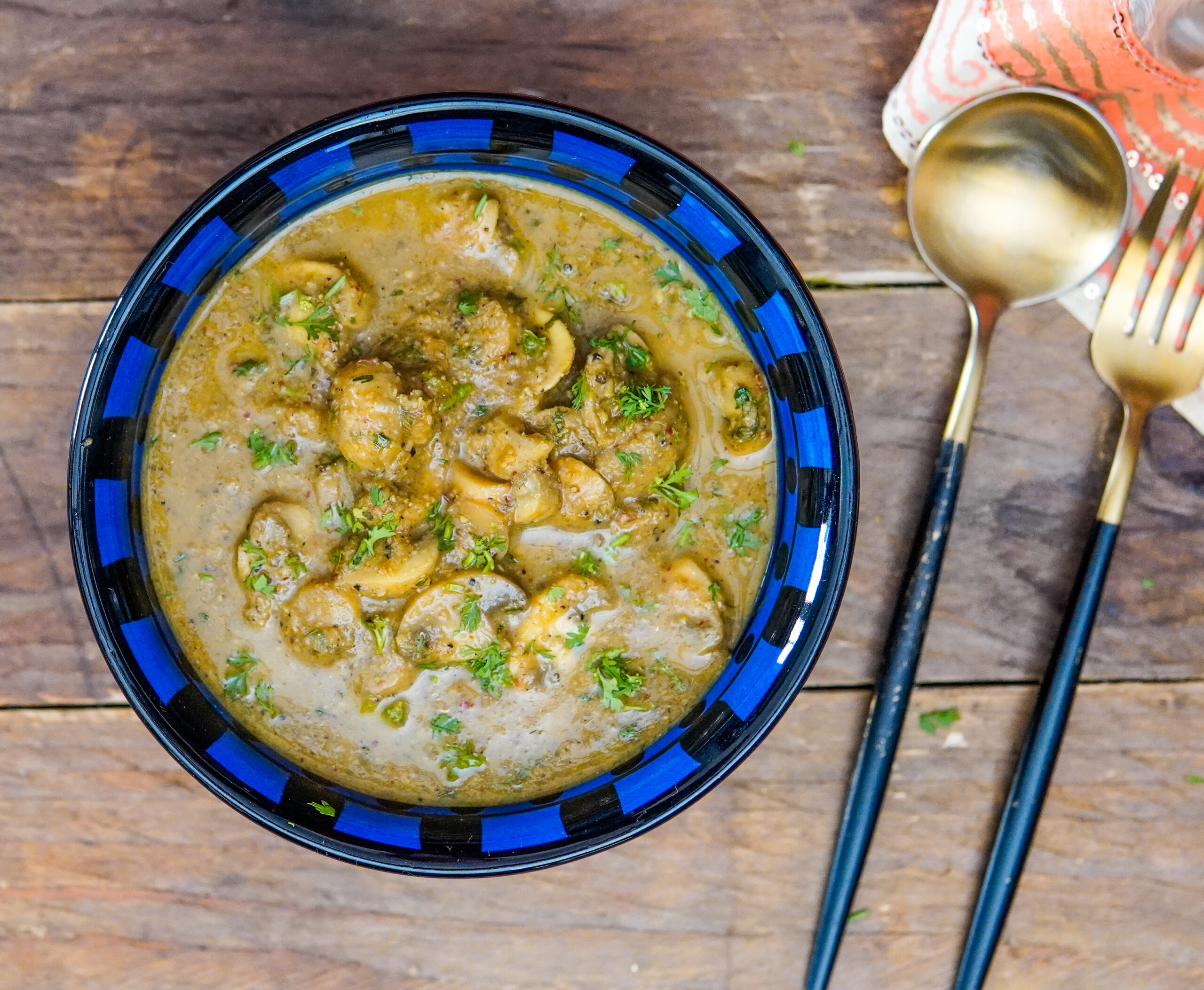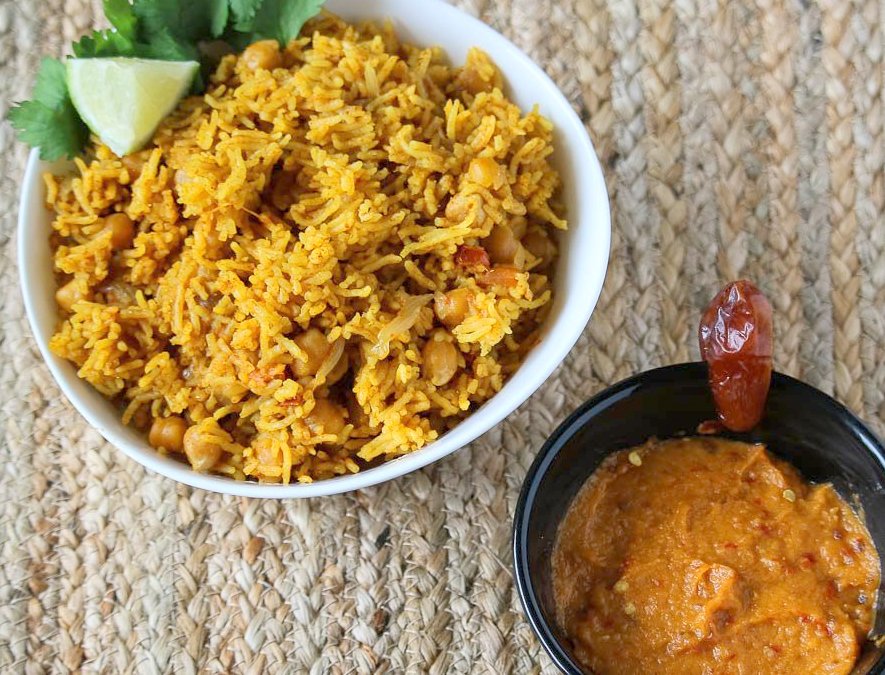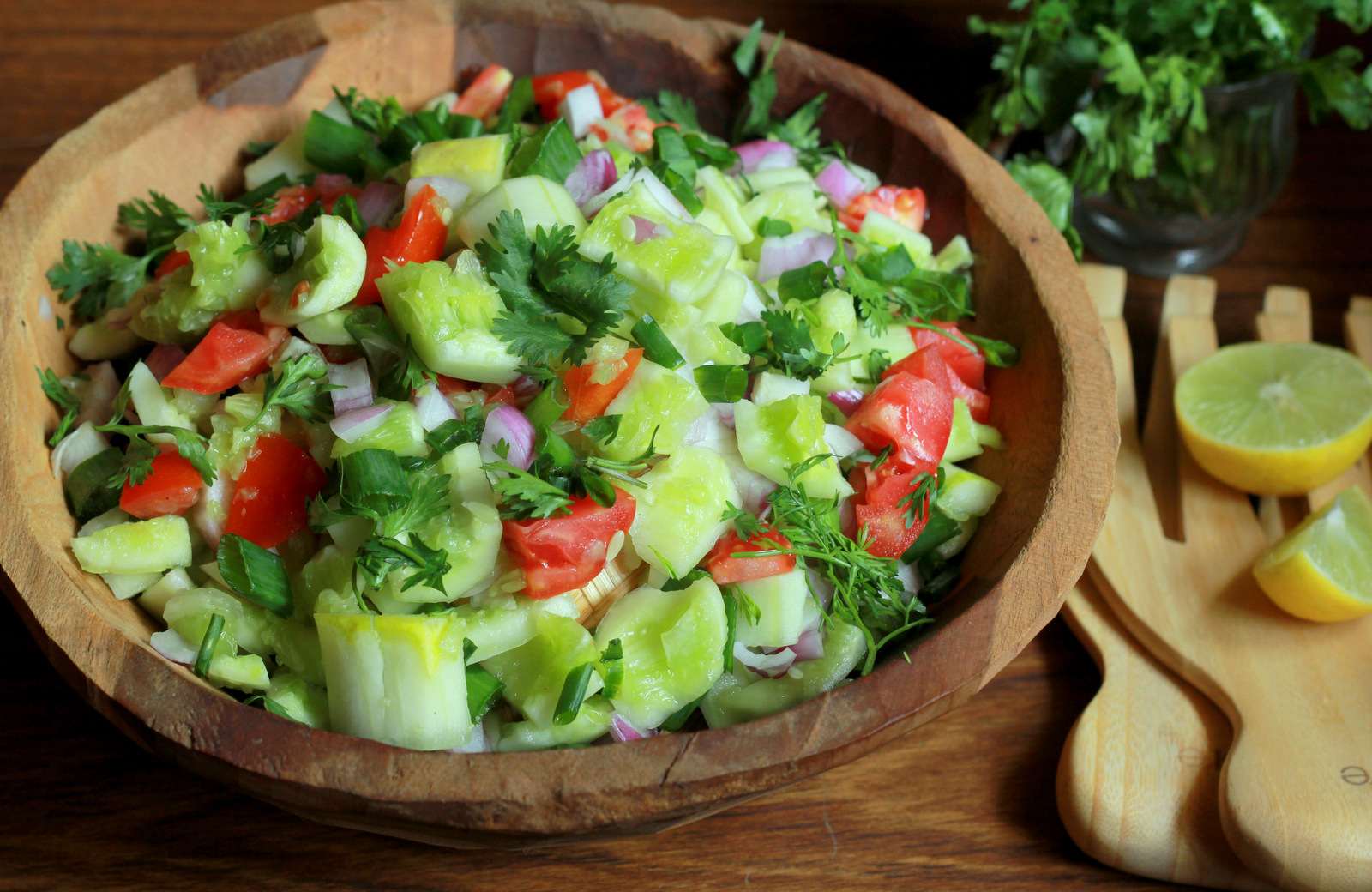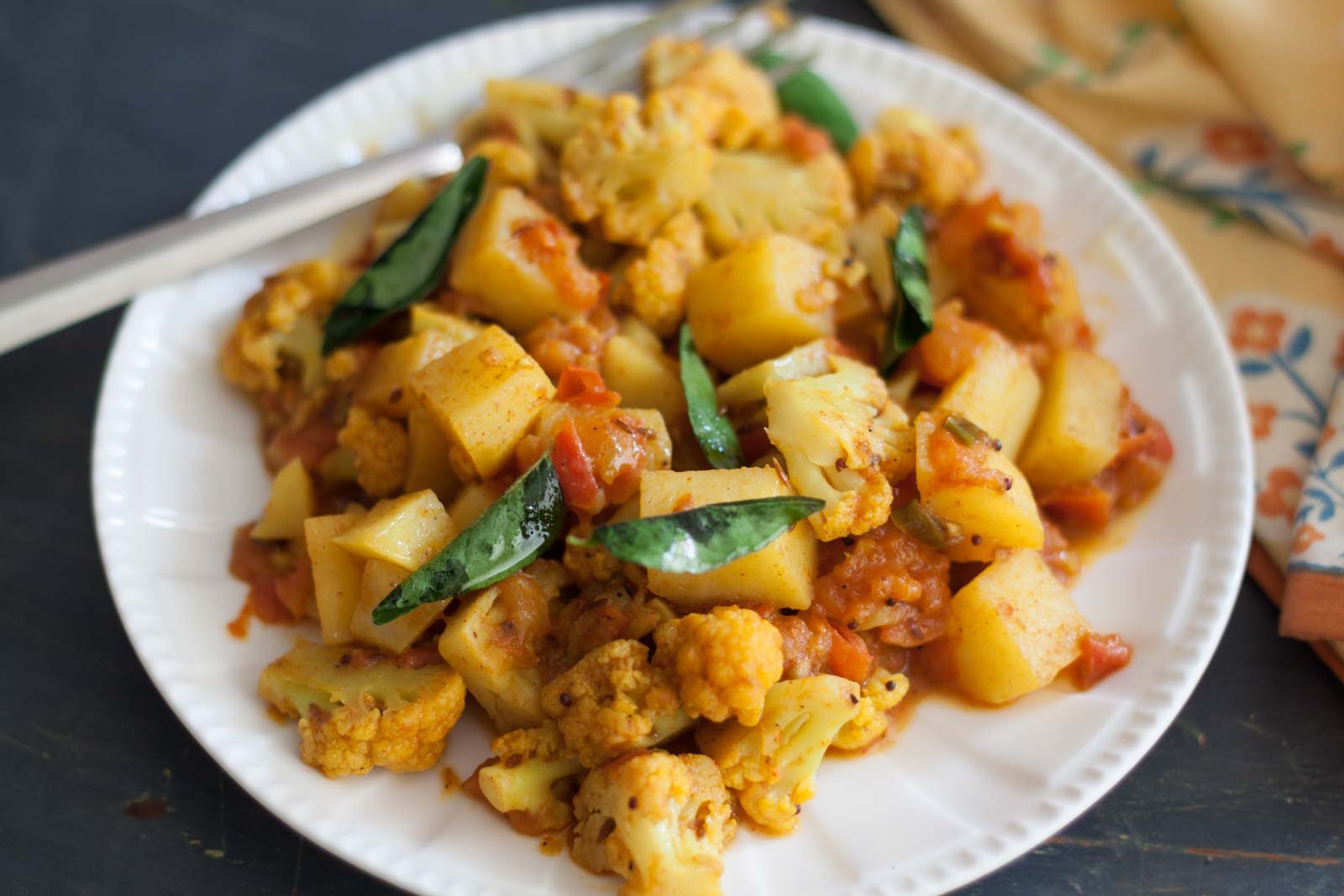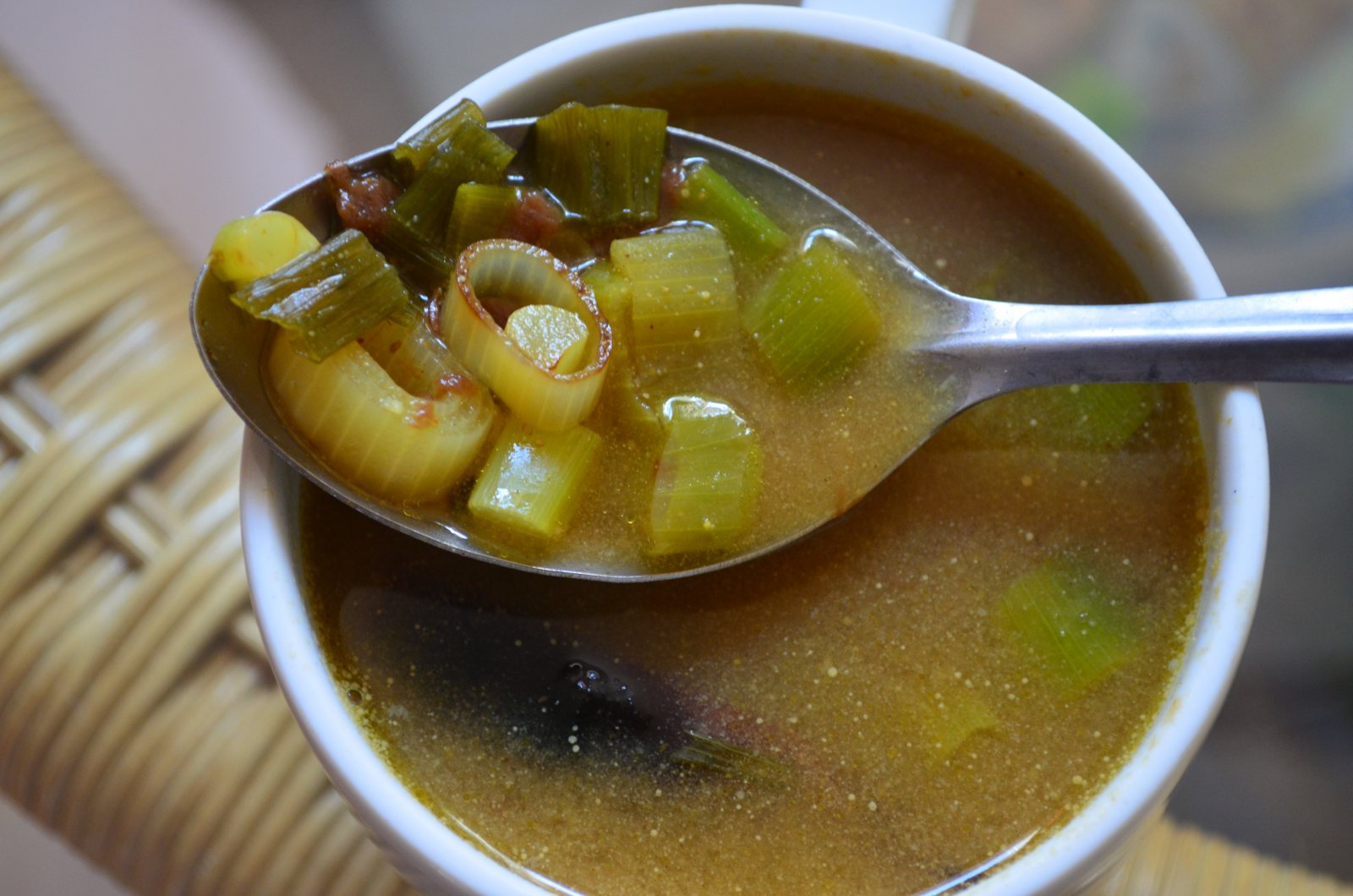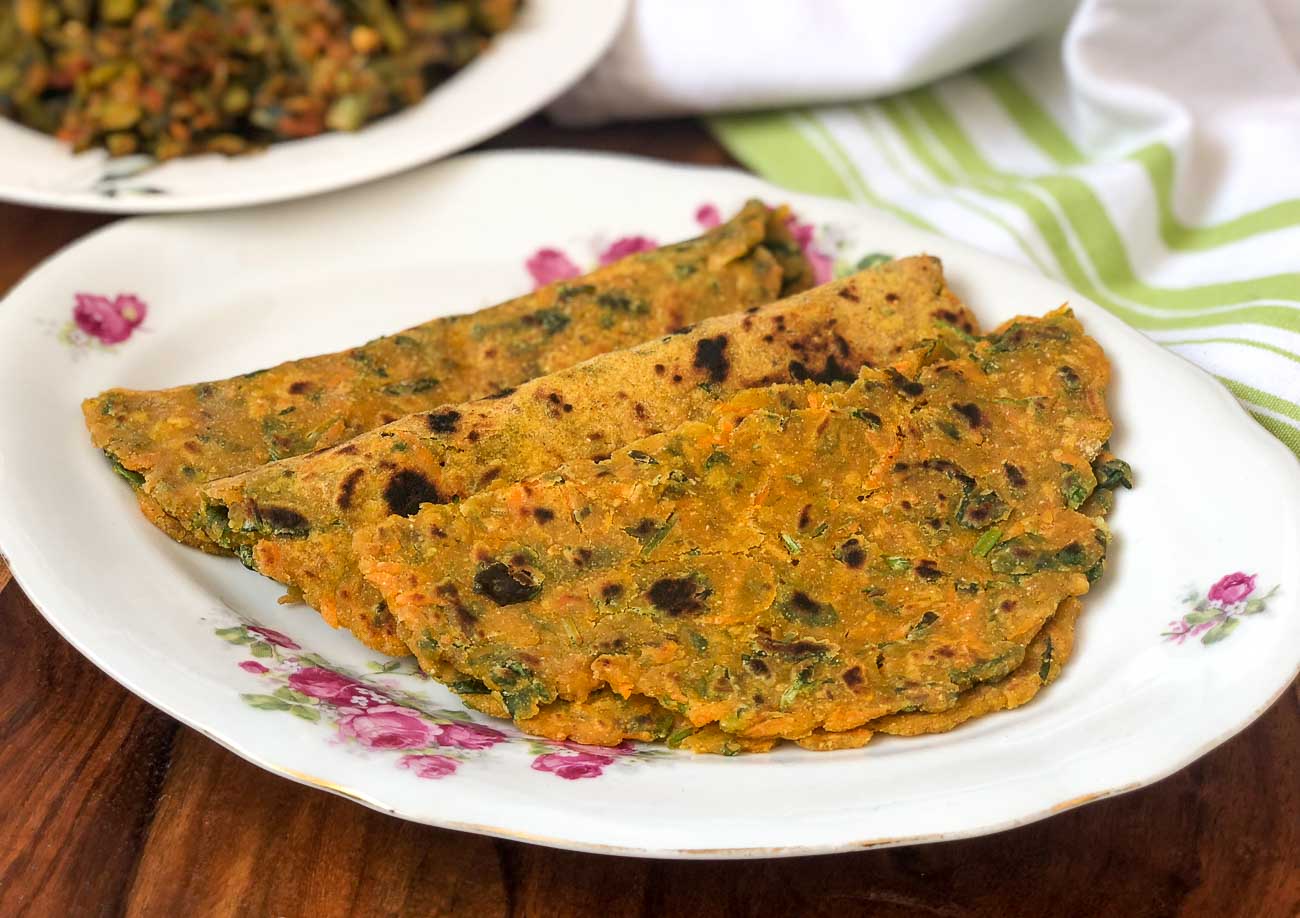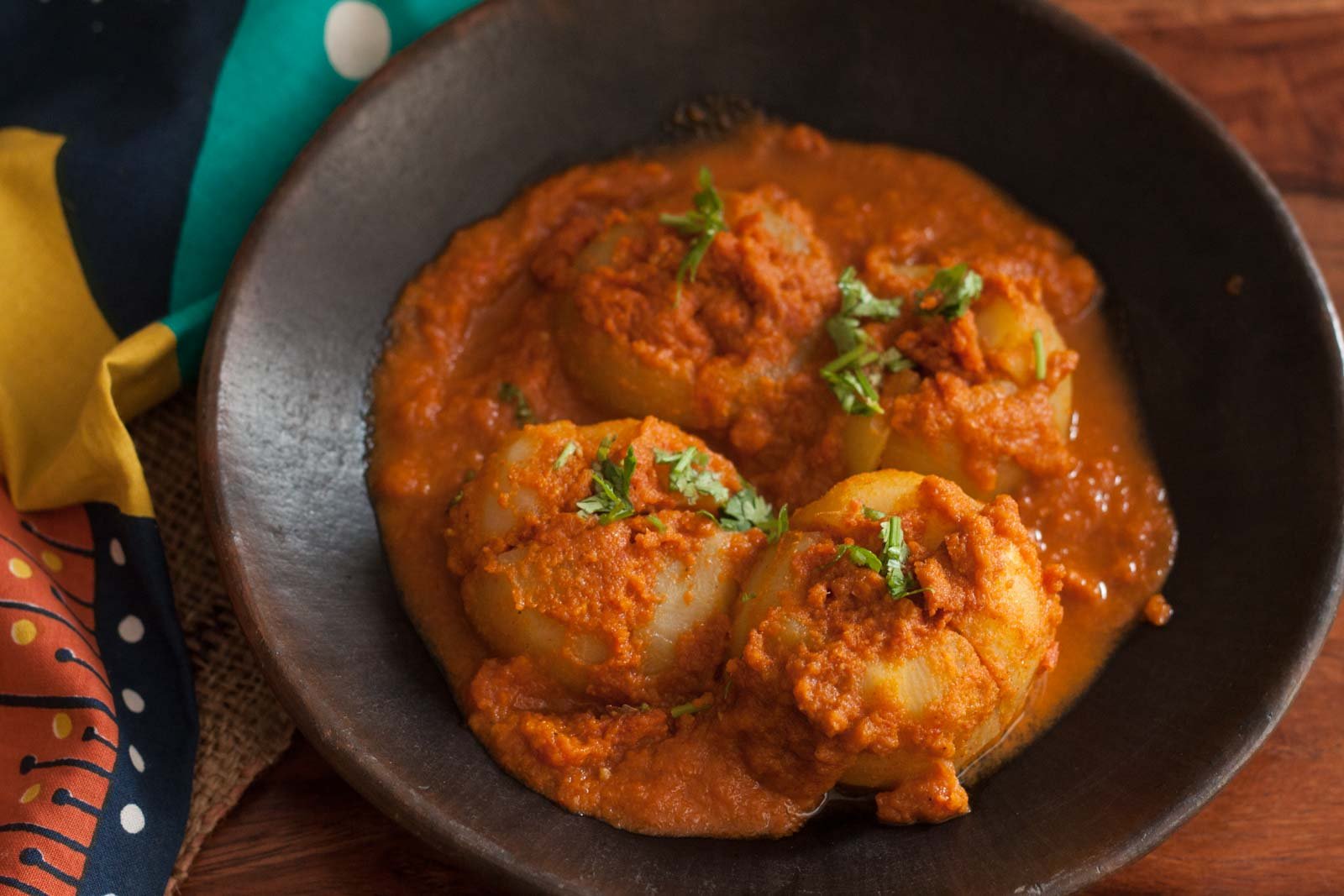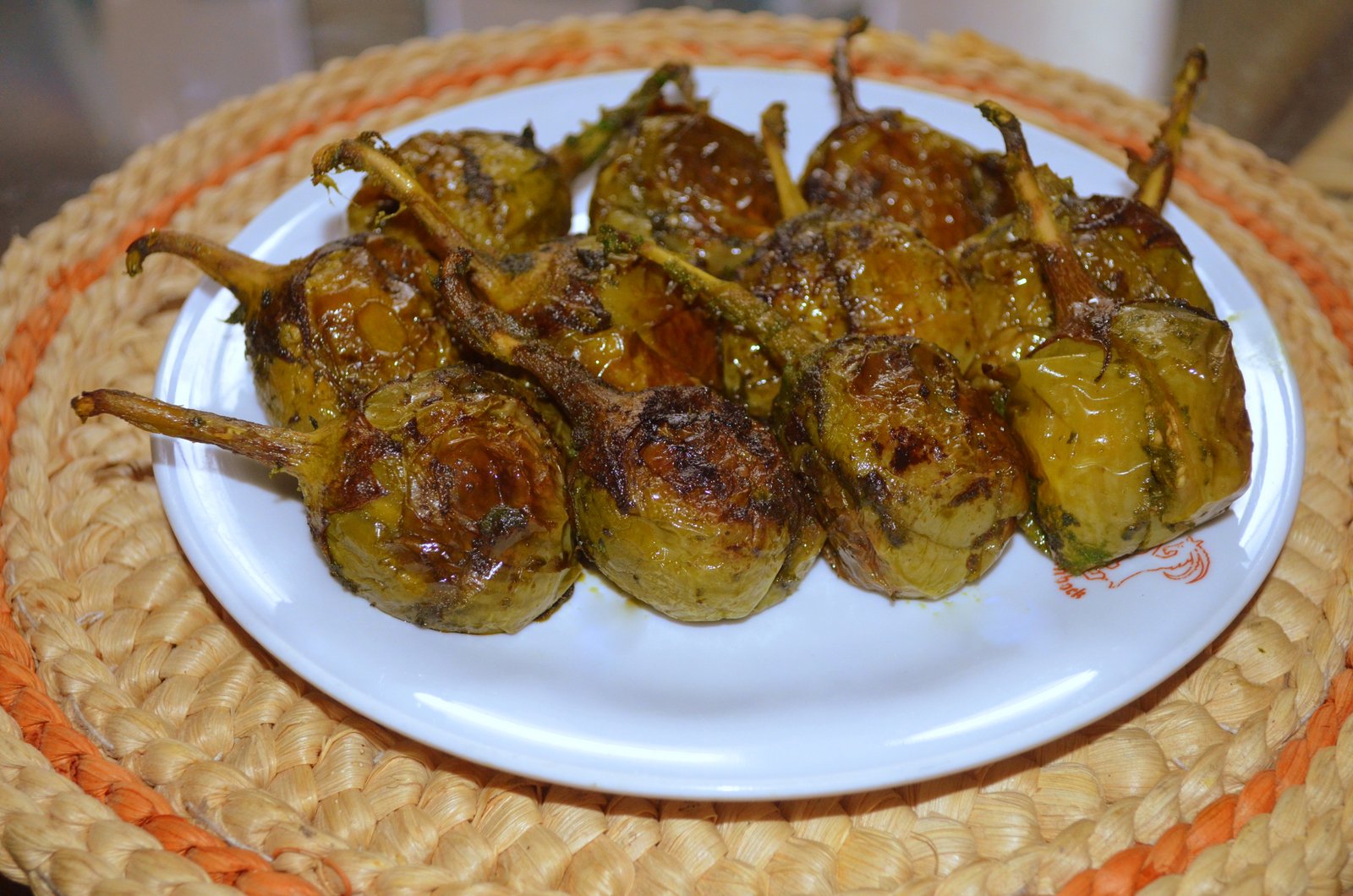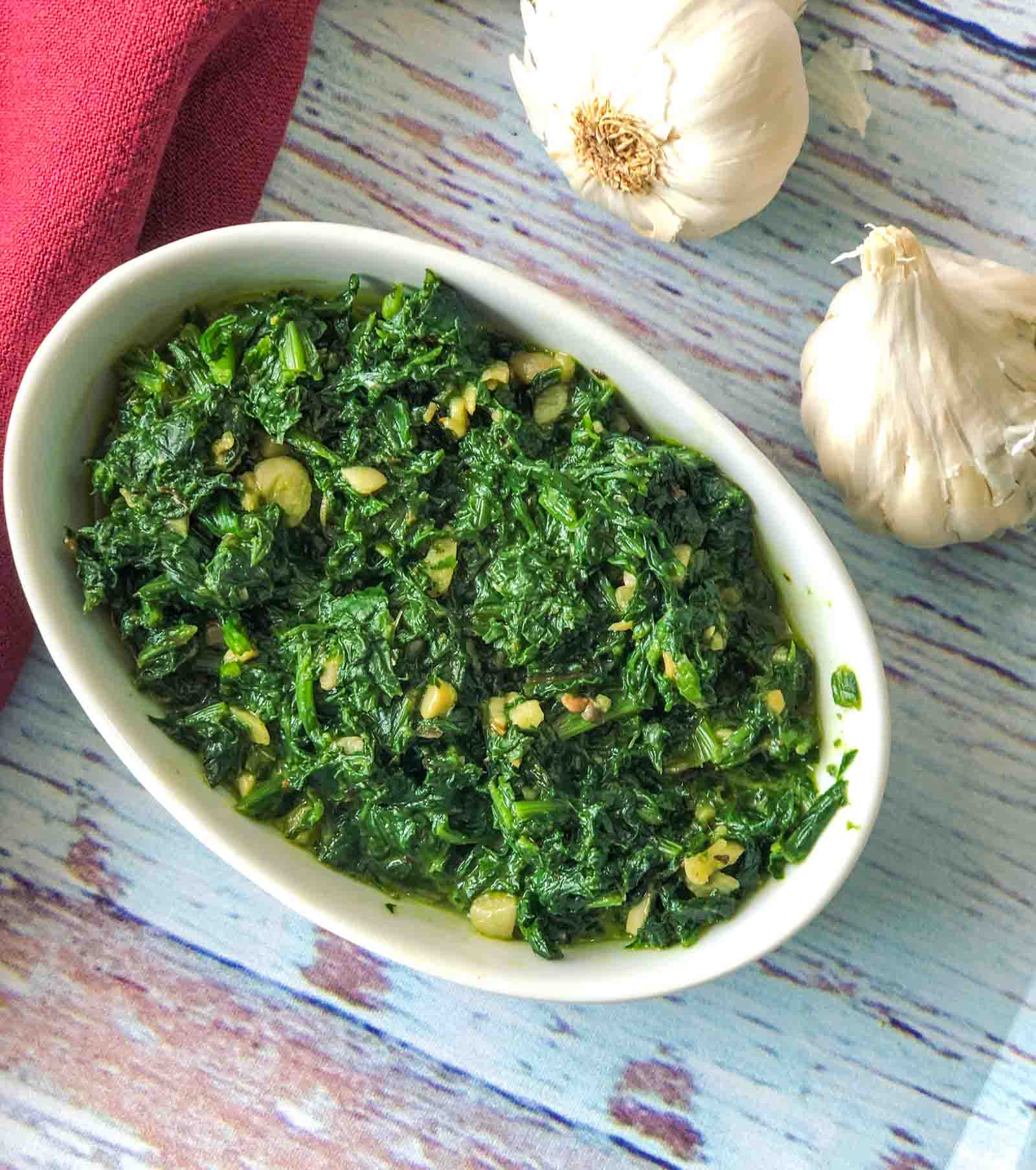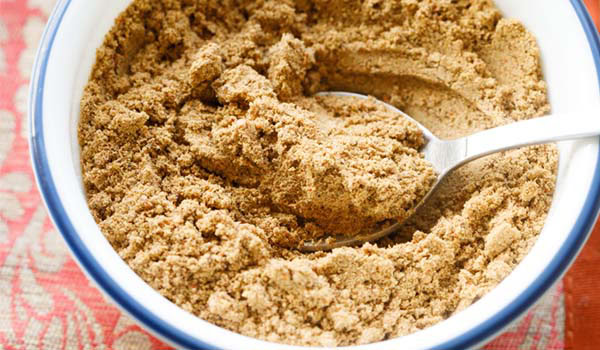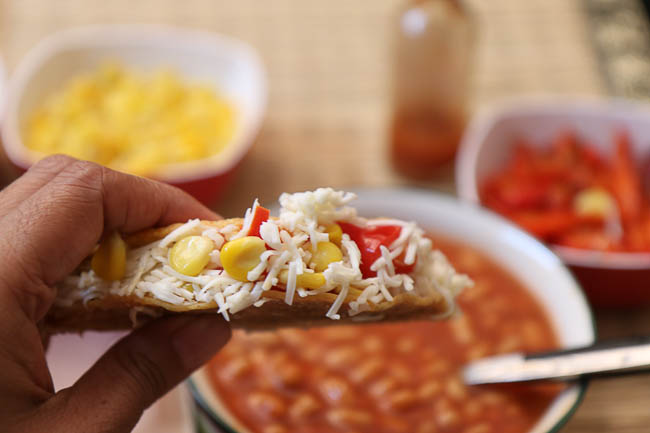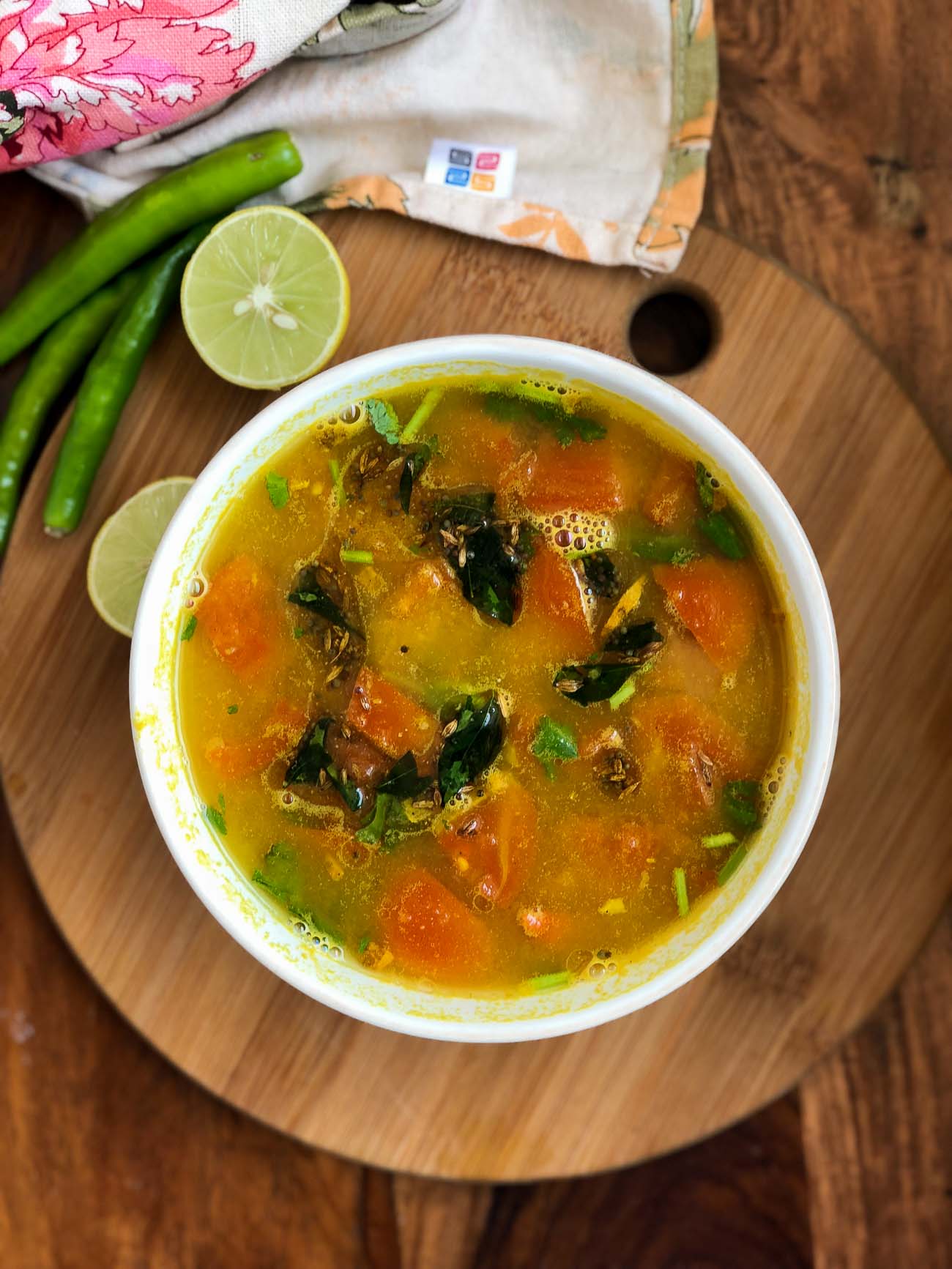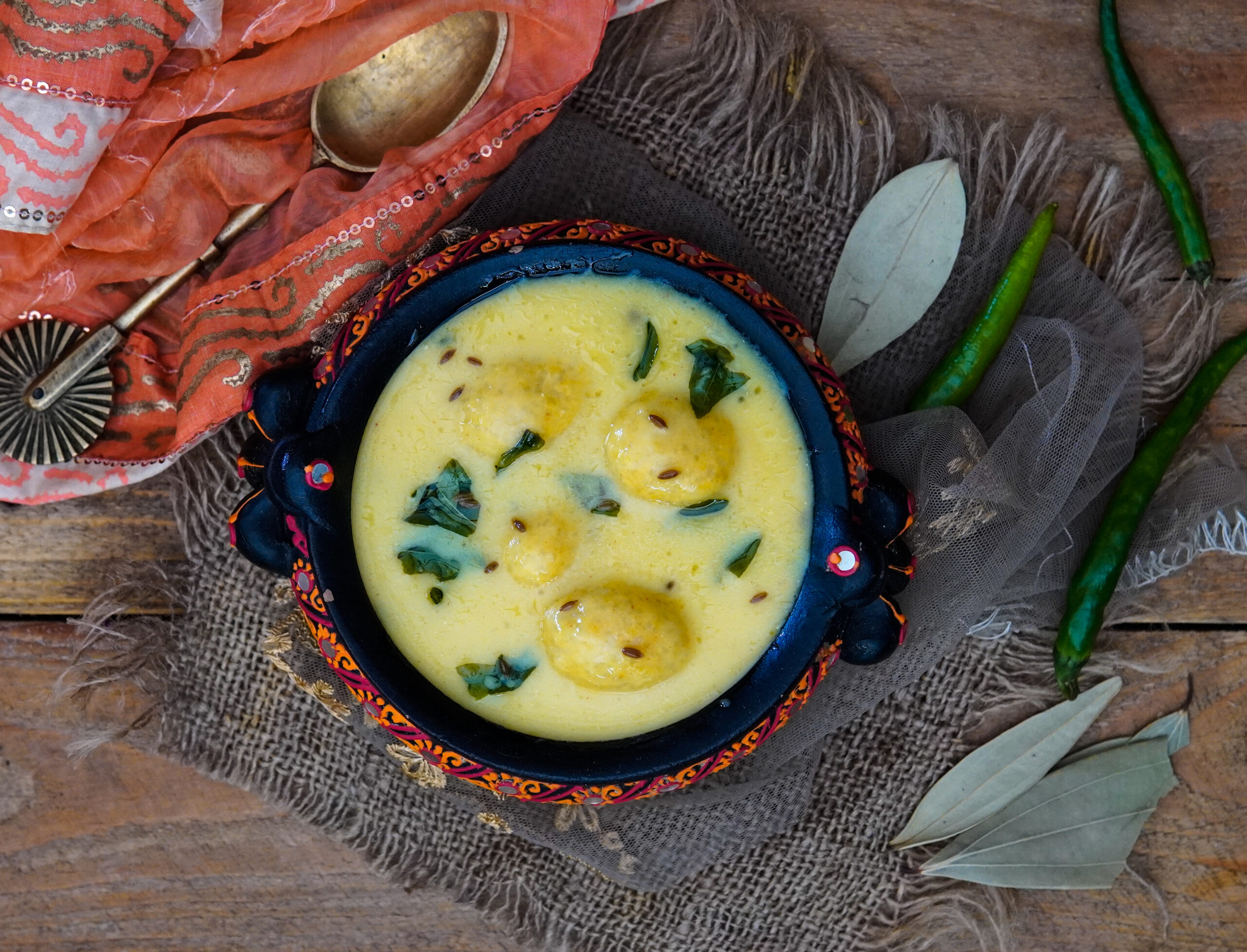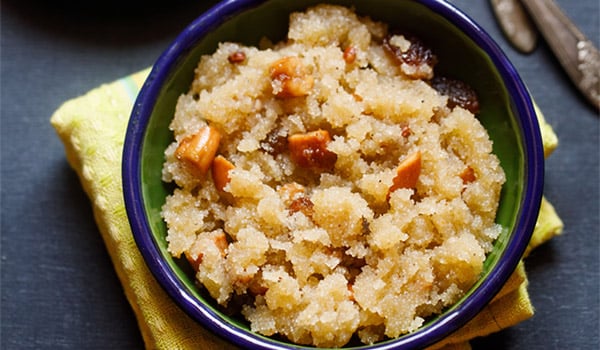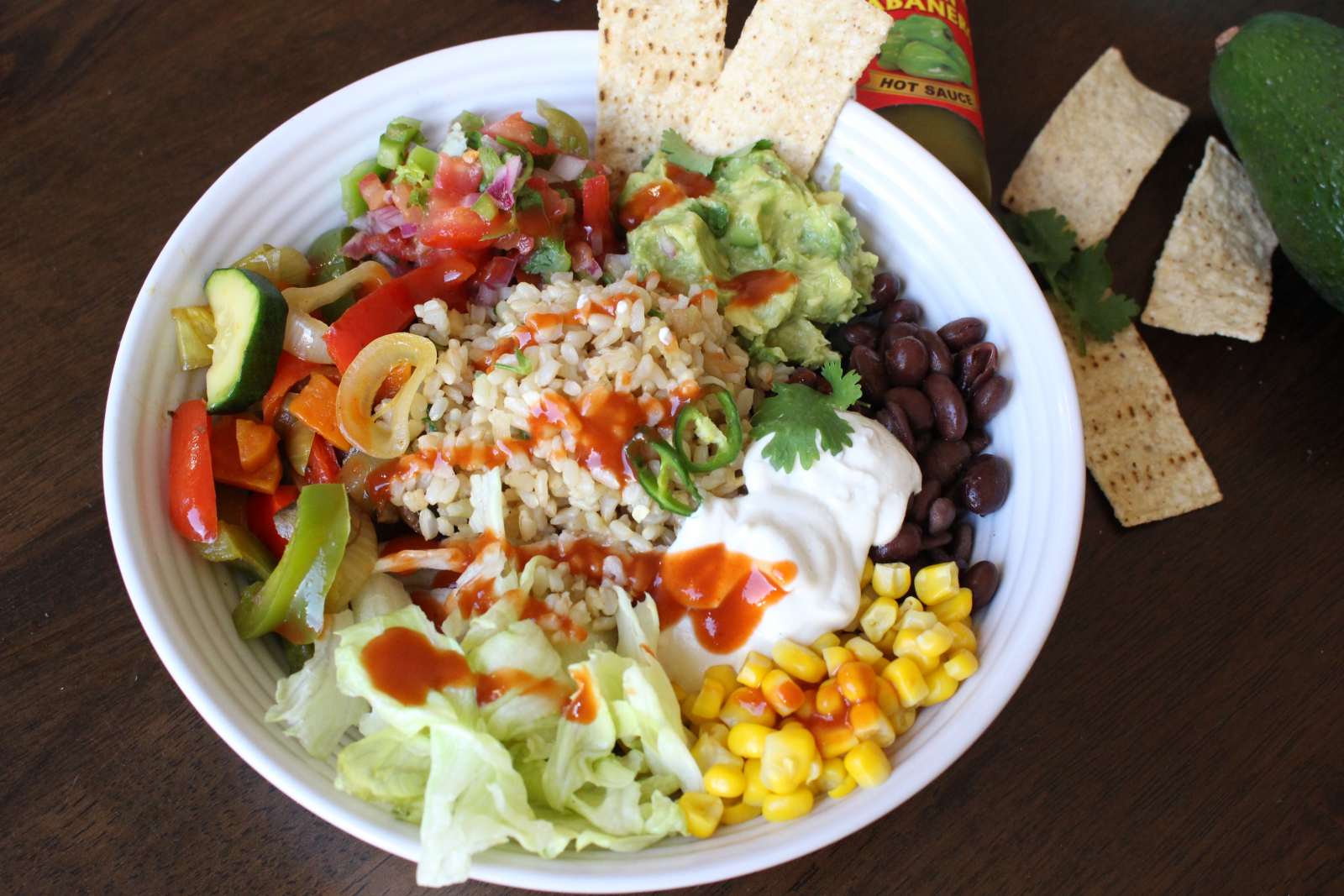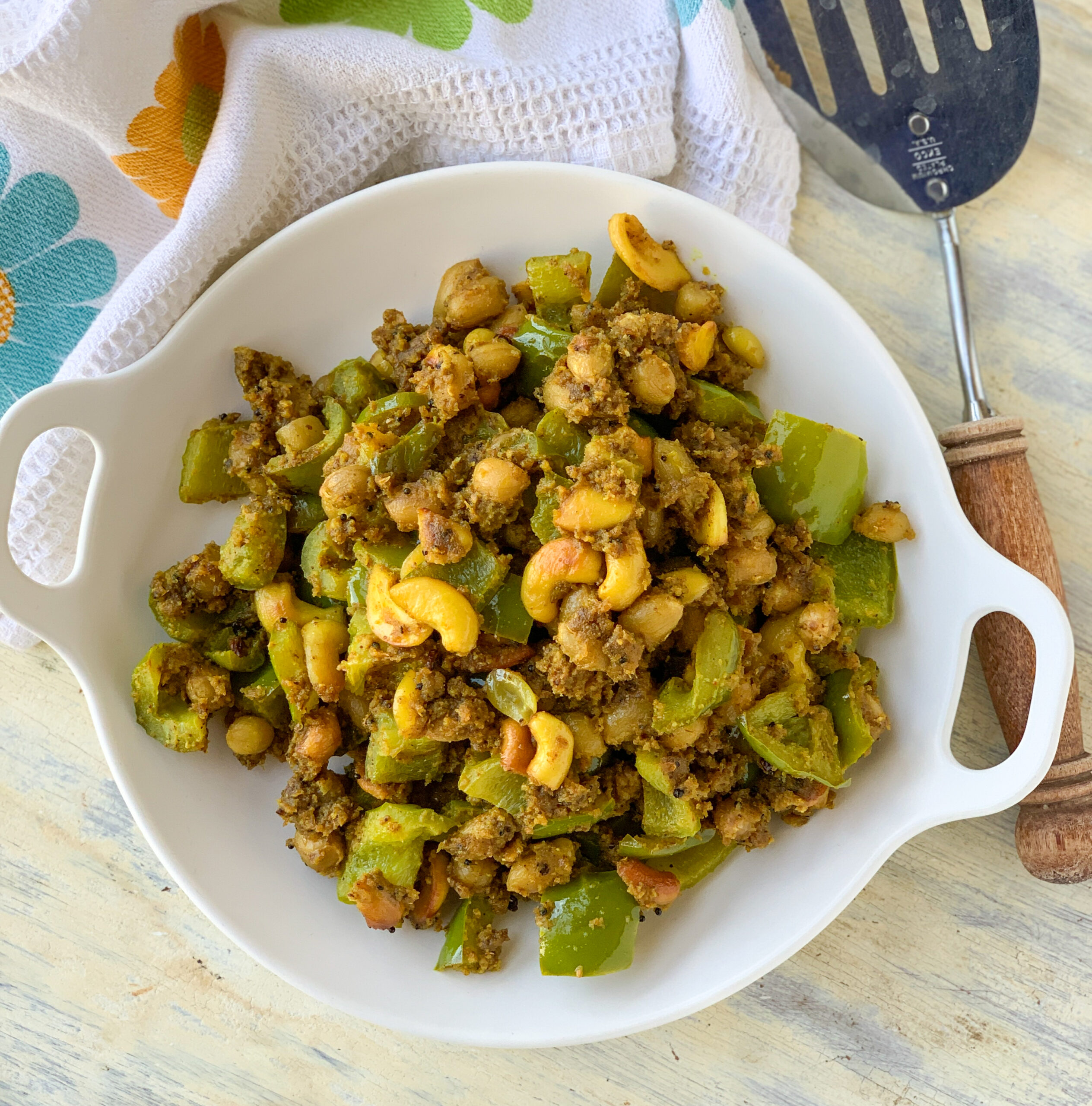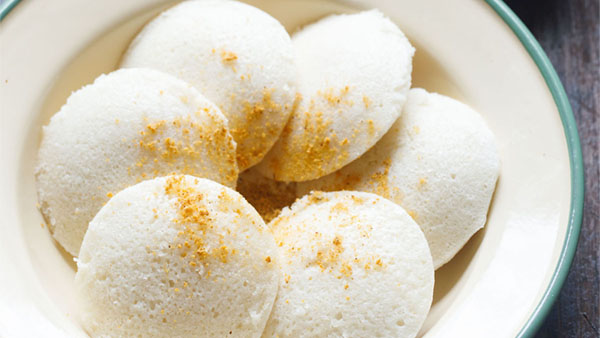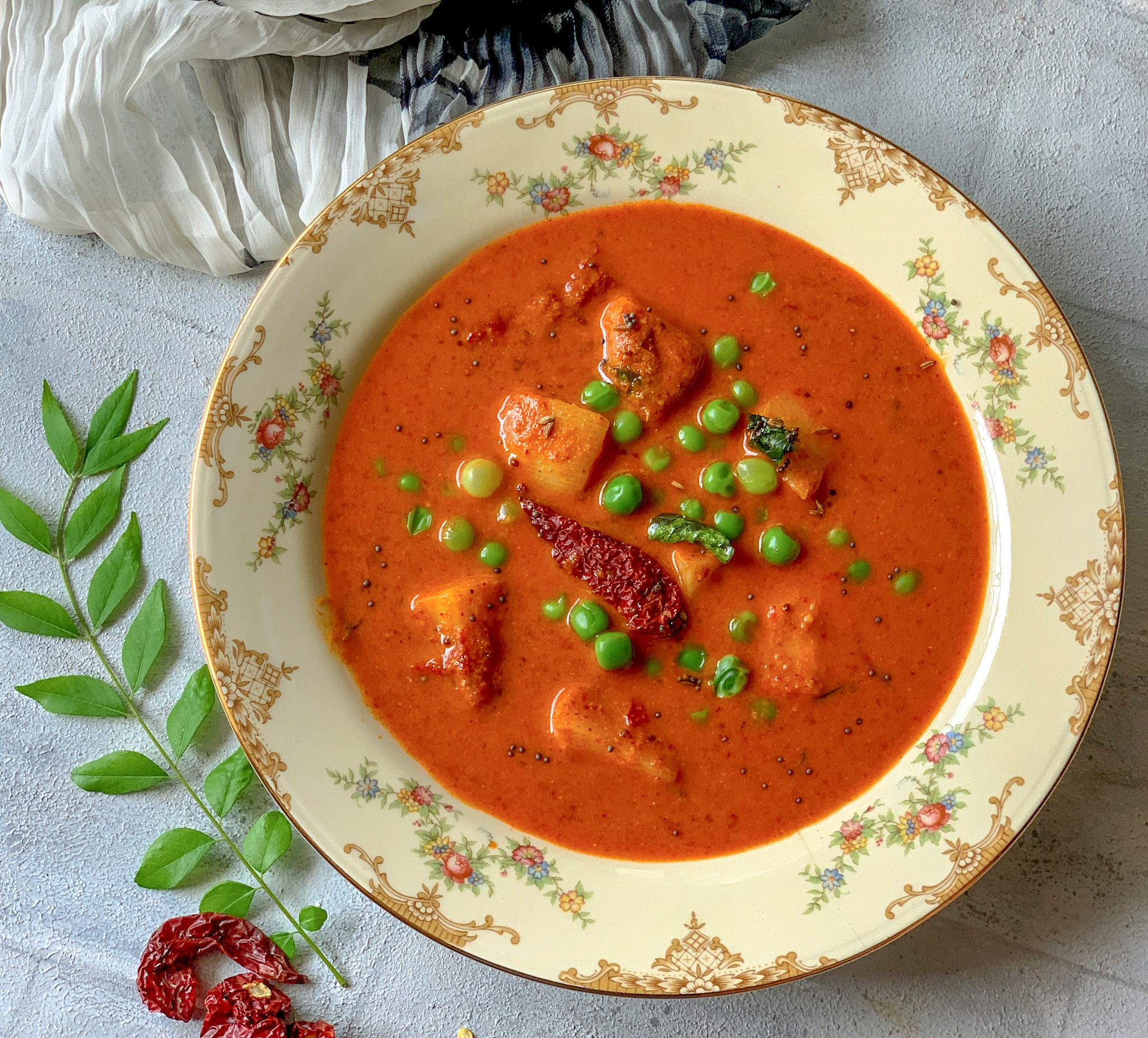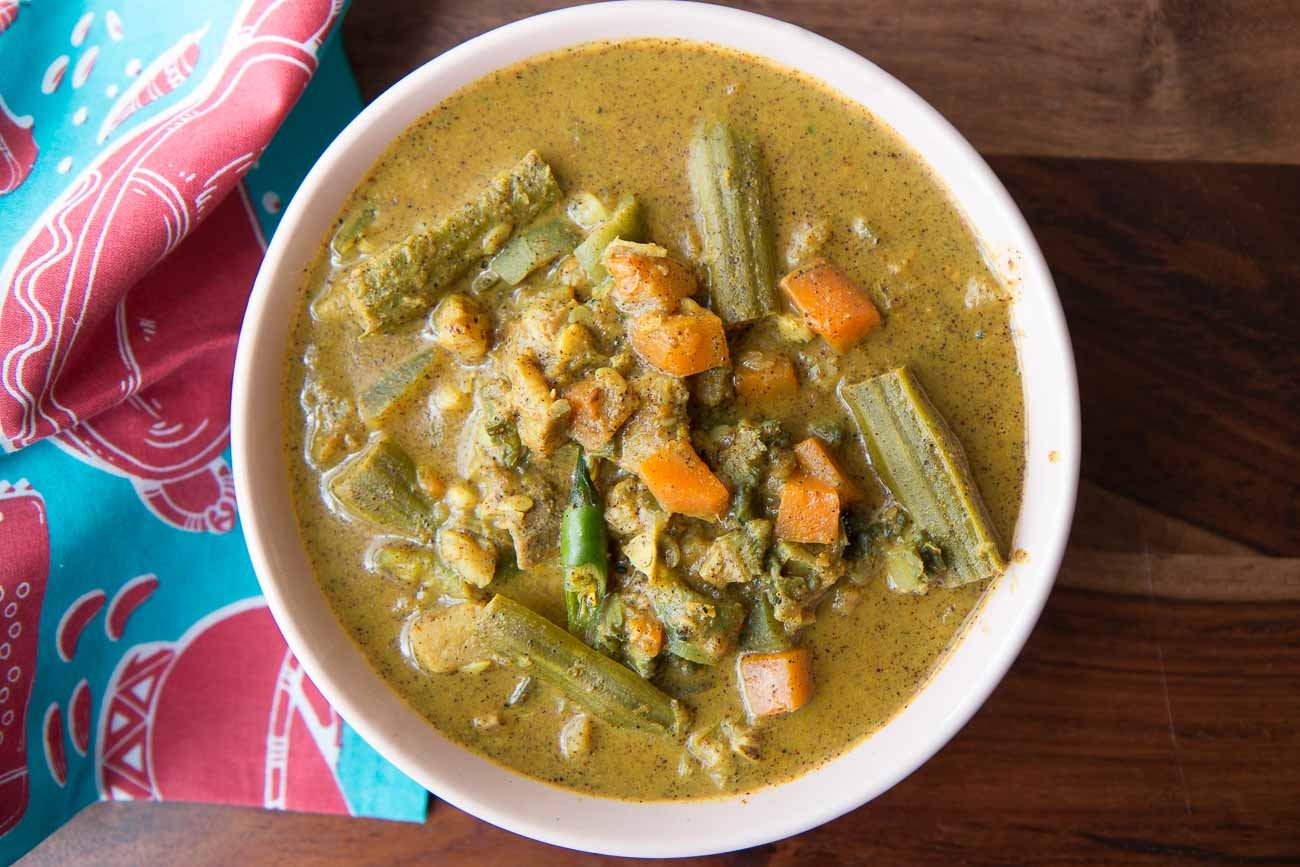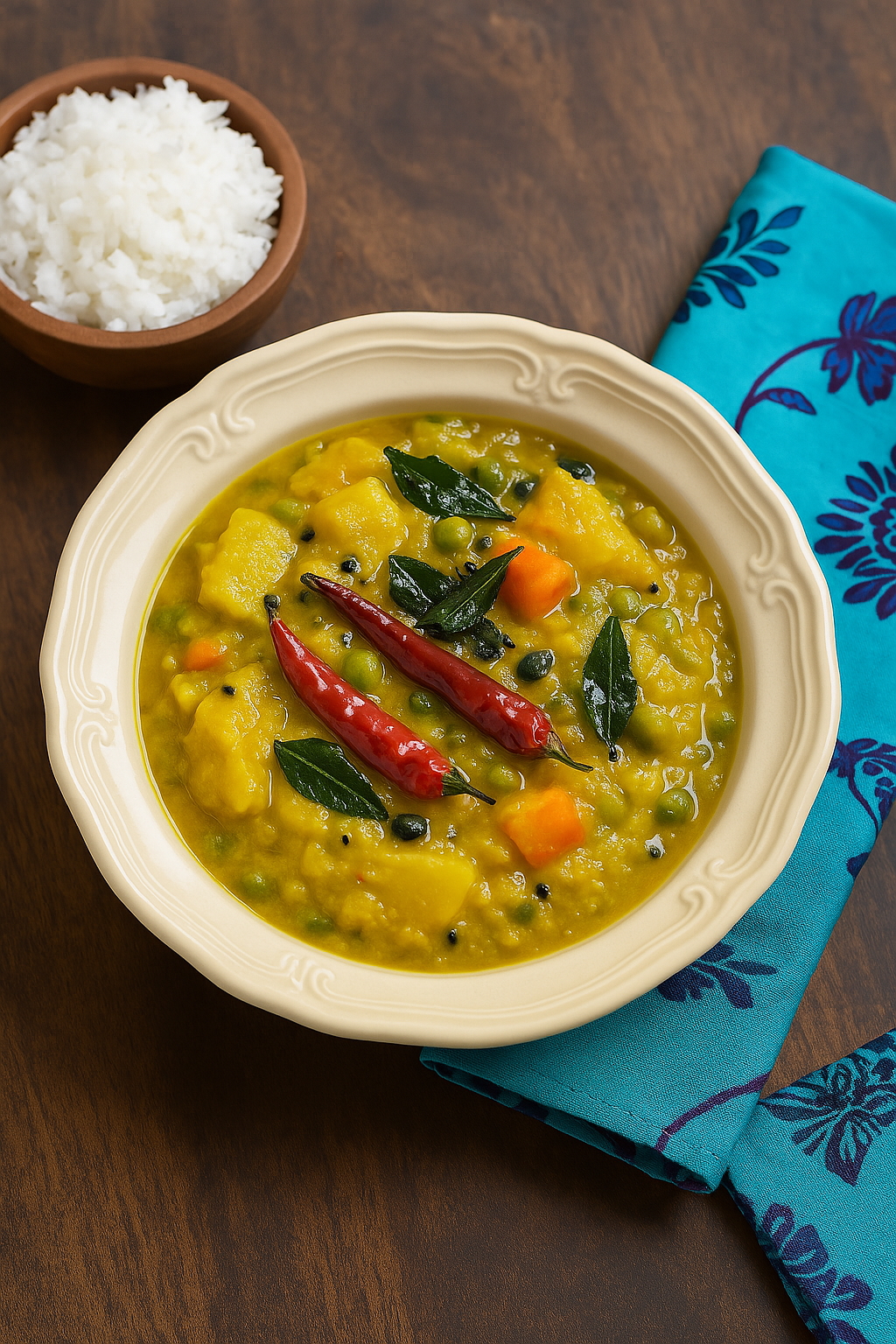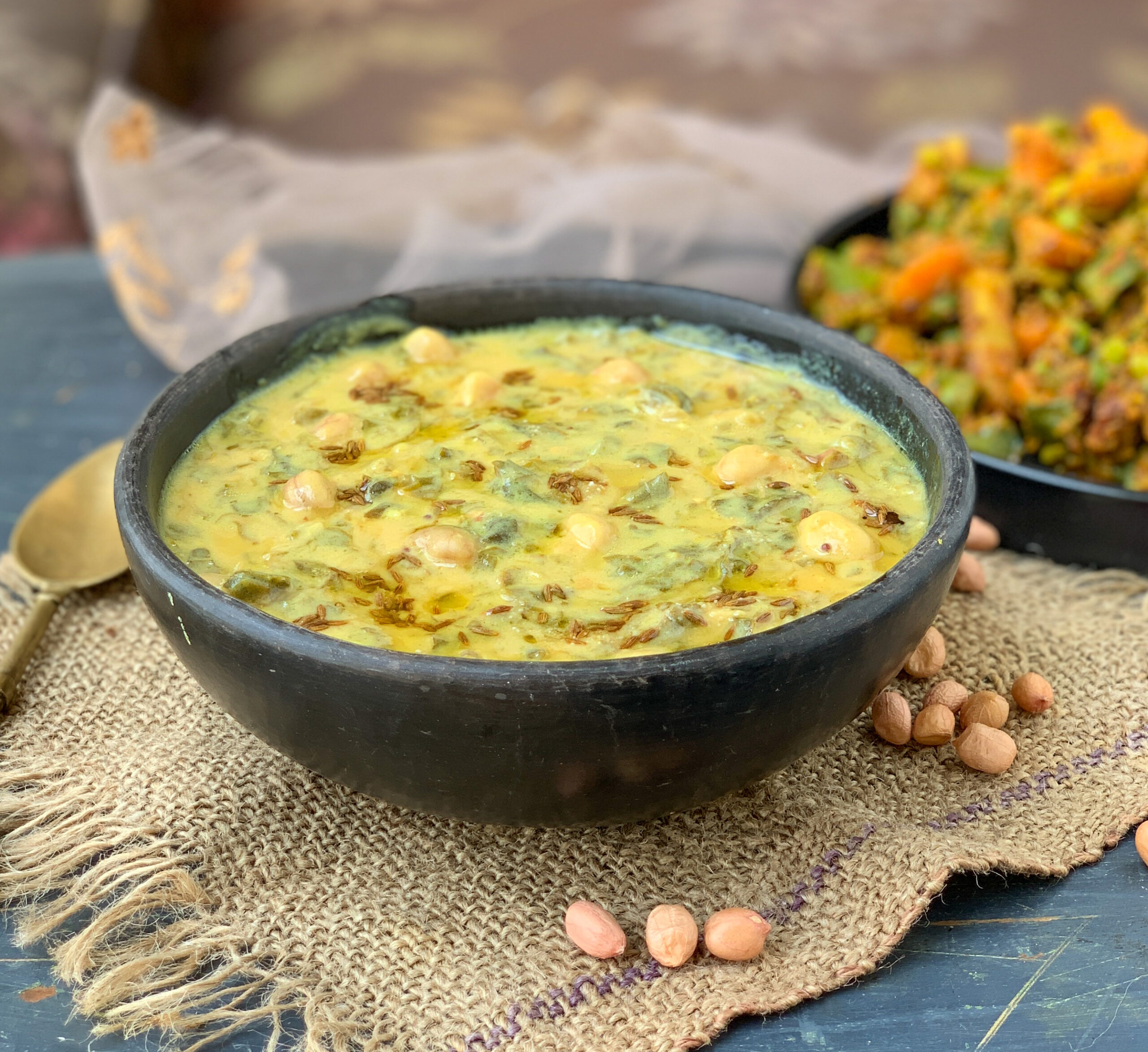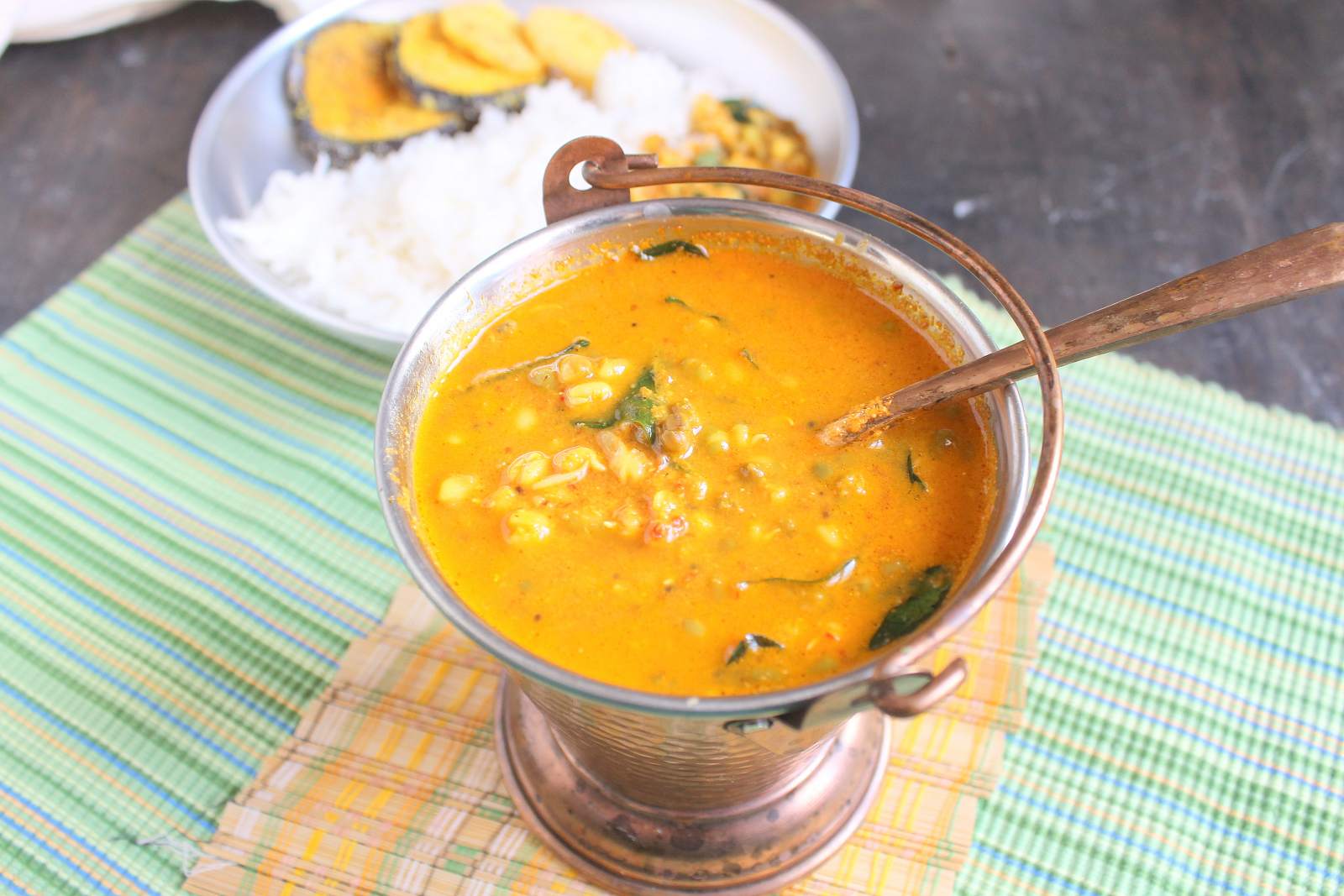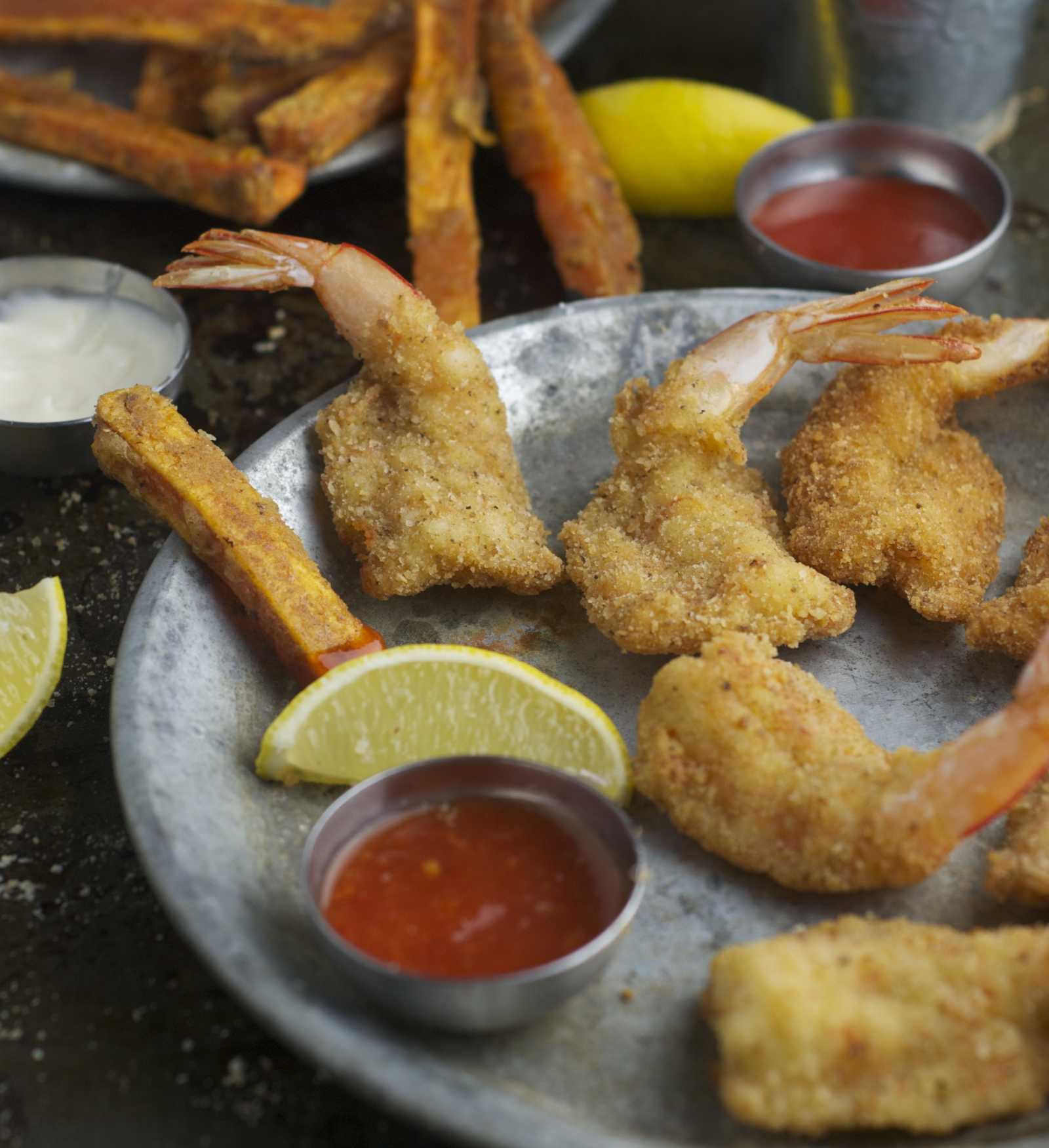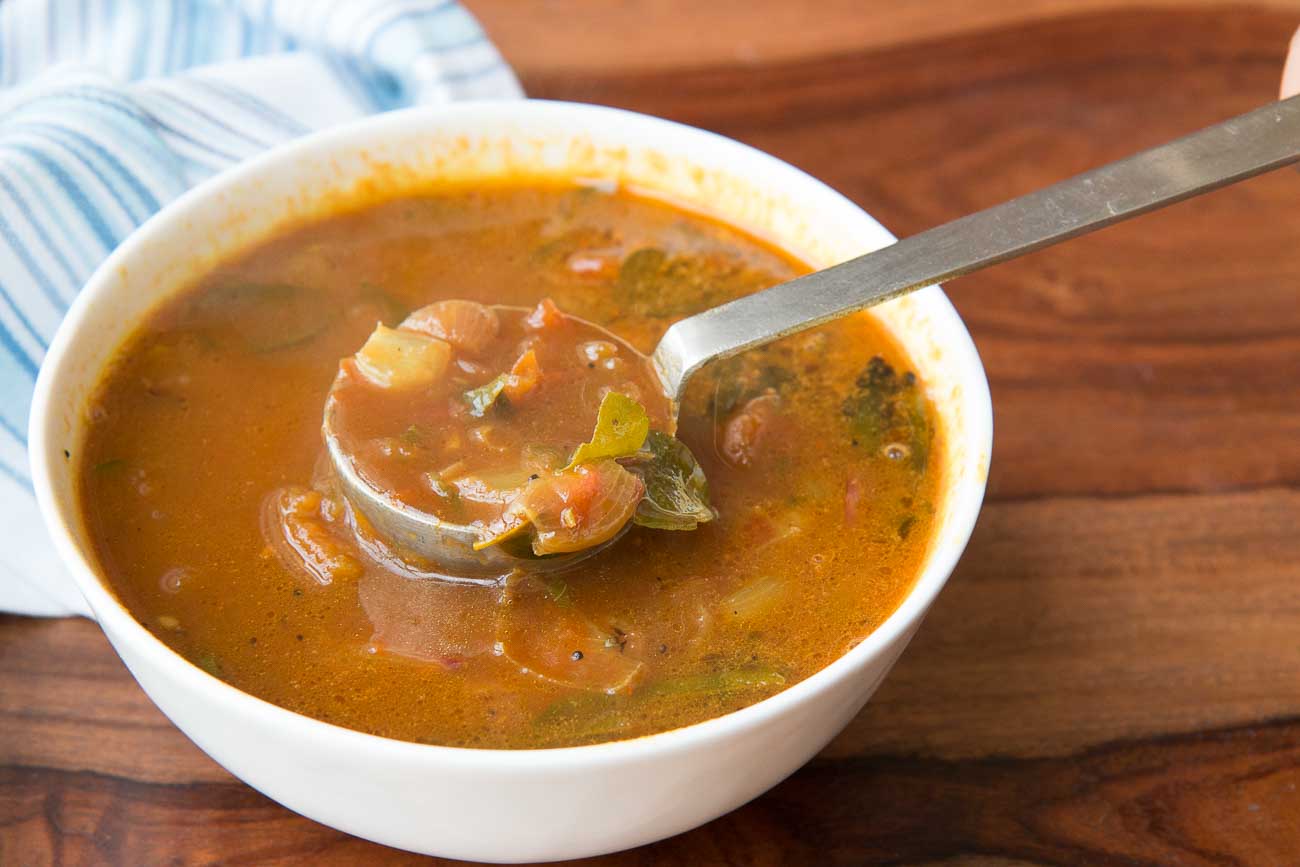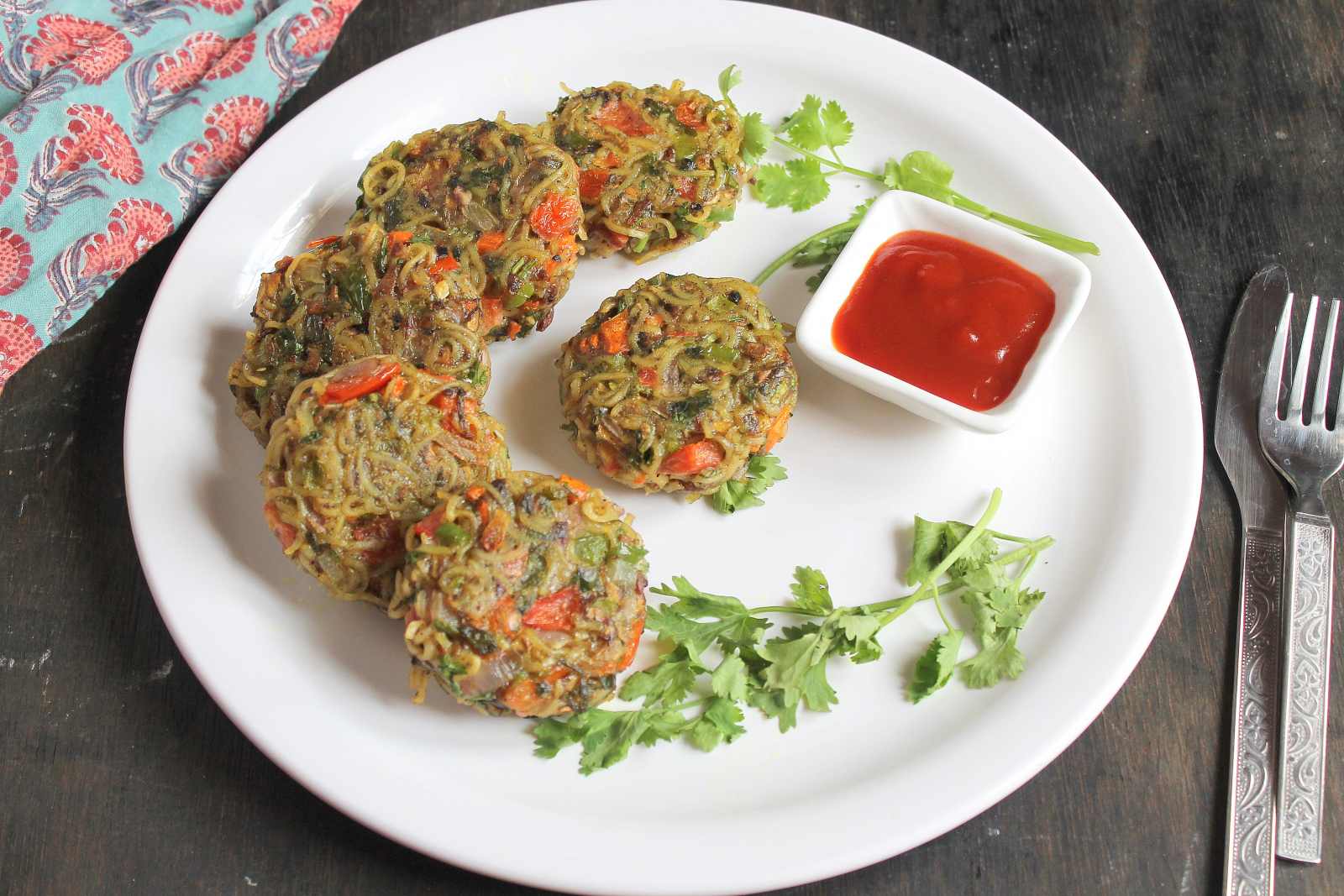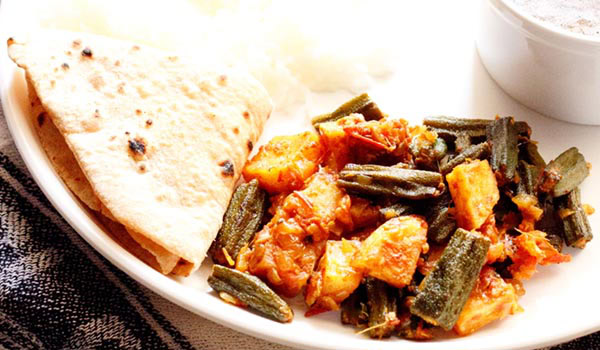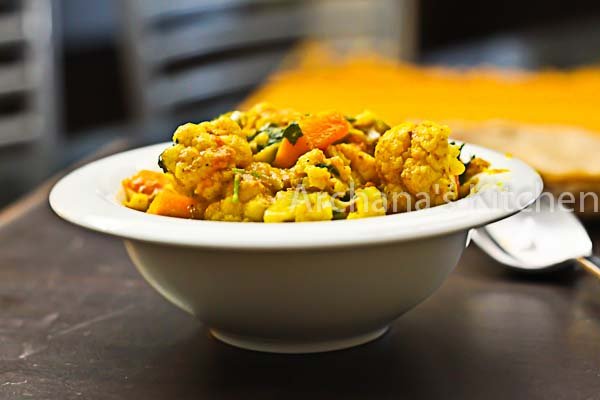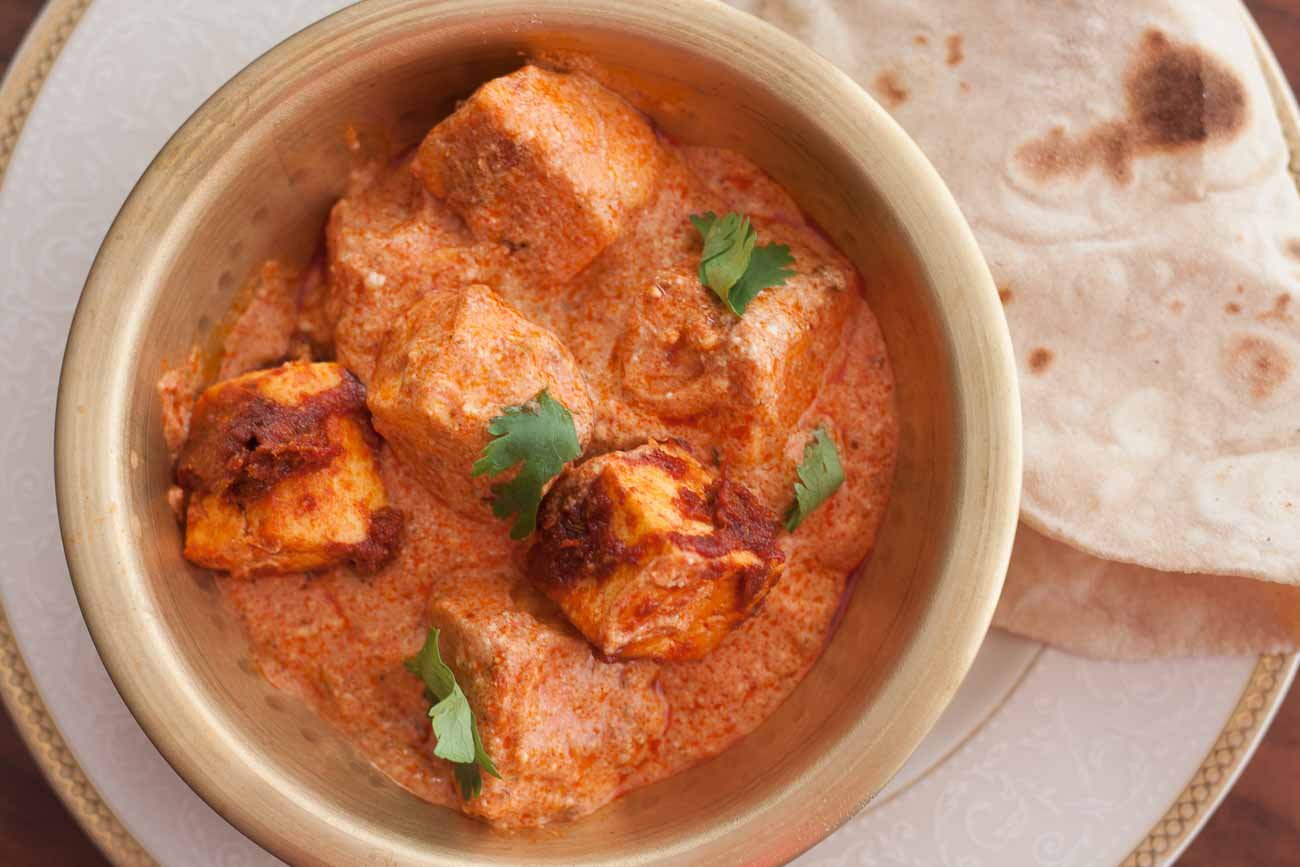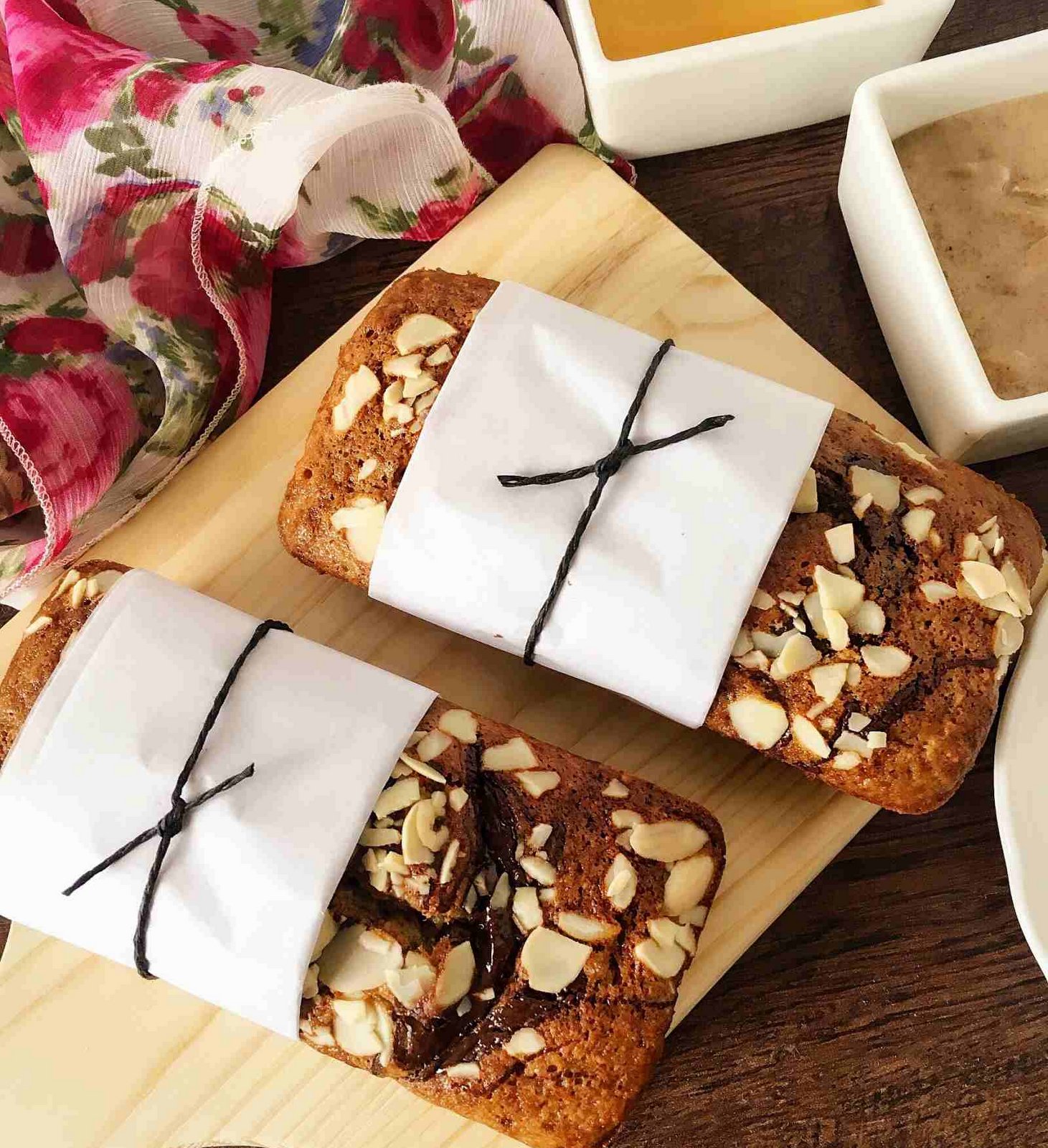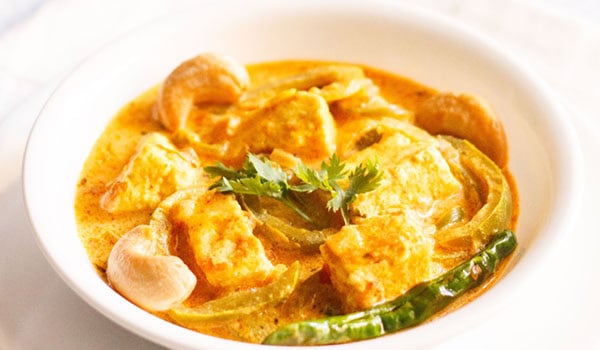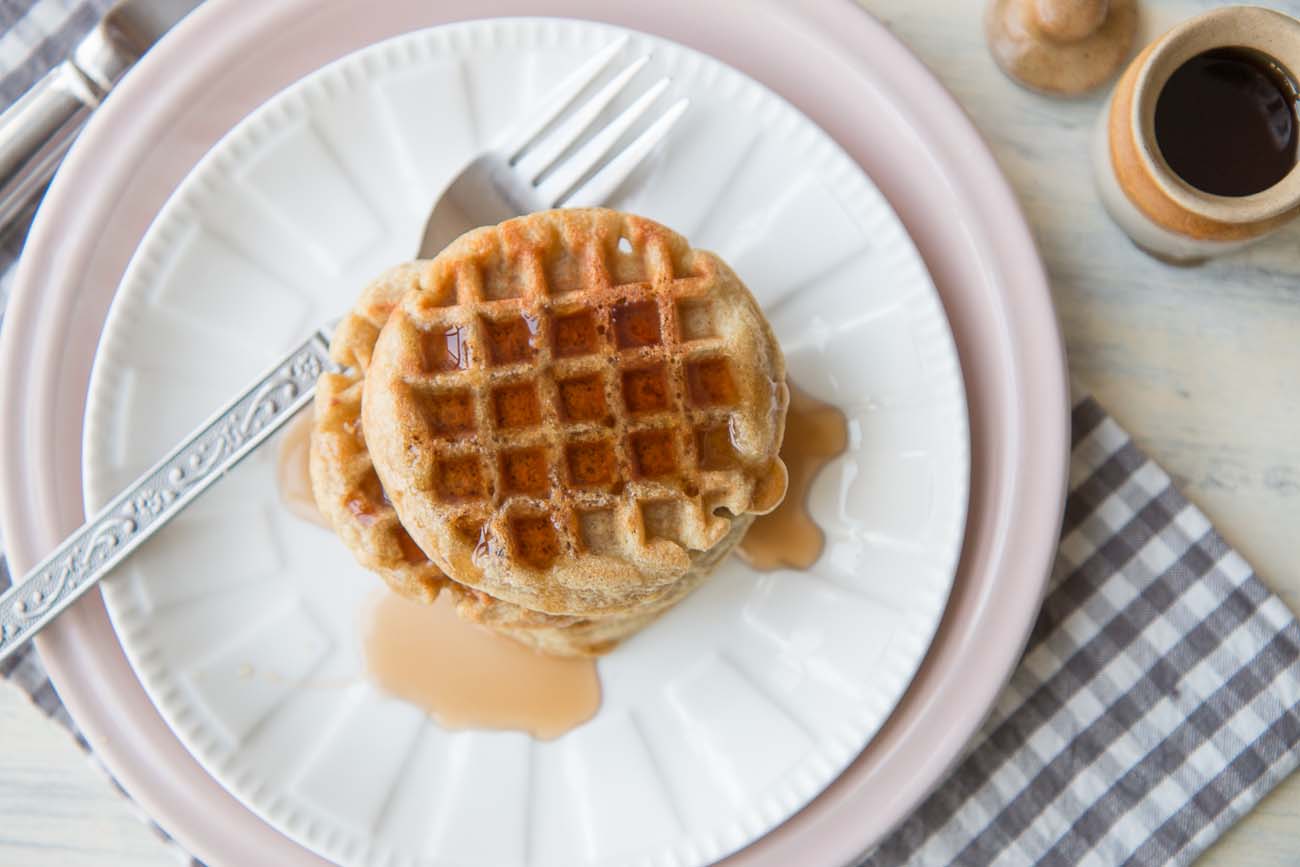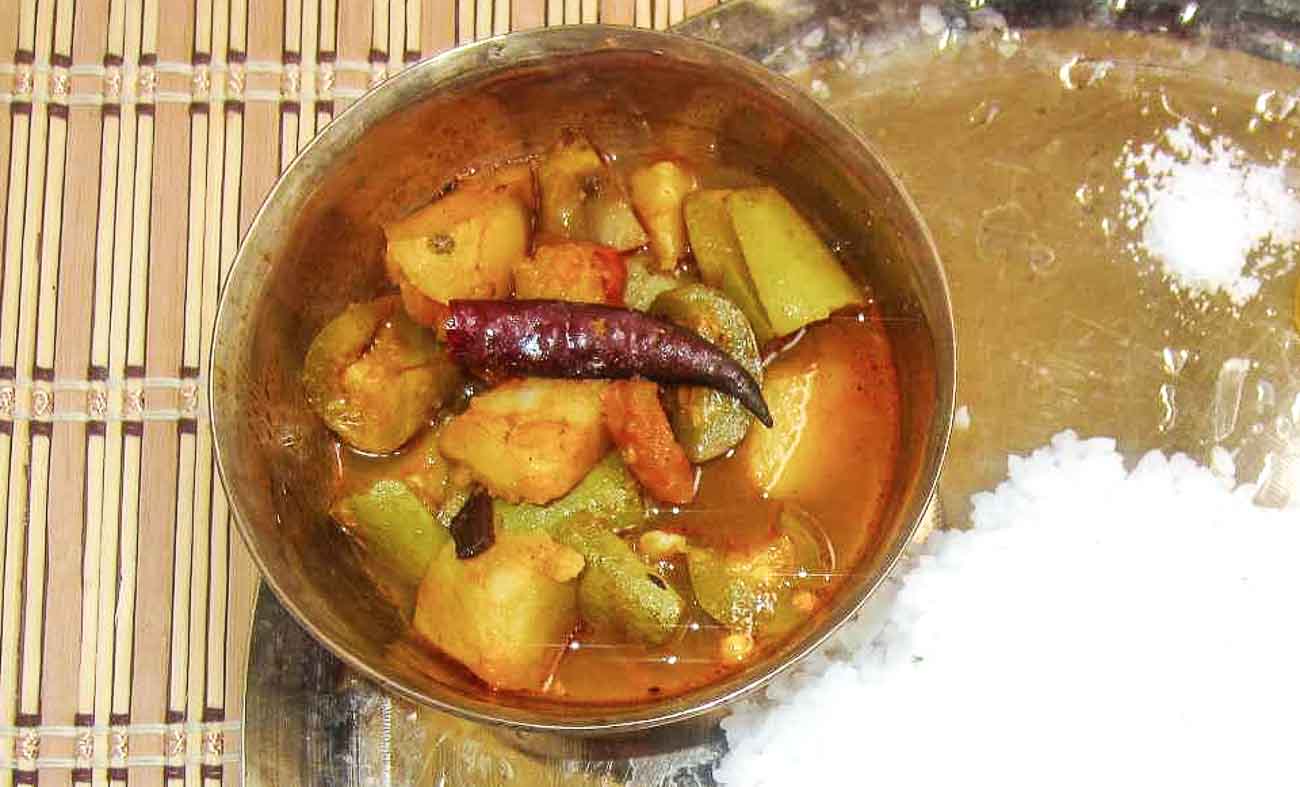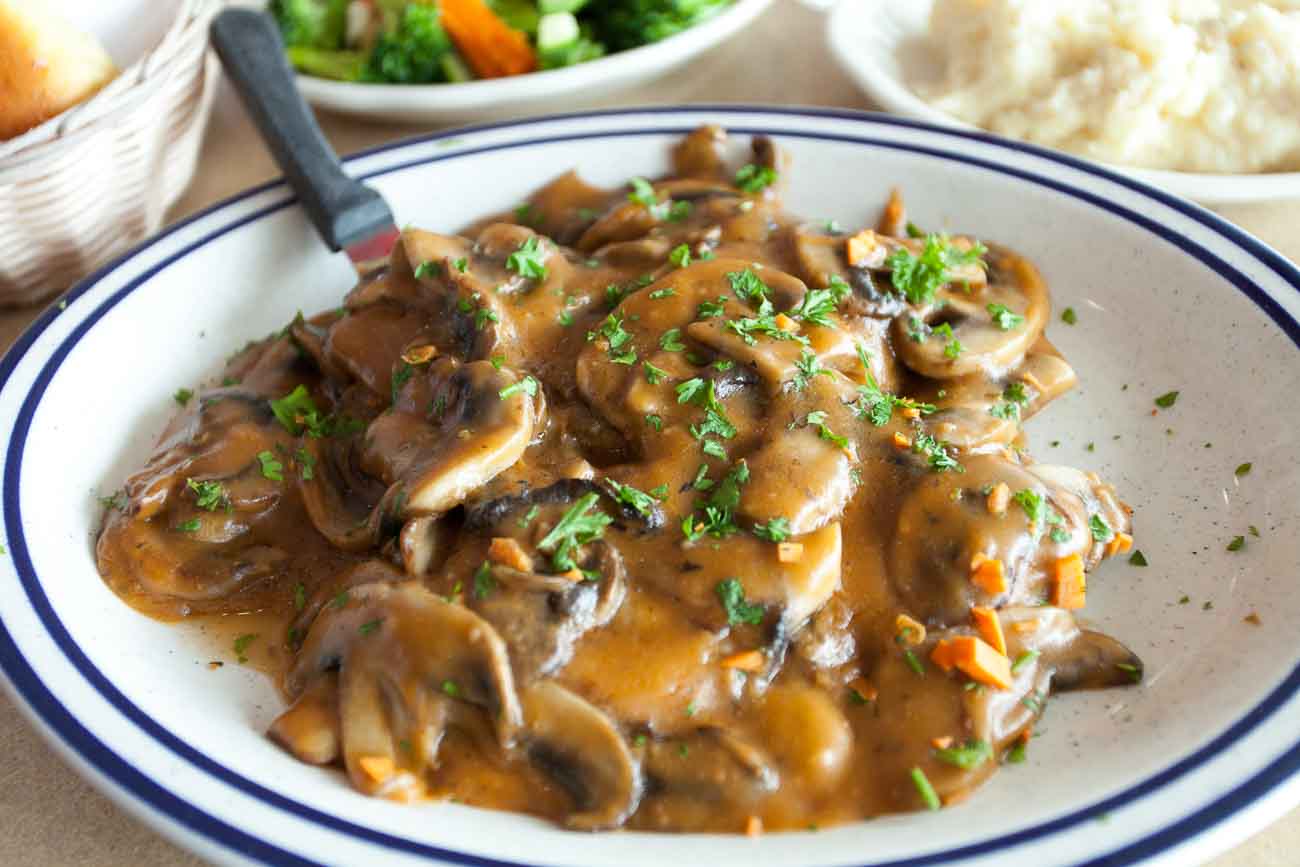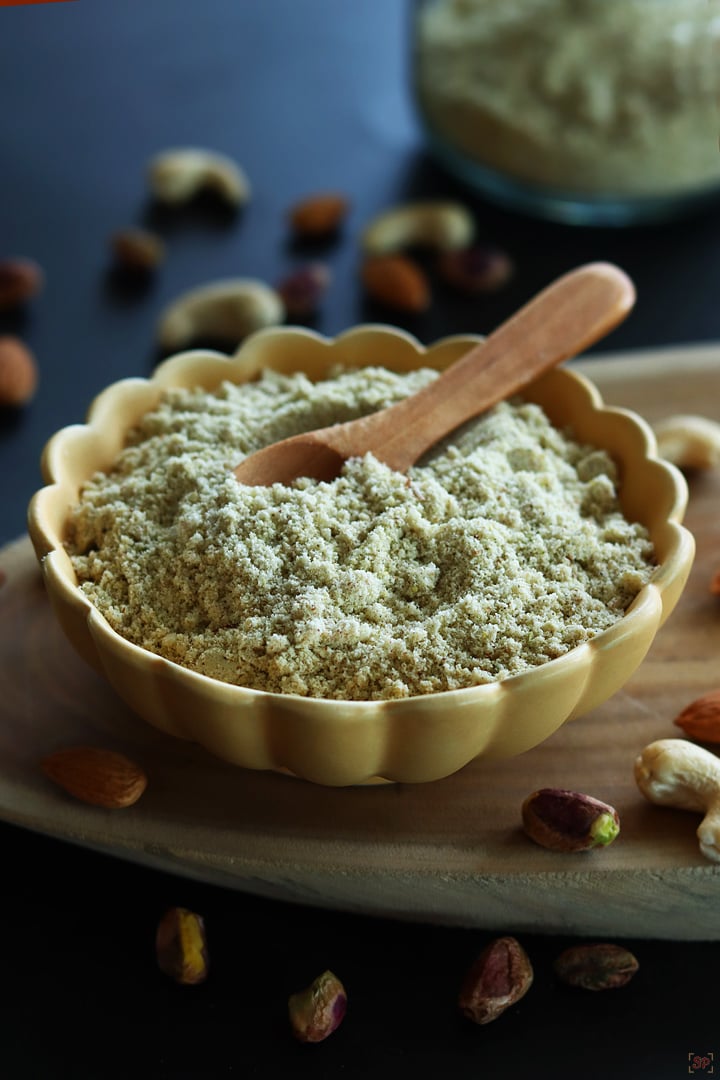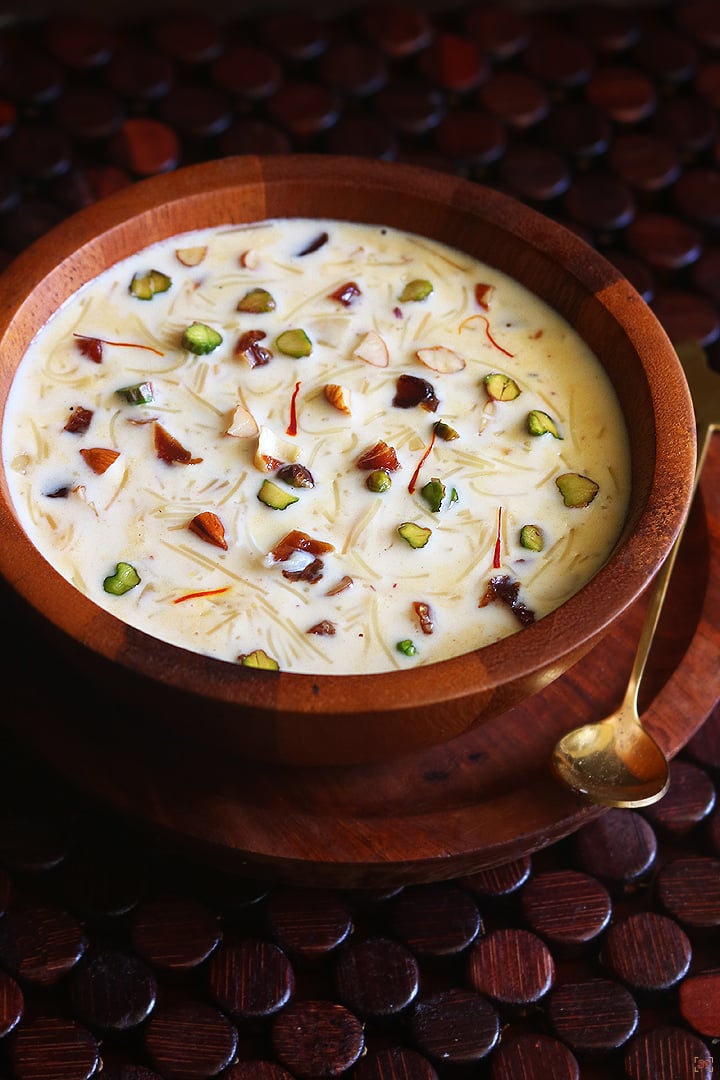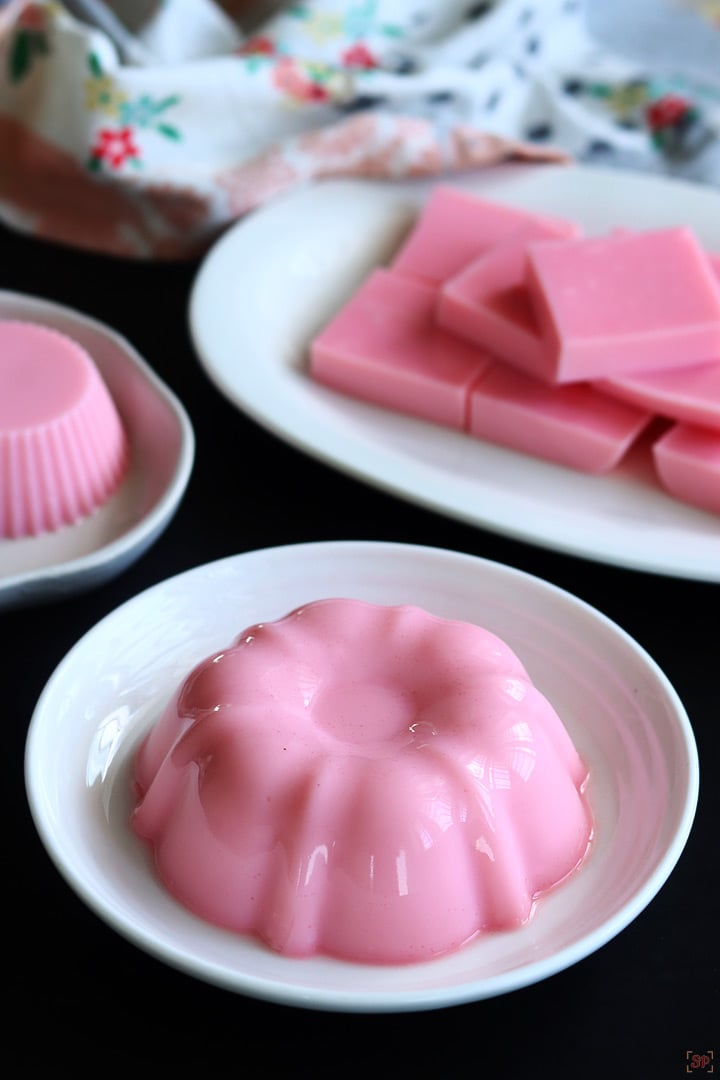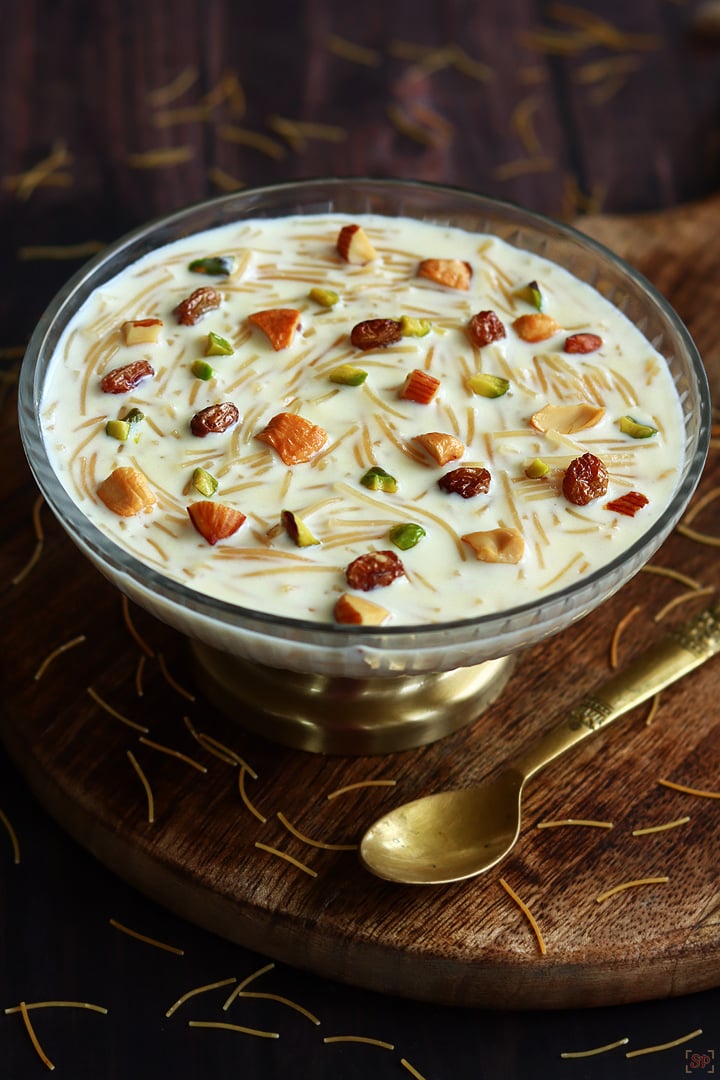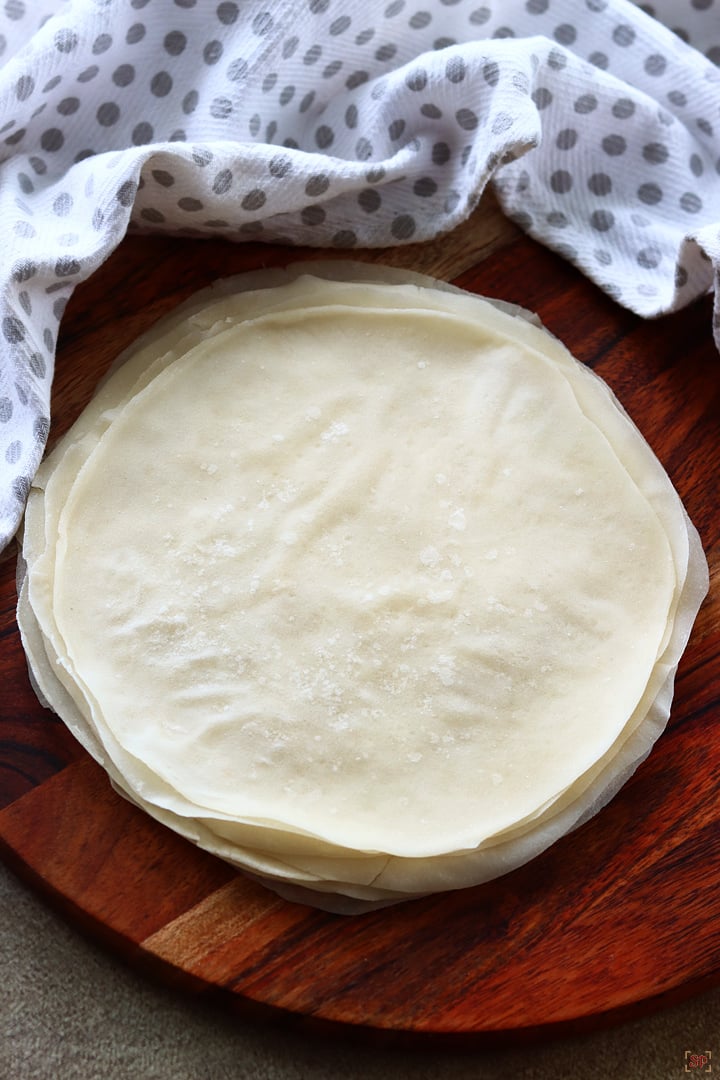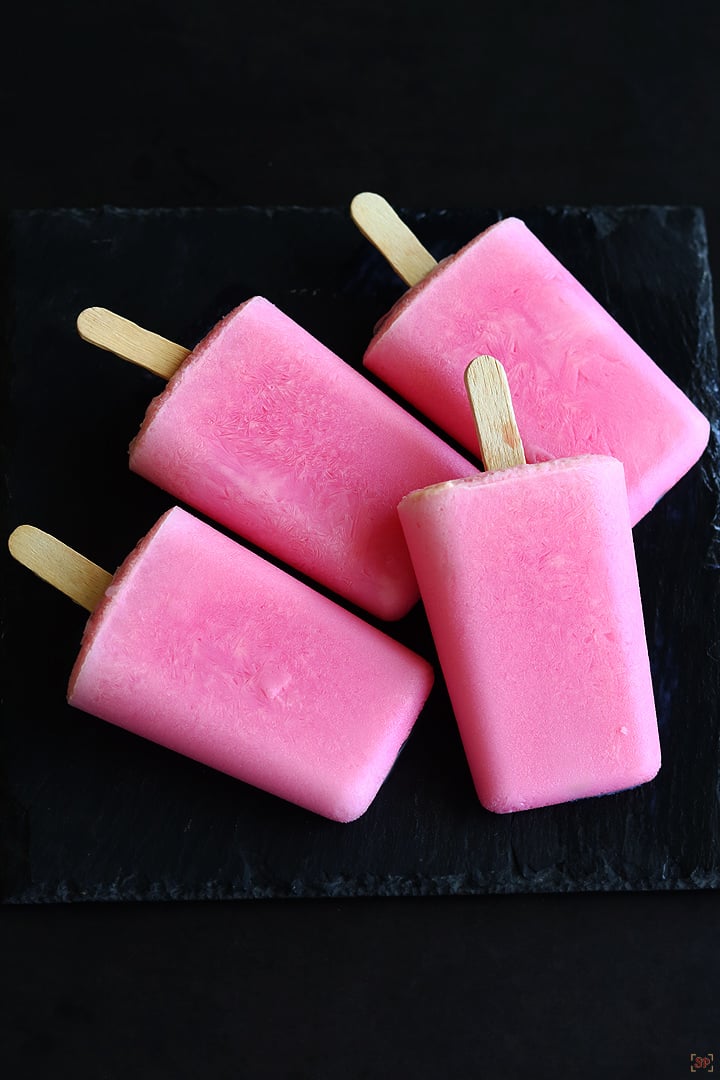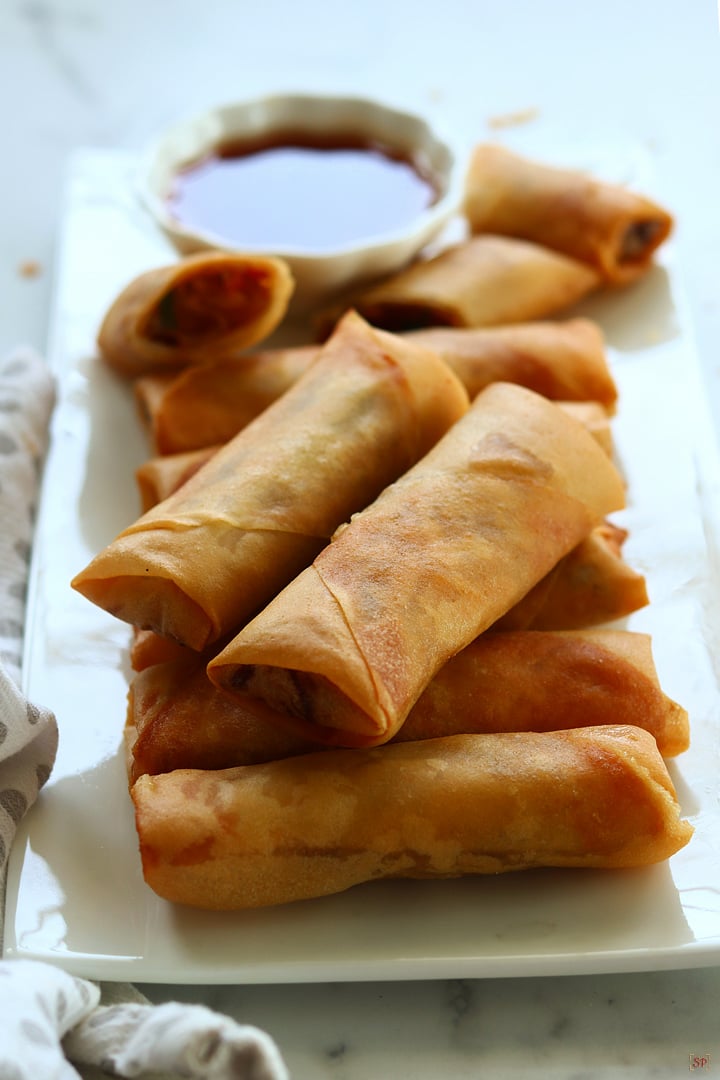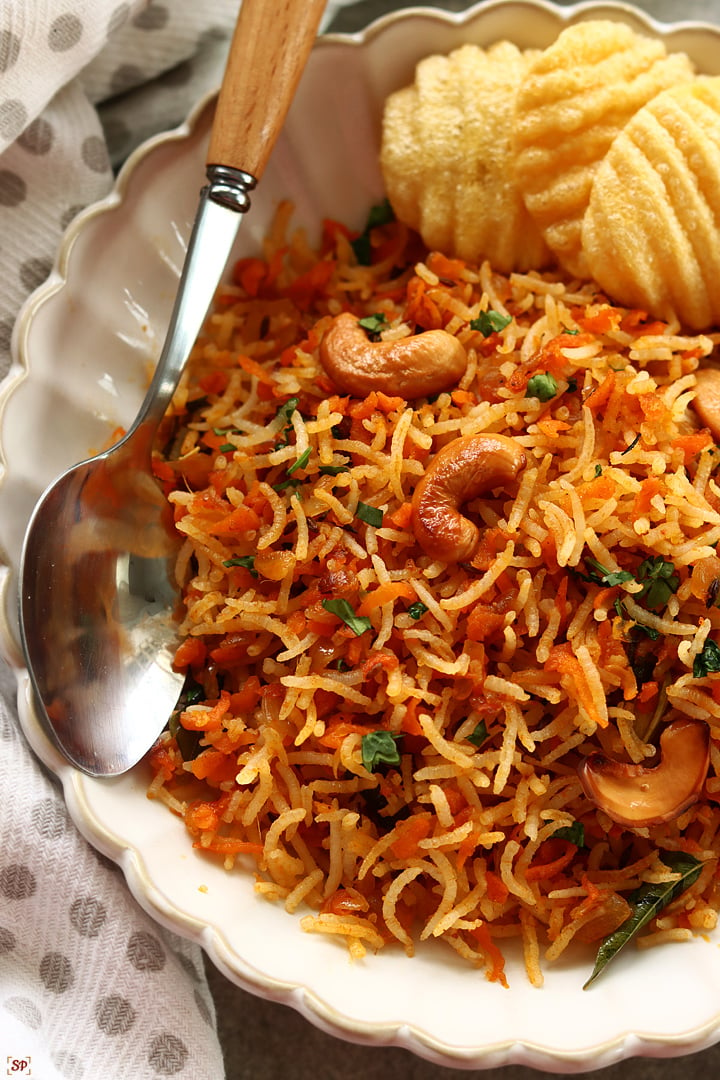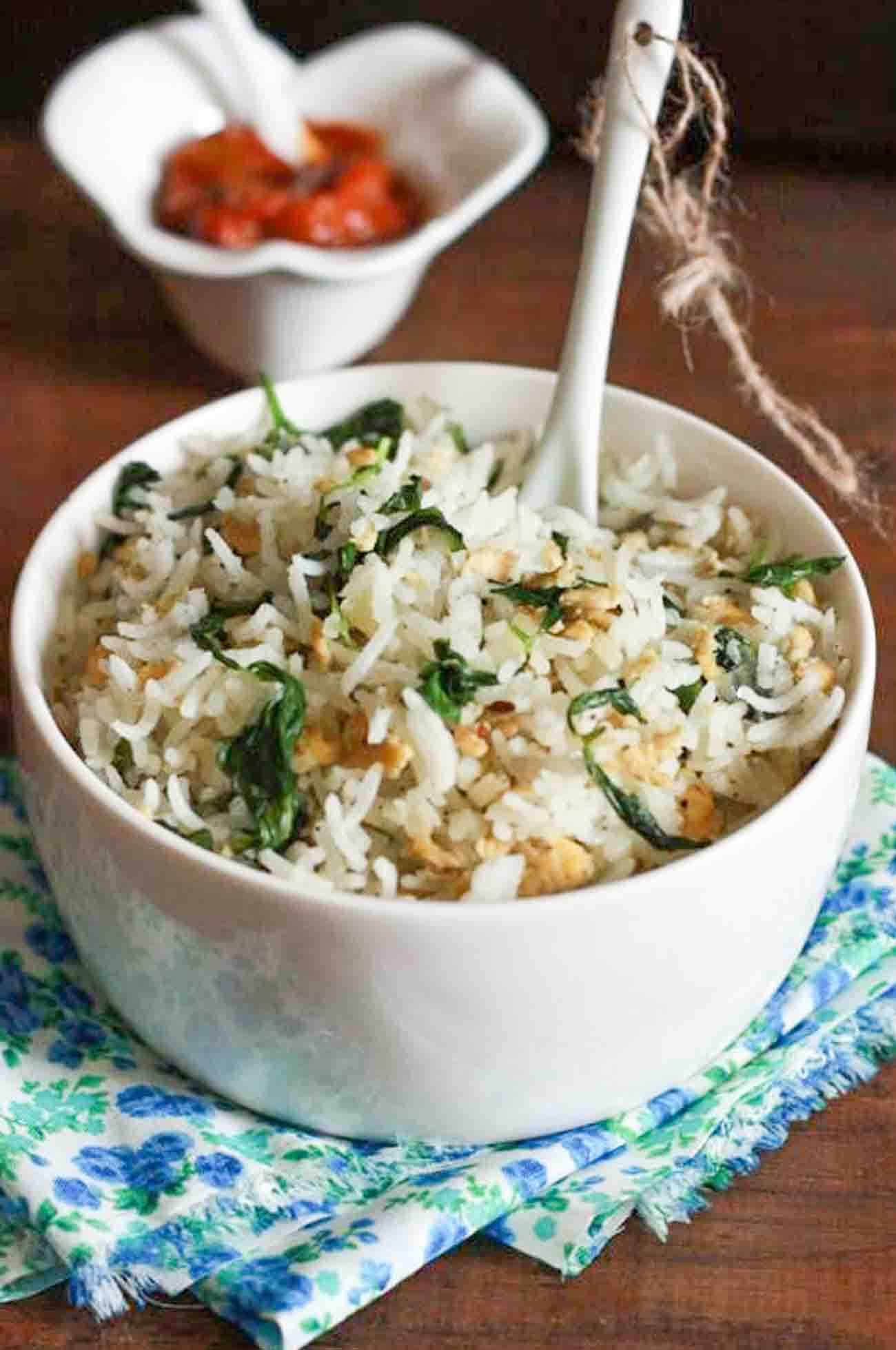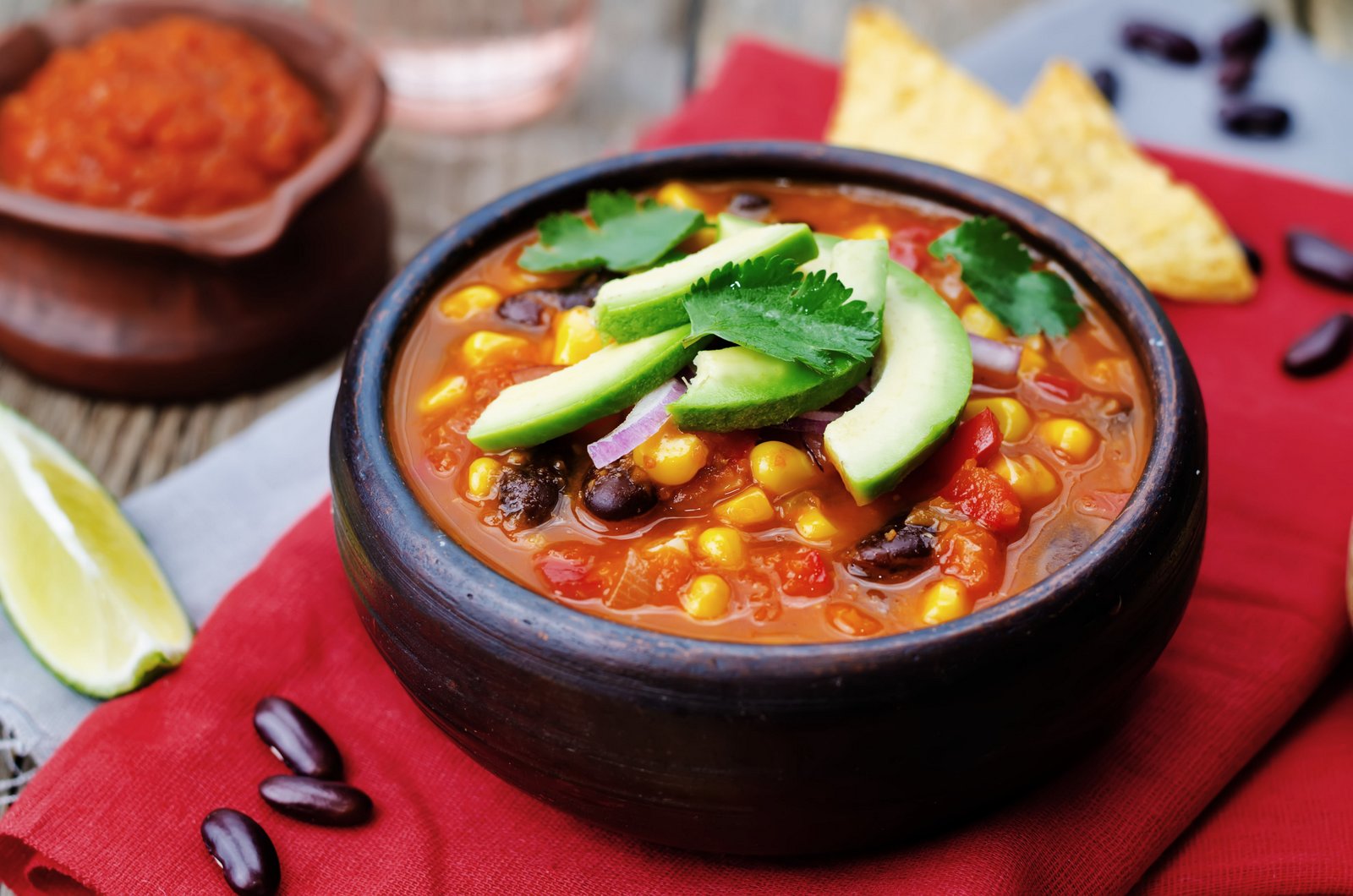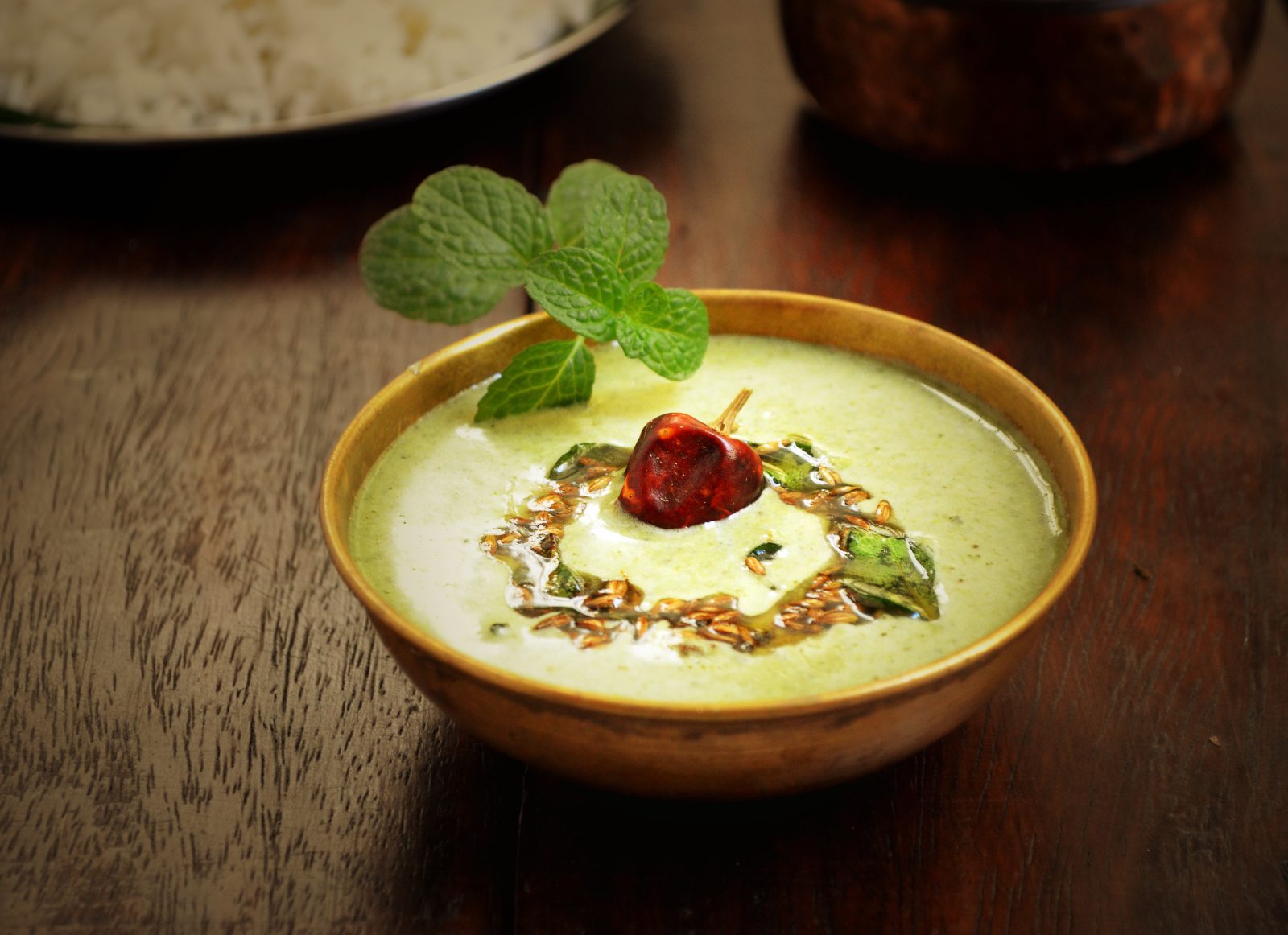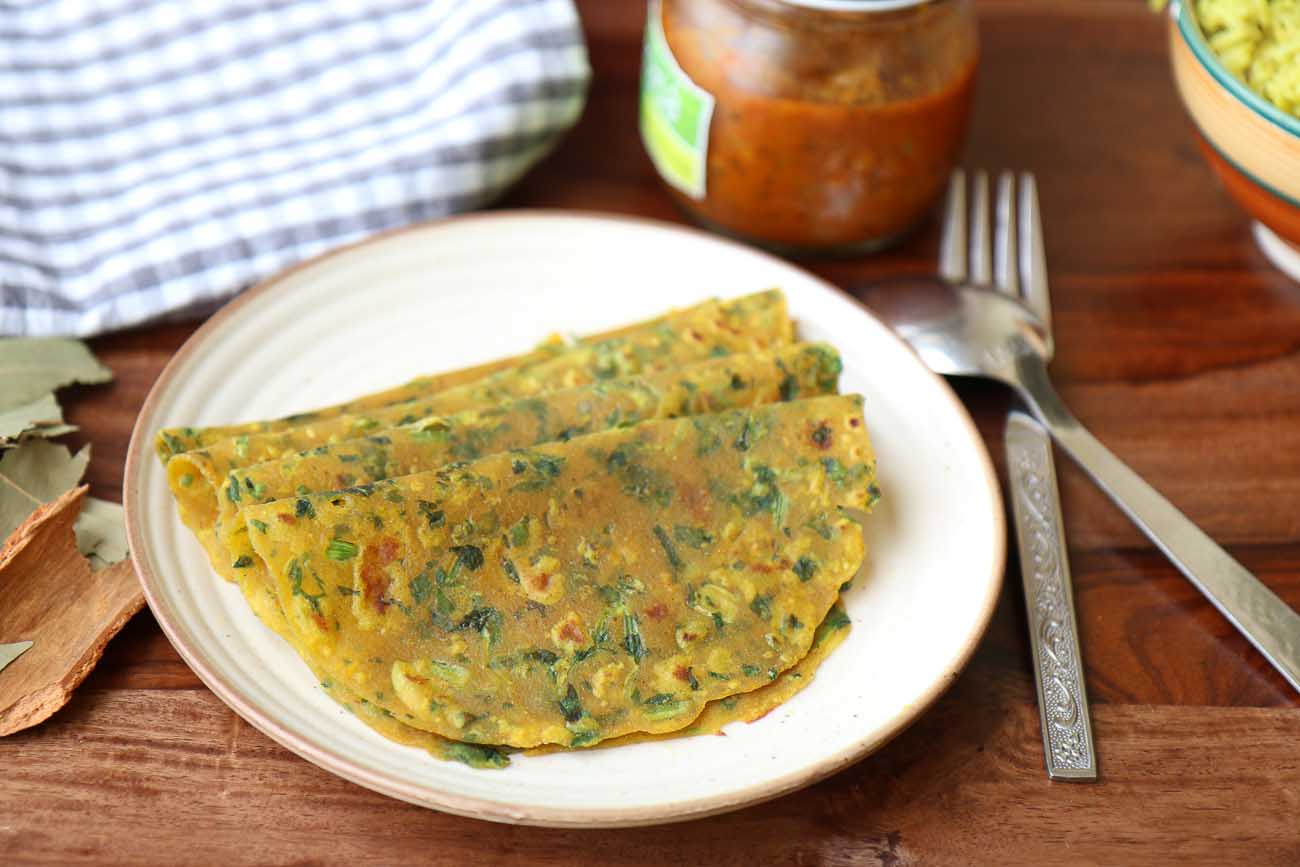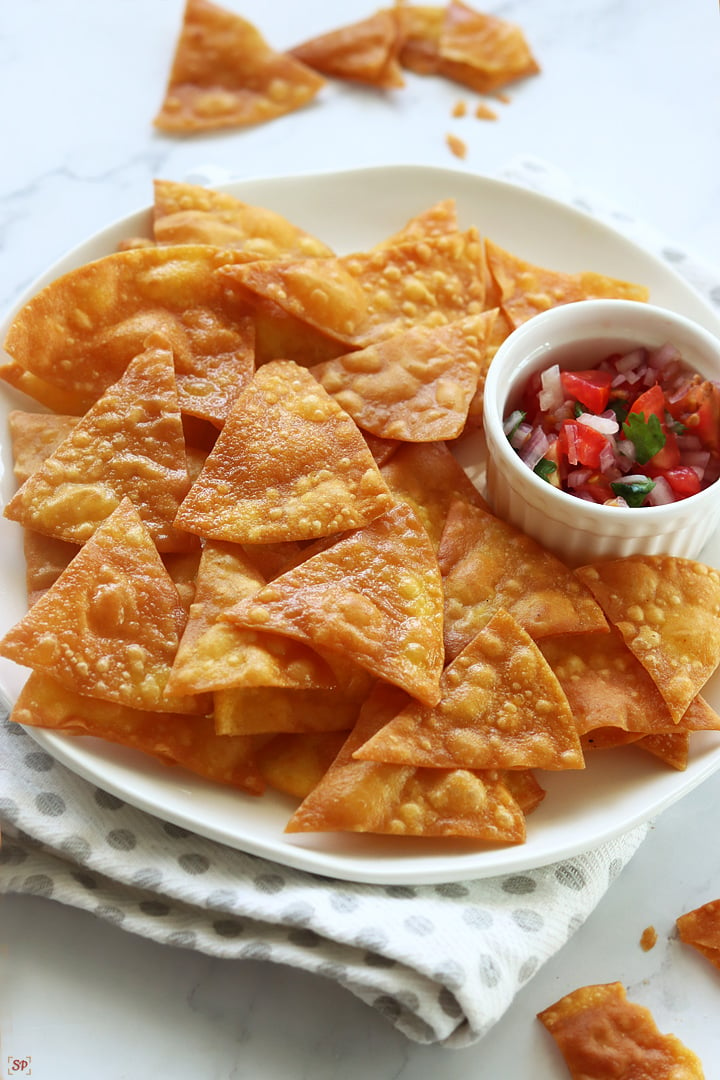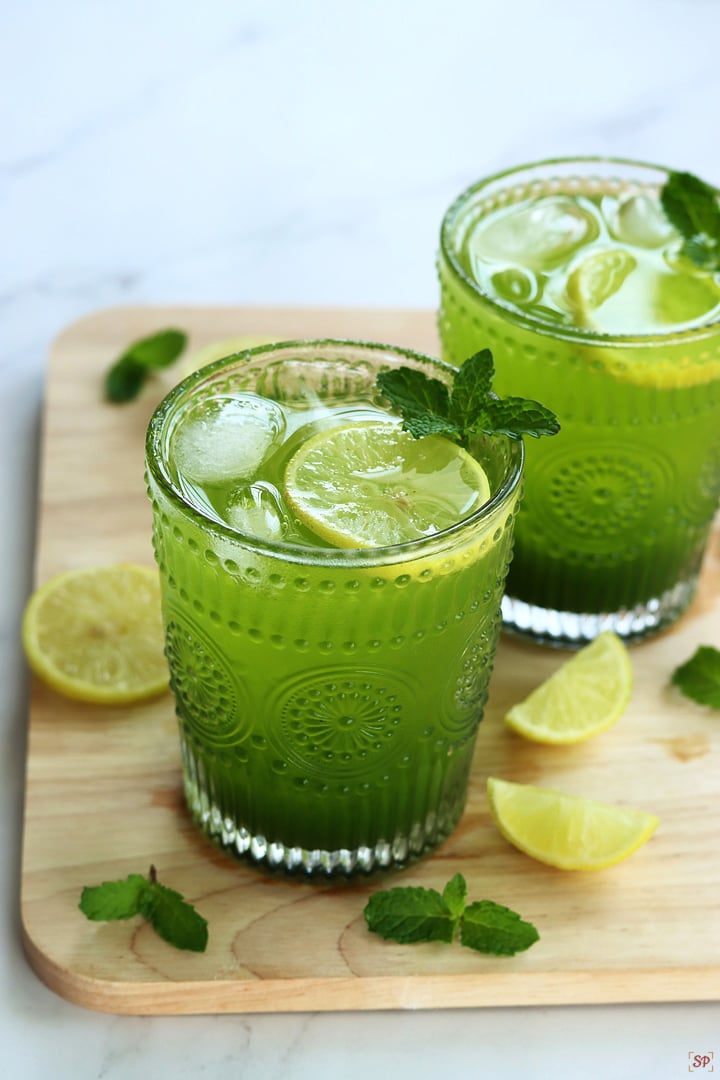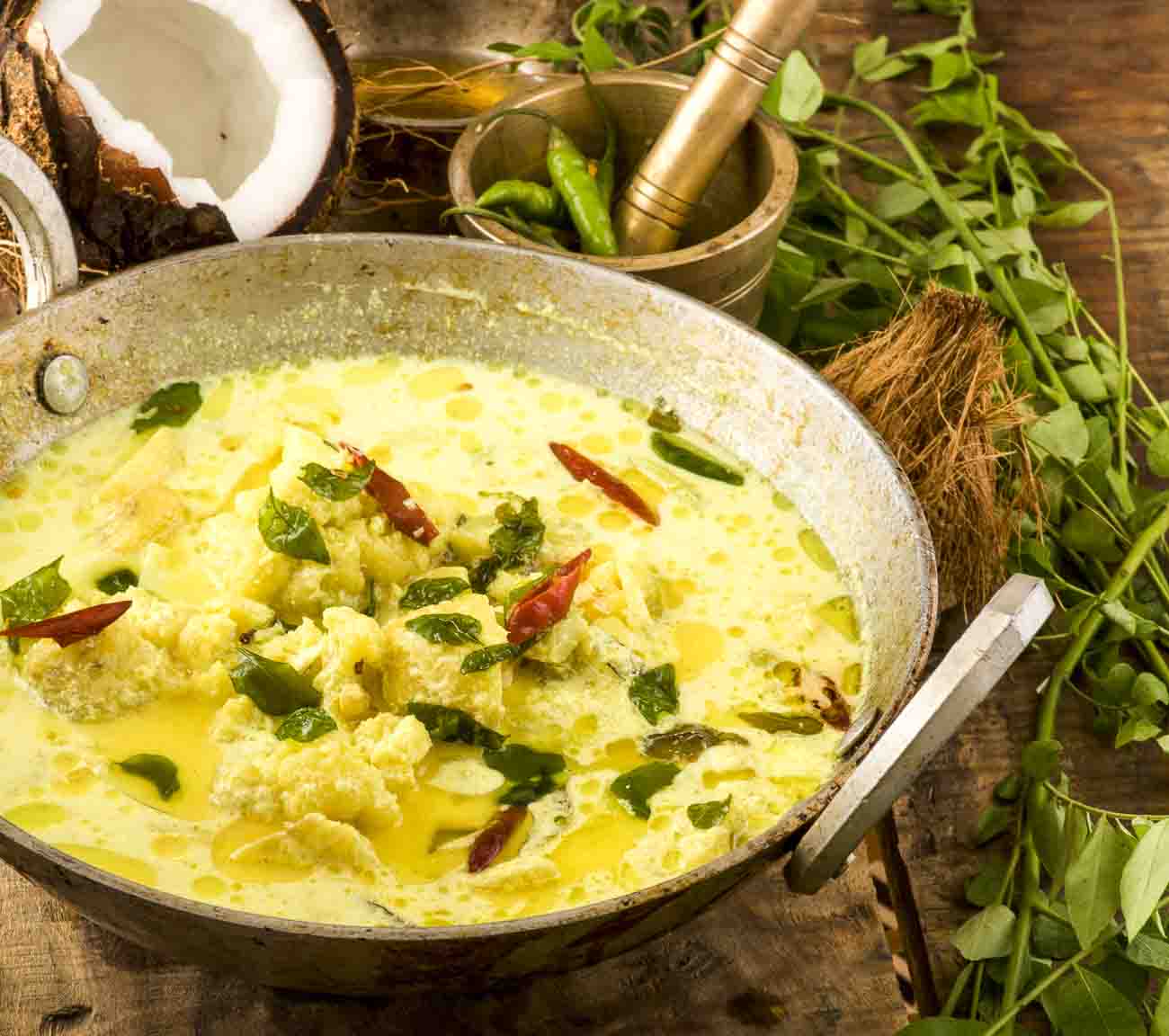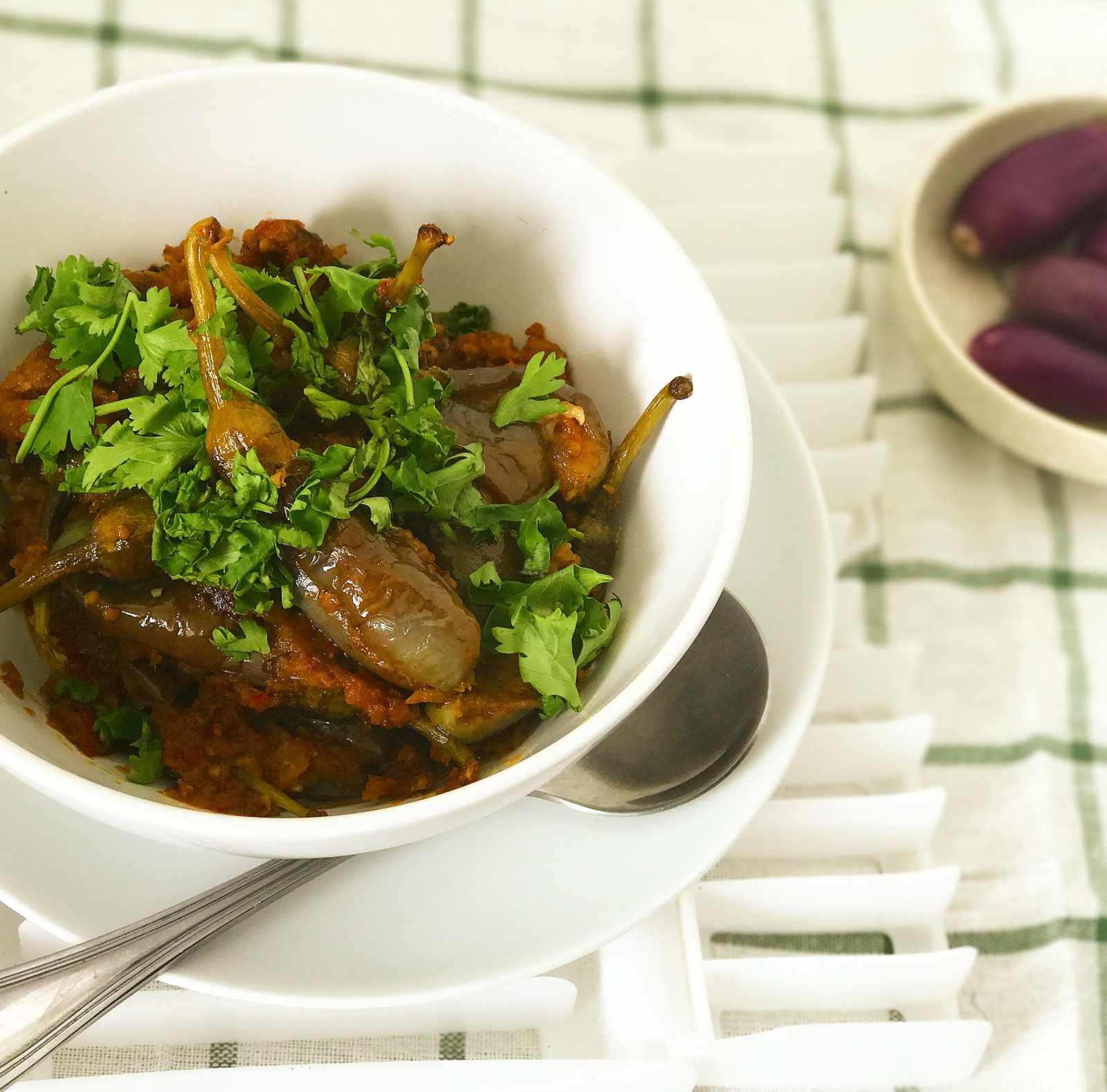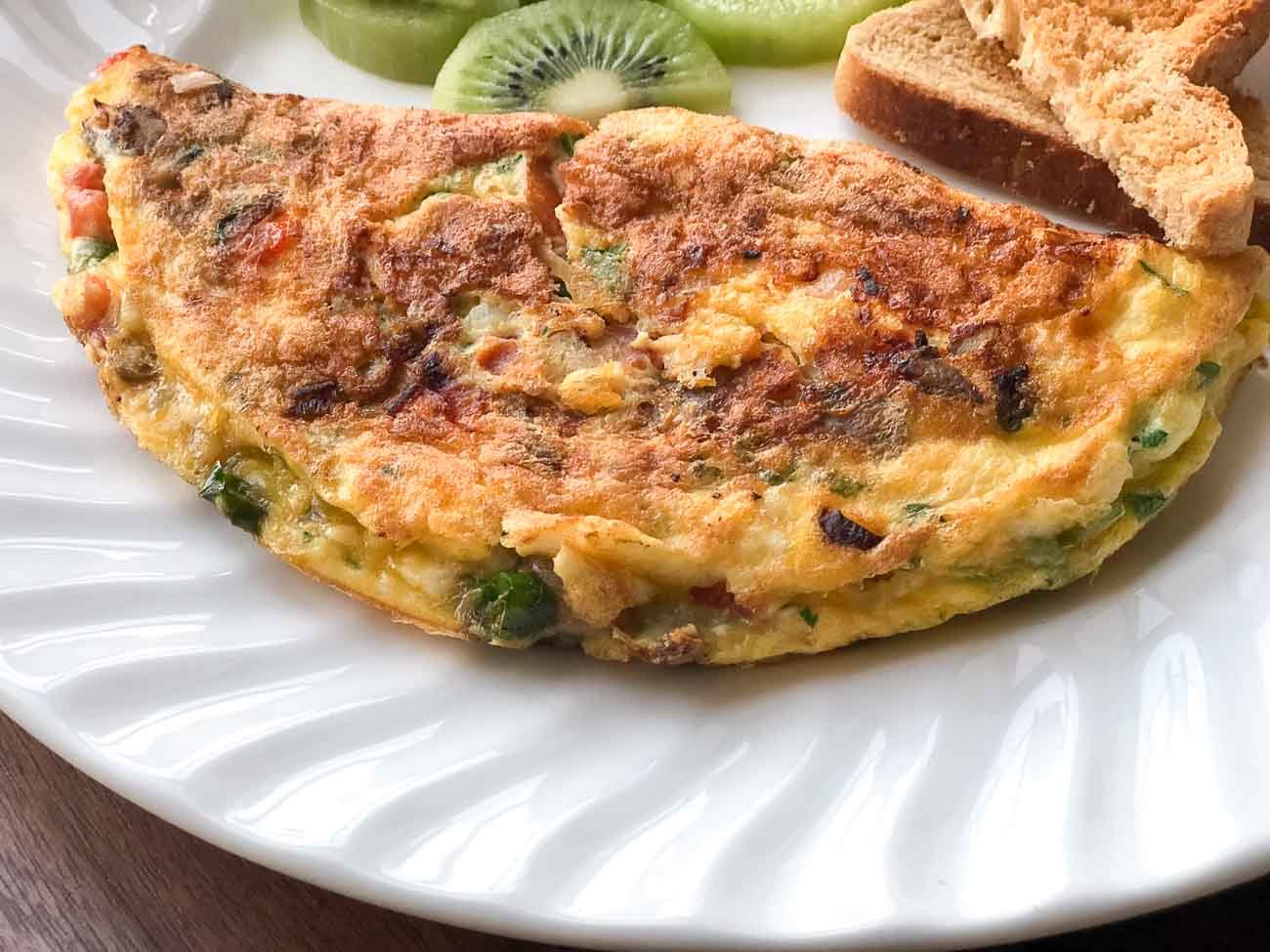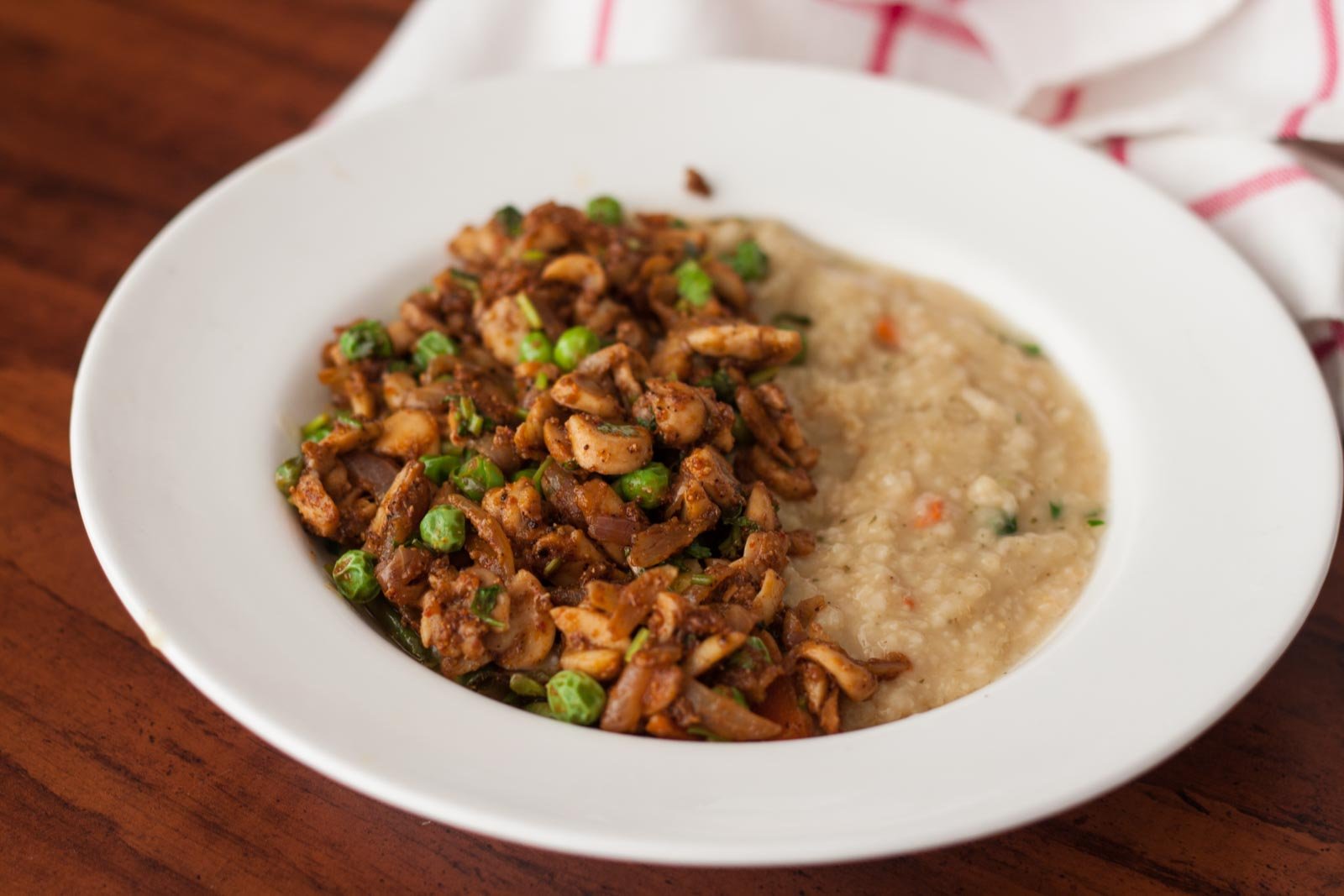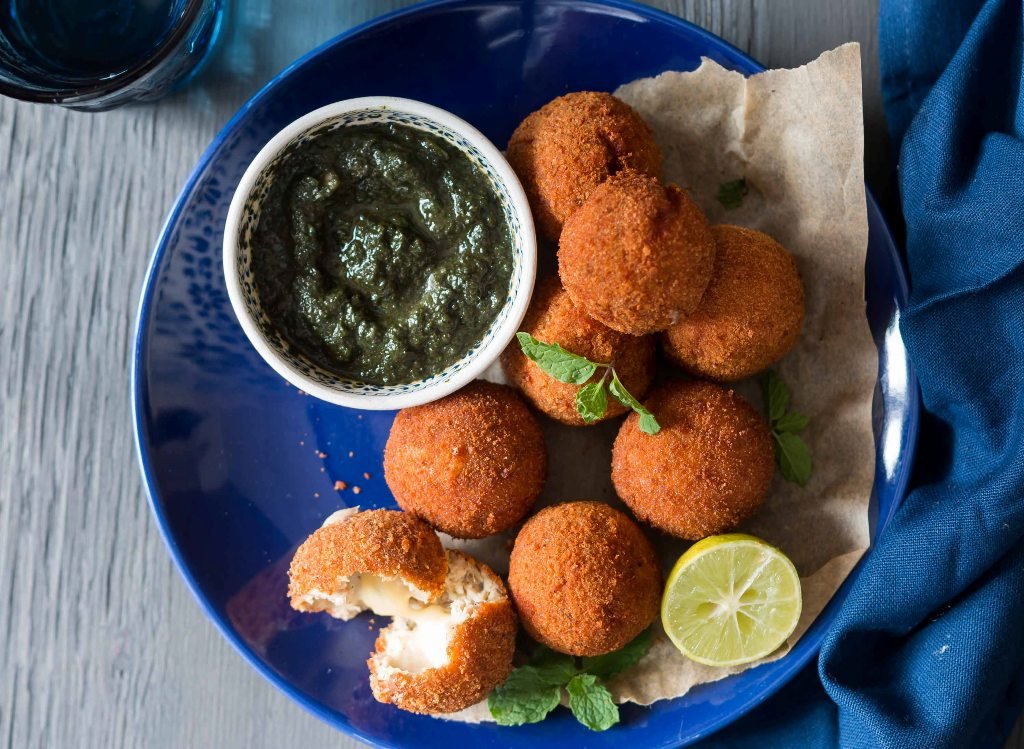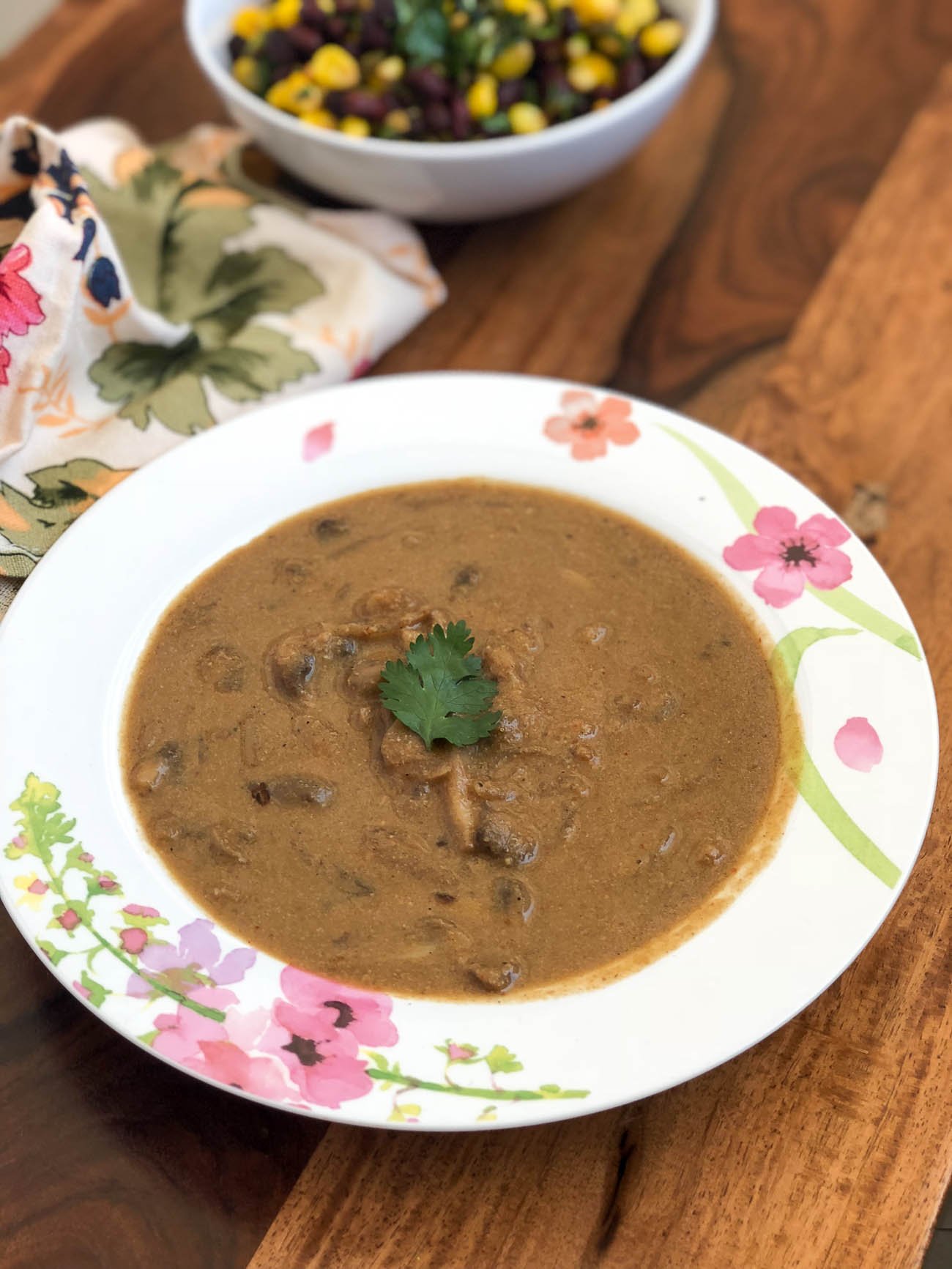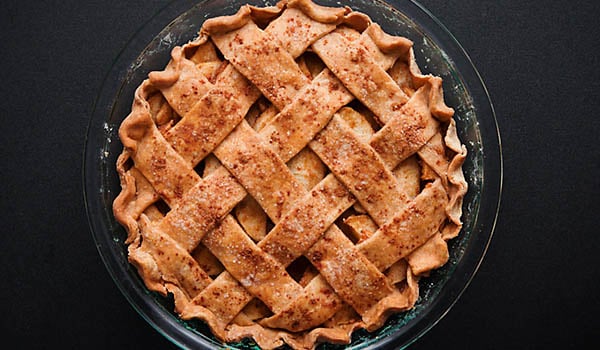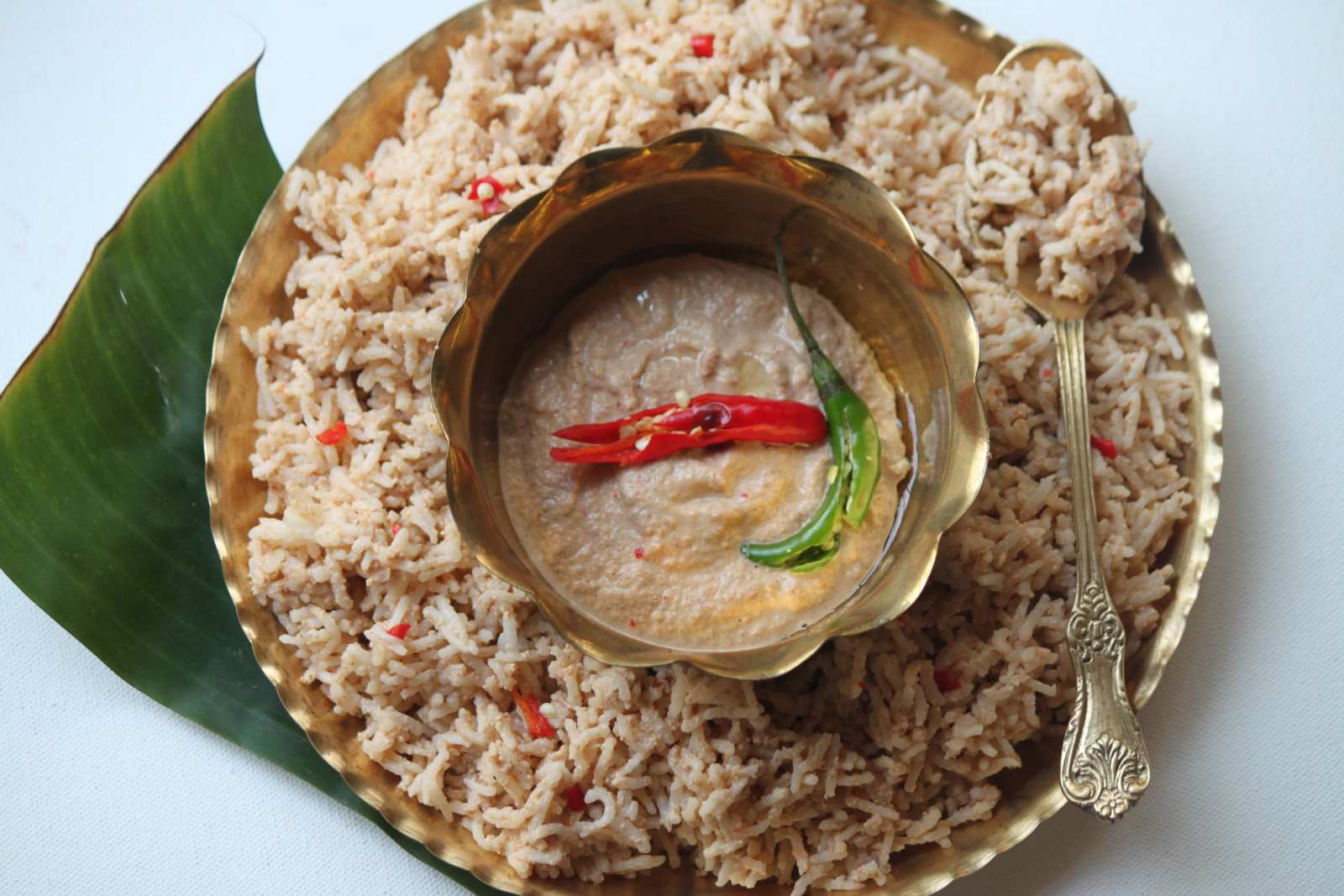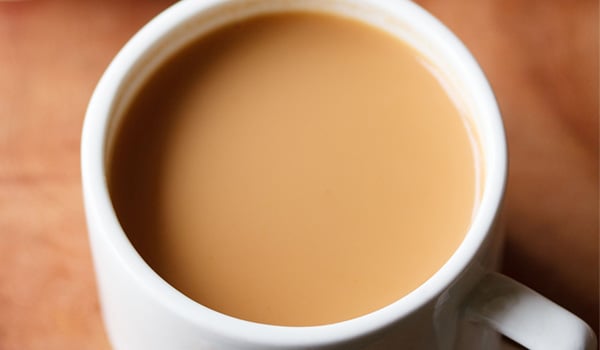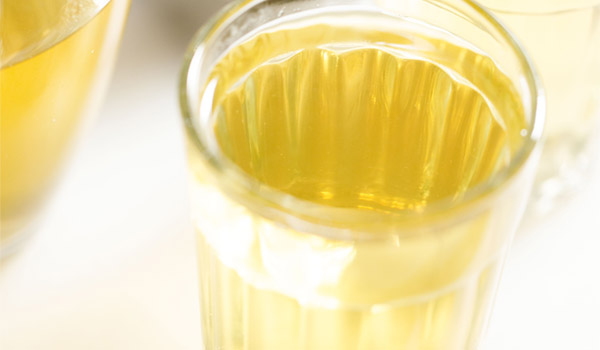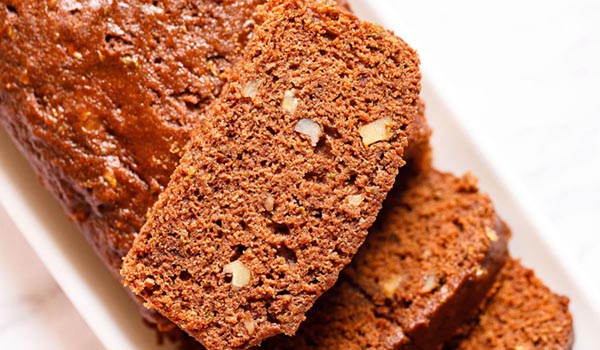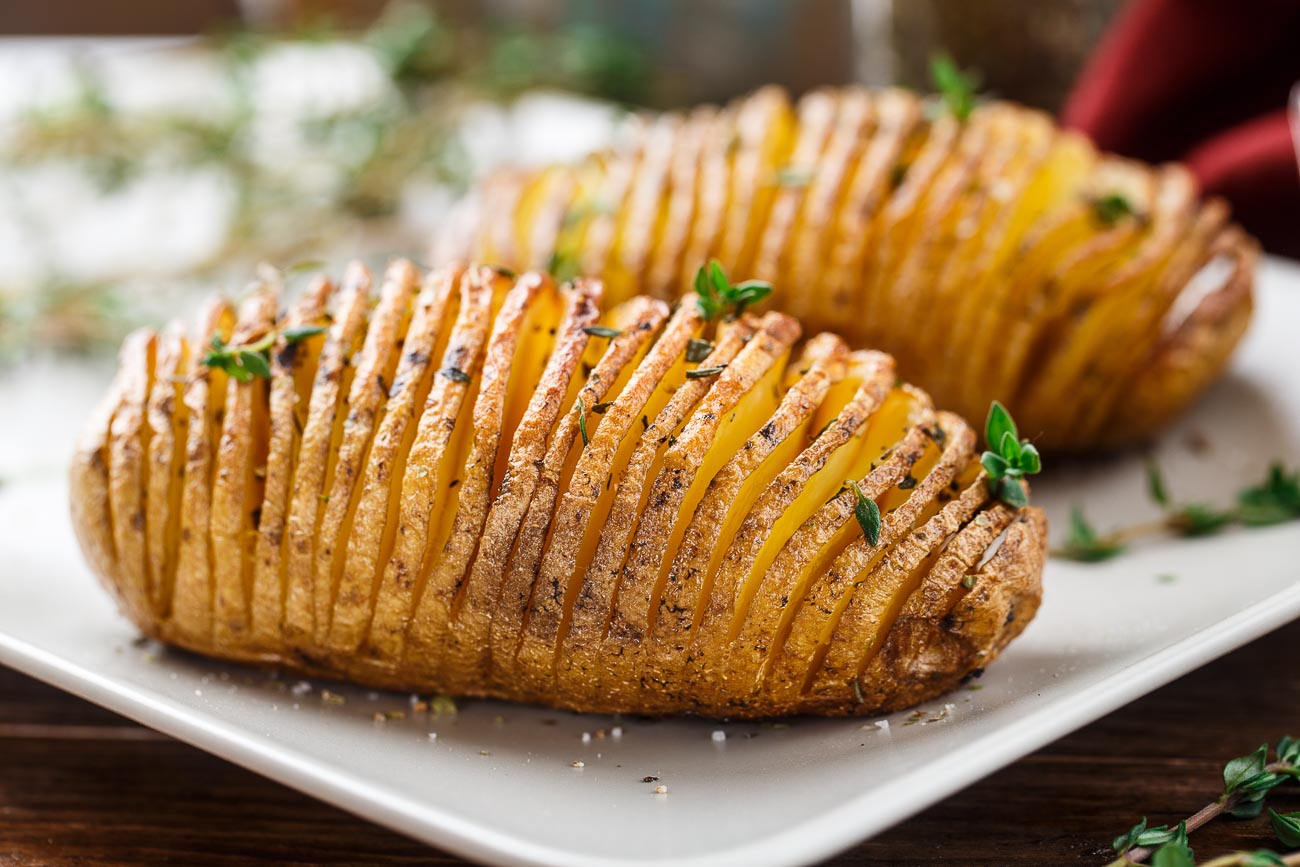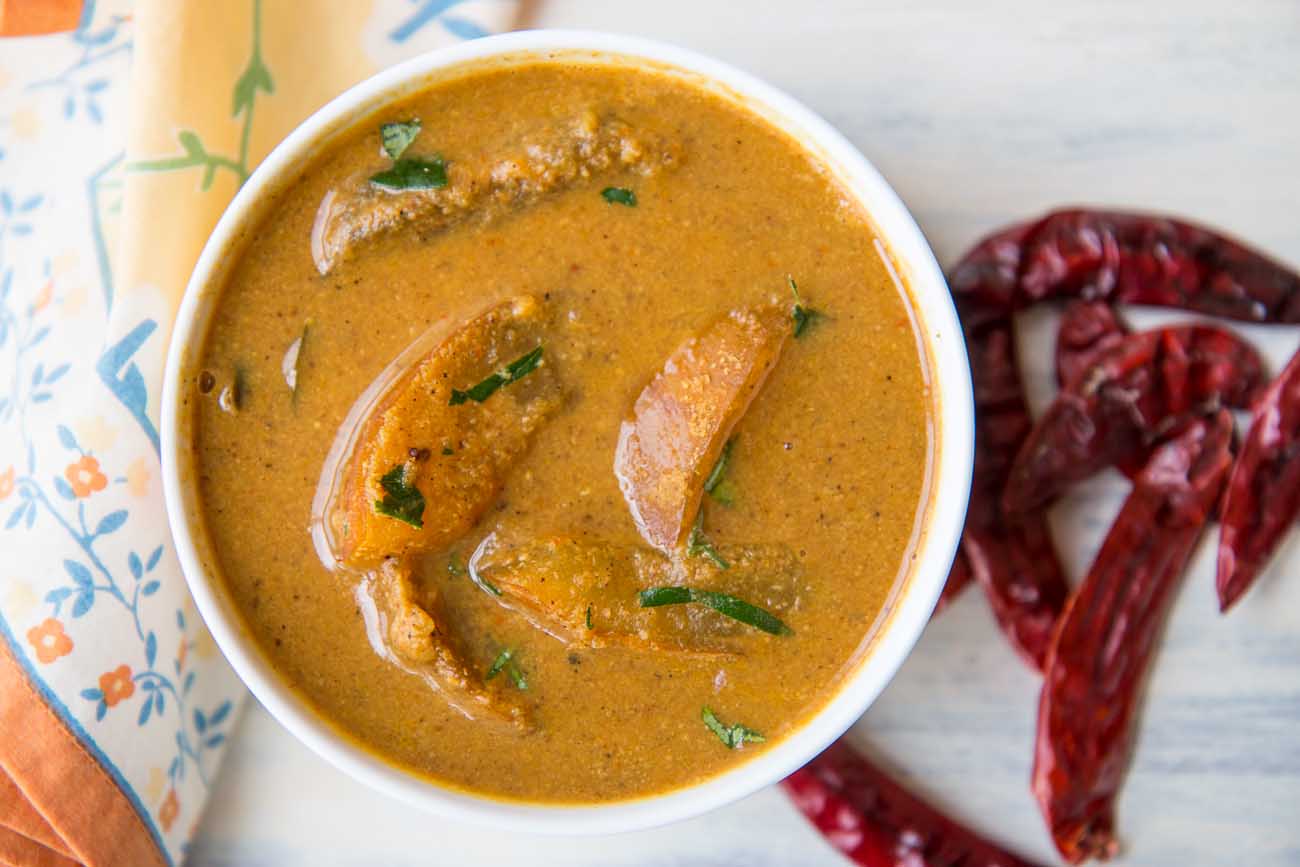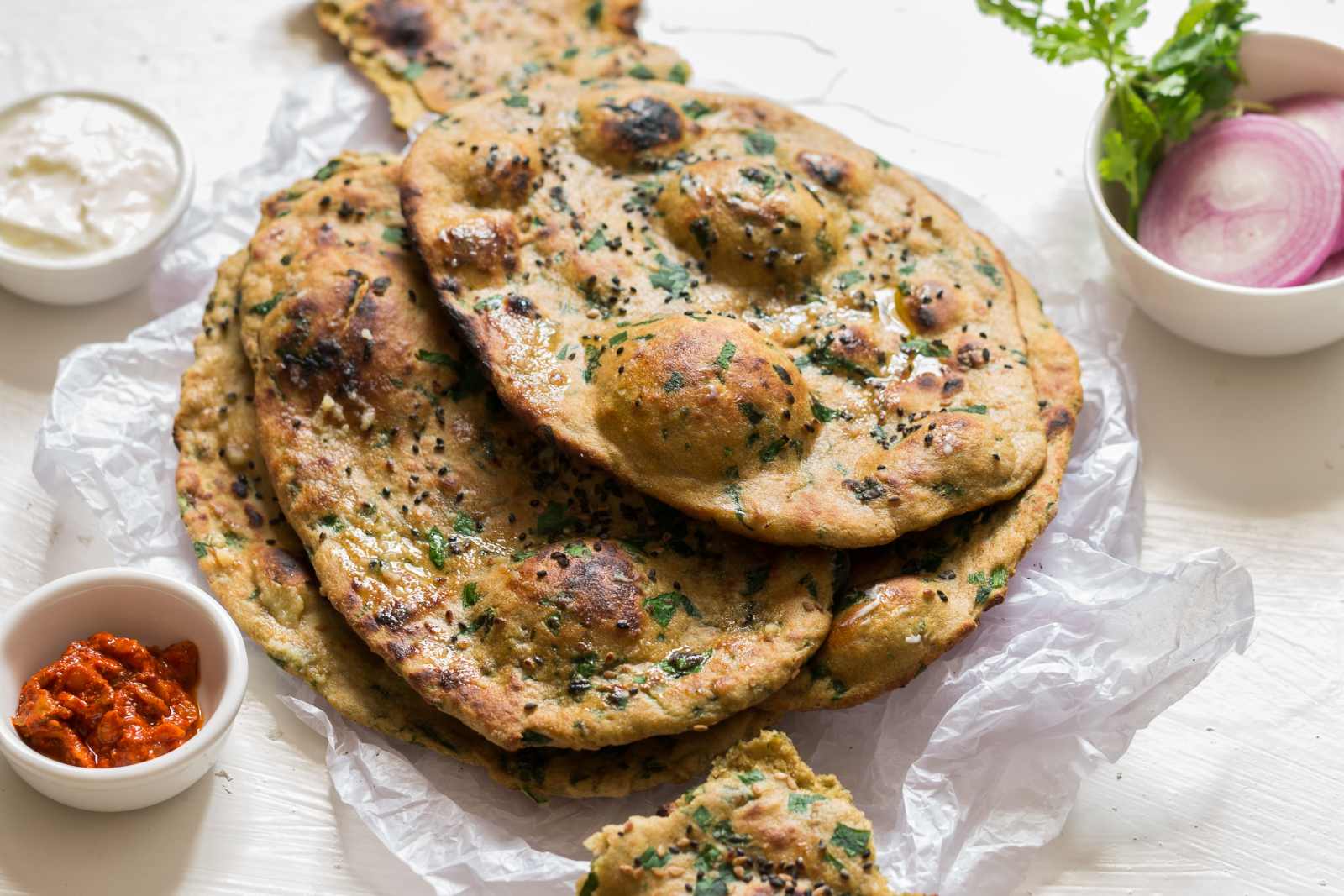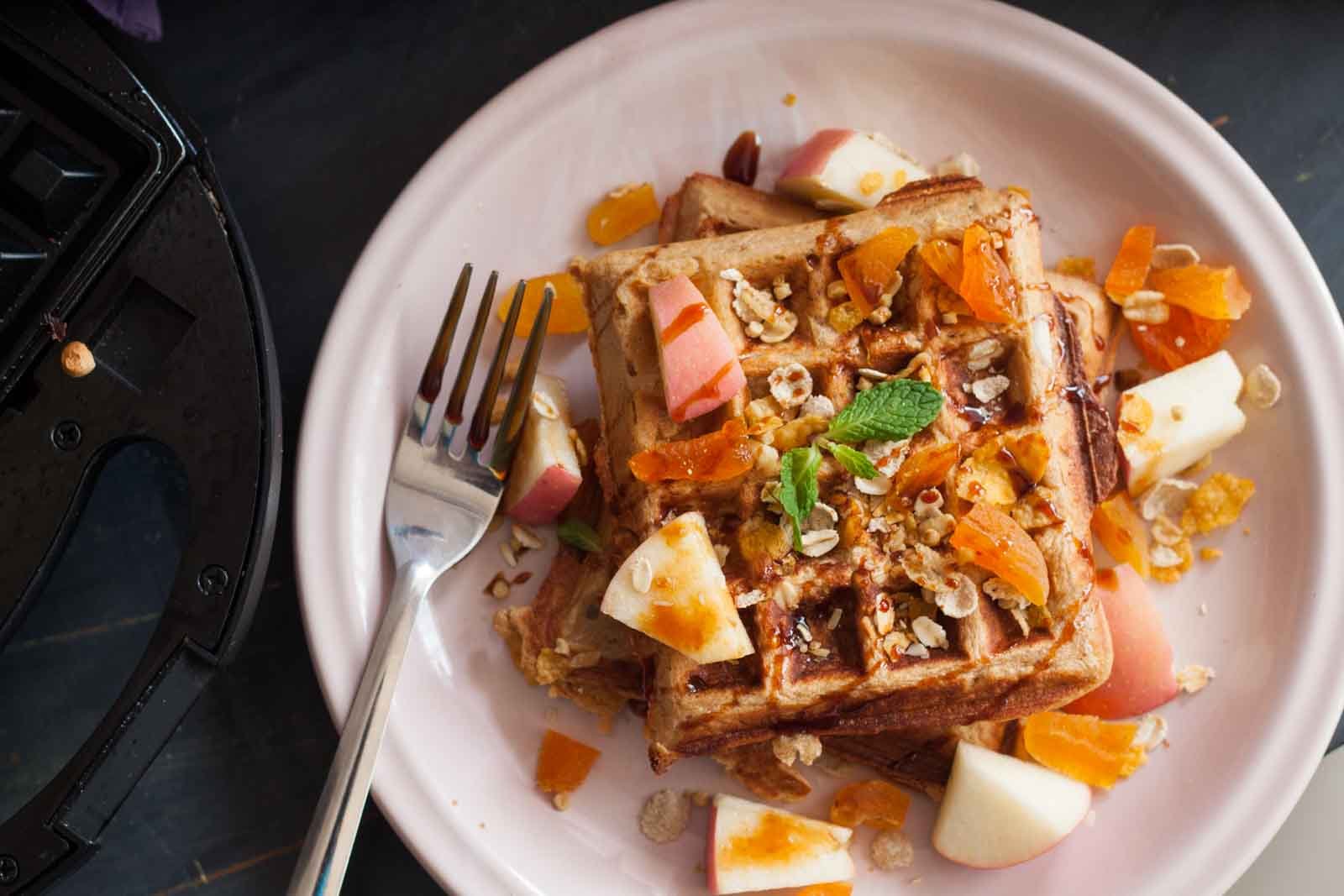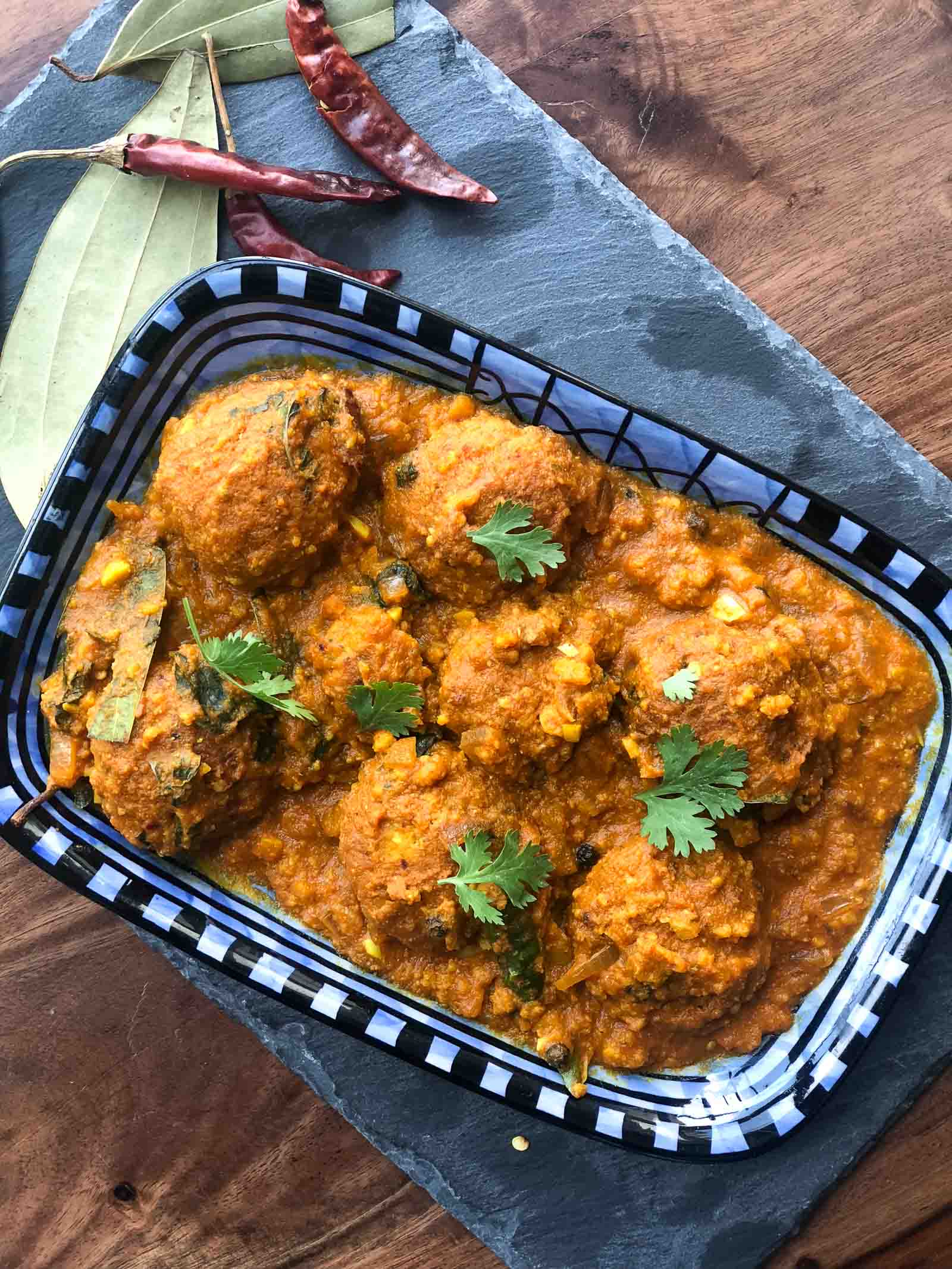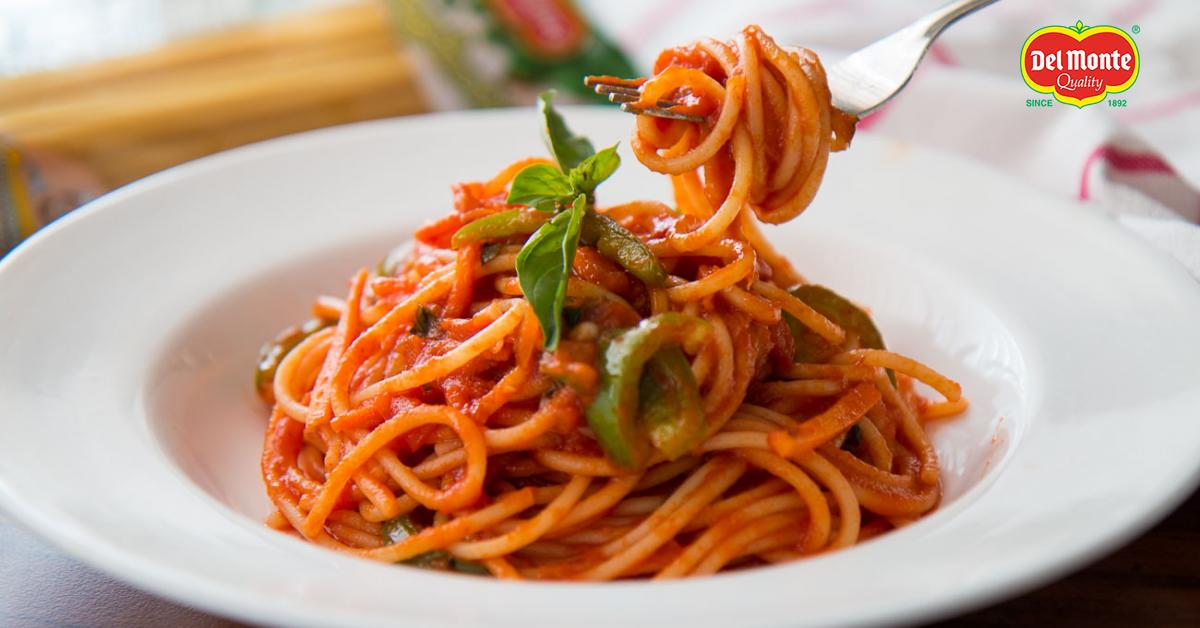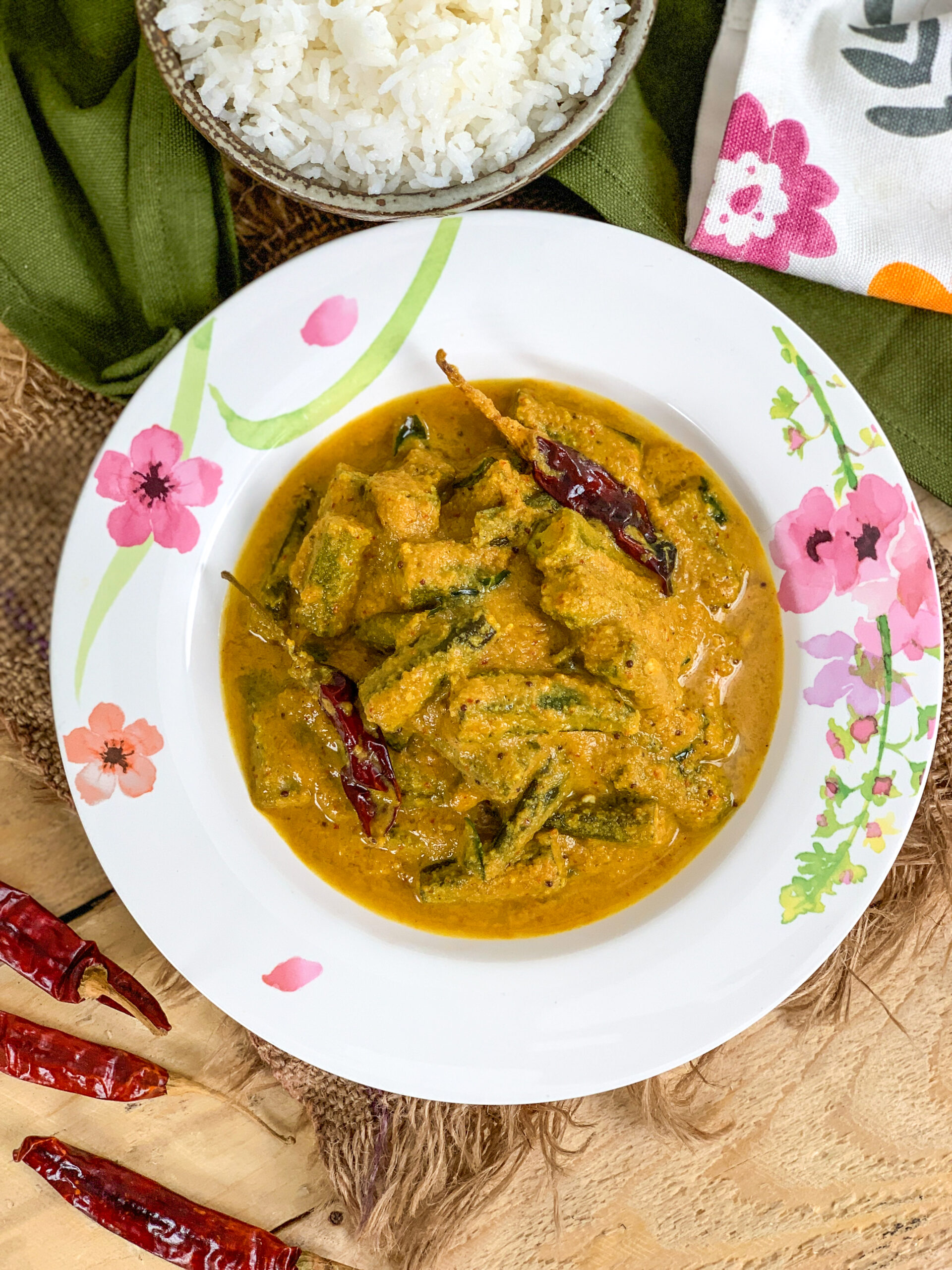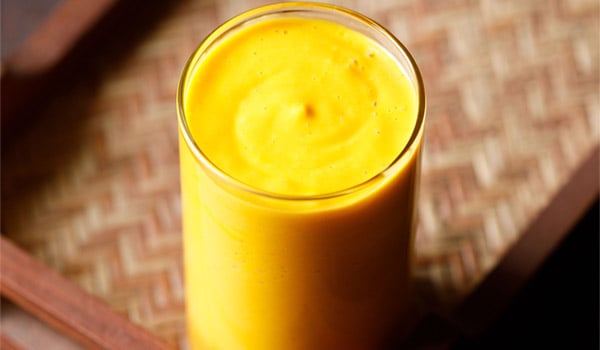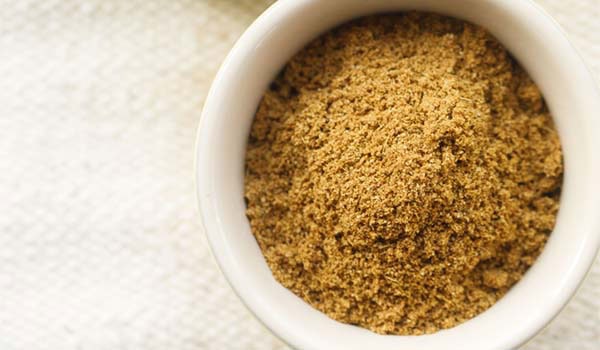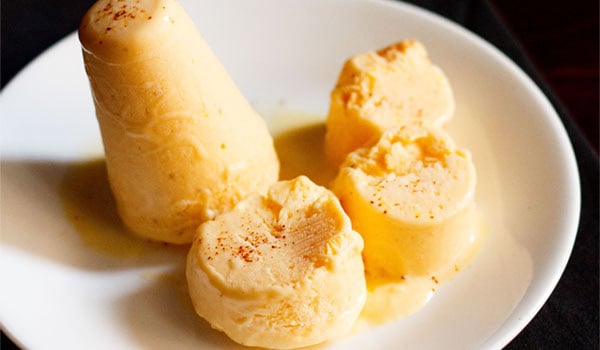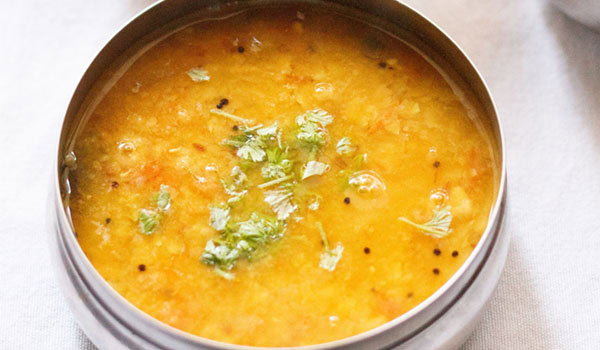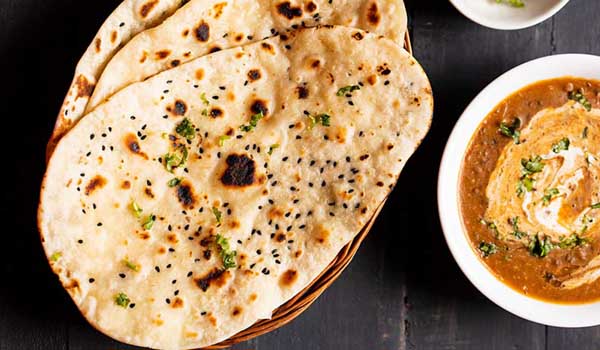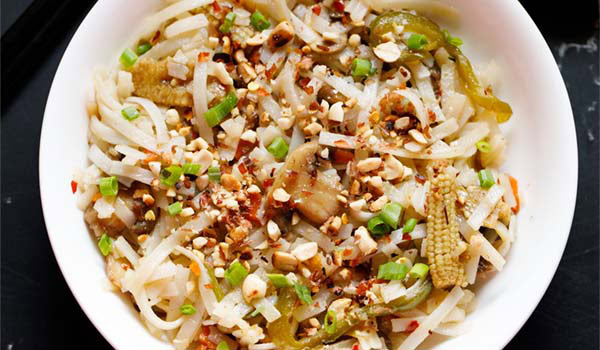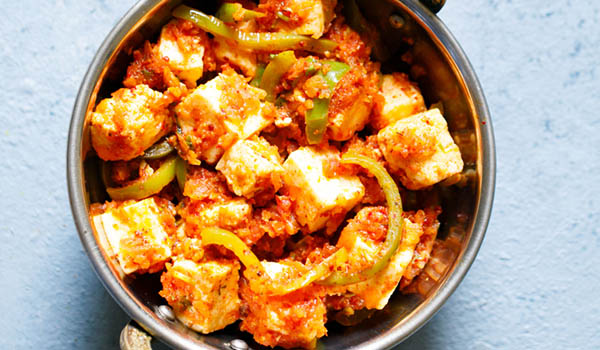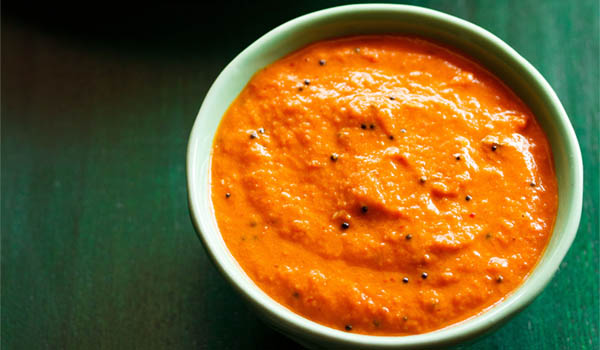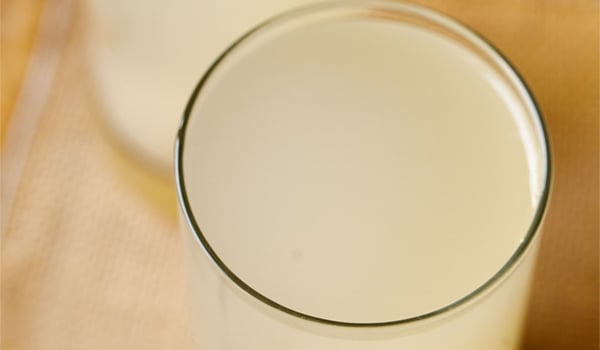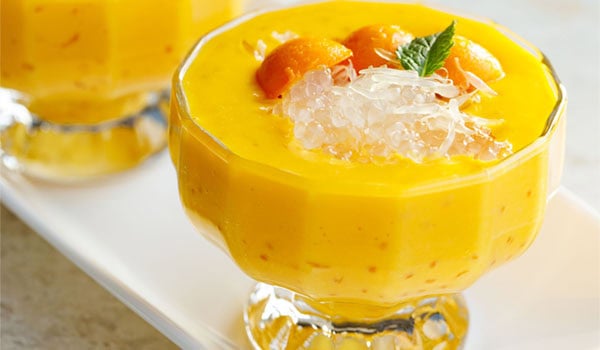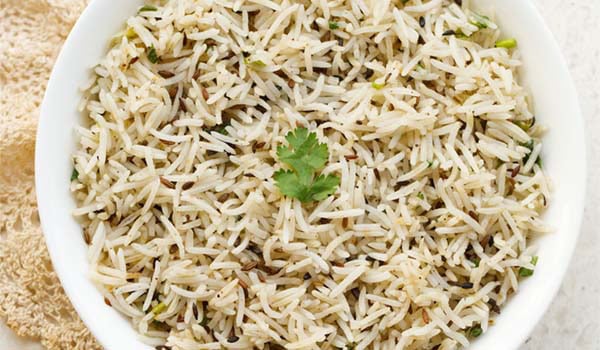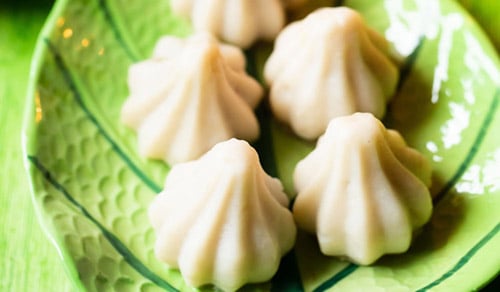
Come Ganesh Chaturthi festival in India, come the most favorite sweet of Bhagwan Ganpati, the Modak. And when we speak of the quintessential Maharashtrian Modak Recipe, it usually means the steamed, stuffed one, which is popularly known as Ukadiche Modak – a traditional sweet dumpling, made with a soft rice flour dough encasing a fragrant filling of coconut and jaggery, flavored with cardamom and nutmeg. These steamed delights, often offered to Bhagwan Ganesha during Ganesh Chaturthi, have a delicate, melt-in-the-mouth texture and a naturally sweet, aromatic taste.
About Modak Recipe
The traditional steamed Modak is a sweet dumpling with an outer rice flour dough and a coconut-jaggery stuffing. These dumplings are also known as Ukadiche Modak in Marathi language.
It is a popular sweet that is commonly prepared and enjoyed in India, especially during the Hindu festival of Ganesh Chaturthi.
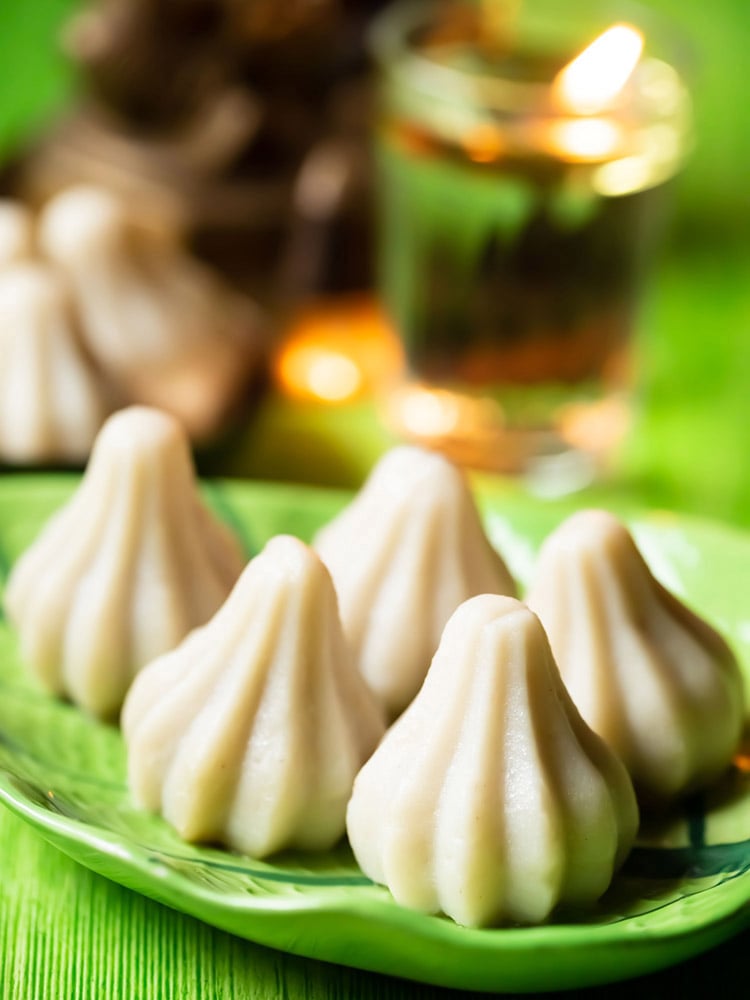
Like I mentioned in the beginning, it is considered Bhagwan Ganesha’s favorite sweet and is often offered as prasad (offering) during prayers and rituals dedicated to him.
Here I share the classic Modak Recipe that belongs to the cuisine of Maharashtra. It has an outer rice flour dough that is stuffed with a simple, yet delectable coconut-jaggery filling. Later, the sweets are steamed and then savored or served to Ganesha.
The word ukadiche means “that which is steamed” or simply “steamed.” Ukad also refers to steamed rice flour dough. So in simple English, this variety of Modak means steamed modak.
The shape of a Modak is quite distinctive and resembles a small, inverted rice cone with pleats or patterns. Preparing this sweet requires some skill in shaping the dough and is often considered an art form in Indian cooking.
To give the fluted shape with fingers, some practice and experience is required. I prefer to use modak moulds as I find shaping with them quicker than doing it by hand.
Many shops begin to sell the moulds before Ganesh Chaturthi, and you can even buy them online. If you are a beginner, you can make the half-moon shape or use the moulds.
Sometimes, the stuffing may also include flavorings like cardamom, nutmeg, saffron, and chopped nuts, depending on regional variations and personal preferences.
Making of Ukadiche Modak
Ukadiche Modak is a specific variety that originates from Maharashtra, particularly popular in the Konkan region, and is often prepared as an offering during Ganesh Chaturthi. The two most important elements of this recipe are:
- Dough: Made with rice flour, hot water, and a pinch of salt to create a smooth, pliable dough. It is kneaded well so that it’s soft and easy to work with.
- Filling: Traditionally made with fresh coconut and jaggery, cooked together in a bit of ghee and lightly flavored until it thickens into a sweet aromatic mixture.
Next comes shaping the Modak.
A small portion of the dough is flattened into a circle, the sweetened coconut filling is placed in the center, and the edges are carefully folded and pleated to form a conical or pyramid-like shape. The top is often pinched to give it a design.
Shaping requires some skill and practice, but you can also use readymade moulds for a neater and quicker result. I have demonstrated the same in this post.
Modak can be shaped in many ways. You can make them with the fluted petal shape or even in the shape of a half-moon, similar to a Karanji or Gujiya.
Finally, the modaks are steamed until the outer covering becomes soft and slightly translucent. This usually takes about 10 to 15 minutes, depending on whether you use a pan, pressure cooker, or Instant Pot.
In this gluten-free and vegetarian recipe, you’ll be able to prepare this delicious sweet in two ways – with a mould and without a mould.
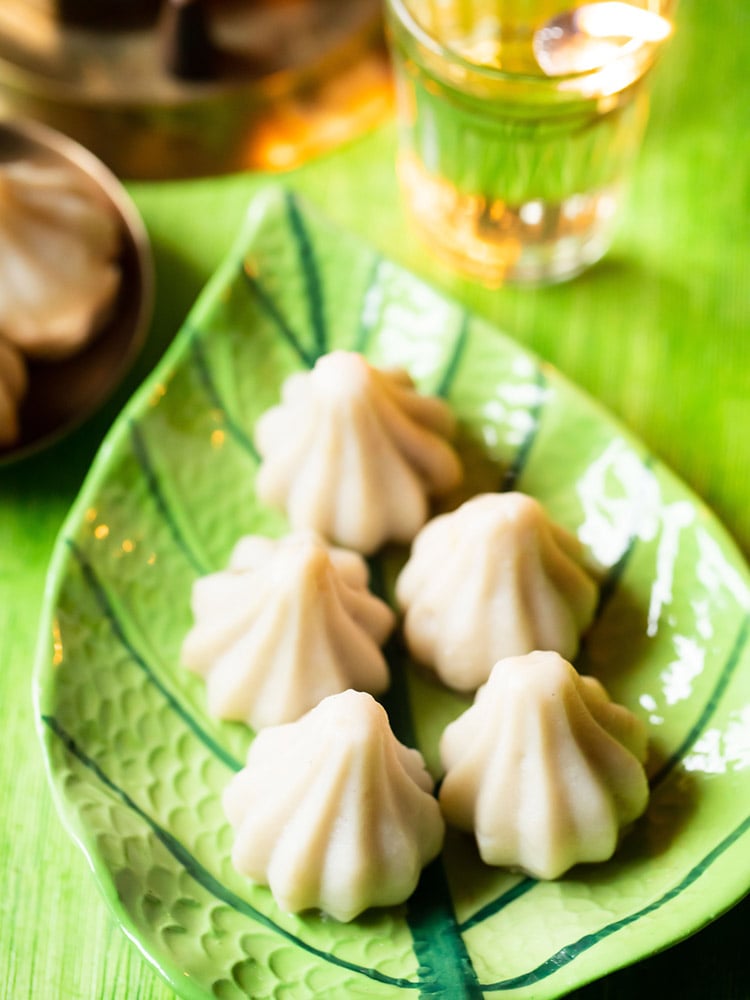

Modak Variants
Apart from Steamed Modak, which is the most well-known version. There are many delicious variations of Modak made across India, each with its unique ingredients and preparation method. Here are 7 popular and unique variations that I have shared:
- Fried Modak: Made with a whole wheat flour or maida crust and deep-fried till crisp. Keeps longer than steamed modak and works well as a festive snack.
- Kozhukattai/Kolukattai: A South Indian steamed modak made during Vinayaka Chaturthi in Tamil Nadu and Kerala. Similar to ukadiche modak, with regional touches.
- Rava Modak: Prepared with semolina (rava or sooji) and filled with coconut-jaggery. No steaming needed, making it quick and easy.
- Mawa Modak: Rich modaks made with khoya (mawa) and sugar, often flavored with cardamom or saffron. Shaped in moulds and served as mithai.
- Chocolate Modak: A fusion version made with cocoa or melted chocolate. Sometimes mixed with khoya or nuts. A kid-friendly twist on the traditional.
- Dry Fruit Modak: Naturally sweet modaks packed with chopped nuts, dates, and seeds. Steaming is required.
- Mango Modak: Made with fresh mango pulp and paired with either mawa or coconut-jaggery filling. A seasonal, fruity variation.
Along with the above modak variations, if you are looking for more recipes that are made during the Ganesha festival, you can check this list of Ganesh Chaturthi Recipes.
How to make Modak
Make Sweet Stuffing
1. Chop the jaggery and keep aside. Also, grate the coconut and keep aside. You will need 1 cup (200 grams) jaggery and 1 cup (100 grams) fresh grated coconut.
If you do not have access to fresh coconut, then use frozen coconut or desiccated coconut.
For desiccated coconut, use fine grates or fine shreds. Is using frozen coconut, thaw it prior to cooking.
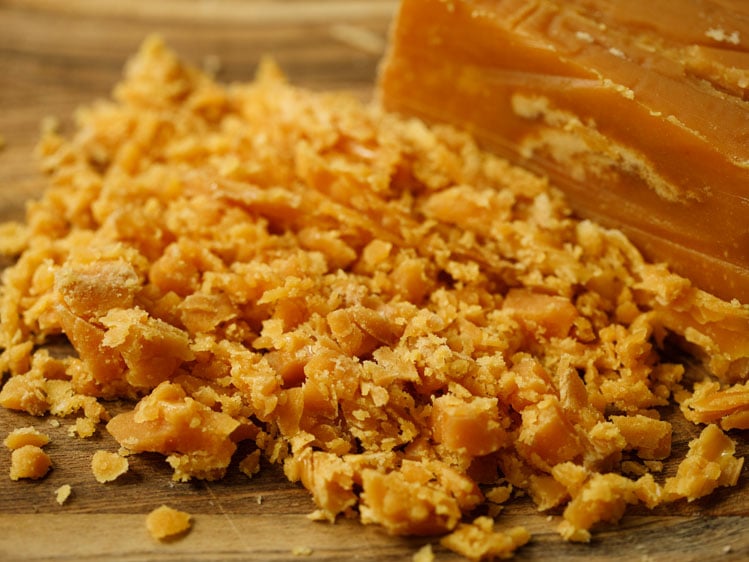

2. Heat ghee in a pan. Add ½ teaspoon poppy seeds. Keep heat to a low. Fry for some seconds till the poppy seeds start crackling.
Note that poppy seeds are optional and can be given a miss.
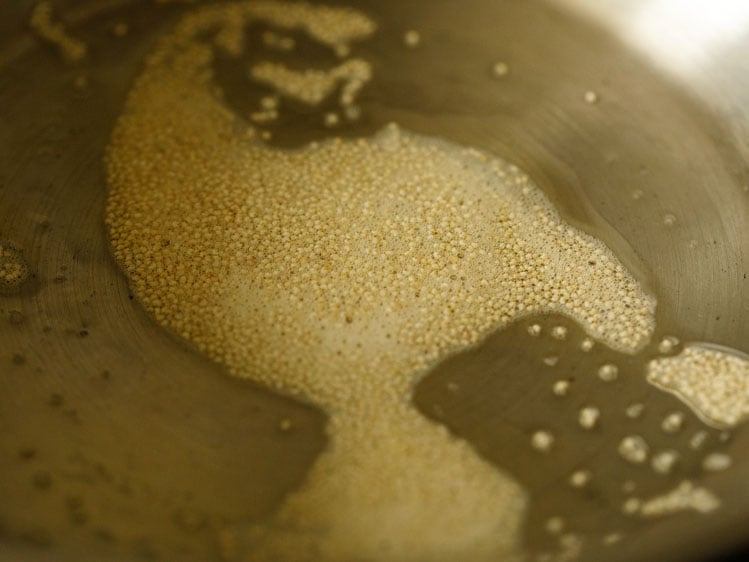

3. Then, add the fresh coconut, chopped jaggery, ¼ teaspoon grated nutmeg (or nutmeg powder) and 1 teaspoon green cardamom powder.
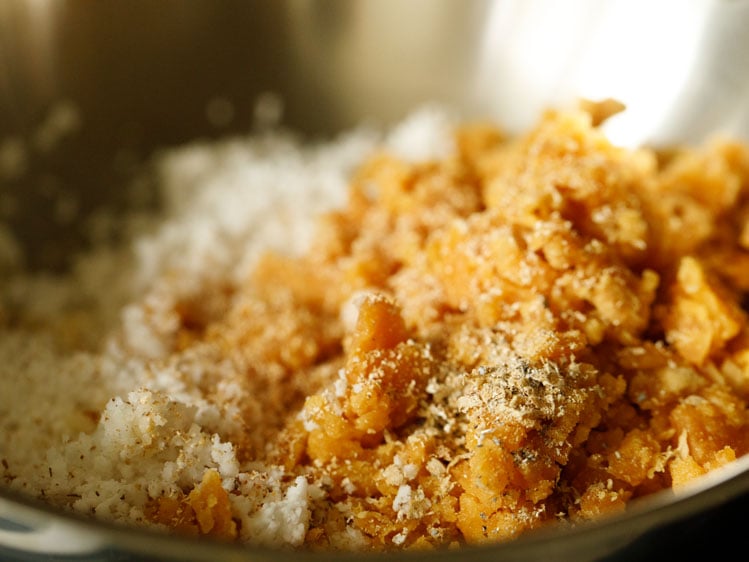

4. Mix well and cook this coconut-jaggery mixture on low heat.
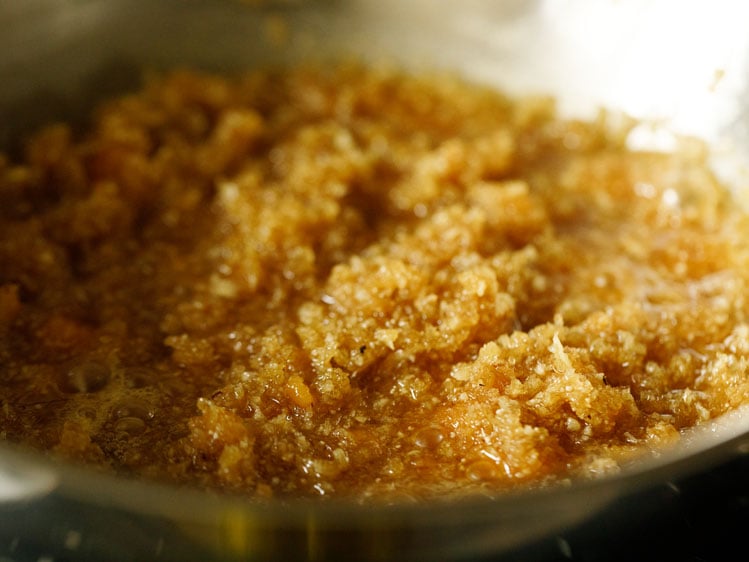

5. The jaggery will melt first. Cook on low heat and stir often.
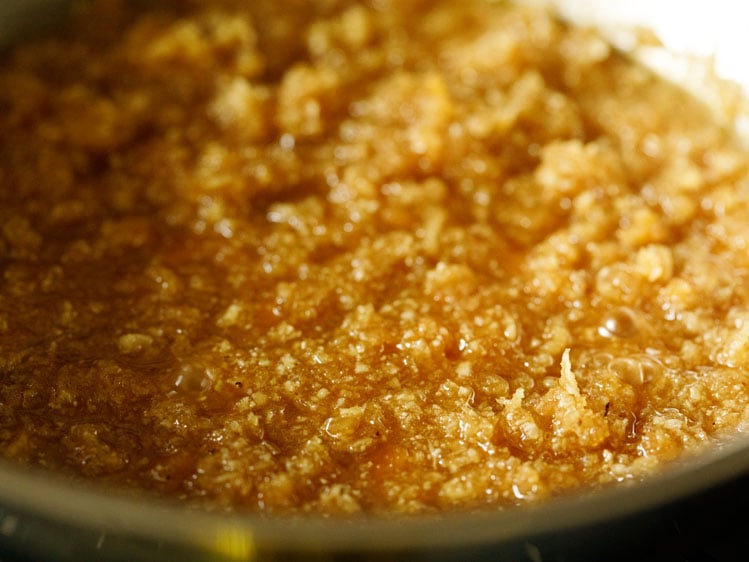

6. Stirring often, cook this mixture for about 7 to 9 minutes or till the moisture from the jaggery begins to dry. Turn off the heat.
Don’t overcook as the jaggery then hardens. Keep this coconut-jaggery filling aside and let it cool completely. On cooling, the mixture will thicken more.
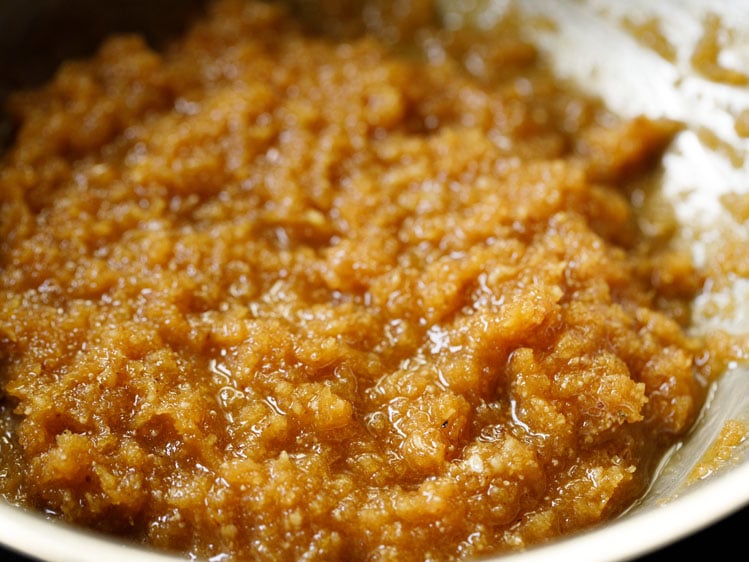

7. The following is an optional step. You can add 1 tablespoon rice flour to this mixture and mix well.
The rice flour helps to absorb moisture if any from the sweet stuffing. Keep the stuffing aside to cool.
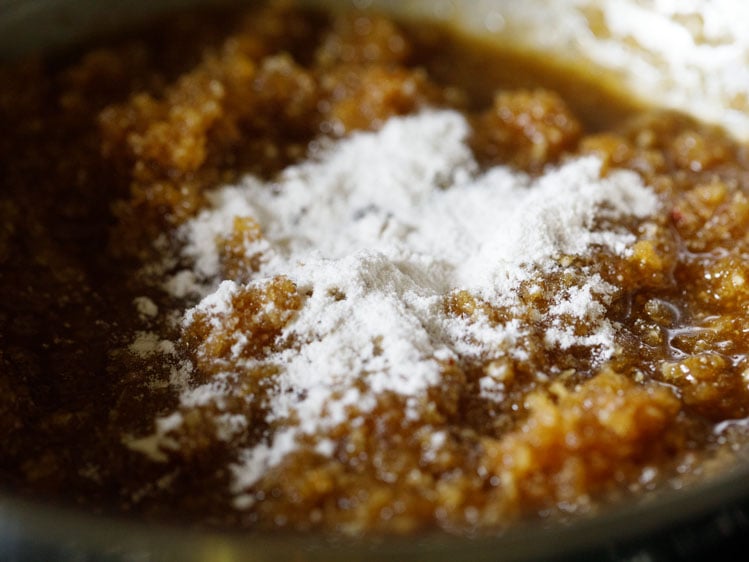

Make Rice Flour Dough
8. In a pan, add 1.5 cups water, ¼ teaspoon oil or ghee and ¼ teaspoon salt. Keep it on the stovetop.
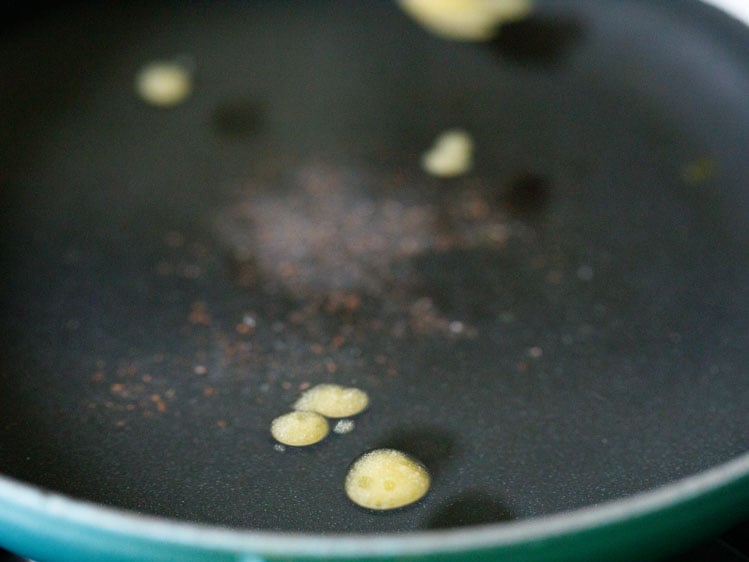

9. Let this mixture come to a boil.


10. Add 1 cup (150 grams) rice flour.
You can use Homemade Rice Flour or packaged flour. Make sure the rice flour is fresh and within its shelf period.
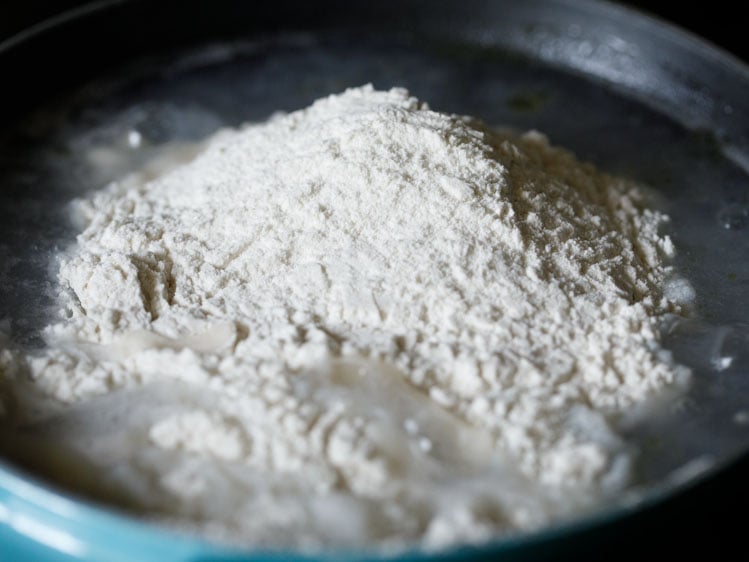

11. Quickly stir and mix the rice flour with the water.
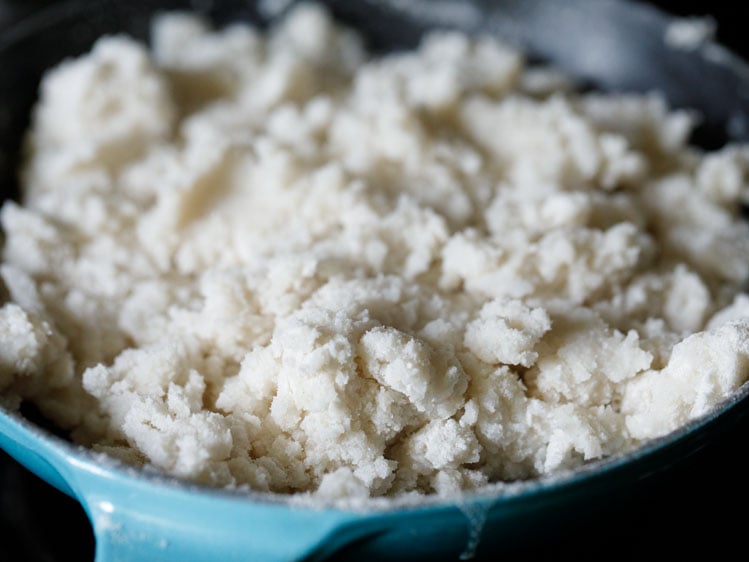

12. Stir till all the rice flour is mixed with the water. Turn off the heat. Remove the pan from the burner and keep on the workplace. Cover the pan with a lid for 4 to 5 minutes.
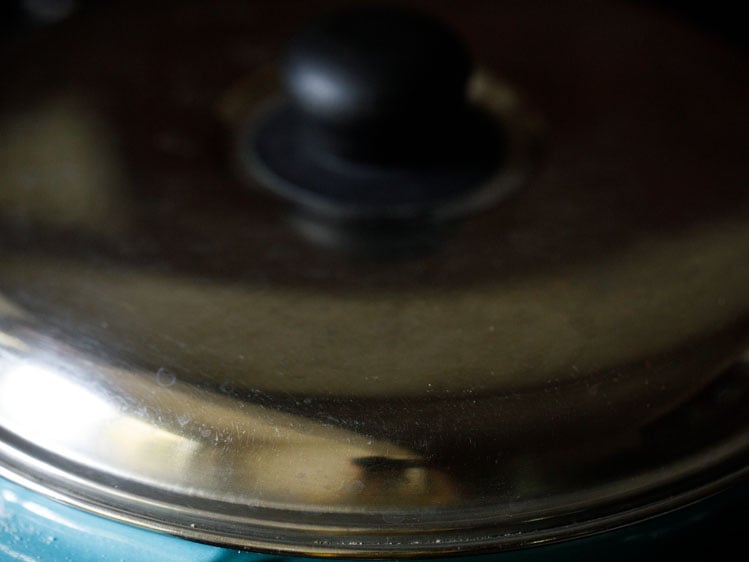

13. Now, take all the dough in a plate, thali or in a bowl. Gather the dough together and begin to knead it.
The dough will be hot when you begin to knead. So, spread some water on your palms and knead the dough. Knead the dough very well.
If you feel the dough looks dense or hard or dry, then add a few teaspoons of warm water and continue to knead.
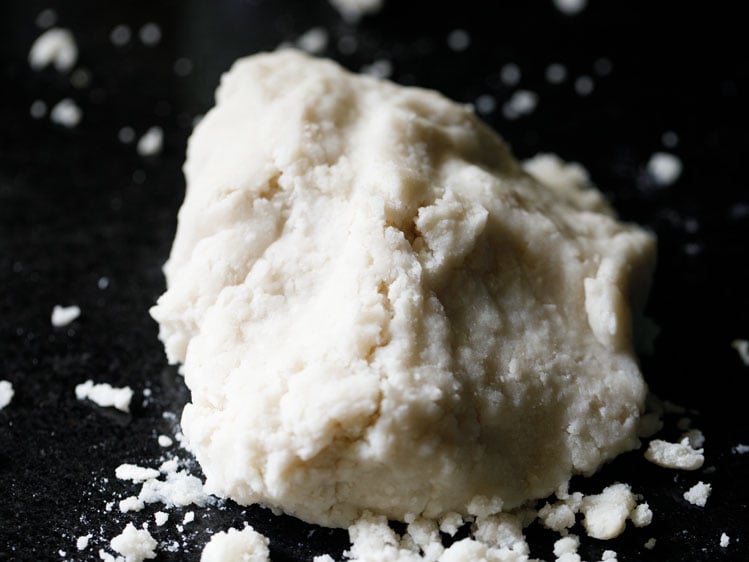

14. Knead to a smooth and soft dough without any lumps.
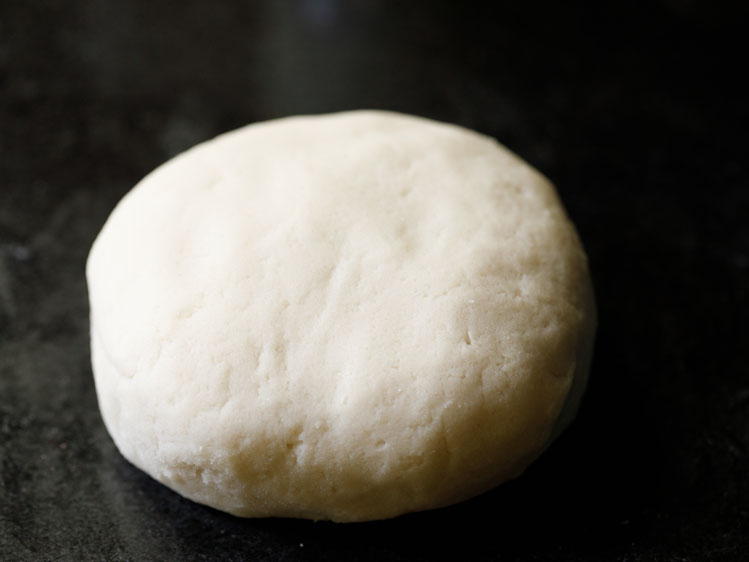

15. Make small balls from the dough. Roll the balls till smooth in your palms. You can also apply some water on your palms, while rolling the balls.
Keep the balls covered with a kitchen towel. The balls should not have cracks. They should be smooth in appearance.
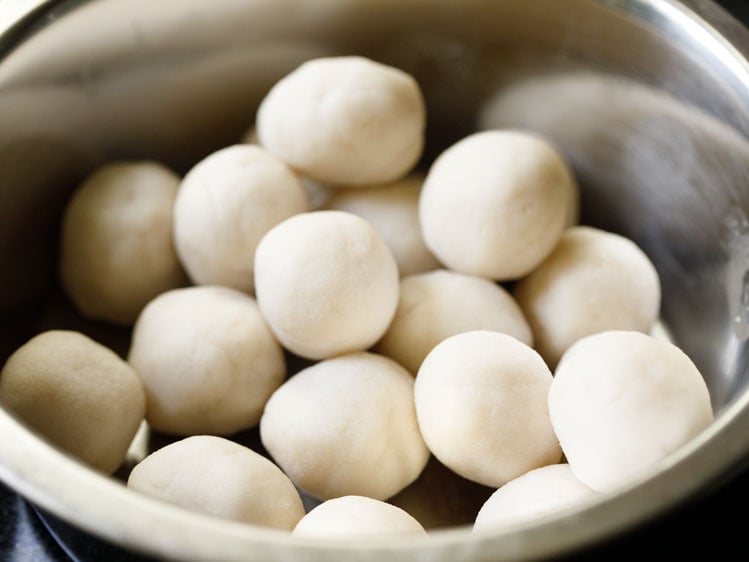

Shape Without Mould
16. Take a ball and flatten it with your fingers or on your palms, to a round disc or a shallow bowl shape to a medium thickness.
You can apply ghee or oil in your palms, while flattening. You can keep the edges slightly thin and the center can be thick.
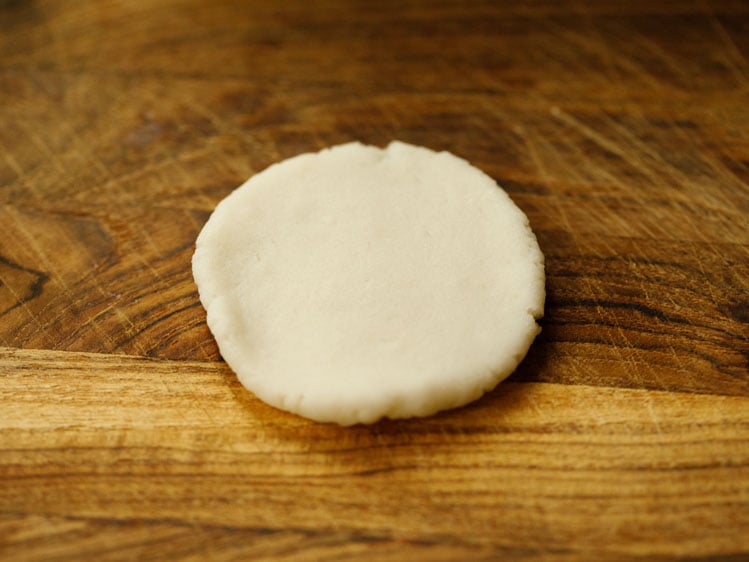

17. Place a few teaspoons of the prepared stuffing in the center.
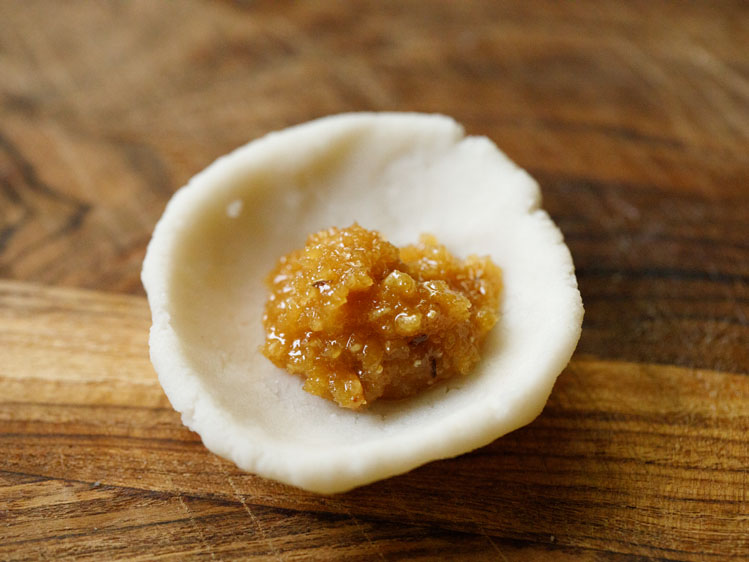

18. Press the edges as shown in the picture below. You can also press the edges first and then place the stuffing.
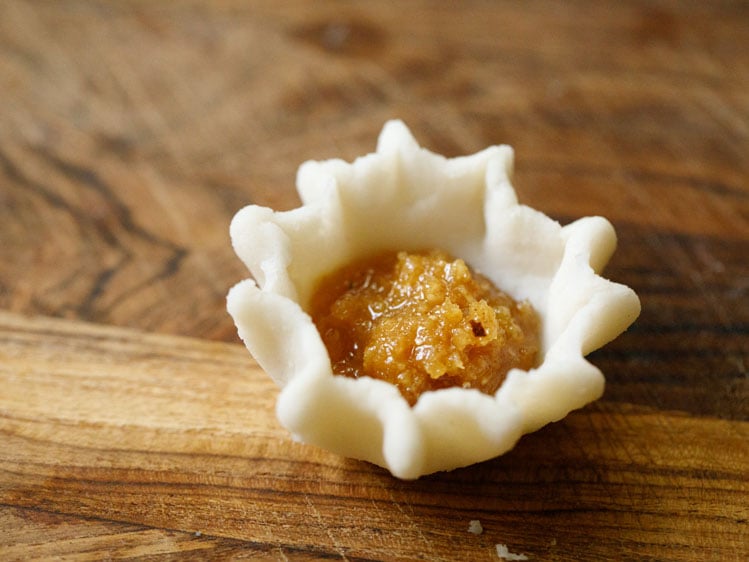

19. Bring together all the edges and join them. Remove the extra portion of the dough from the top, if any. Shape and taper the top of the Modak with your fingers.
You can also use ready moulds. They are usually available in shops and market some days before the Ganesh Chaturthi festival.
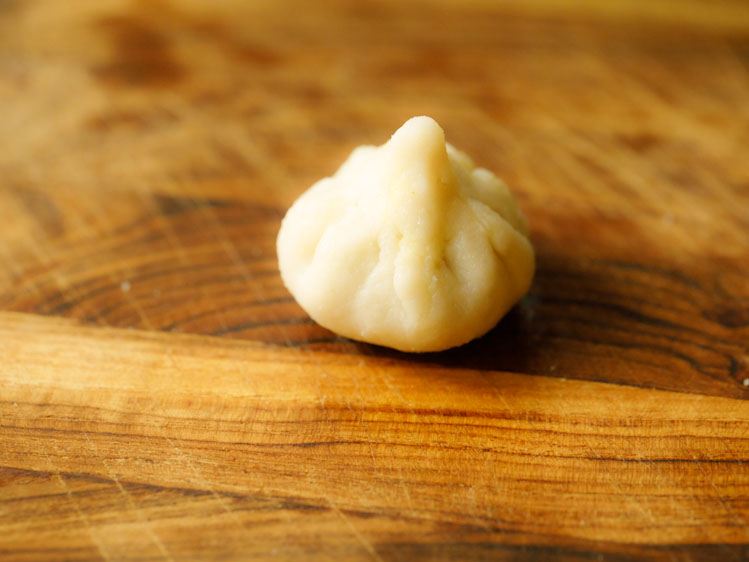

Shape Modak With Mould
20. Grease the mould with a bit of ghee or oil. Then, close or lock the mould.
Put the dough ball inside the mould and press it so that a space is made in the center. The rice dough will form a layer touching the walls of the mould.
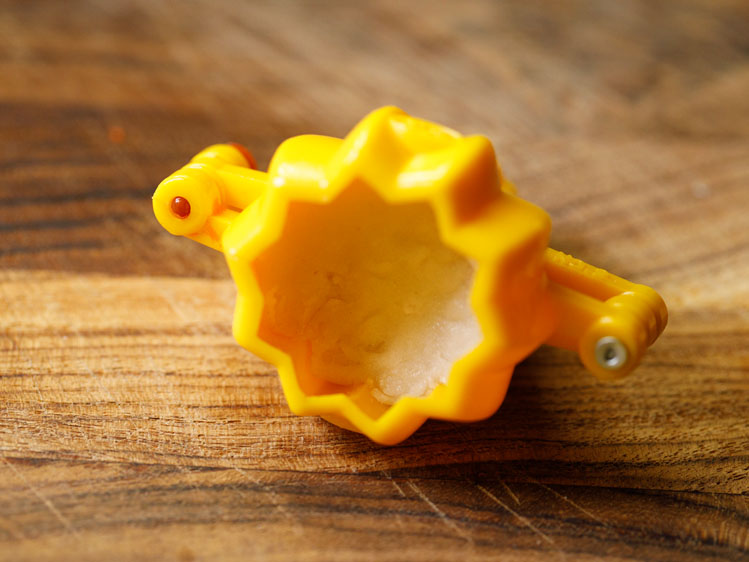

21. Place the sweet stuffing inside.
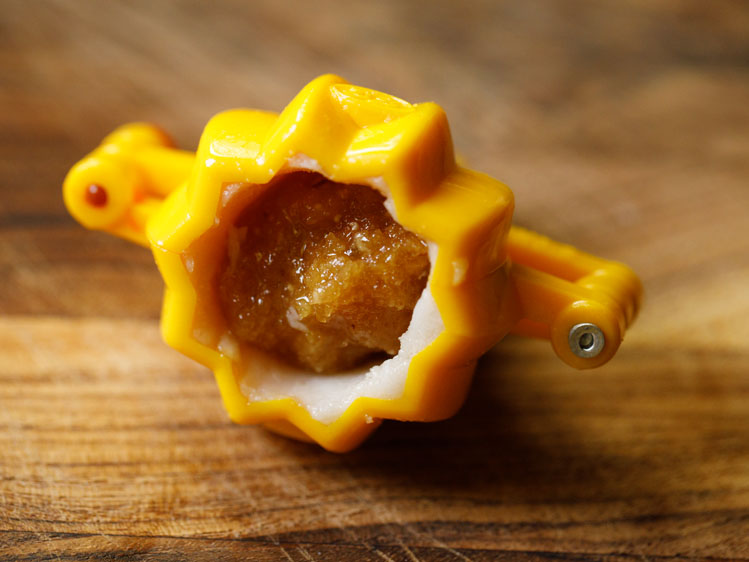

22. Cover the bottom with a small piece of dough. Press and smoothen it, sealing the Modak.


23. Open or unlock the mould. Remove the sweet gently from the mould. Shape all Modaks this way with mould.
Keep the shaped Modak covered with a napkin, so that the rice dough does not dry out.


24. Make all the Modak this way. Brush or grease a pan with some oil or ghee.
The pan can also be lined with banana leaves or turmeric leaves. Place the shaped Modak in the greased pan with some space around them.
Remember to cover the shaped Modak with a moist muslin or cotton napkin before you begin to steam, so that they do not dry out.
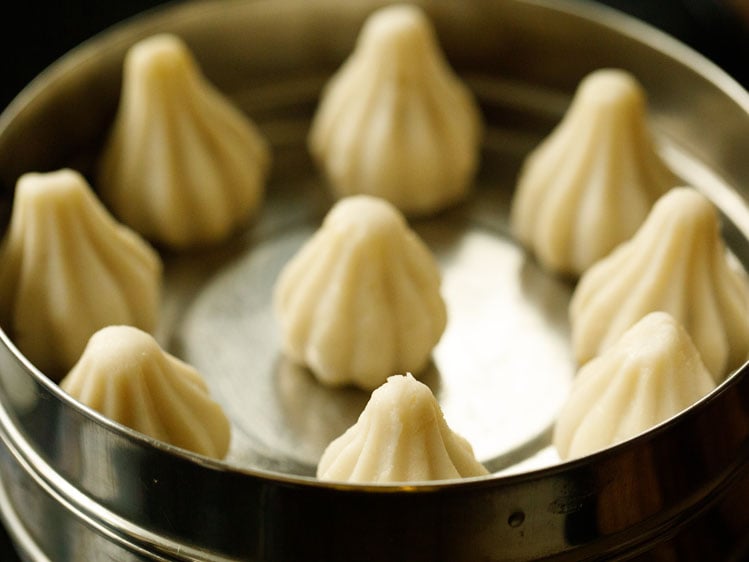

Assemble & Steam
25. Take 2 to 2.5 cups water in a pot, pressure cooker or an Instant Pot steel insert. Place a trivet or a rack. Heat the water till starts to boil on a high heat.
For instant pot, use the sauté option and let the water begin to boil.
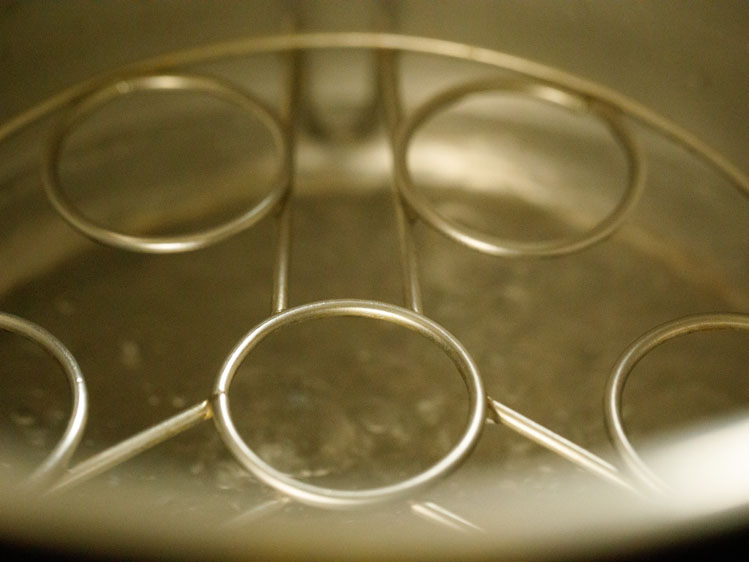

26. I have stacked 2 pans for steaming 16 Modaks. But you can also steam in separate batches.
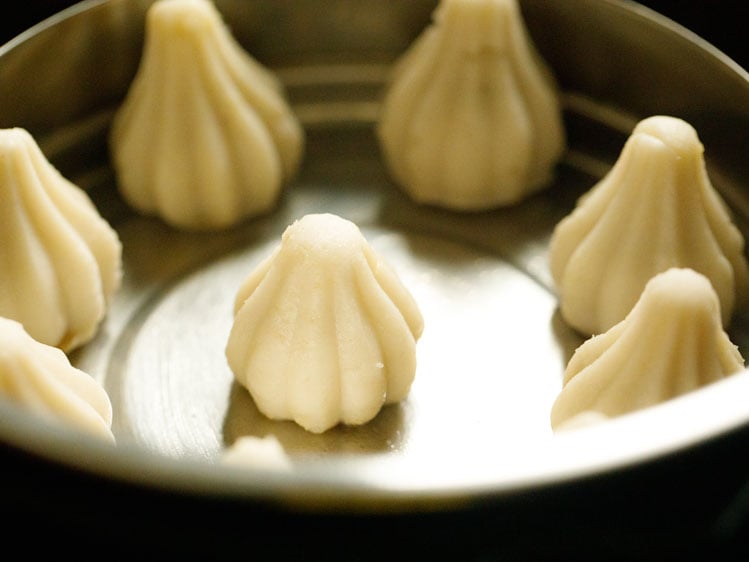

27. Cover the pan and steam on medium-low heat for 10 to 15 minutes. Once steamed, drizzle a few teaspoons on ghee on them, if you prefer.
The Modak should not feel sticky to touch when cooked perfectly. If they look or feel sticky, then steam them for a few minutes more.
On the Instant Pot, use the steam function on high pressure for steaming and keep the steam vent in venting position so that the steam releases while steaming.
Use a stop watch to set the time to 10 or 12 minutes. When the steaming is complete, lift the valve carefully to remove any pressure and then open the lid.
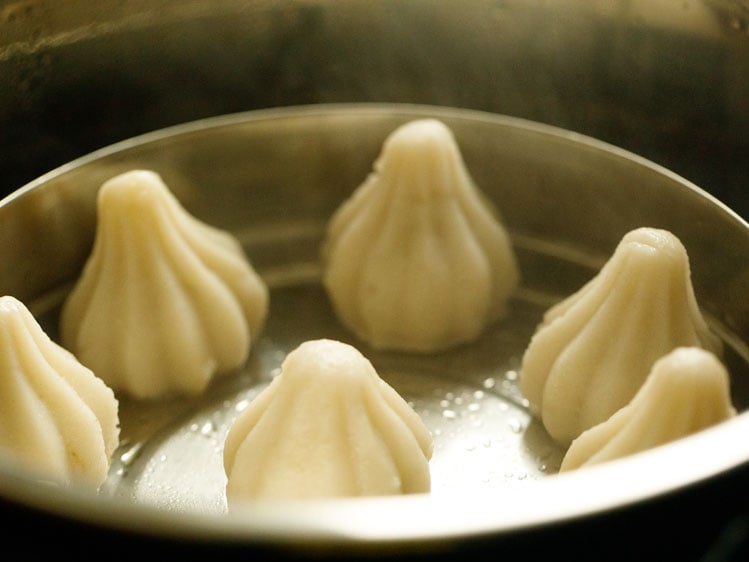

28. Ukadiche Modak is ready for offering Bhagwan Ganesha.
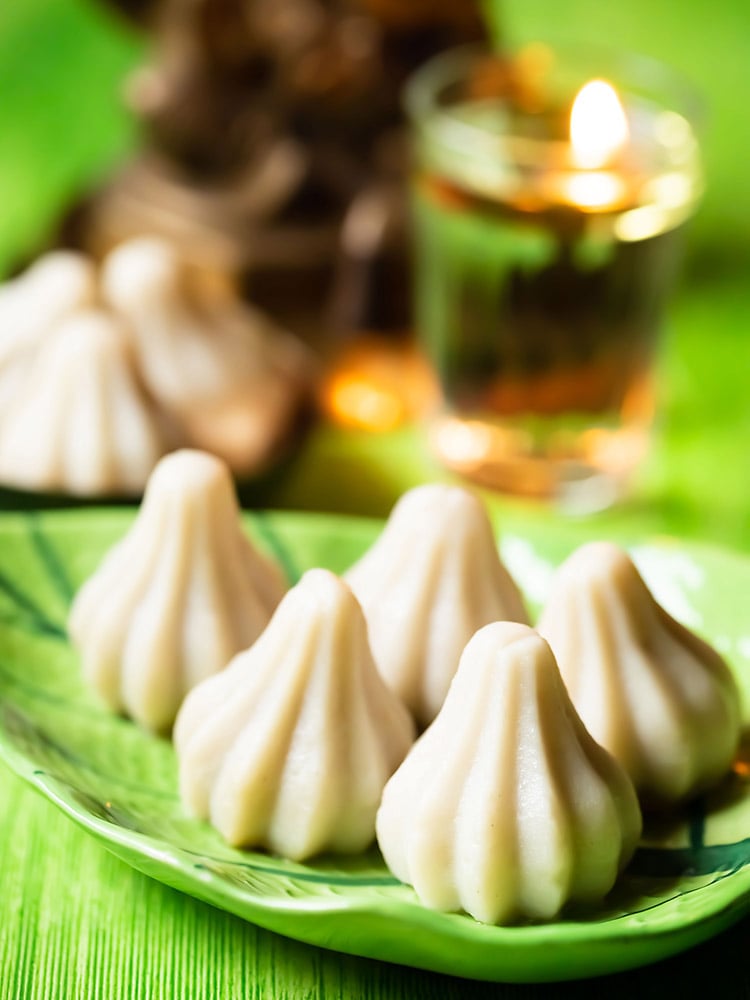

Note: If you are making the Modak Recipe as prasad or naivedyam, then refrain from tasting the stuffing or the dough.
When prepared with utmost care, love and devotion, this prasad will nourish everyone’s being, subtly. Use clean utensils and good quality ingredients and prepare them in a clean and hygienic manner.
Serving Suggestions For Every Occasion
Steamed modak can be served in different ways depending on the occasion — whether you’re offering it as naivedyam to Lord Ganesha, sharing with family after a puja, or enjoying it casually as a homemade sweet. Here are simple and practical serving ideas for each.
Serving Modak as Naivedyam to Bhagwan Ganesha
- Number of Modaks: Traditionally, 21 modaks are offered to Bhagwan Ganesha. But you can offer any odd number as per your capacity (5, 7, 11, or 21).
- Serving Plate: Use a clean banana leaf or silver thali or a steel thali. Arrange the modaks in a neat circle or stack like a small pyramid.
- Accompaniments (Optional):
- A small bowl of panchamrit (mix of milk, curd, ghee, honey, and sugar)
- A piece of fresh fruit or some flowers can be kept on the side (but not Tulsi leaves)
- Garnish: Drizzle a little warm homemade ghee on top of each modak.
- After the Offering: Allow the offering to rest for a few minutes, recite a Ganesh mantra, and then distribute the modaks as prasad.
Serving to Family and Guests After Puja
- Serve the modaks warm, as they are softest and most flavorful when freshly steamed or lightly reheated.
- Drizzle ghee just before serving to enhance aroma and taste.
- Optional pairings:
- A small bowl of lightly sweetened coconut milk (especially for those who enjoy a richer serving style)
- A spoonful of jaggery syrup or cardamom-flavored milk
- A sprinkle of nut powder like pistachio or almond for a subtle crunch
Serving on Regular Days
If you’re making steamed modak casually (not for a festival or naivedyam), you can serve it like a regular Indian sweet.
- Enjoy it as a snack or light dessert
- Pair with masala chai, cardamom tea, or filter coffee
- Serve with a little jaggery syrup, coconut jaggery sauce, or just plain ghee
- Can be part of a festive meal thali or weekend brunch
Storage
Steamed modak is best enjoyed fresh, but if you have leftovers, you can store them easily.
- Refrigeration: Modak keeps well for a couple of days in the refrigerator. Place them in an airtight container so they don’t dry out.
- Reheating before serving: While serving after refrigerating, steam them in a pan till warm. This keeps their texture soft and moist. Alternatively, sprinkle a few drops of water on the modak and microwave until warm.
- Avoid freezing: It’s best not to freeze steamed modaks as they may turn dry or chewy once thawed.
About Ganesh Chaturthi festival
Wishing all our readers a happy and prosperous Ganesh Chaturthi this year in advance.
This festival holds a special place in my heart, as it’s one I have literally grown up with.
As a kid, I was always part of the celebrations and witnessed the grandeur of the Ganesha festival in all its fervour.
We and other devotes of Ganpati would bring Him home, and worship Him with so much love and prayerfulness in our hearts.
I would also wait to have the sumptuous feast, the prashad (prasad) or naivedya or bhog that was first offered to Bhagwan Ganesha and then to us.
This feast had its own beautiful feeling of love and devotion infused in it. The Ukadiche Modak was, is and will always be one of my favorite parts of this festival.


The vegetarian feast served on plantain (banana) leaf, would consist of a satvik (made without onion and garlic) meal. So, there would be poori, Puran Poli, varan (a typical Maharashtrian style lentil stew), a sautéed vegetable dish, steamed rice, curd, ladoo, Banana Sheera and of course the Modak.
Given my Konkan roots too, we would also make the Patholi, which is a Konkani sweet dish of rice flour pockets or rolls steamed in turmeric leaves.
The stuffing in this is quite similar to the one in the Modak Recipe. A patholi is common during the Gauri-Ganesh festival in the regions of Konkan and Goa.
Expert Tips
- Coconut: In case you don’t get fresh coconut, you can make this dish with desiccated (finely rated or shredded) or frozen coconut too. Make sure to thaw the frozen coconut before cooking.
- Rice flour: Ensure that the rice flour you are using is fresh, finely ground and within its shelf-life. Homemade is always better. You can check here how I make Rice Flour at home.
- Dough: The trickiest part for many is to get the correct texture in the rice dough. If the dough is dry, you will find it difficult to shape and the resulting texture after steaming will be chewy and dense. The proportion of rice flour to water I use, works perfectly for a smooth and soft dough. However, depending on the texture of rice flour, you may need to add a bit less or more water.
- Cracks in the dough: Less water will result in the dough being dry and having cracks. If you add more oil or ghee, then this will result in the dough tearing when you shape it.
- Stuffing: Overcooking the stuffing will result in the jaggery become hard and chewy. If this happens, sprinkle a few tablespoons of hot water in the mixture and stir well.
The hot water will breakdown the hard consistency of the jaggery and make it soft. You can even sprinkle some water and cook the mixture on low heat until it softens. - Flattening and shaping: Do not flatten the dough of this Ukadiche Modak too thin or too thick. A thin dough will tear while shaping and a thick dough will take more time to cook and will not taste pleasant.
FAQs
While preparing the modaks, my jaggery mixture hardened. How can I correct it?
If the jaggery mixture hardens, you can sprinkle some hot water in it and mix. This will loosen the hardness in the mixture.
How can I prevent the modaks from cracking opening while steaming?
If the outer dough becomes dry, then the modaks can crack open while steaming. Make sure that the modaks are not dry after being shaped and should always be covered with a clean kitchen towel. You must also keep the dough covered with a lid or a kitchen towel.
I was unable to shape the modaks properly. Why so?
This can be due to less water in the rice dough. So, 2 to 3 teaspoons or more of warm water can be added to the dough and kneaded again till smooth.
If fine cracks appear while shaping, just dab your fingers with some water and shape. The cracks will fade away.
Also, make sure to knead the dough very well. While flattening the dough balls, you can sprinkle some drops of water on your palms or fingers and then flatten.
What can I use in place of poppy seeds?
You can use watermelon seeds or sesame seeds. You can even make the modaks without any of these seeds.
Is it possible to make these modaks a day in advance? How to store in this case?
Yes, you can prepare the modaks in advance and store. Keep them in a casserole or in an air-tight steel box.
Make sure to cover the box tightly and then refrigerate. Like this, you can store the modaks for 2 to 3 days.
Can I use dry coconut powder or desiccated coconut instead of fresh grated coconut?
Yes, you can. But remember, the dry coconut/desiccated coconut-jaggery mixture will take less time to cook as compared to the fresh coconut-jaggery mixture. The taste will also be different in both.
Making sweet coconut stuffing
-
Heat ghee in a pan. Keep heat to a low. Add poppy seeds. Fry for some seconds till the poppy seeds start crackling.
-
Then add grated fresh coconut, jaggery, cardamom powder and grated nutmeg.
-
Mix well and cook this coconut-jaggery mixture on a low heat. The jaggery will melt first.
-
Stirring often cook this mixture for 7 to 9 minutes till the moisture from the jaggery begins to dry. Turn off the heat. Don’t overcook as the jaggery then hardens.
-
Keep this coconut-jaggery filling aside to cool. Note that on cooling, this stuffing mixture will thicken more.
-
You can also add a bit of rice flour to this mixture. This is an optional step. The rice flour helps to absorb moisture, if any from the filling.
Making rice flour dough
-
In a pan add water, oil or ghee and salt. Keep it on the stove top. Let this mixture come to a boil.
-
Reduce the heat and add the rice flour gradually. Quickly stir and mix the flour with the water. Stir till all the rice flour is mixed with the water.
-
Switch off the heat. Remove the pan from the stove top and then cover this pan with a lid for 4 to 5 minutes.
-
Now take all the dough in a large plate or thali or in a bowl. Gather the dough together and begin to knead it.
-
The dough will be hot when, you begin to knead. So apply some water on your palms and knead the dough.
-
Knead the dough very well. If you feel the dough looks dense or hard or dry, then just add a few teaspoons of warm water and continue to knead.
-
Make small balls from the dough. Roll the balls till smooth in your palms. You can also apply some water on your palms, while rolling the balls.
-
Keep the balls covered with a kitchen towel. The balls should be smooth in appearance and should not have any cracks.
Making modak without mould
-
Take a ball and flatten it with your fingers to a round disc or a shallow bowl shape. You can apply ghee or oil in your palms while flattening. Place the sweet filling in the center.
-
Flute and press the edges. Bring together all the edges and join them. Remove the extra portion of the dough from the top, if any. Shape and taper the top of the modak with your fingers.
Making modak with mould
-
Grease the modak mould with a bit of ghee or oil. Then close or lock the mould.
-
Put the dough ball inside the mould and press it so that a space is made. Place the sweet stuffing inside.
-
Cover the bottom with a small piece of dough. Press and smoothen it sealing the modak.
-
Open or unlock the modak mould. Remove the modak gently from the mould. Shape all modaks this way with mould.
-
Keep the shaped modak covered with a napkin so that the rice dough does not dry out. Make all the modak this way.
Steaming modak
-
Grease a steamer pan lightly with oil or ghee. Place the shaped modak in the greased pan with some space between them. Cover with a kitchen napkin.
-
Take 2 to 2.5 cups water in a pot, pressure cooker or an Instant Pot steel insert. Place a trivet or a rack.
-
Heat the water on high flame until begins to boil. For instant pot, use the sauté option and let the water begin to boil.
-
The water should be hot or boiling when you place the modak in the large pan. Cover the pan and steam modak for 10 to 15 minutes on a medium-low heat.
-
On the Instant Pot, use the steam function on high for steaming and keep the steam vent in venting position so that the steam releases while steaming. Use a stop watch to set the time to 10 or 12 minutes.
-
Once the ukadiche modak are steamed, you can drizzle a few teaspoons of ghee on them.
-
Note that after steaming, the modak should not feel sticky to touch. If the feel sticky, then steam for a few more minutes.
-
Offer the Modak to Bhagwan Ganesha.
Serving & Storage
-
Drizzle with homemade ghee before serving. Offer to Bhagwan Ganesha as naivedyam during Ganesh Chaturthi. On regular days, enjoy as a sweet snack or dessert. Tastes best when freshly steamed.
-
Refrigerate in an airtight container for 1 to 2 days. Steam or microwave with a few drops of water before serving.
- Rice Flour: You can use homemade rice flour or packaged rice flour. Ensure it is finely ground and not coarse.
- Jaggery: You can use a block of jaggery or even powdered jaggery.
- Coconut: In place of fresh coconut, you can add frozen grated coconut or desiccated coconut. For desiccated coconut use fine grates or fine shreds.
- Poppy seeds: You can easily skip poppy seeds.
- Dough: Make sure that the dough does not become dry or sticky. If the dough is dry, then add some more water. If it is sticky add some more rice flour.
- Stuffing: Do not overcook the stuffing as this will harden the jaggery. If this happens, then just sprinkle a few tablespoons of hot water in the stuffing mixture and mix very well. The hot water will breakdown the hard consistency of the jaggery and make them soft. You can even sprinkle some water and cook the mixture on low heat until it softens.
- Cracks in the dough: Less water will result in the dough being dry and having cracks. Do not add more oil or ghee than what is mentioned in the recipe as this will result in the dough tearing when you shape it.
- Flattening and Shaping: Do not flatten the dough too thin or too thick. A thin dough will tear while shaping and a thick dough will take more time to cook and will taste doughy and unpleasant.
- Note that the approximate nutritional information is for 1 modak made from this recipe.
Calories: 106kcal | Carbohydrates: 20g | Protein: 1g | Fat: 2g | Saturated Fat: 2g | Polyunsaturated Fat: 1g | Monounsaturated Fat: 1g | Cholesterol: 1mg | Sodium: 39mg | Potassium: 29mg | Fiber: 1g | Sugar: 11g | Vitamin A: 1IU | Vitamin B1 (Thiamine): 1mg | Vitamin B2 (Riboflavin): 1mg | Vitamin B3 (Niacin): 1mg | Vitamin B6: 1mg | Vitamin C: 1mg | Vitamin E: 1mg | Calcium: 7mg | Vitamin B9 (Folate): 2µg | Iron: 1mg | Magnesium: 6mg | Phosphorus: 17mg | Zinc: 1mg
Modak recipe from the archives was first published on September 2010.



